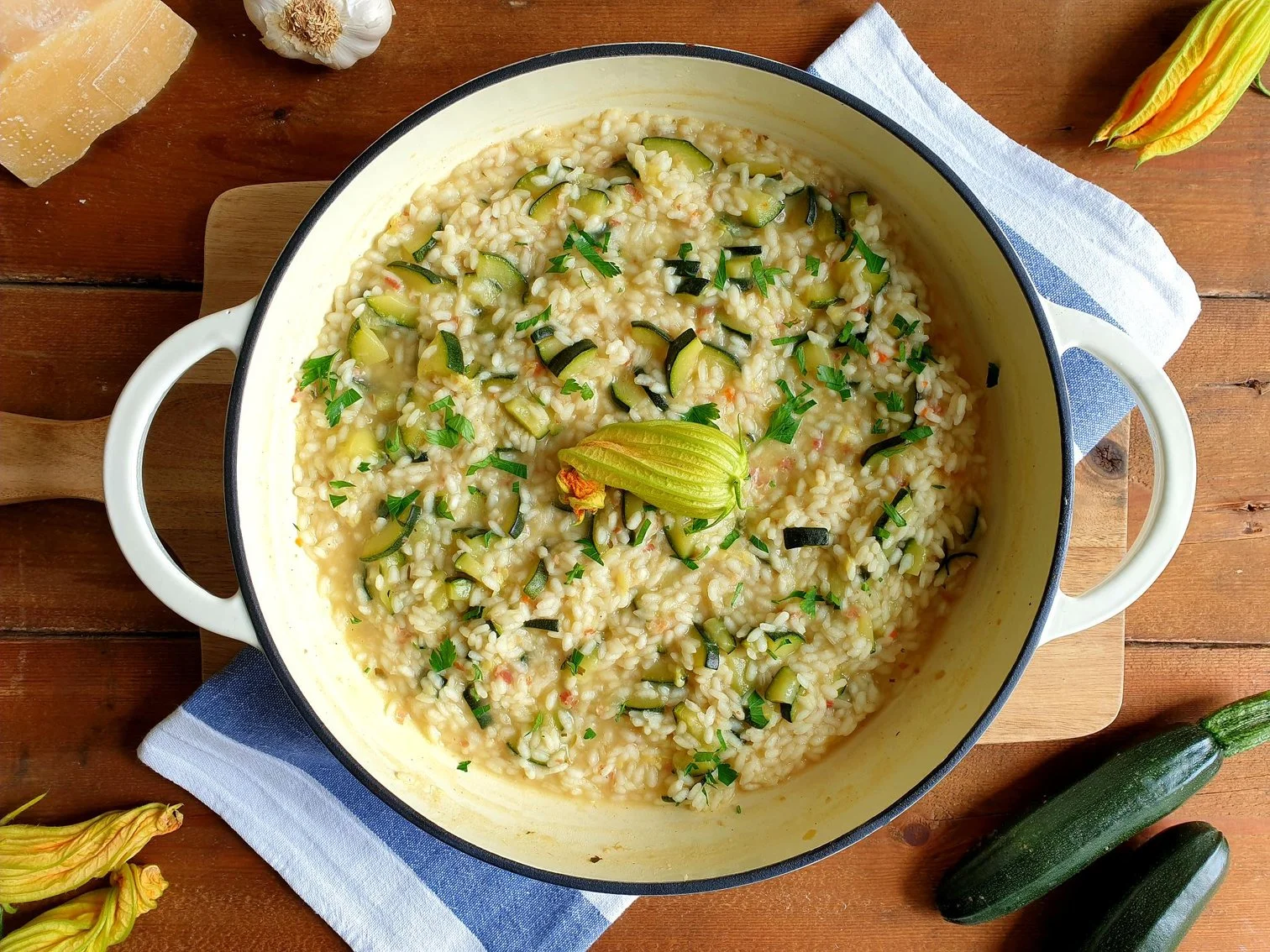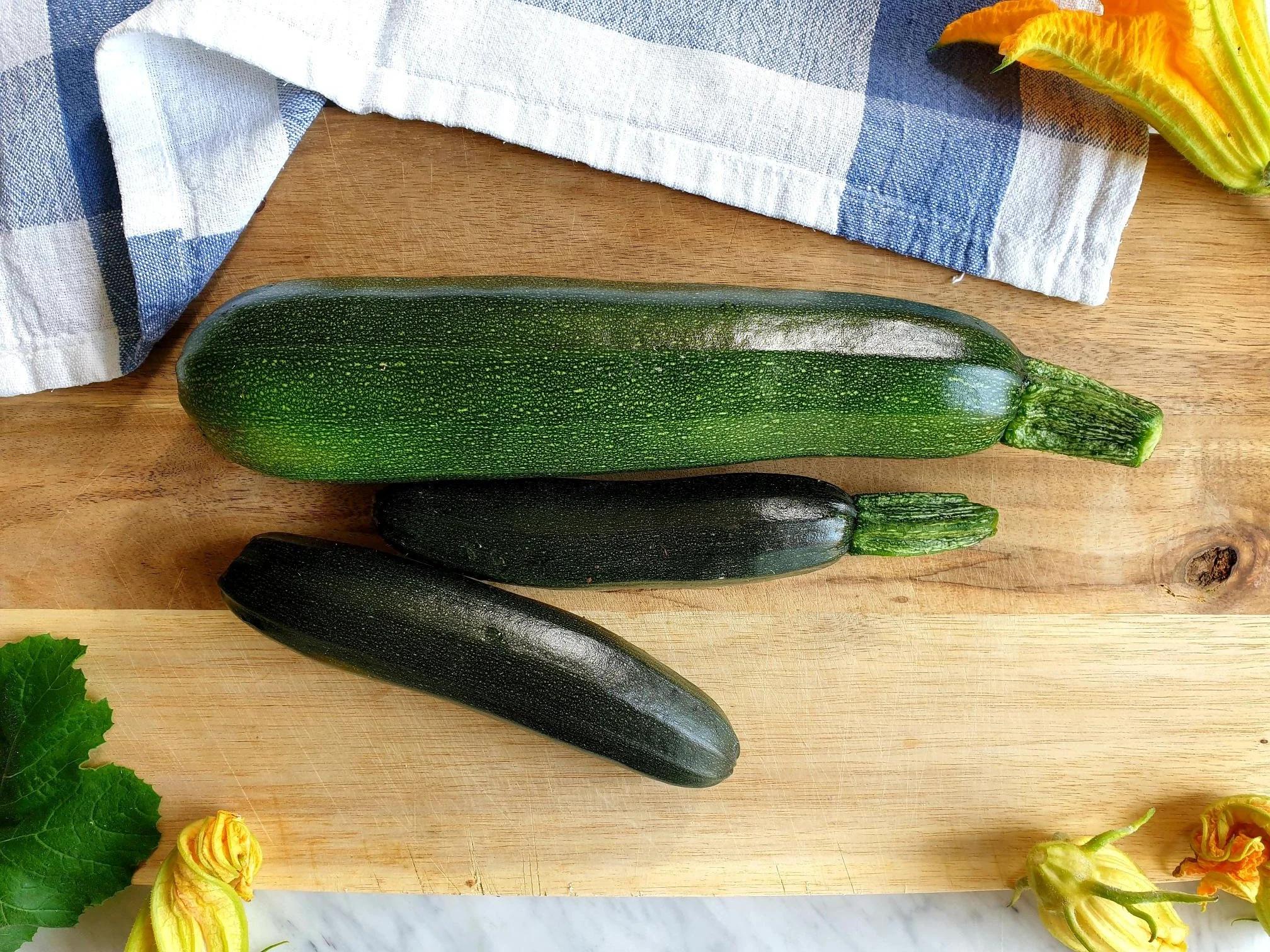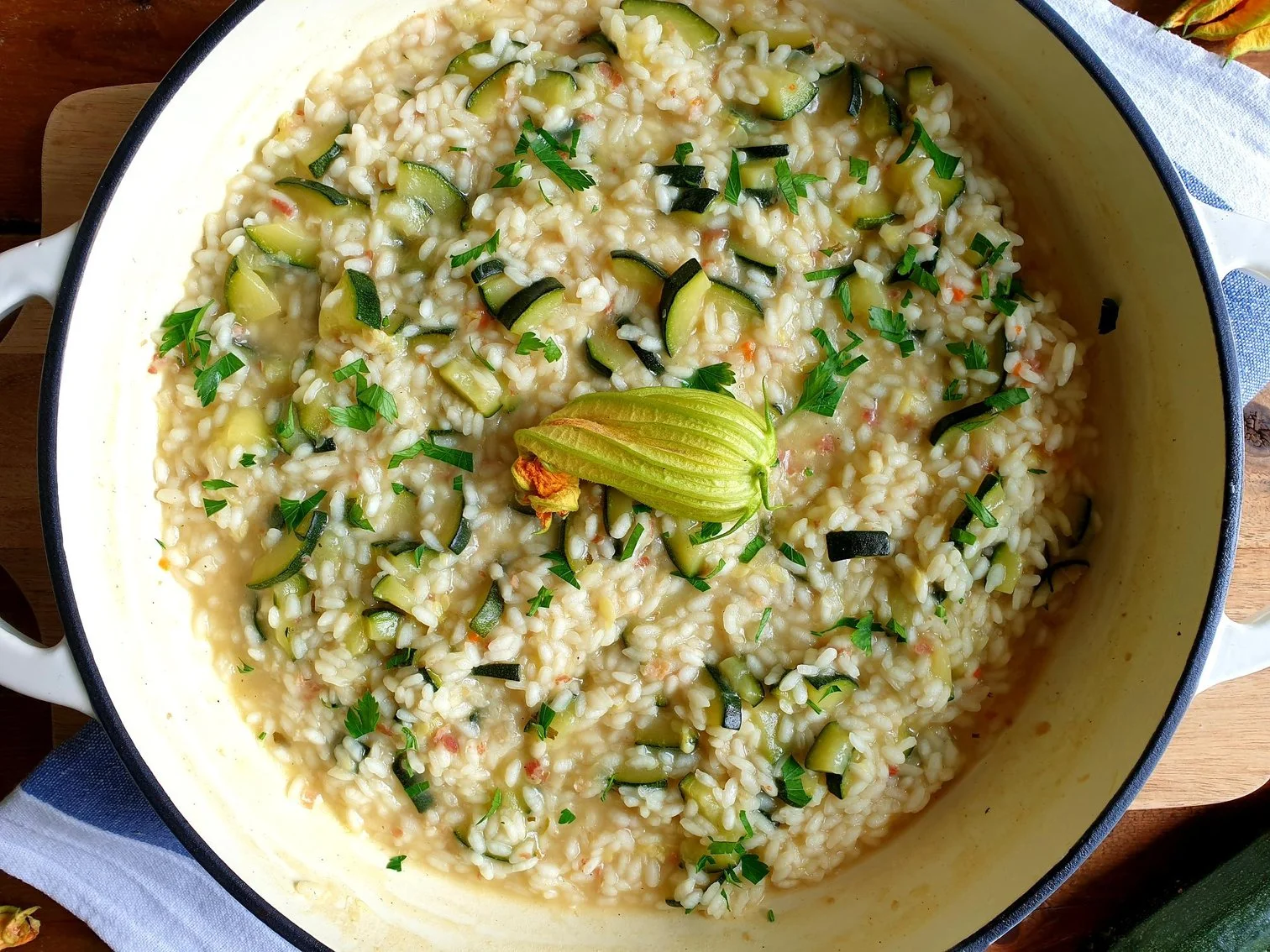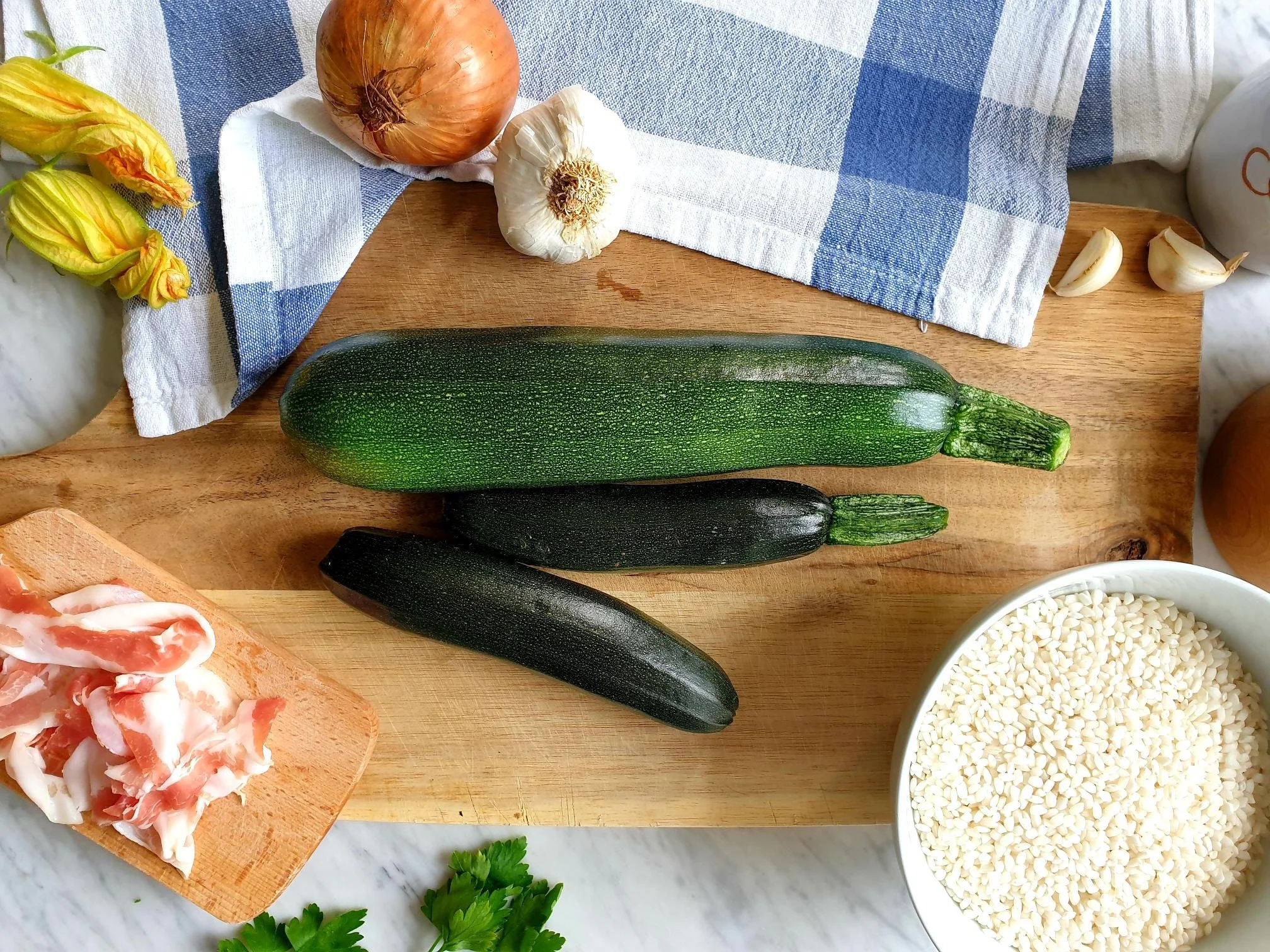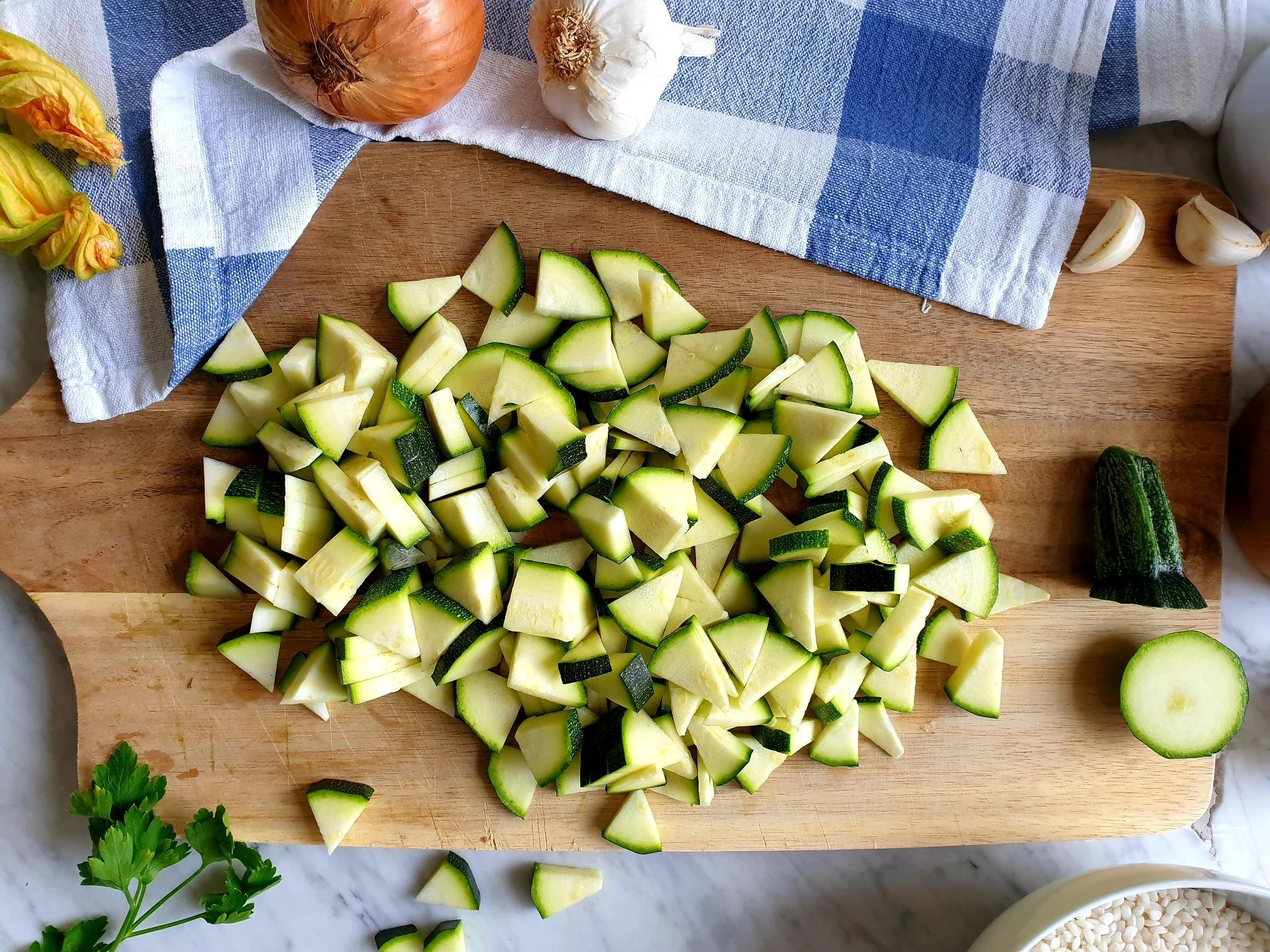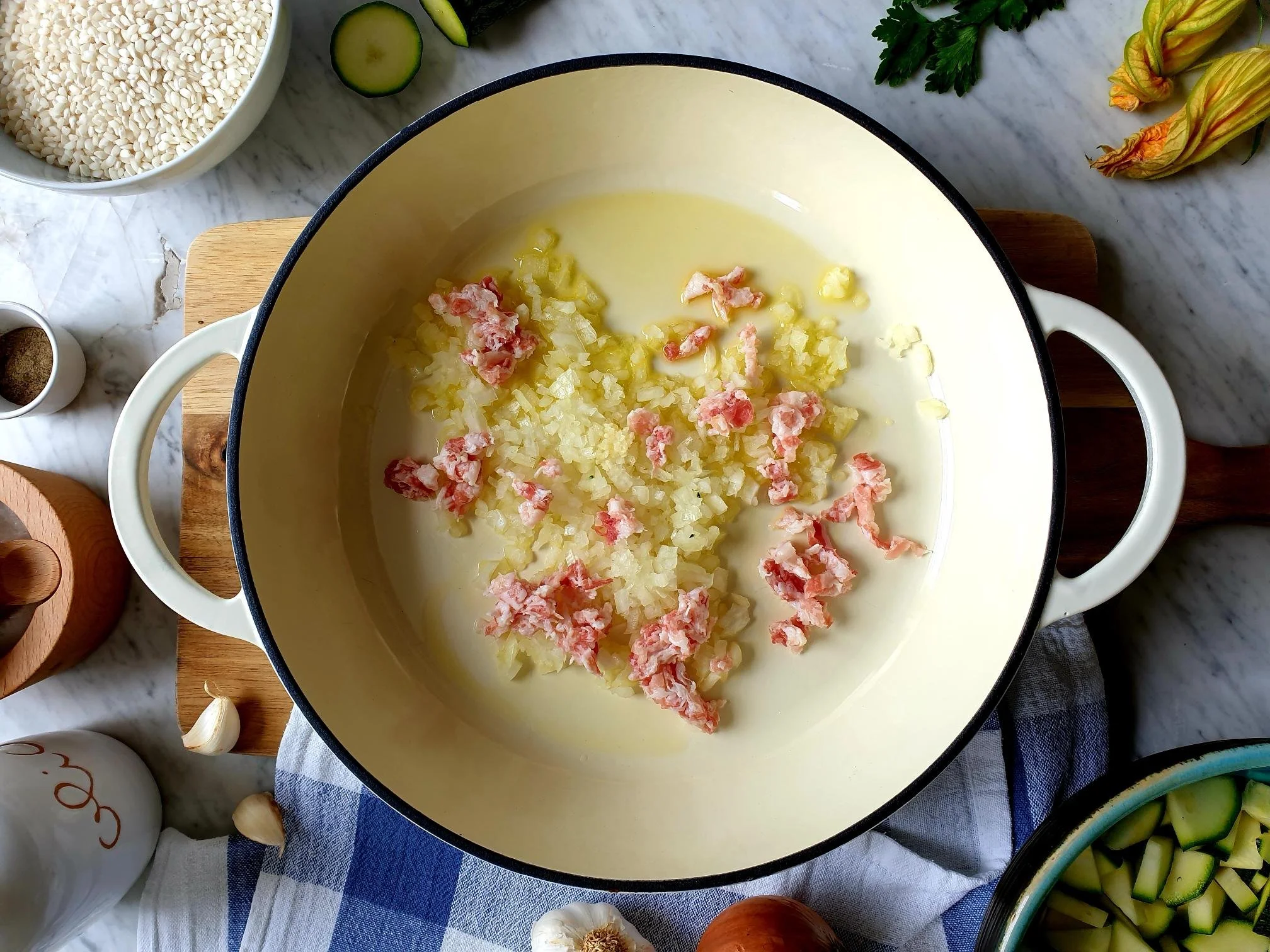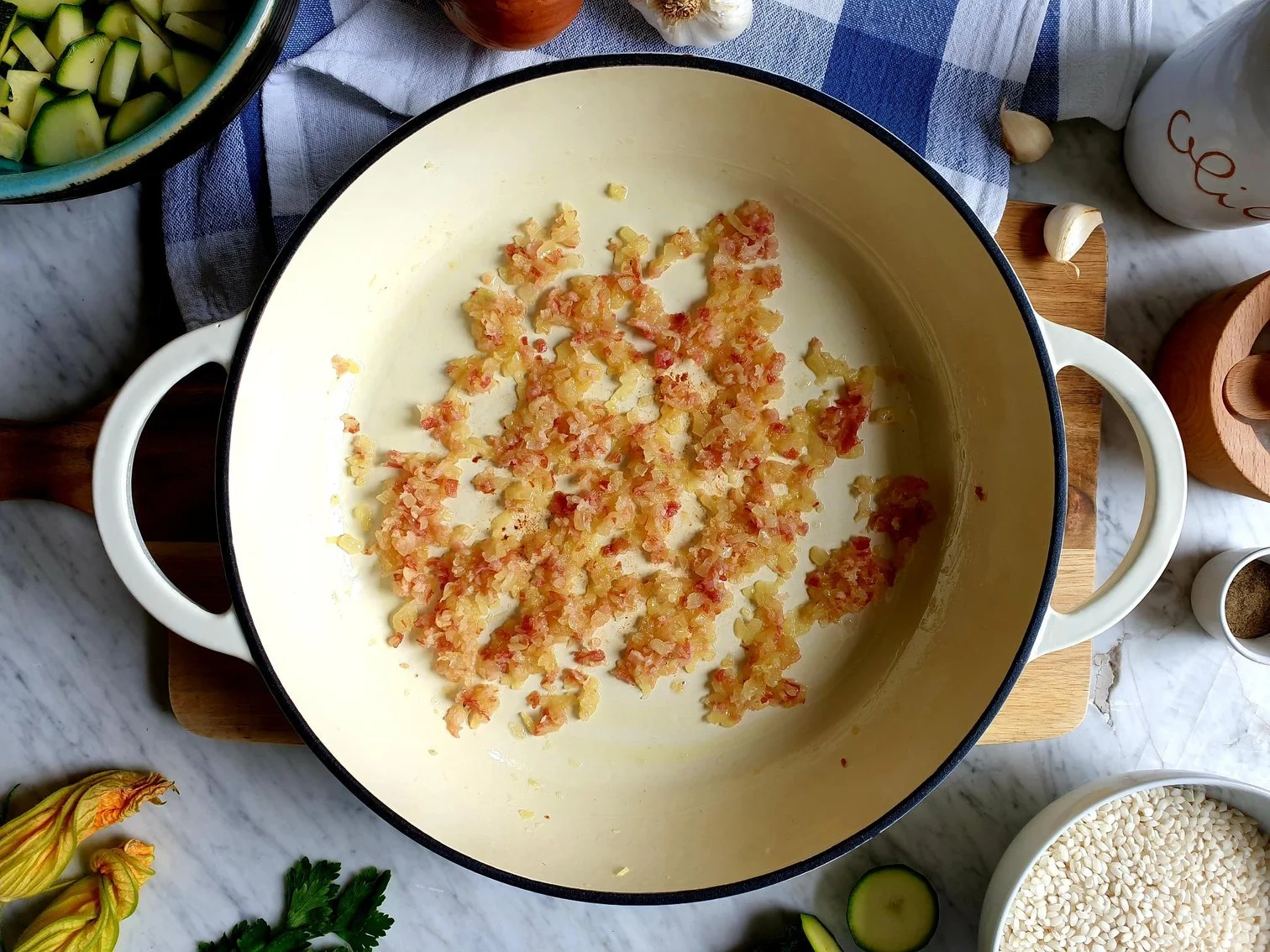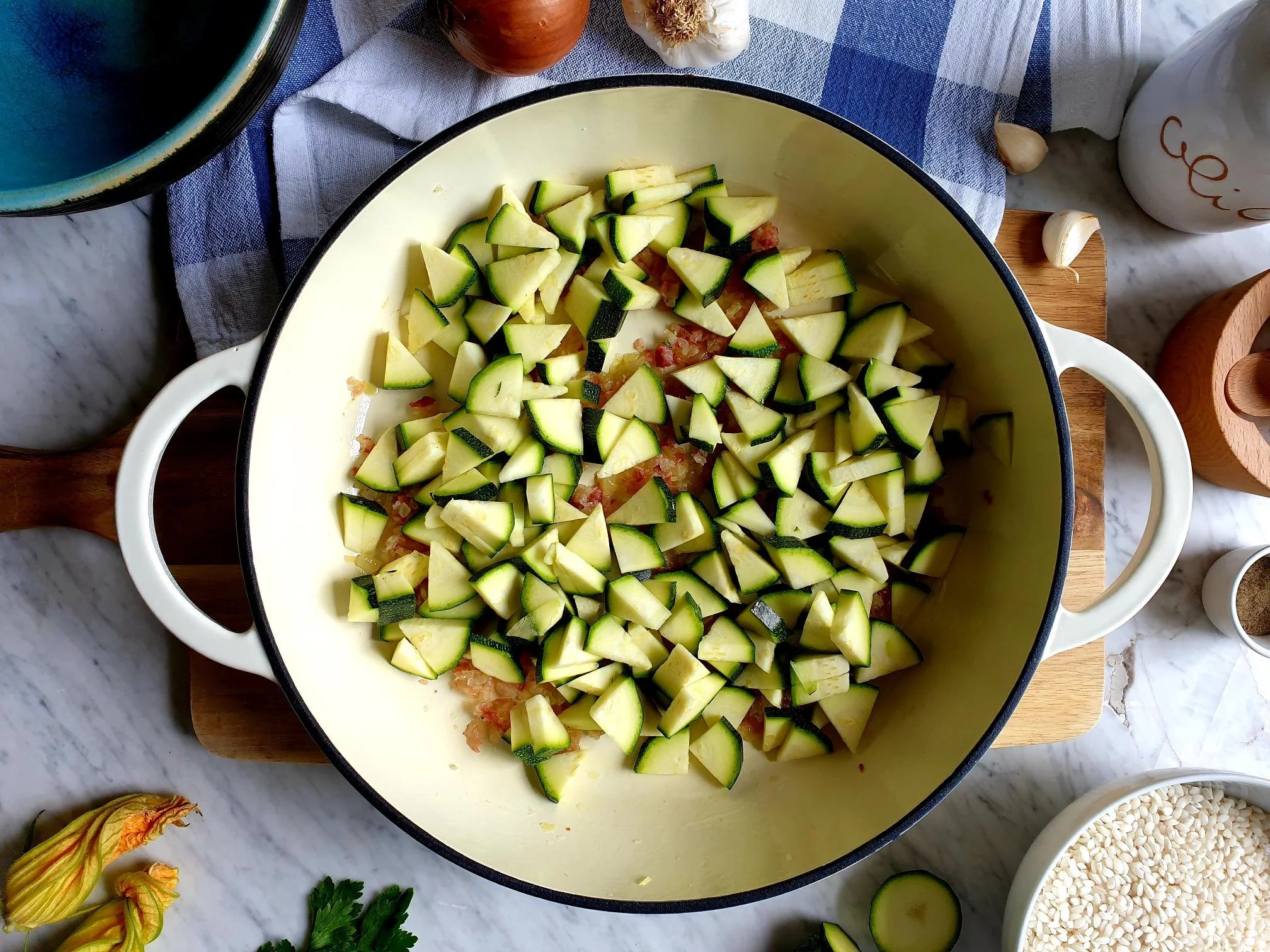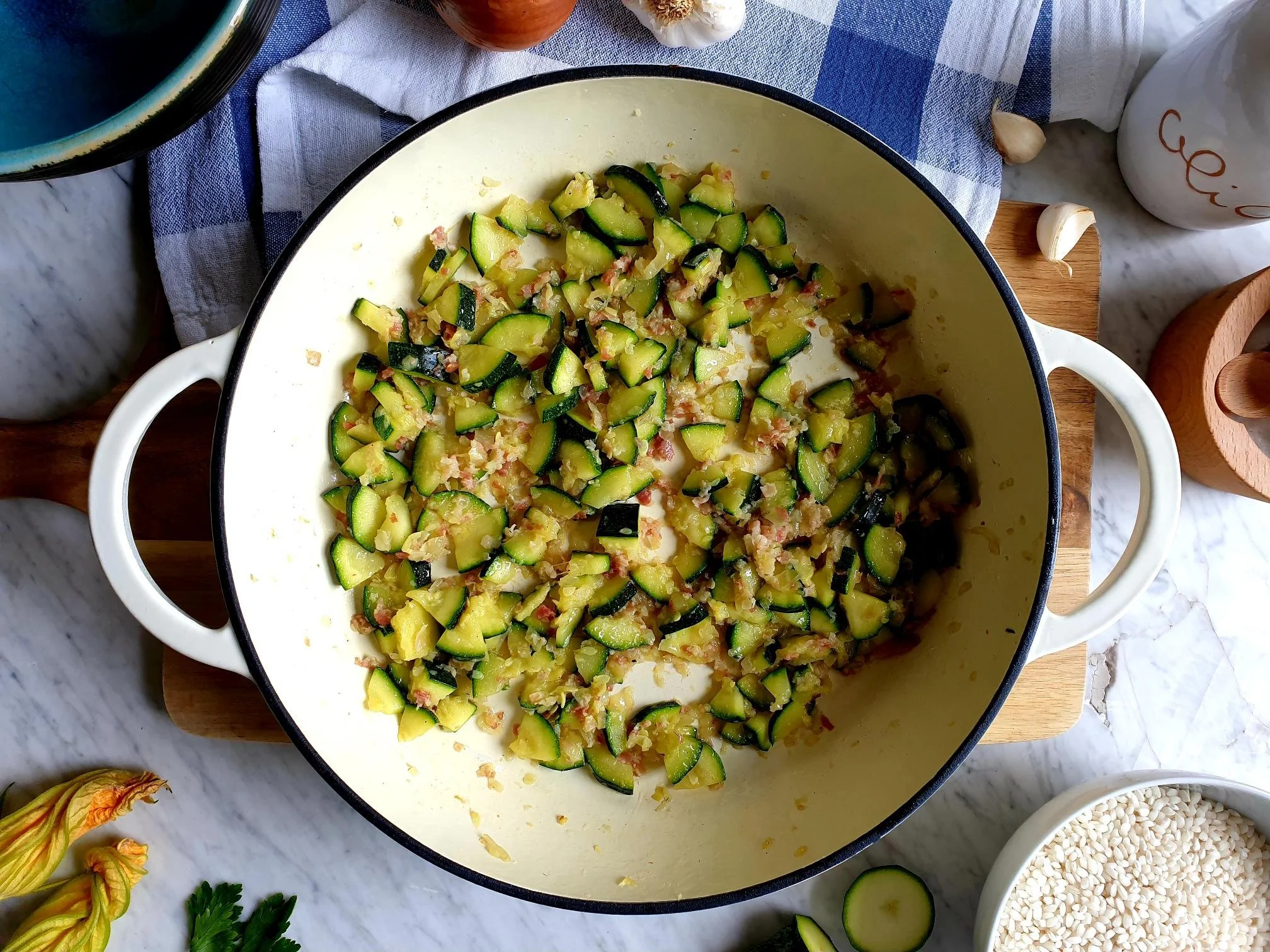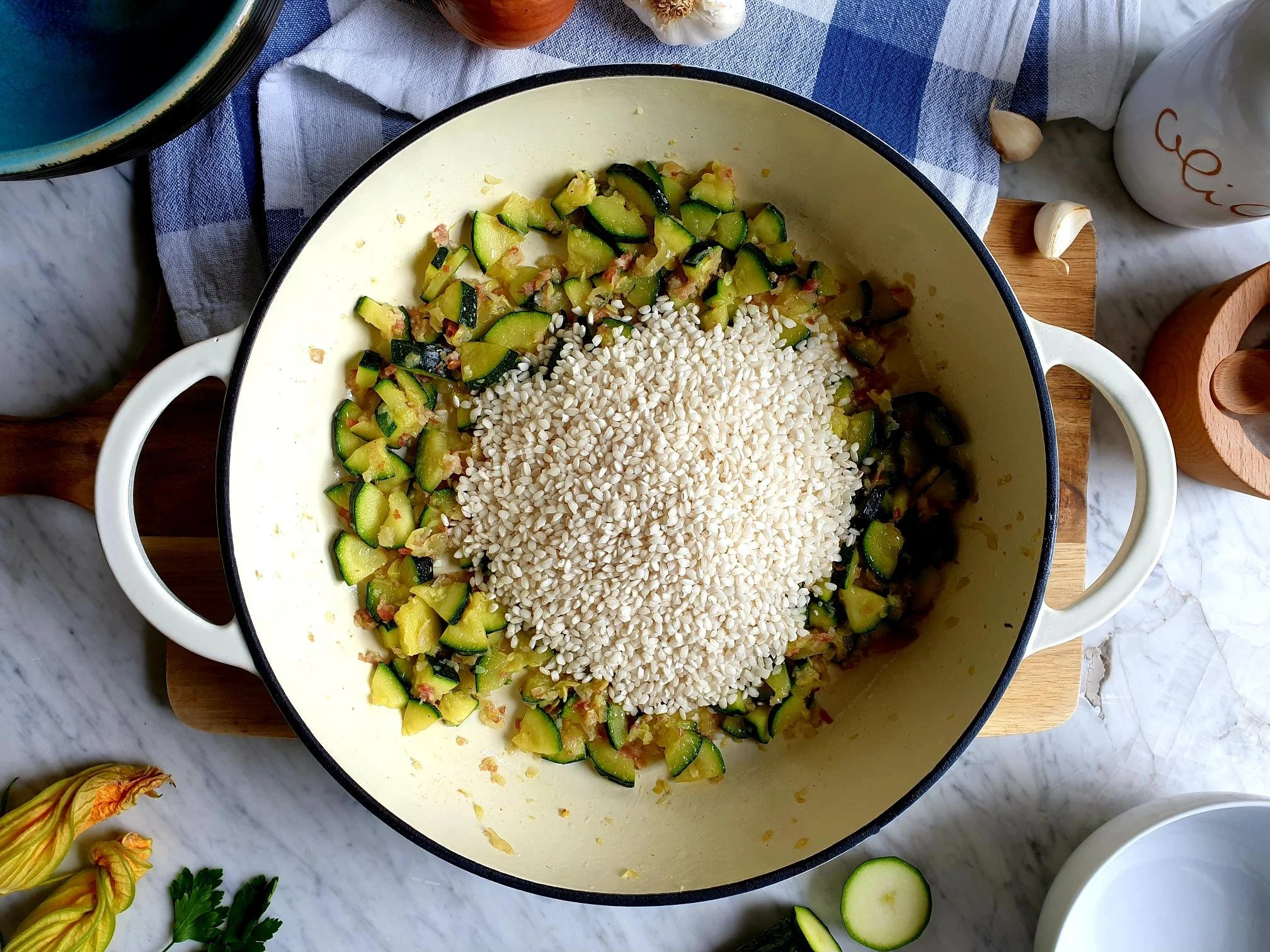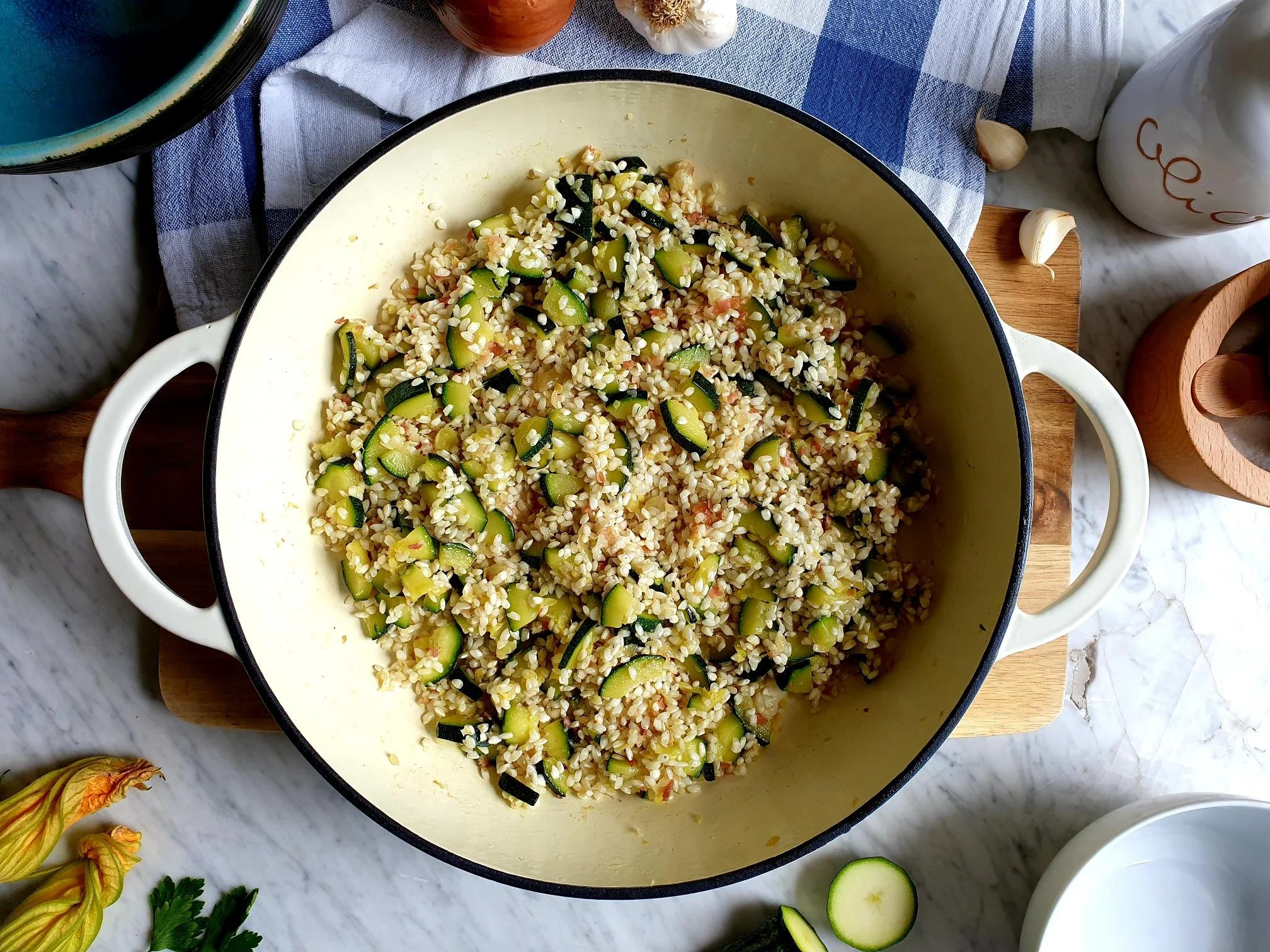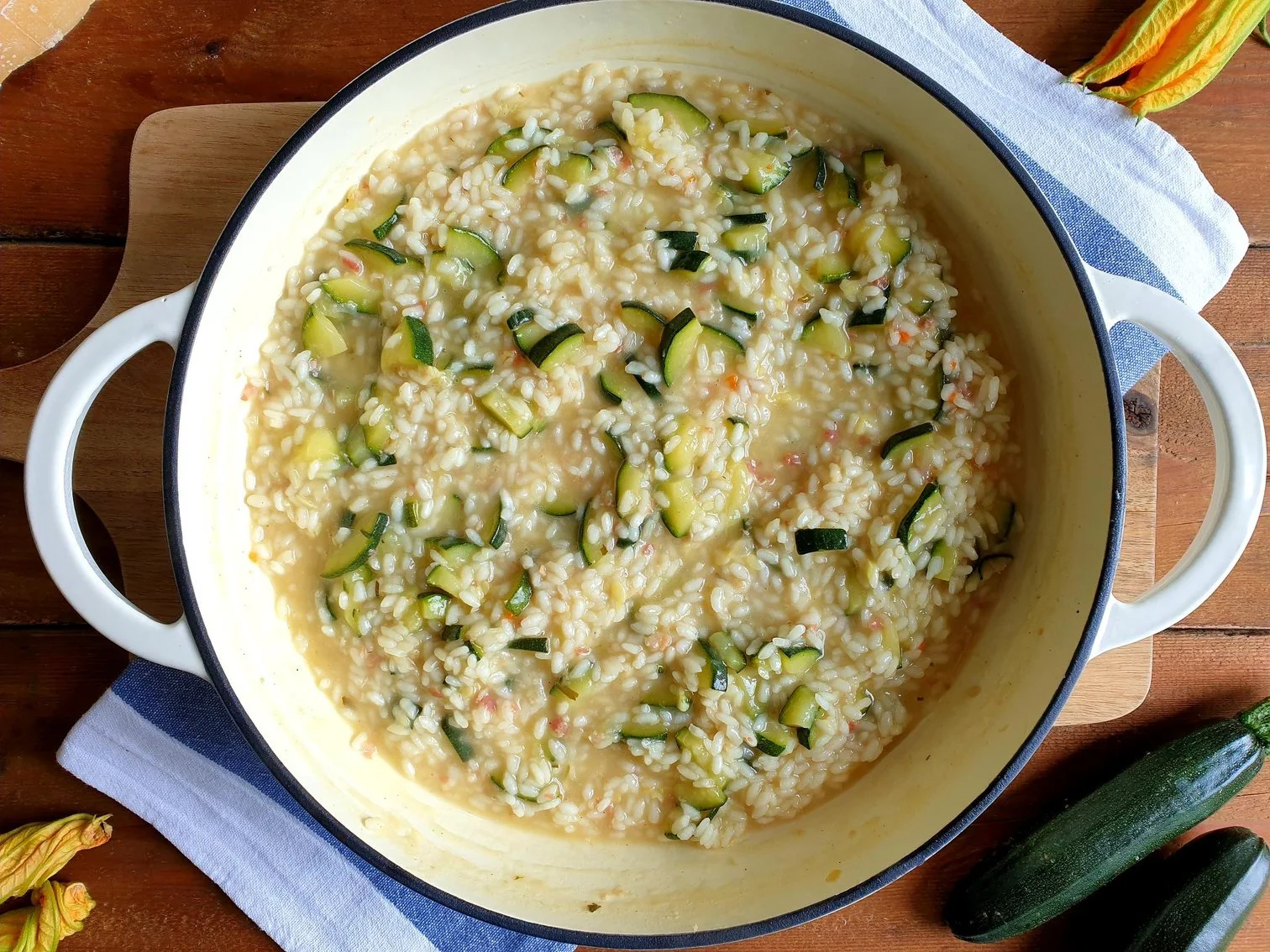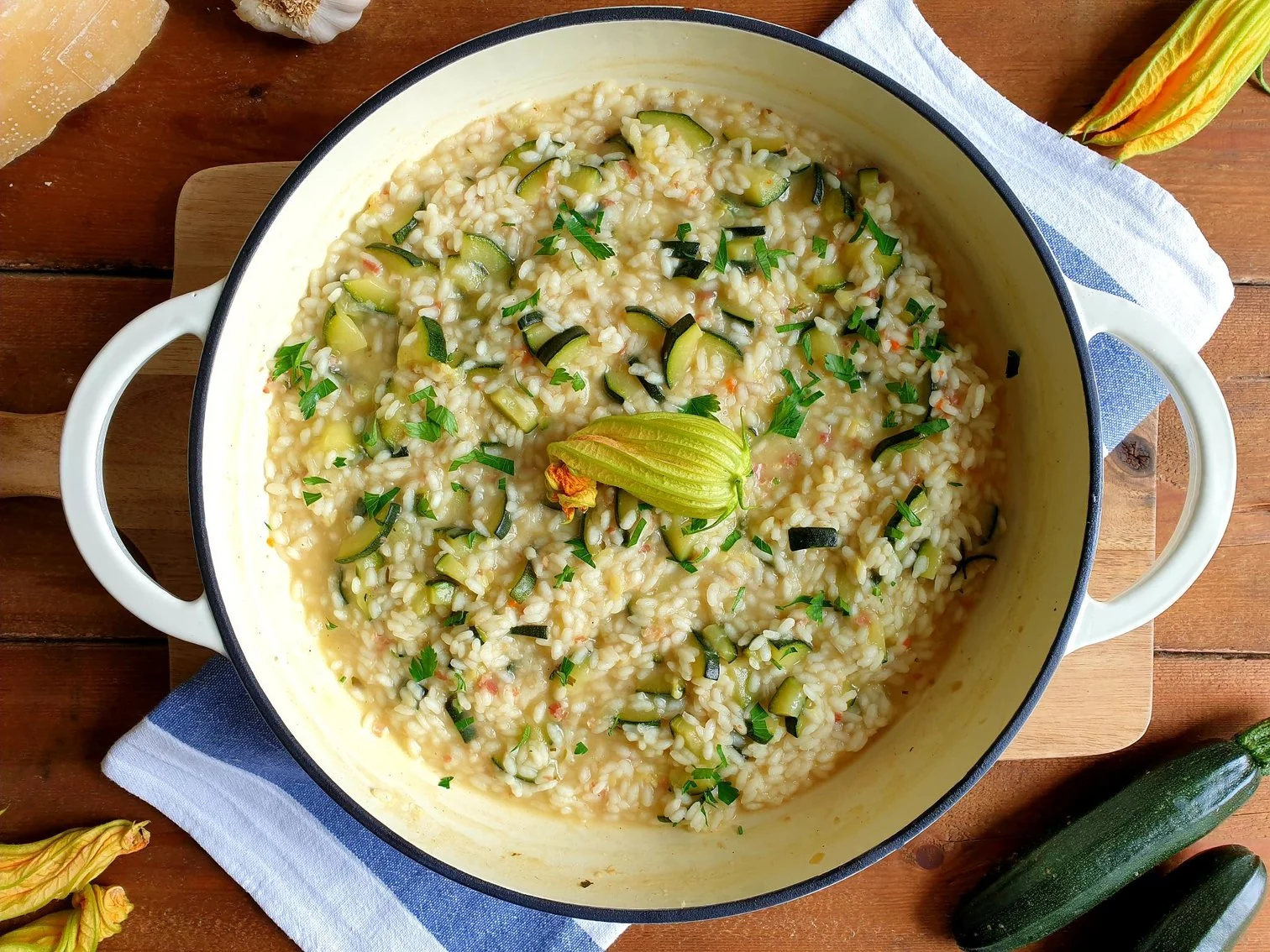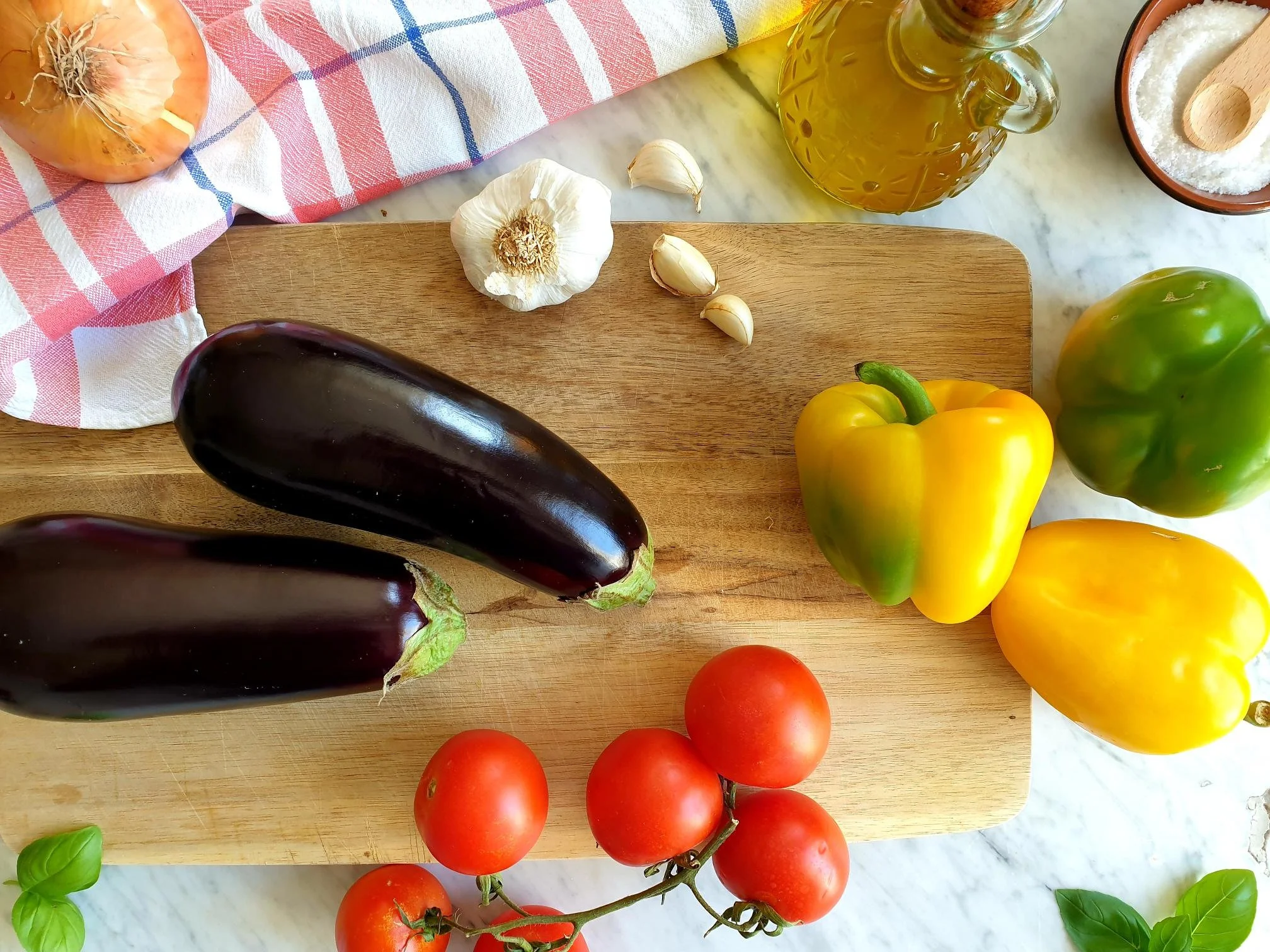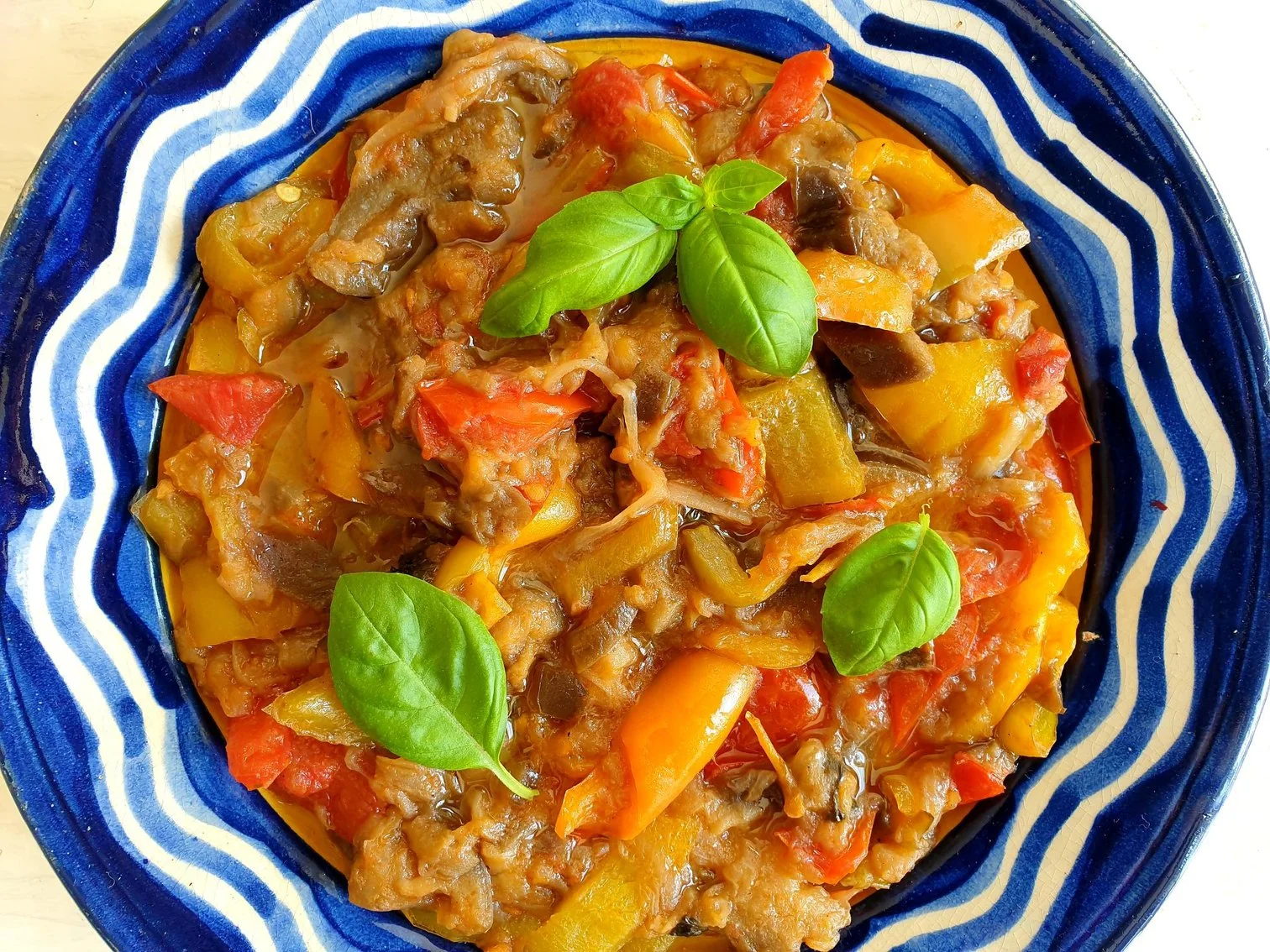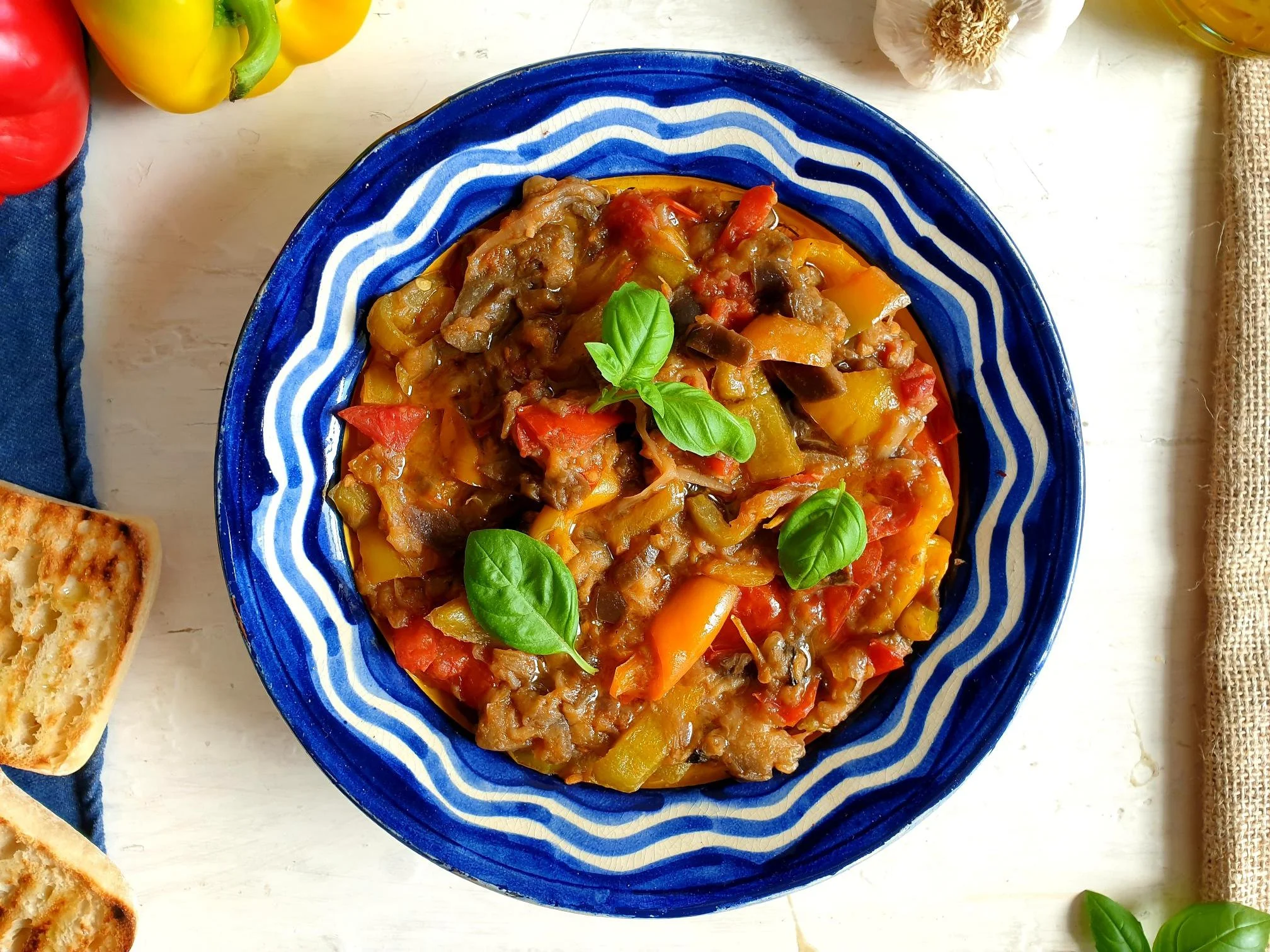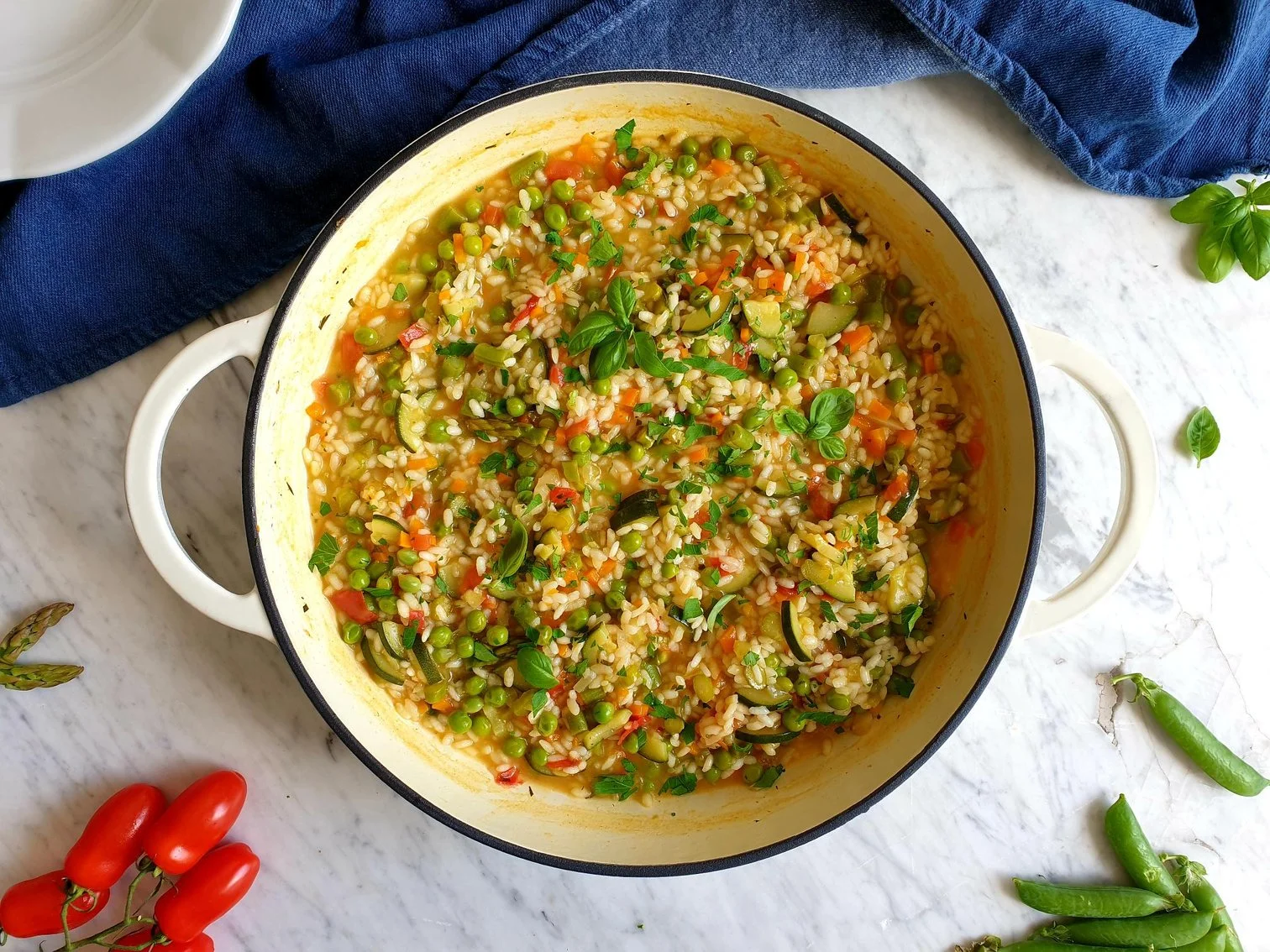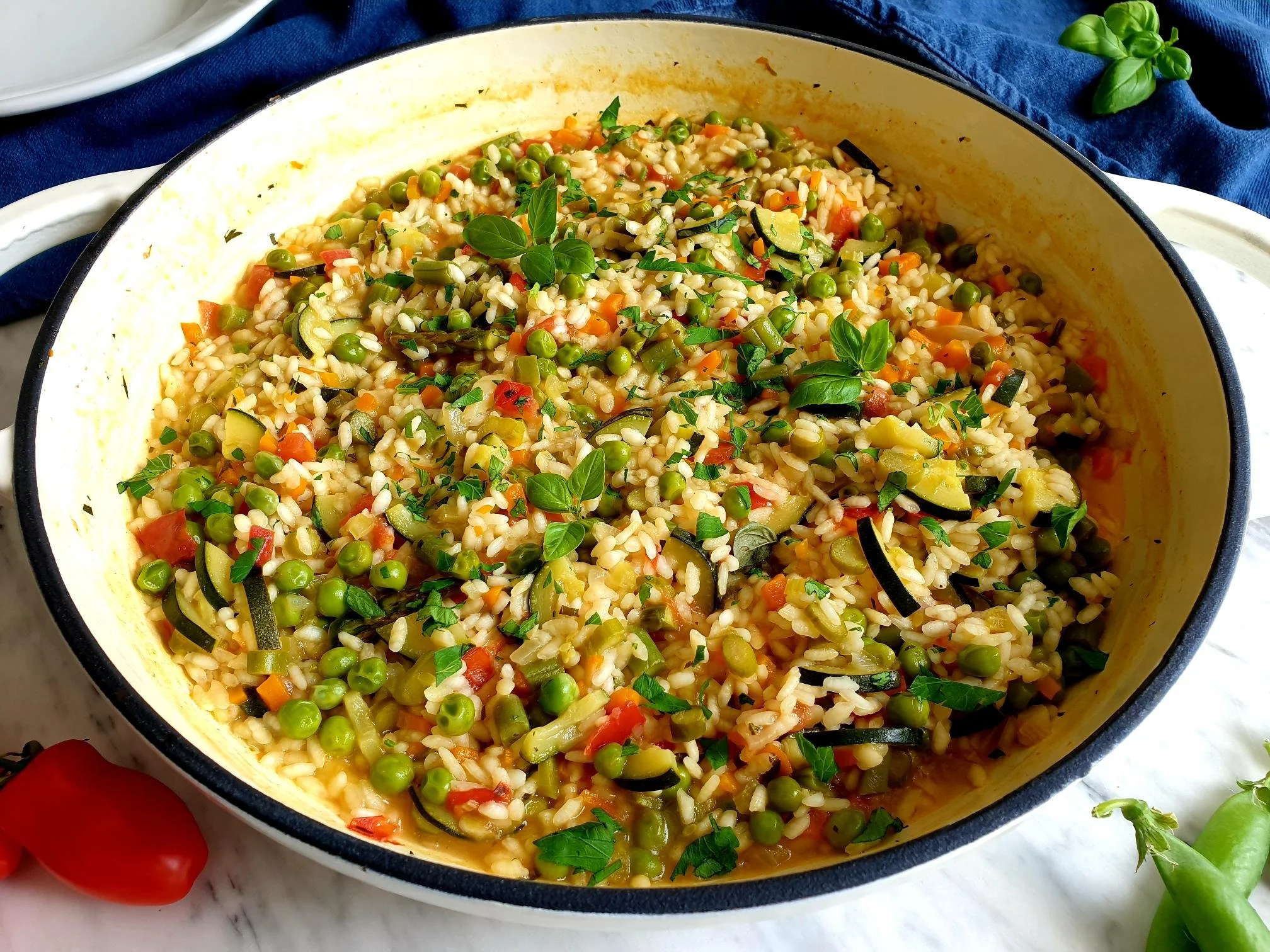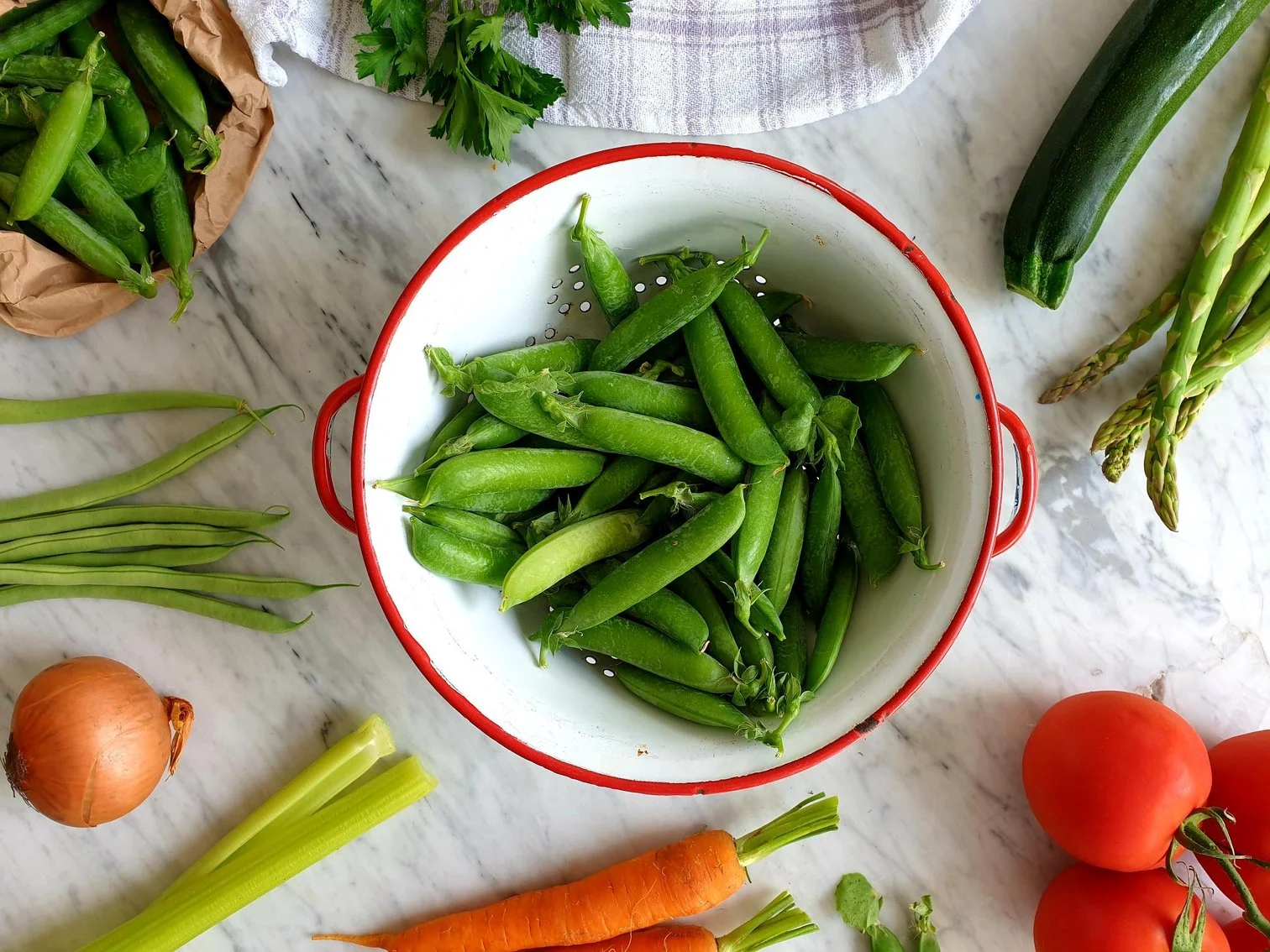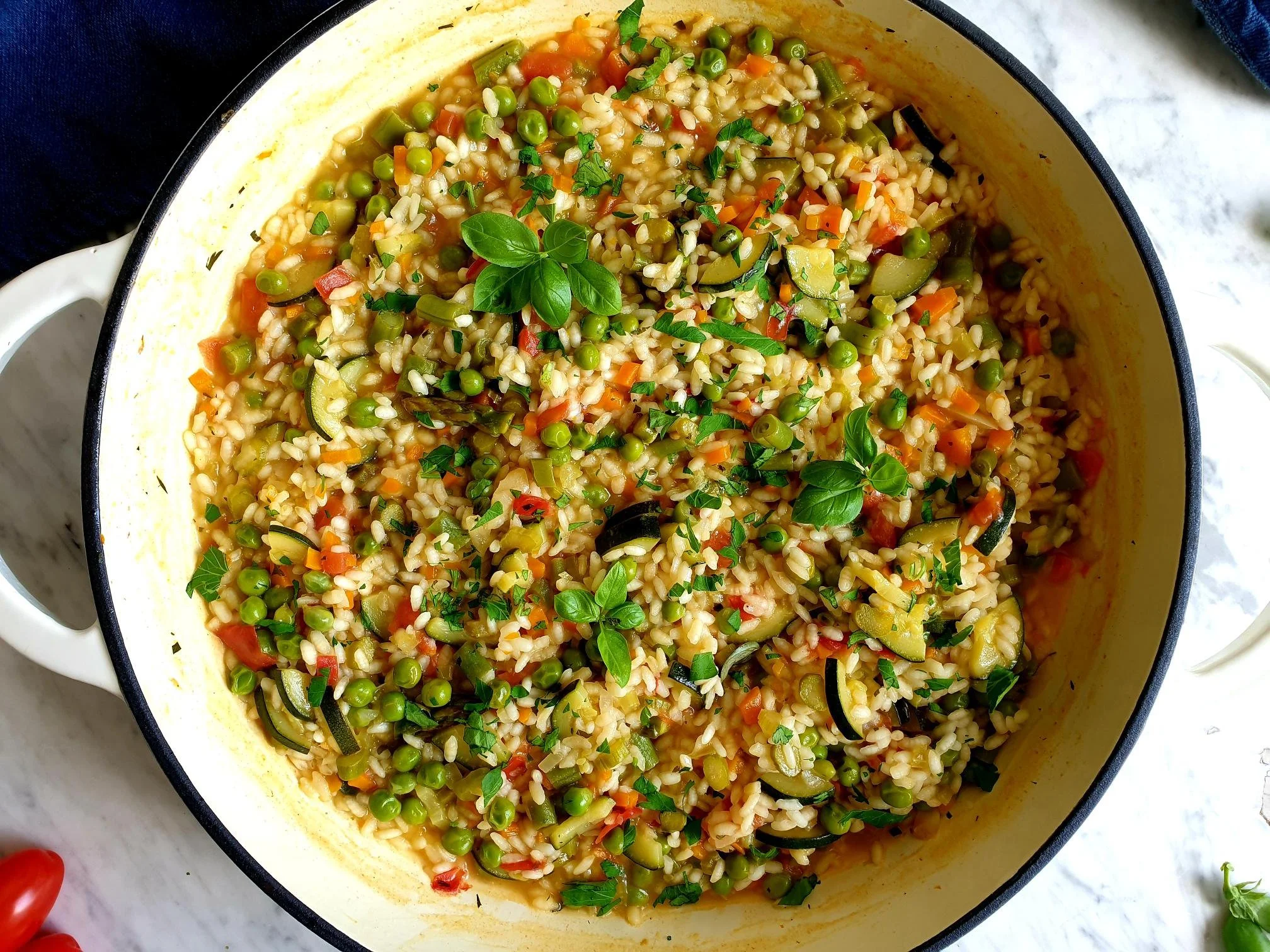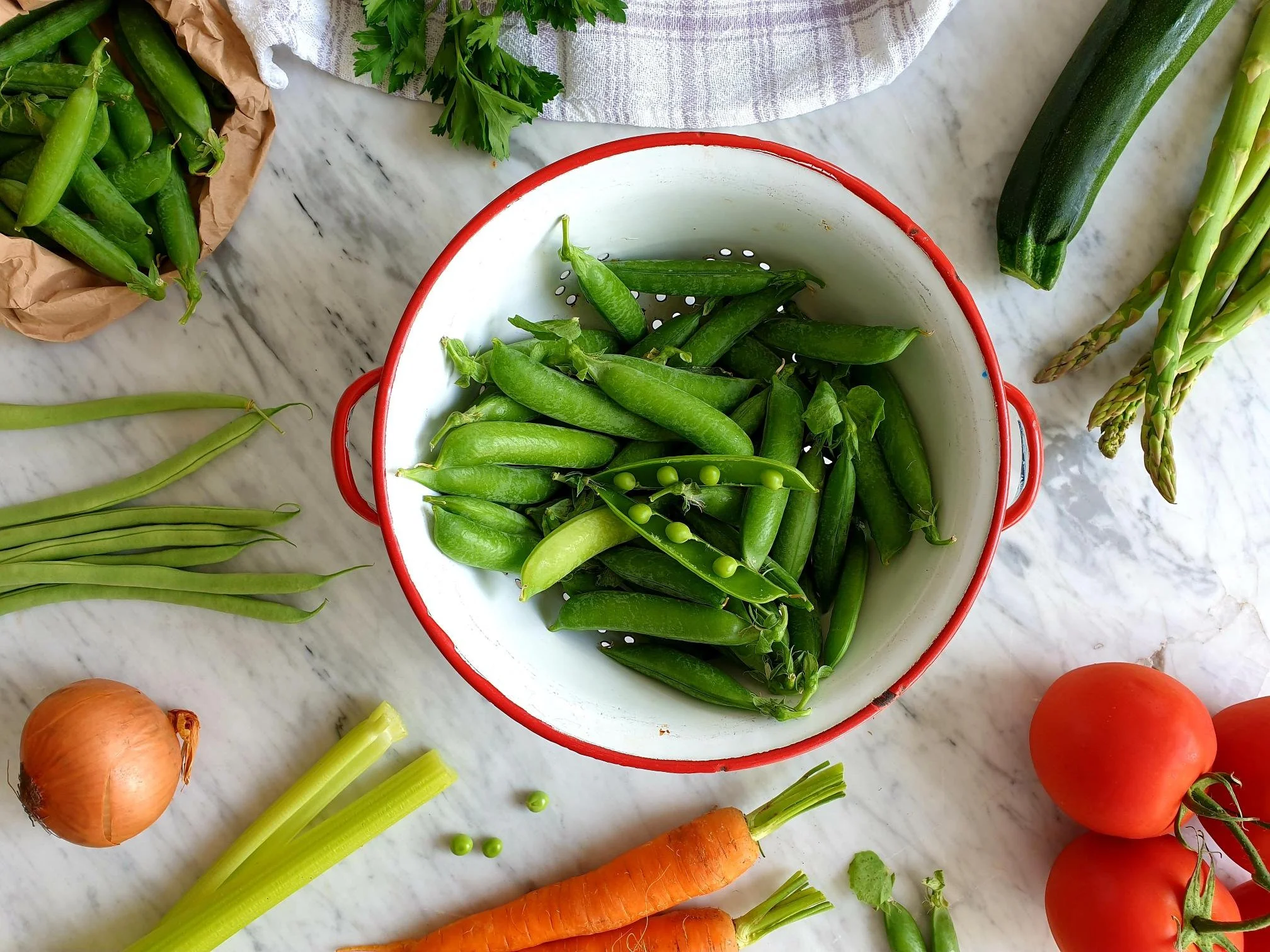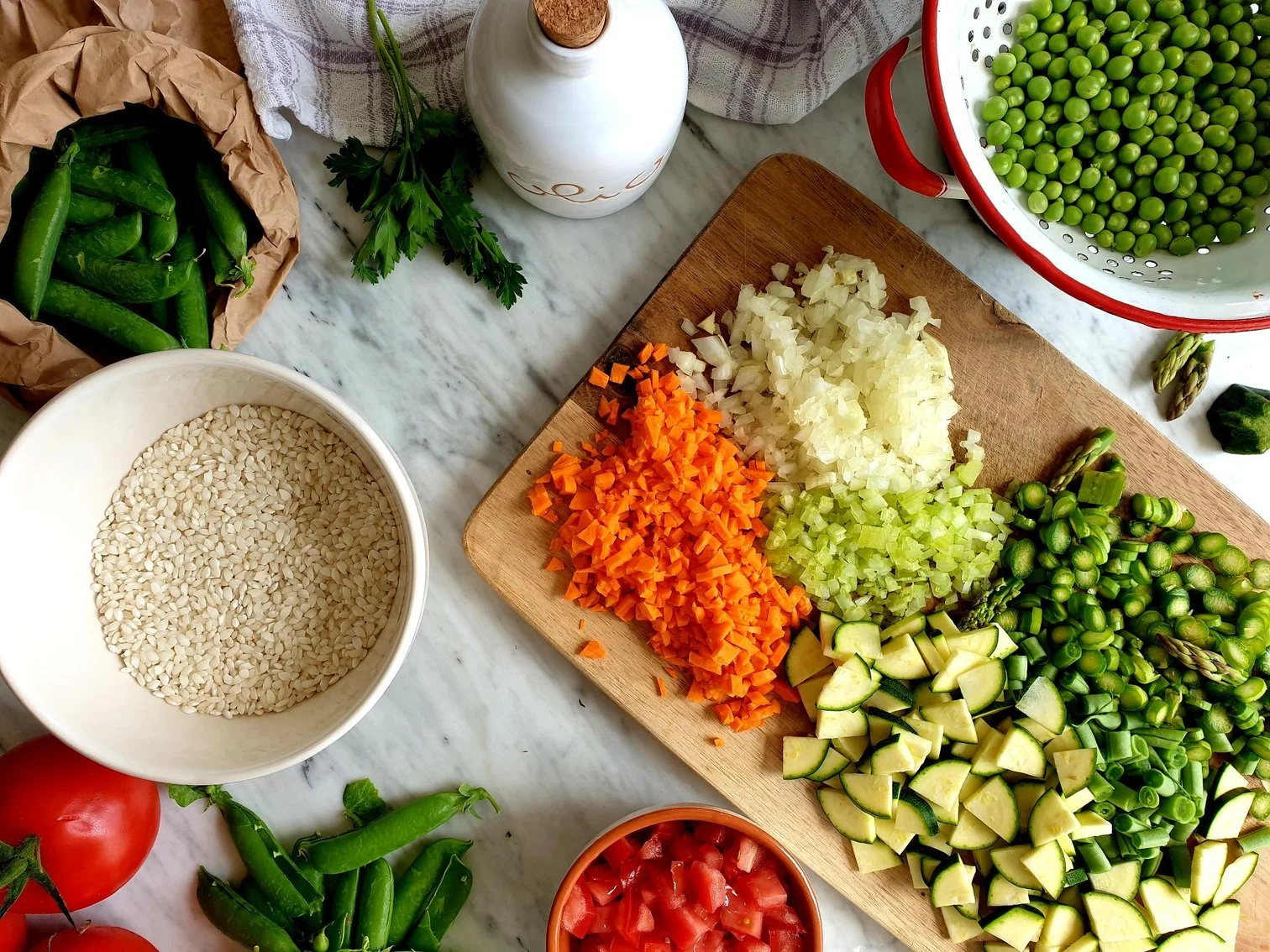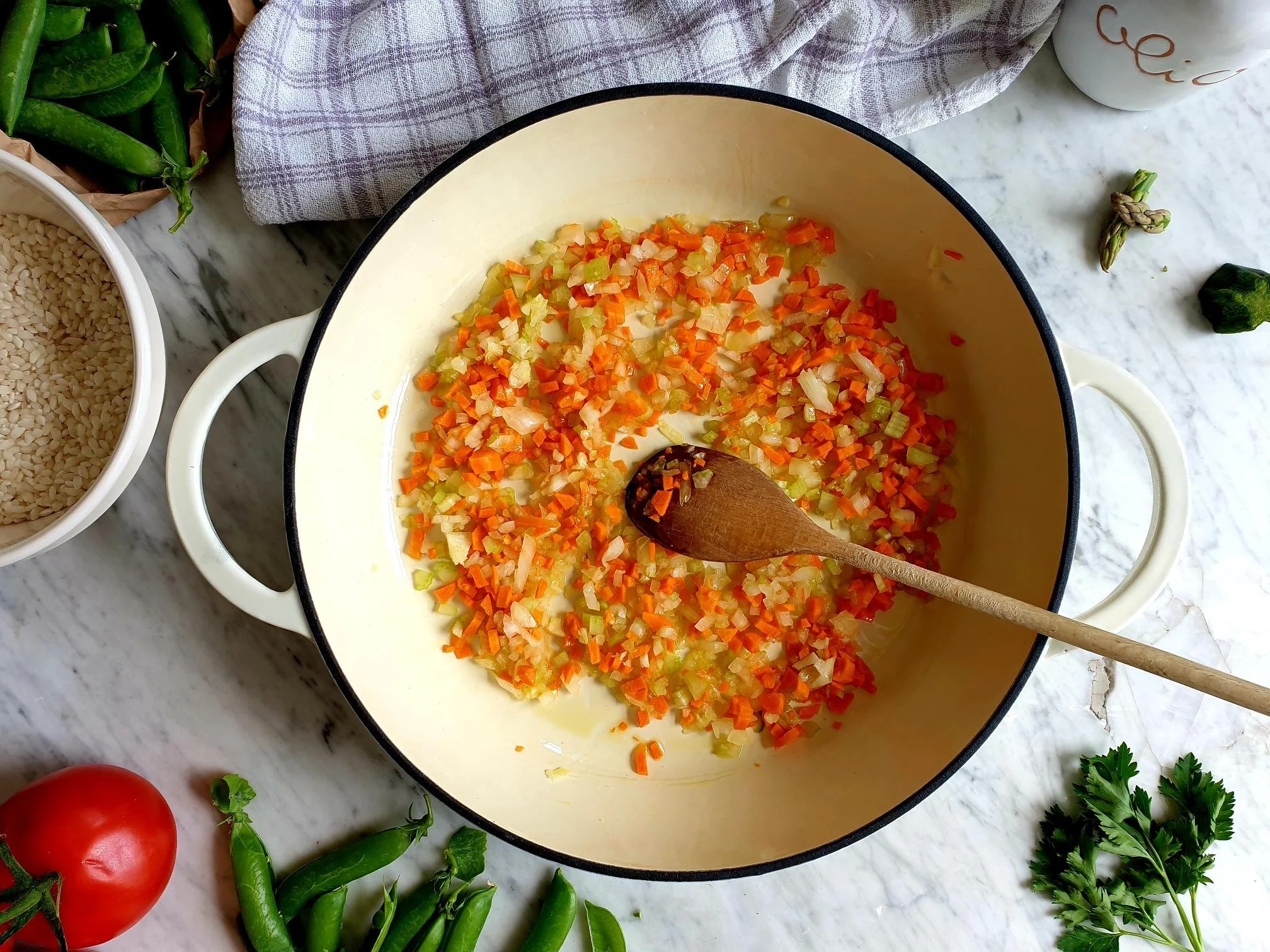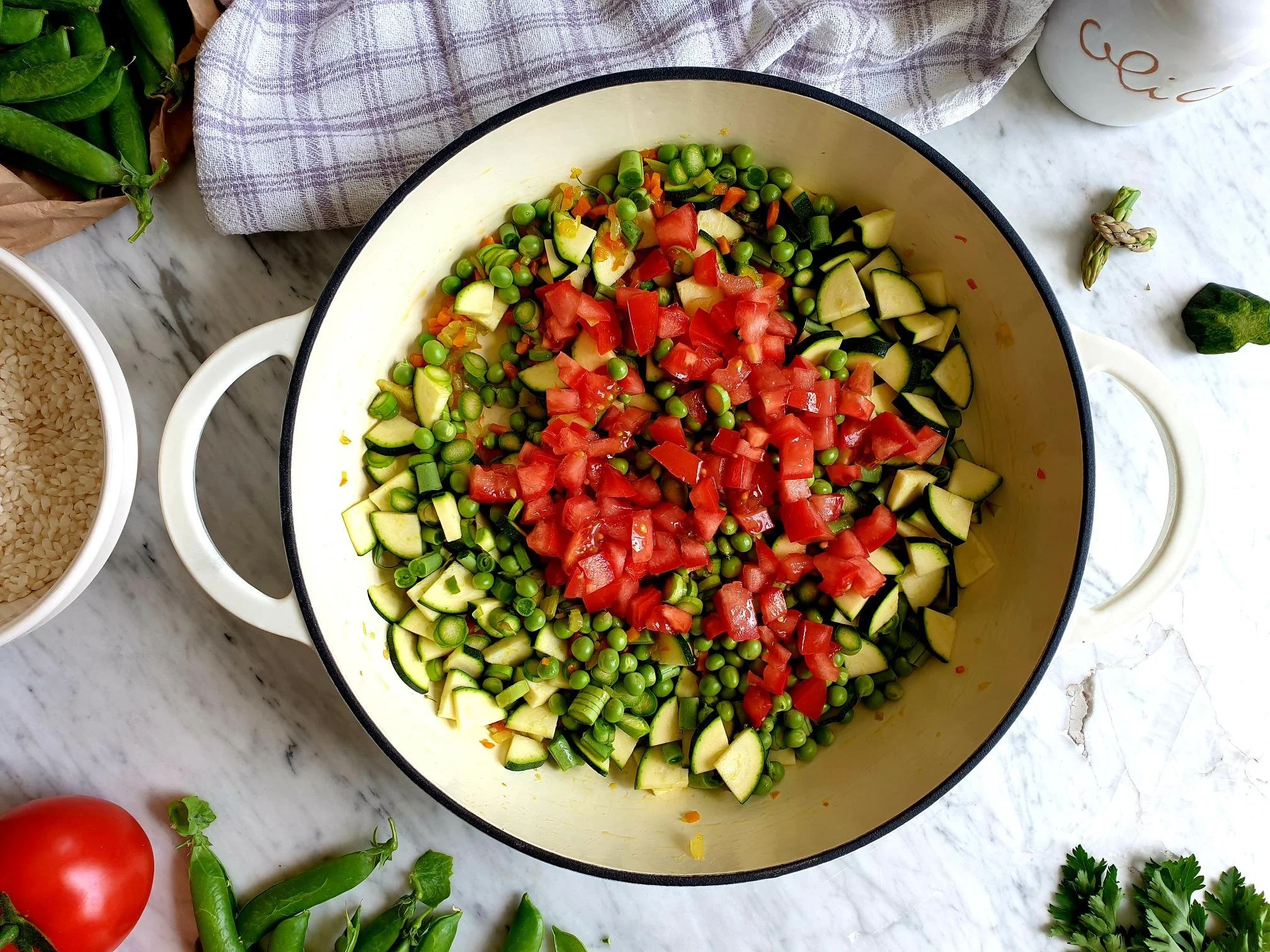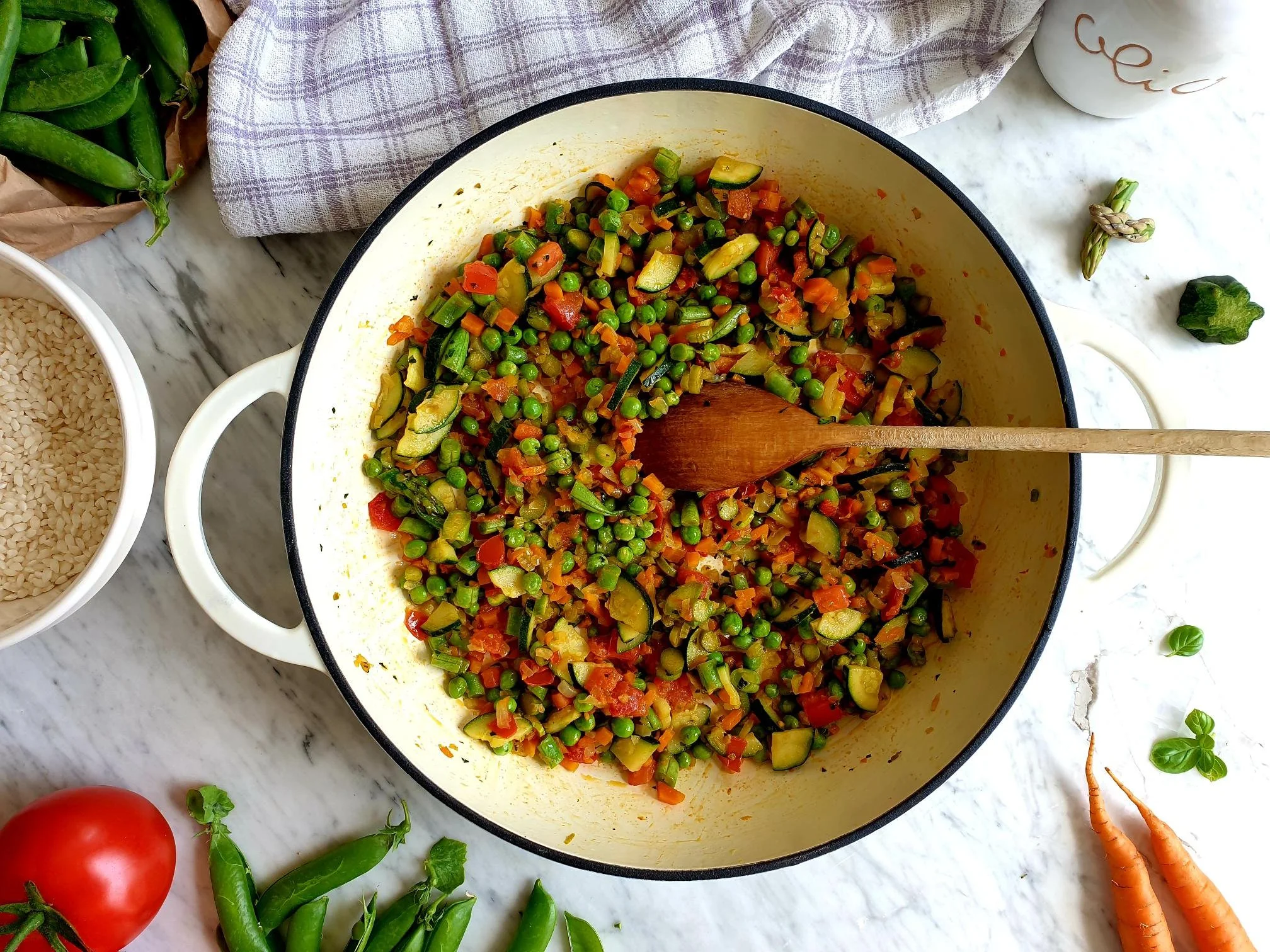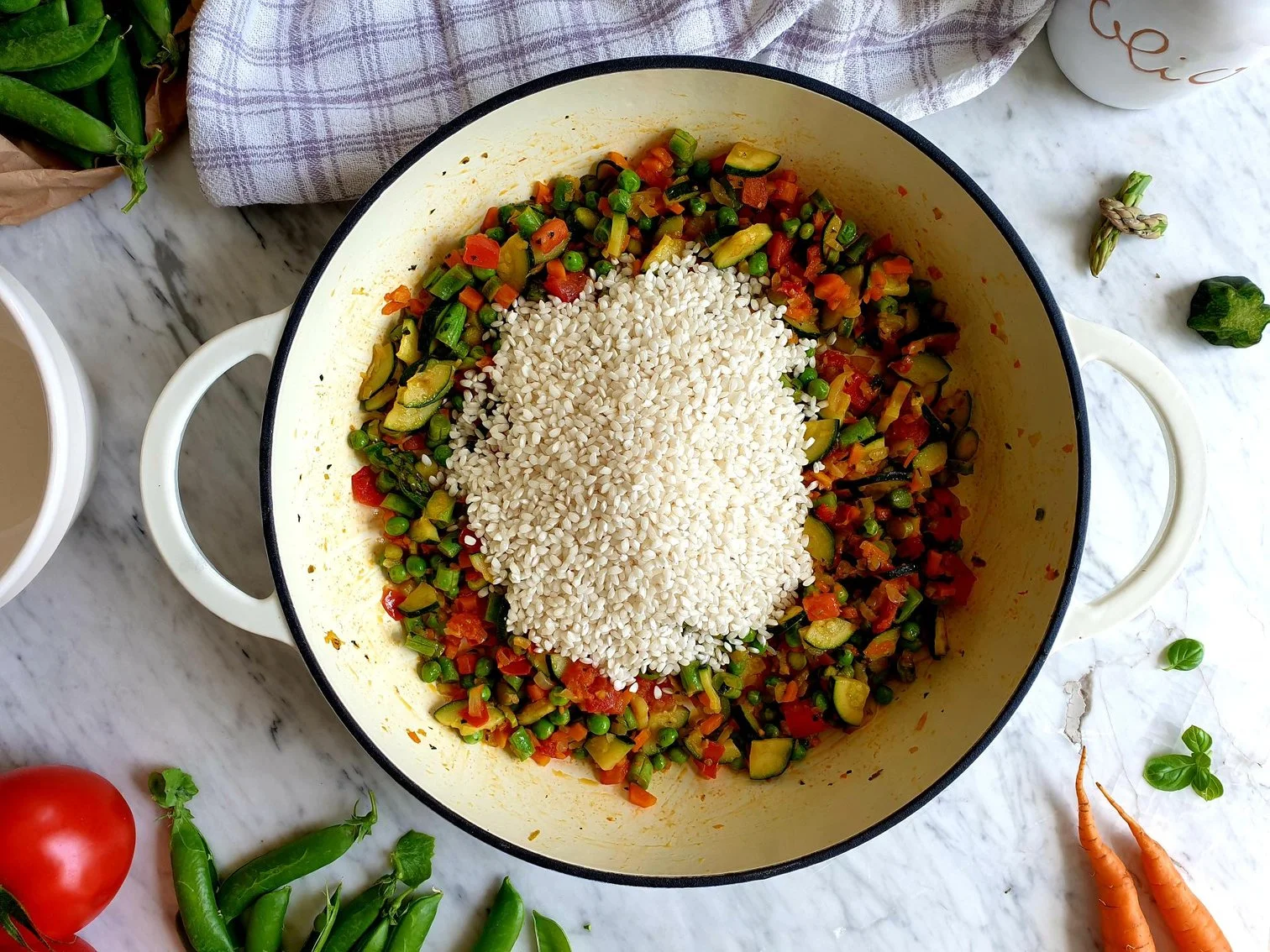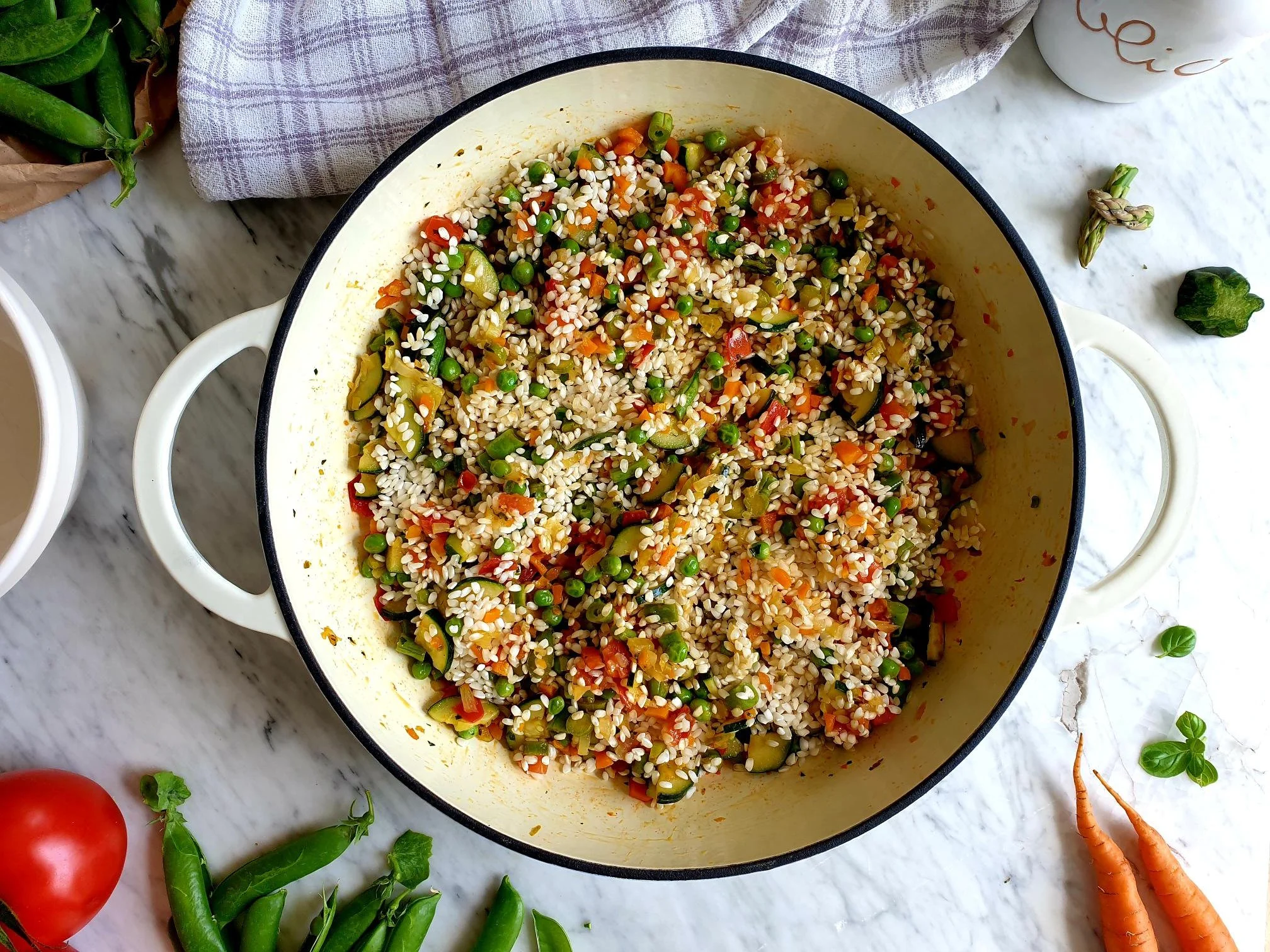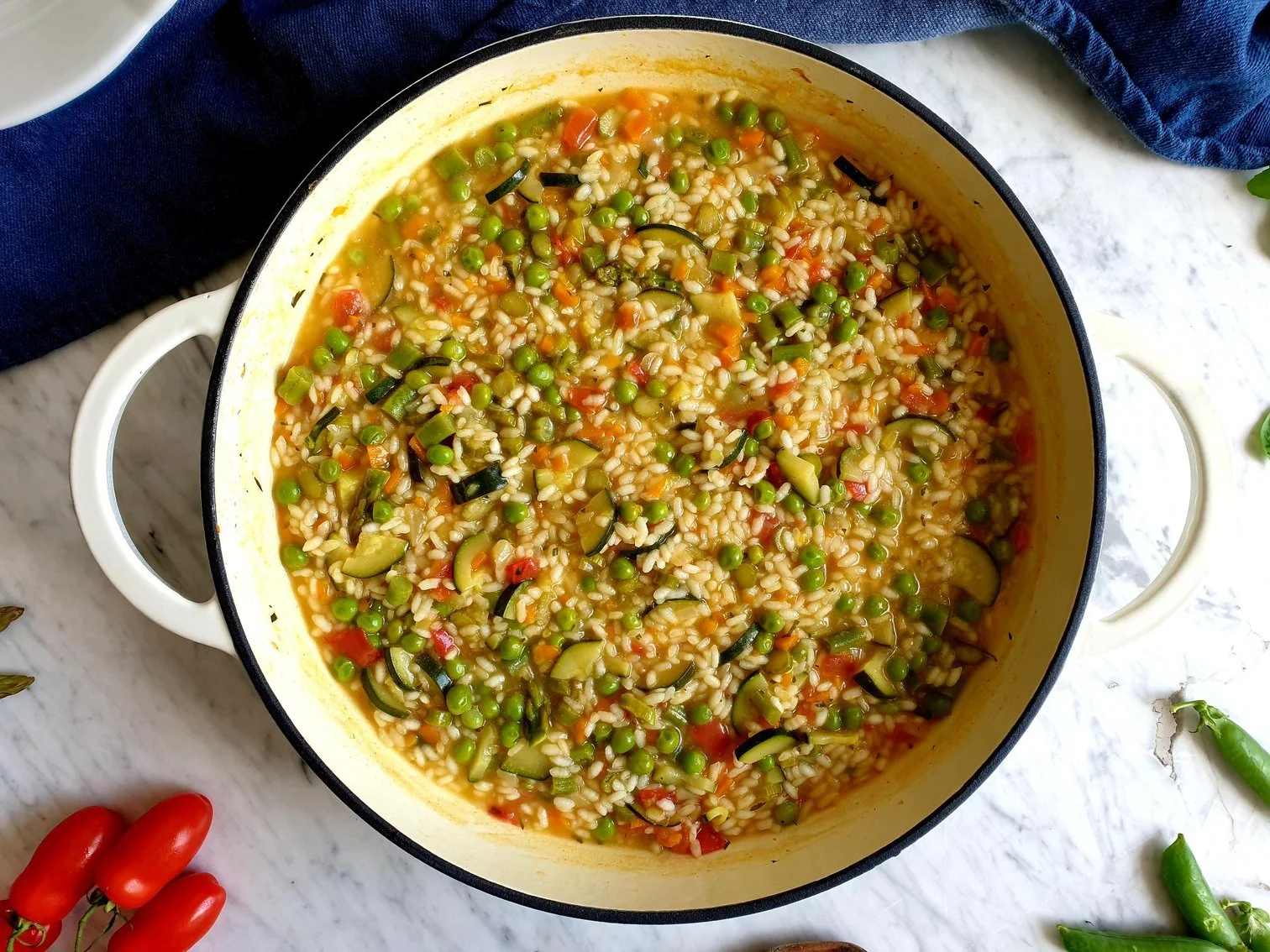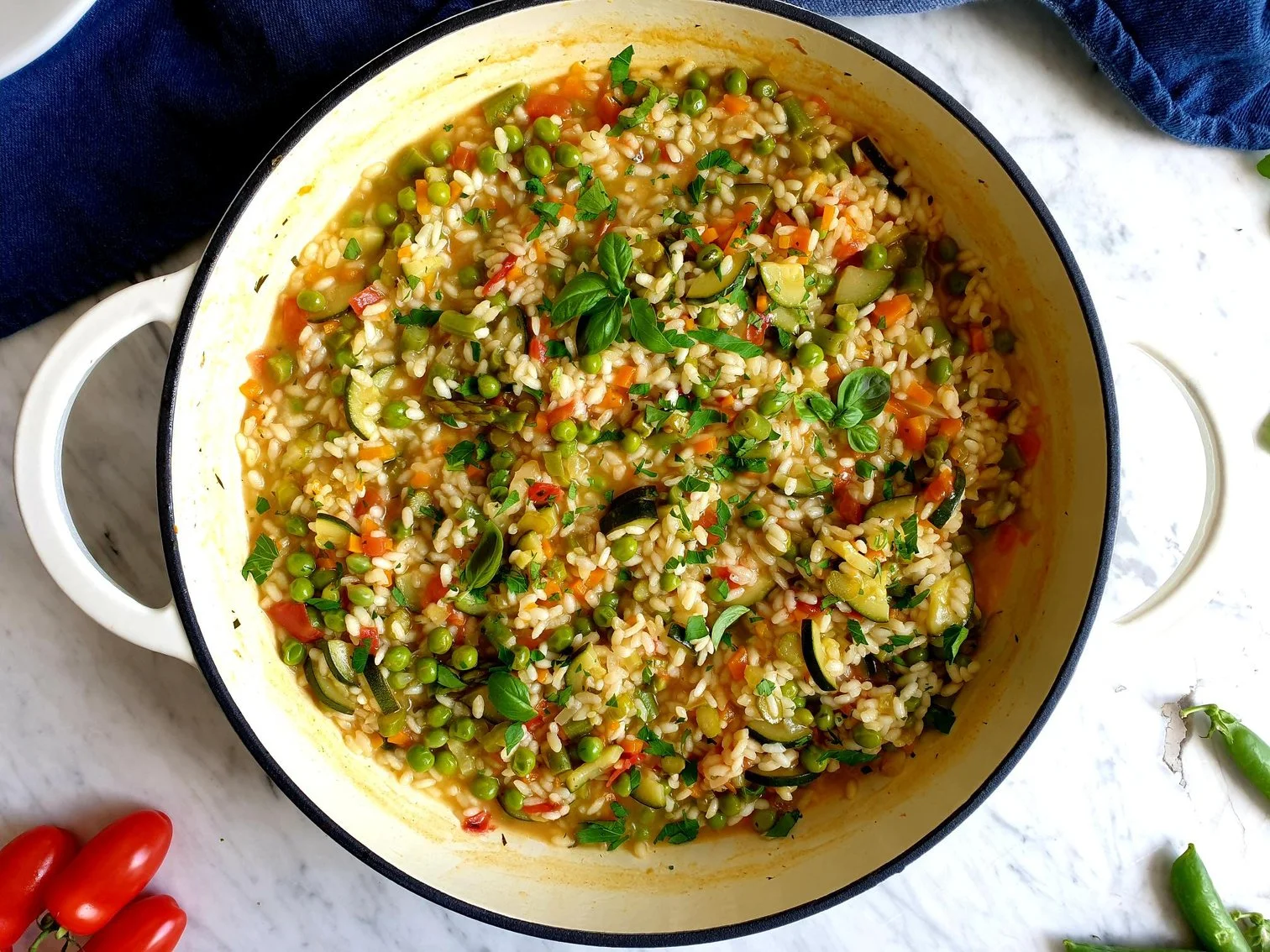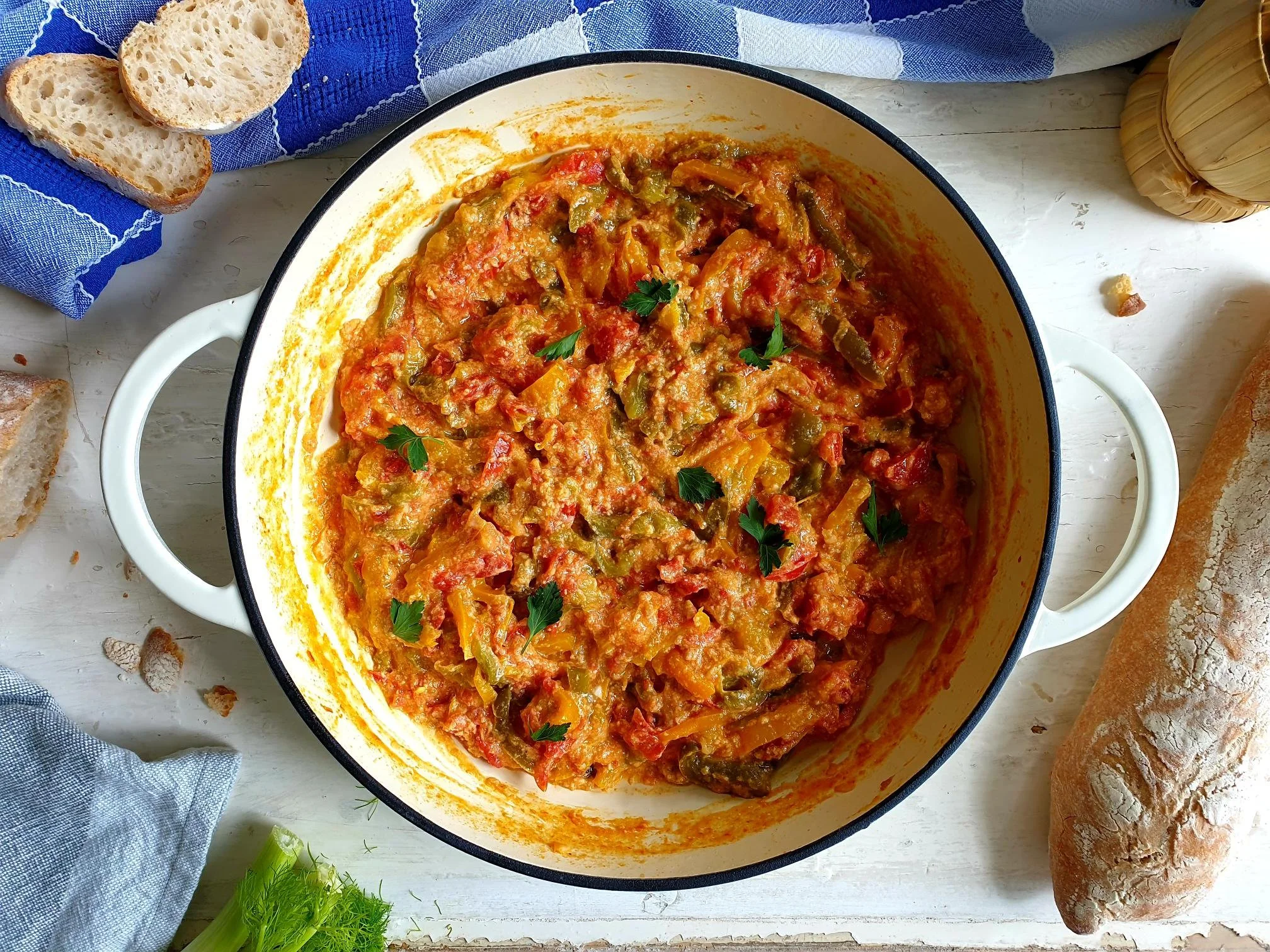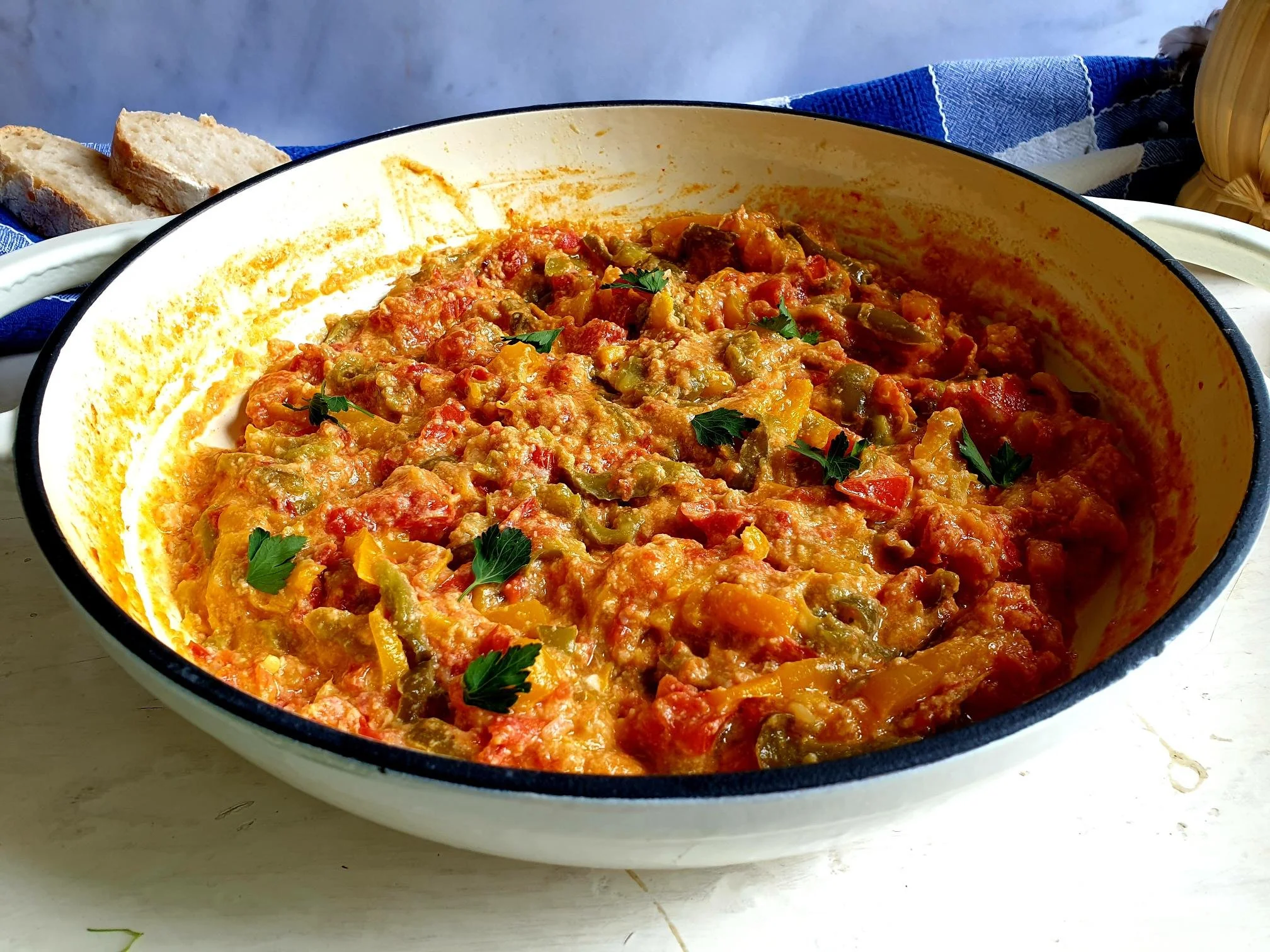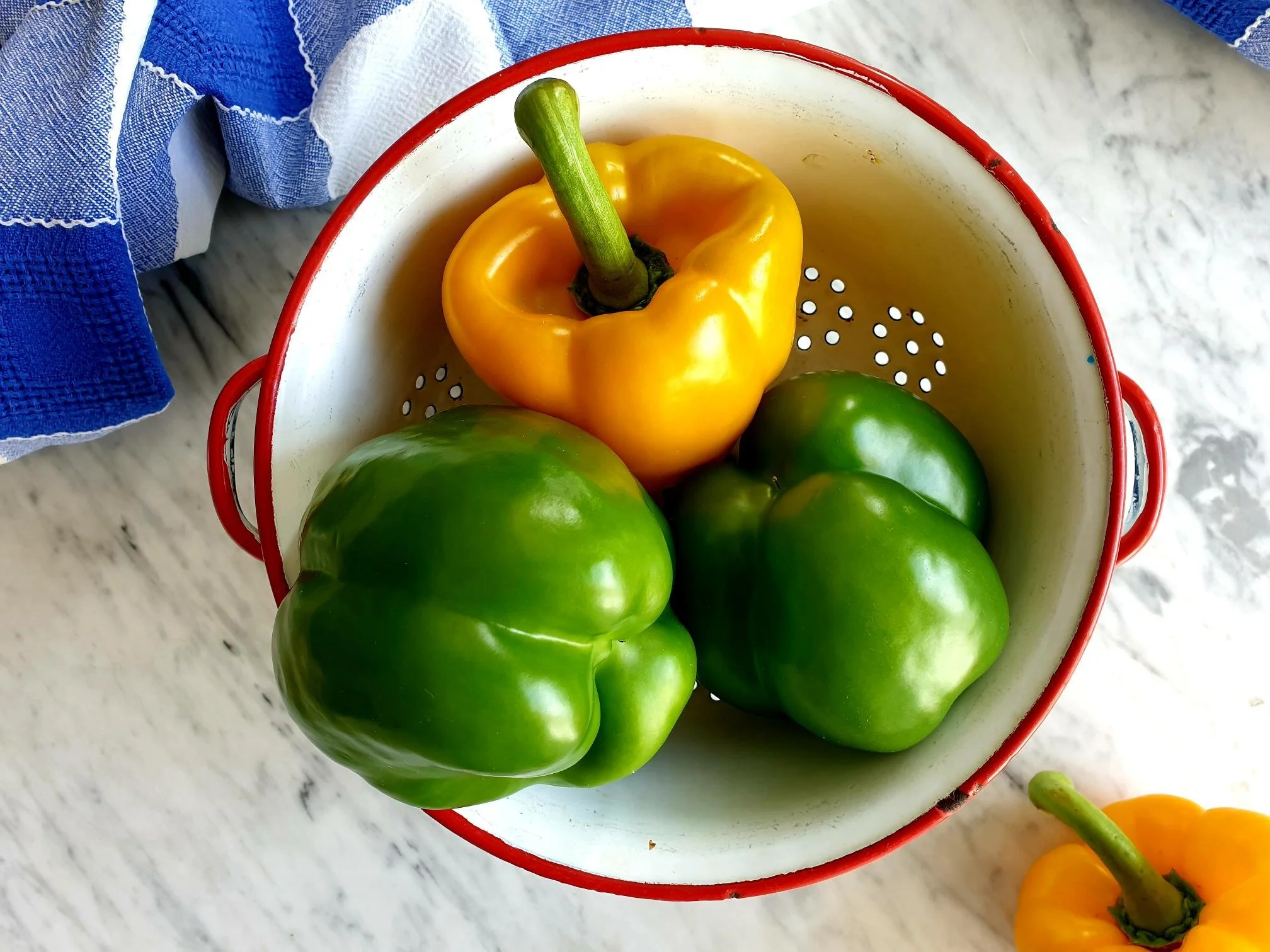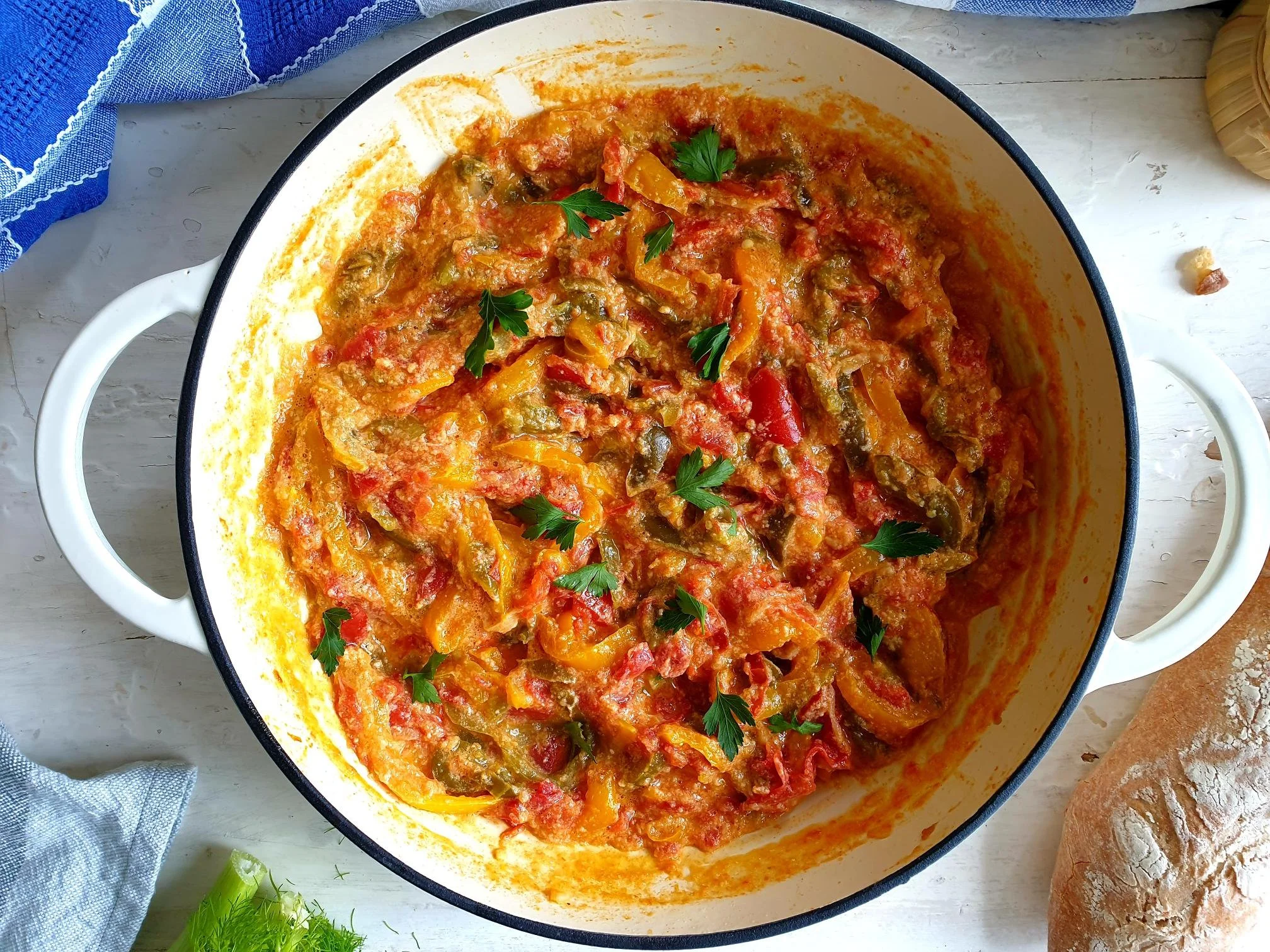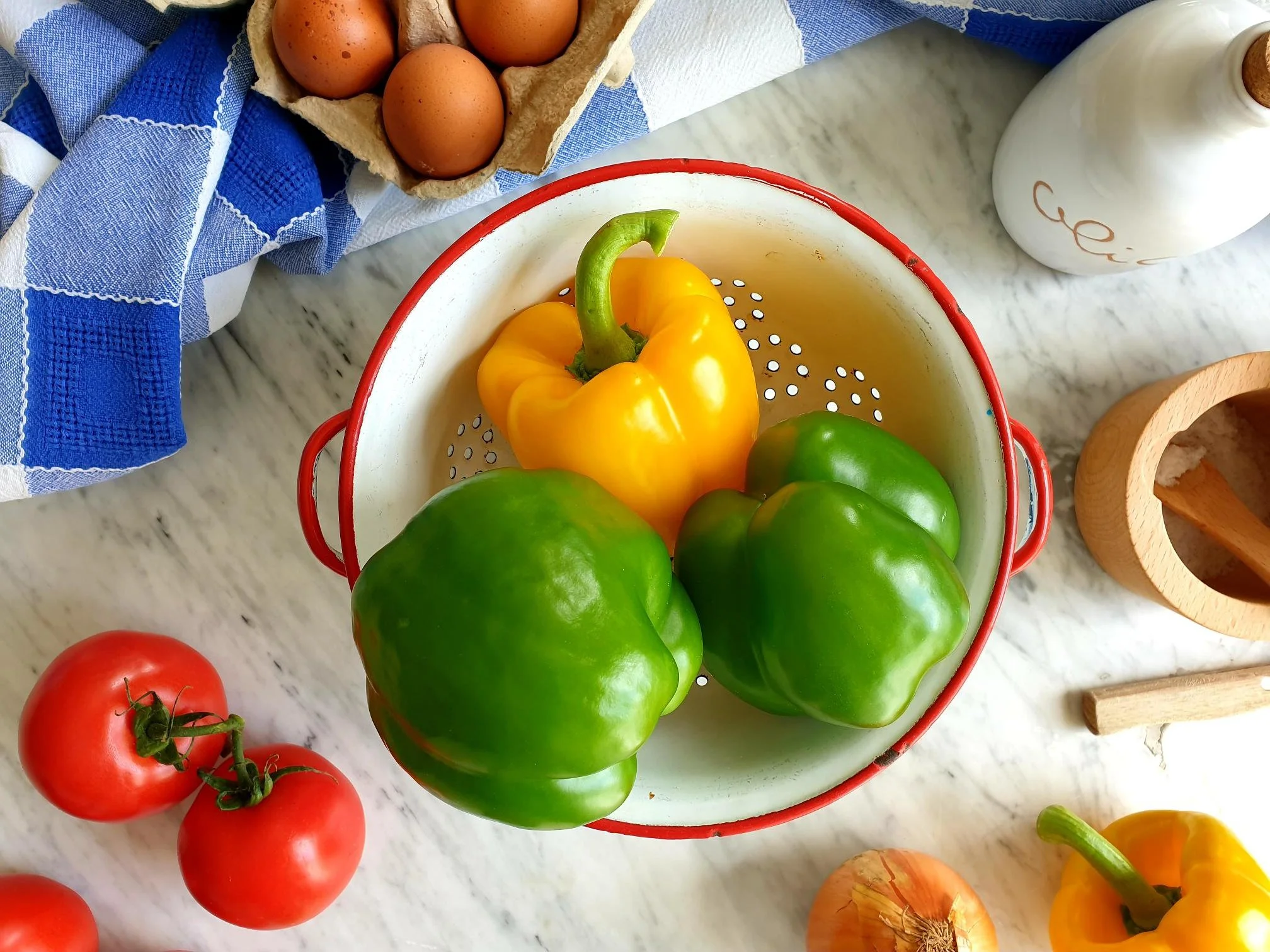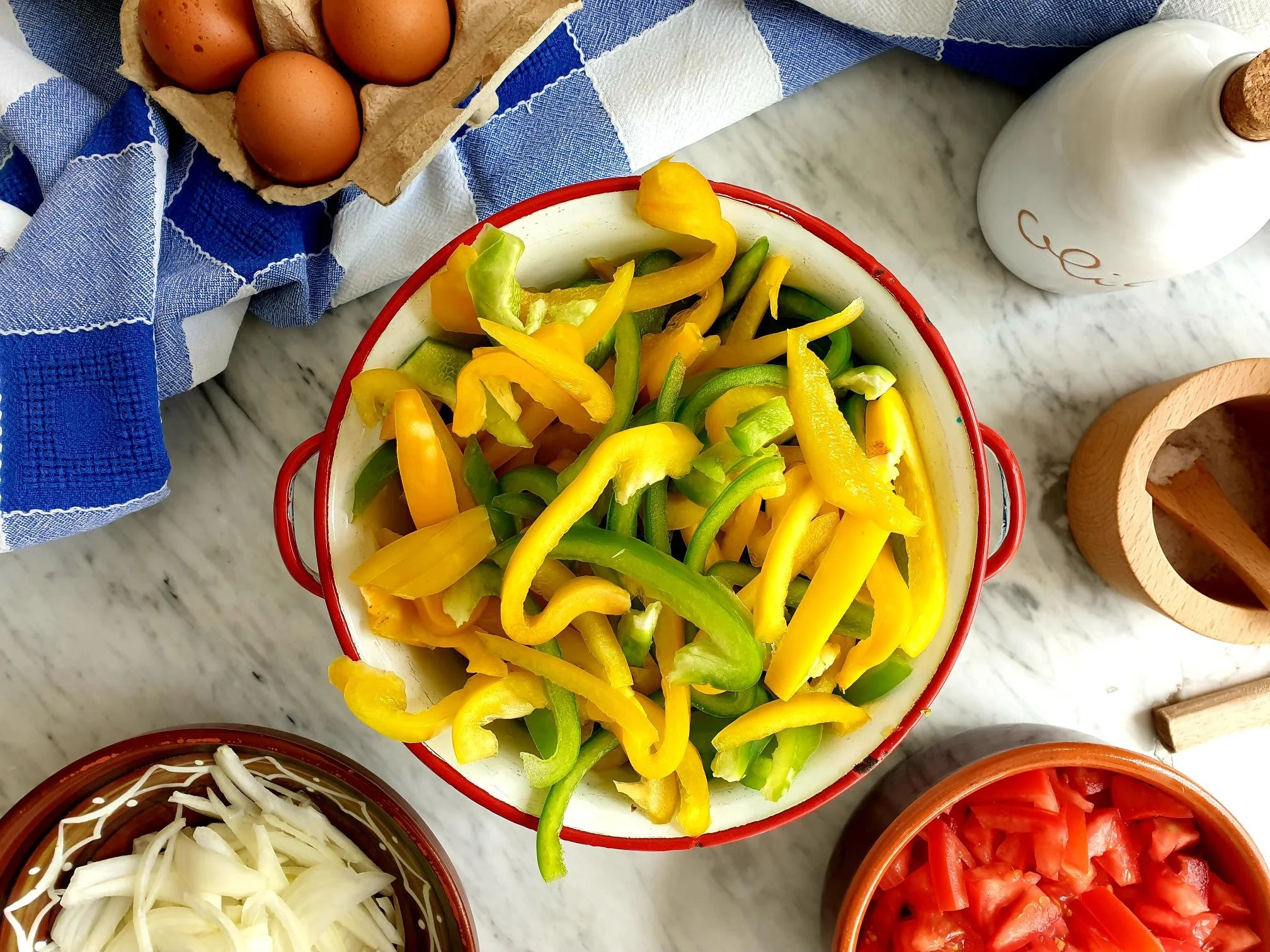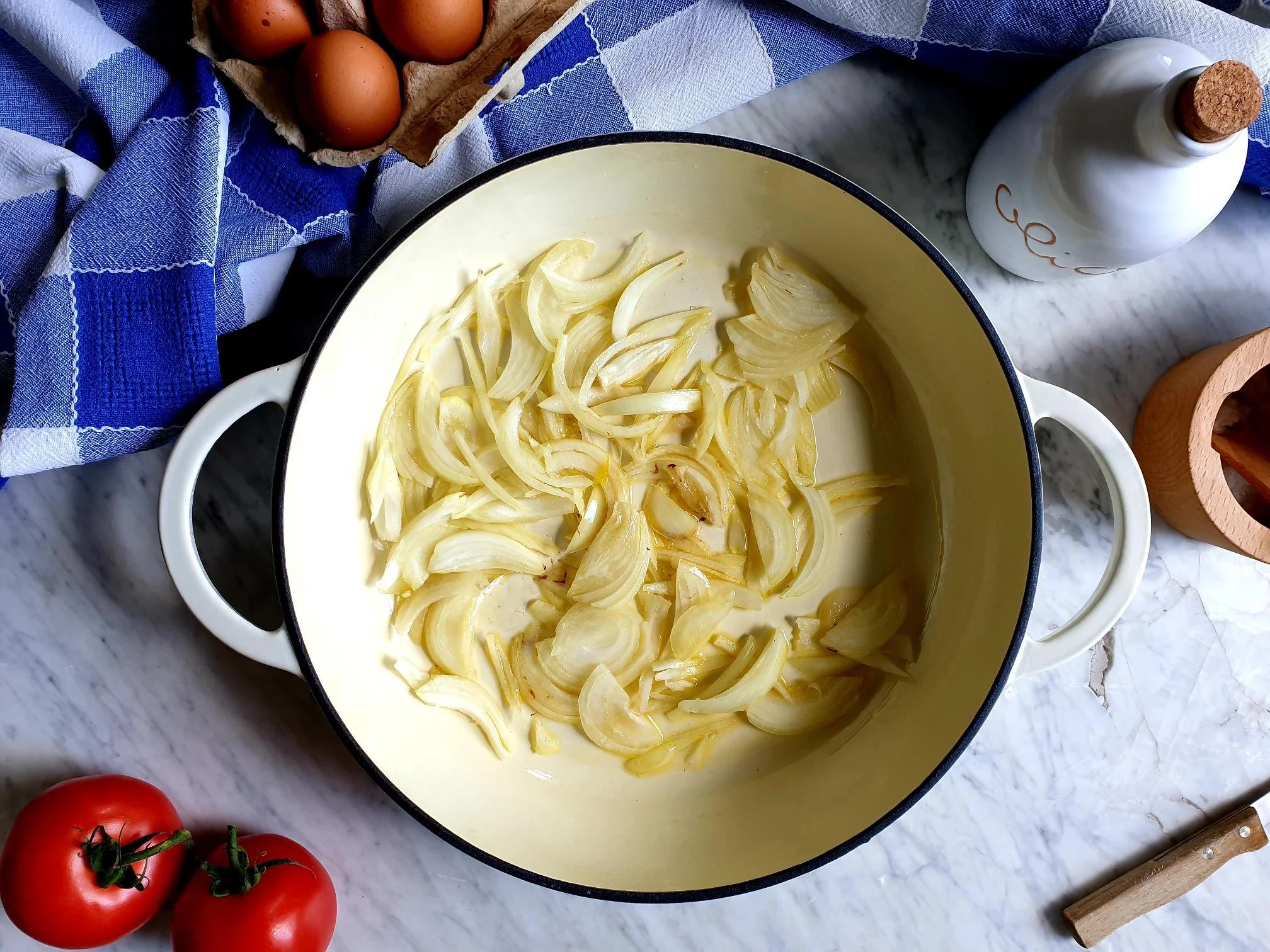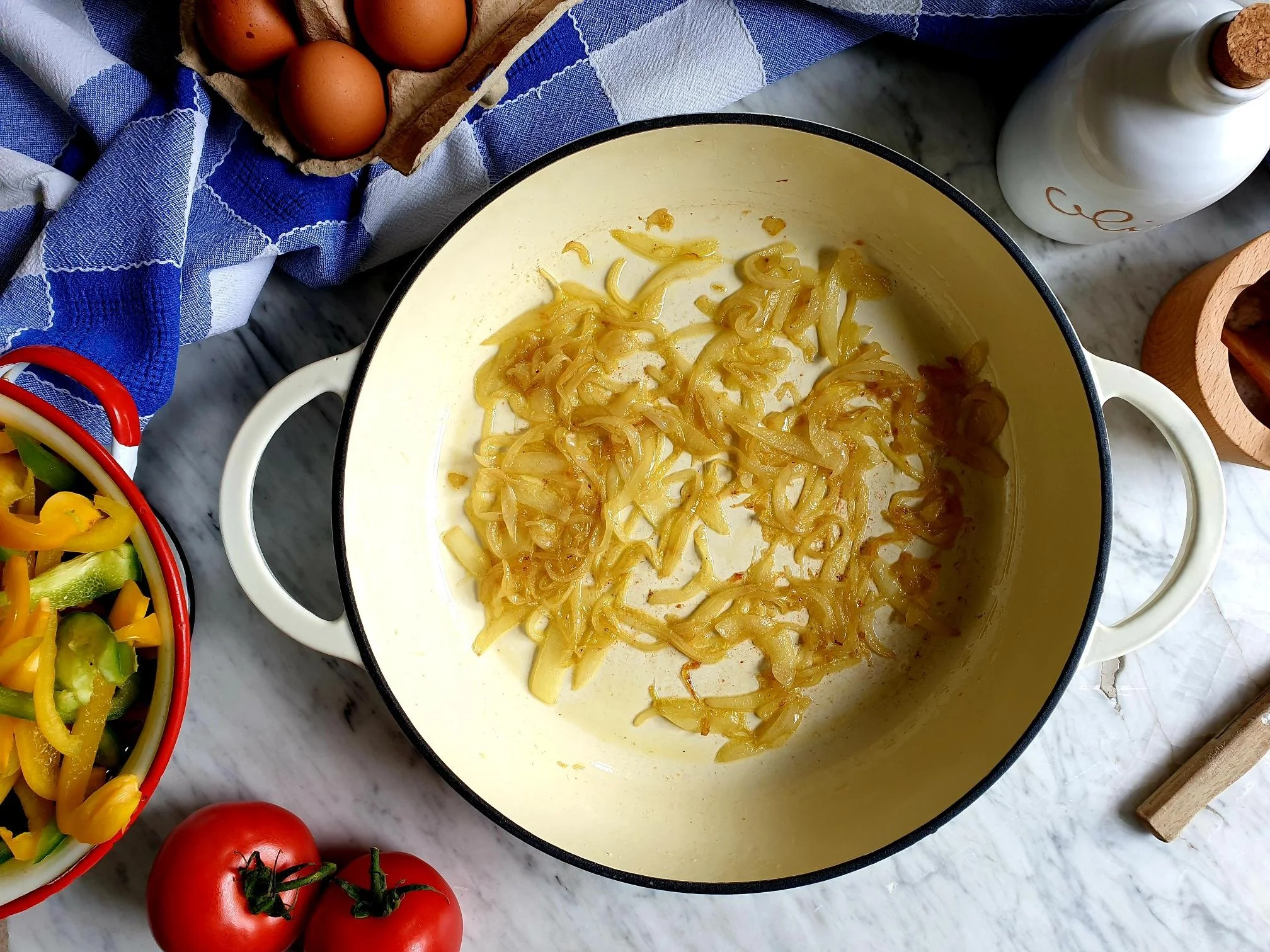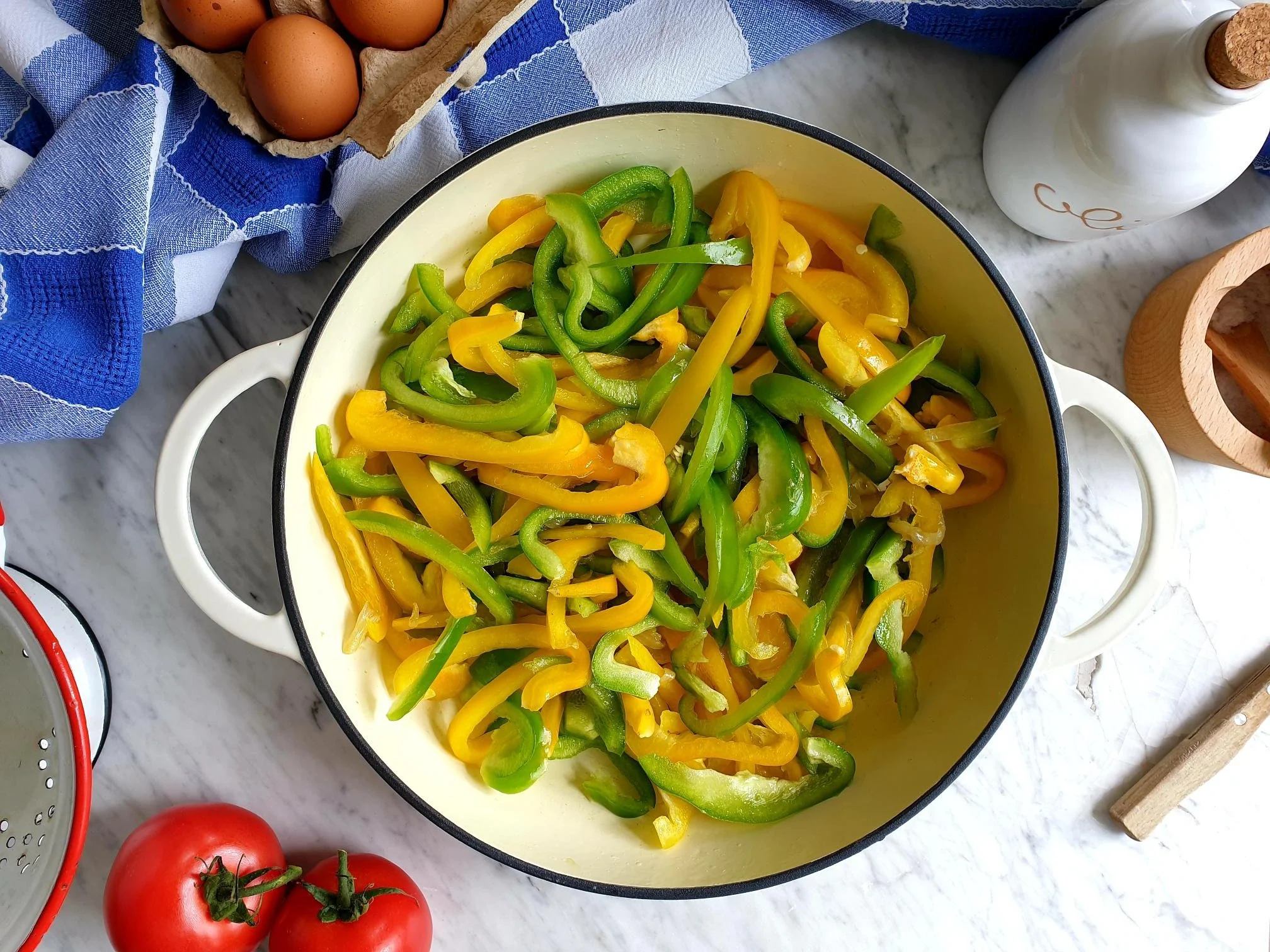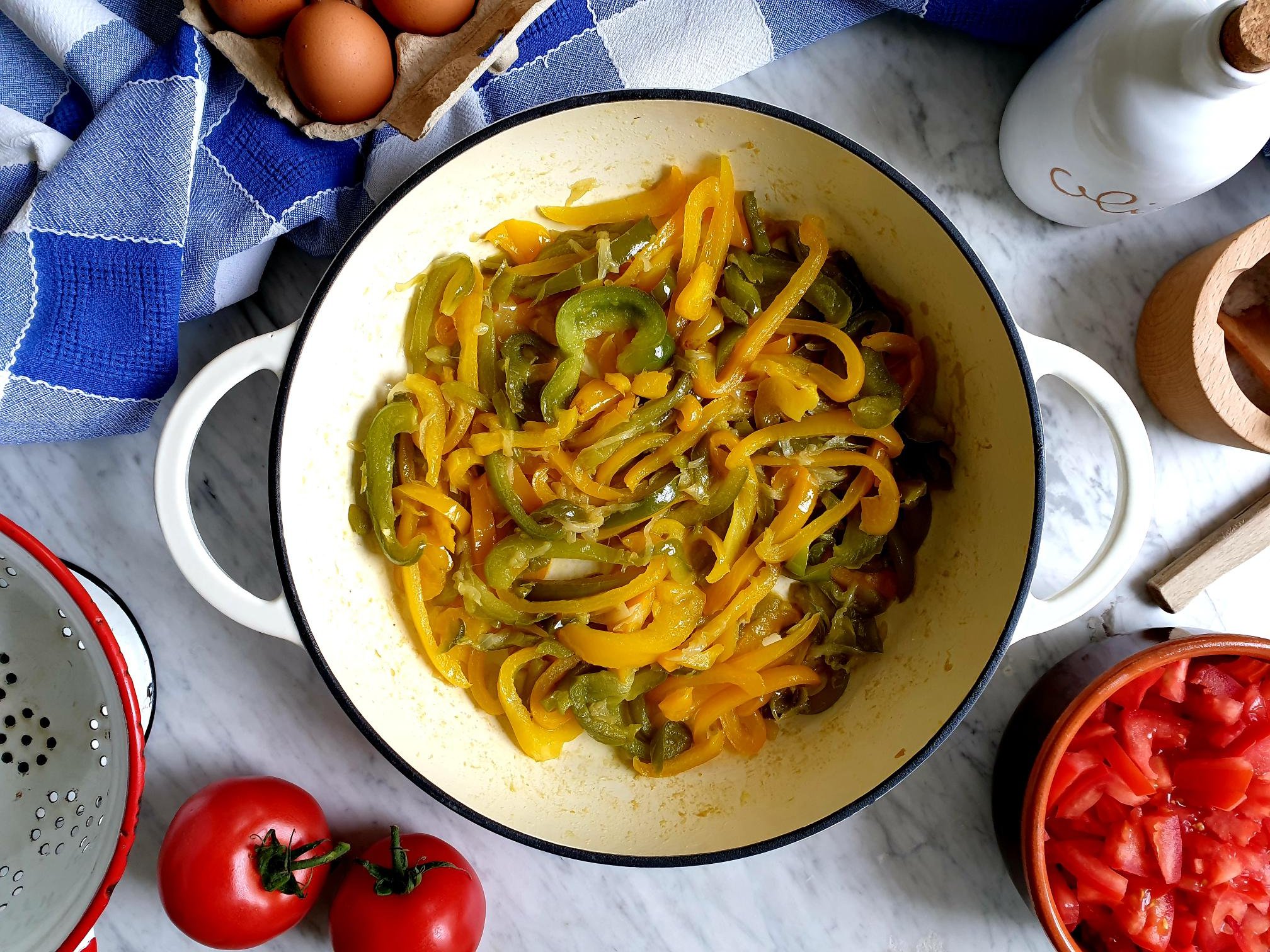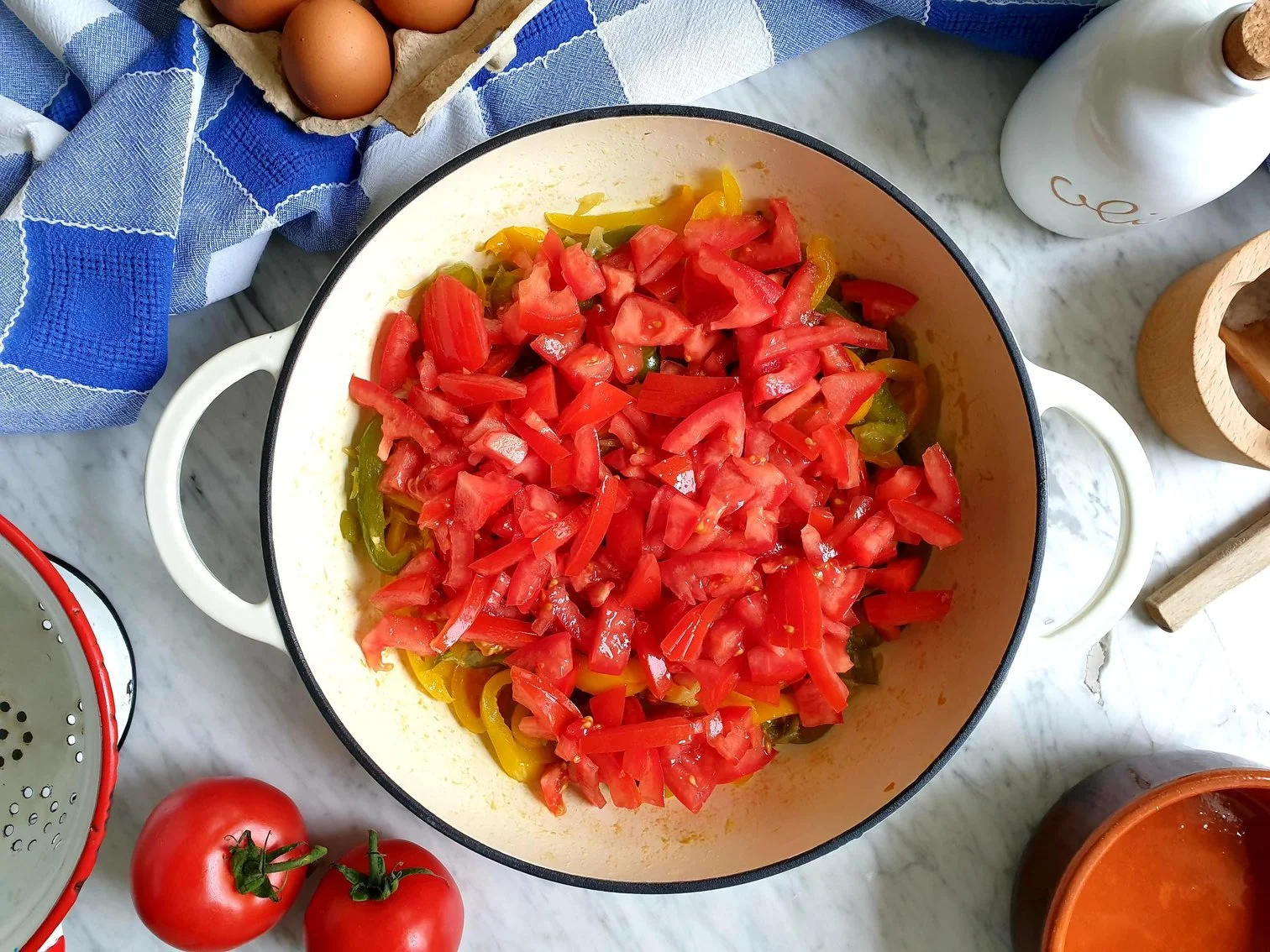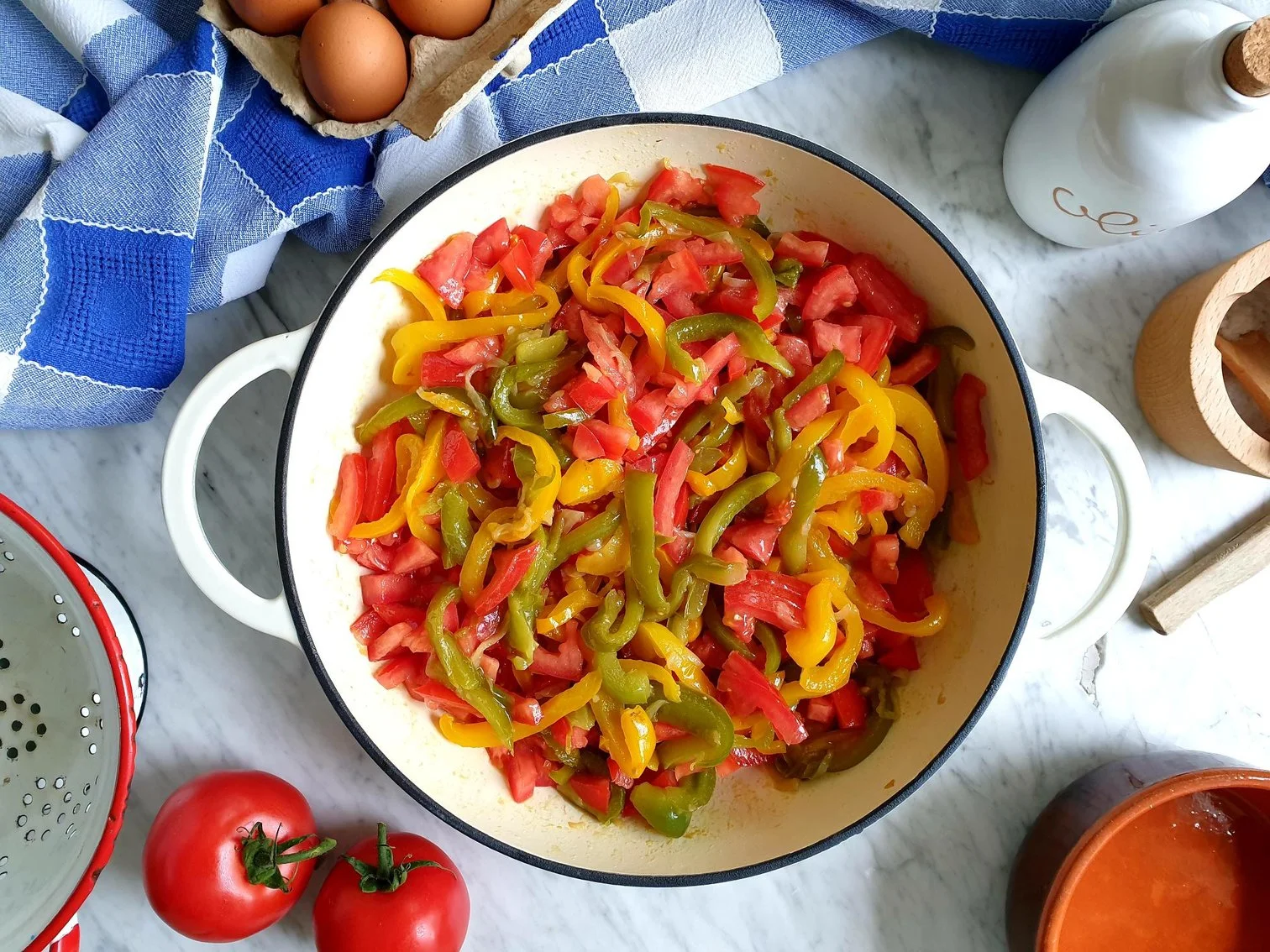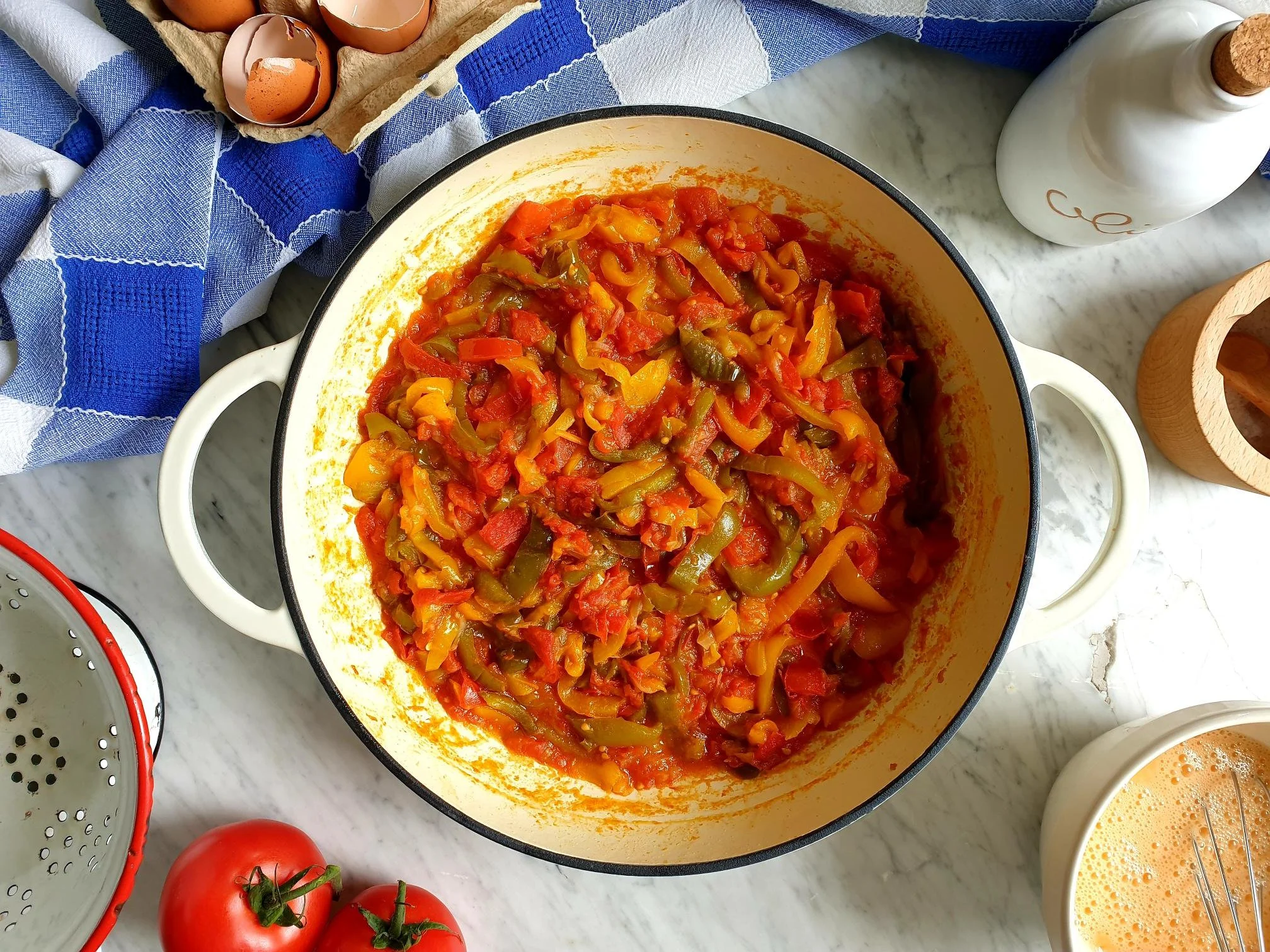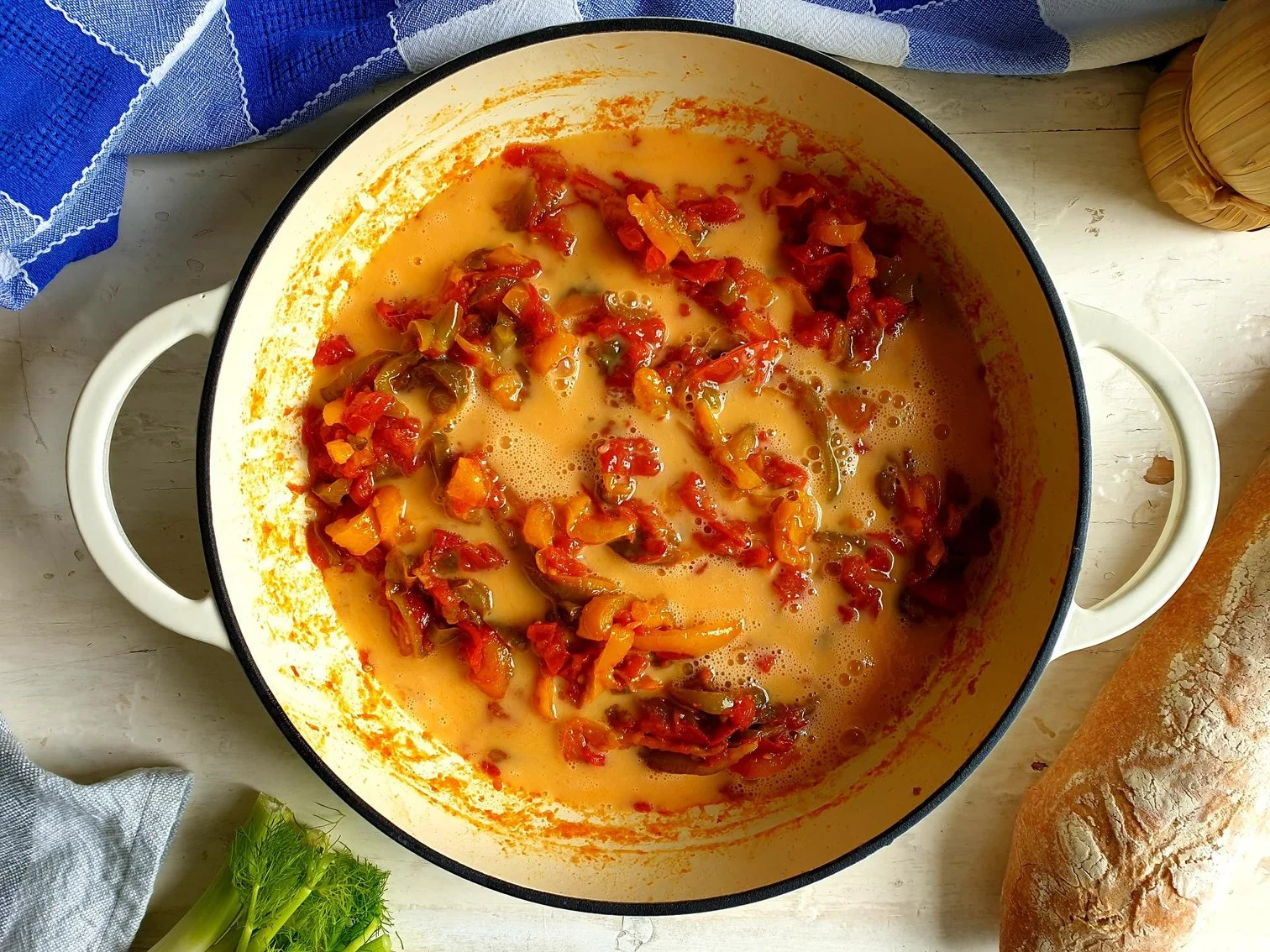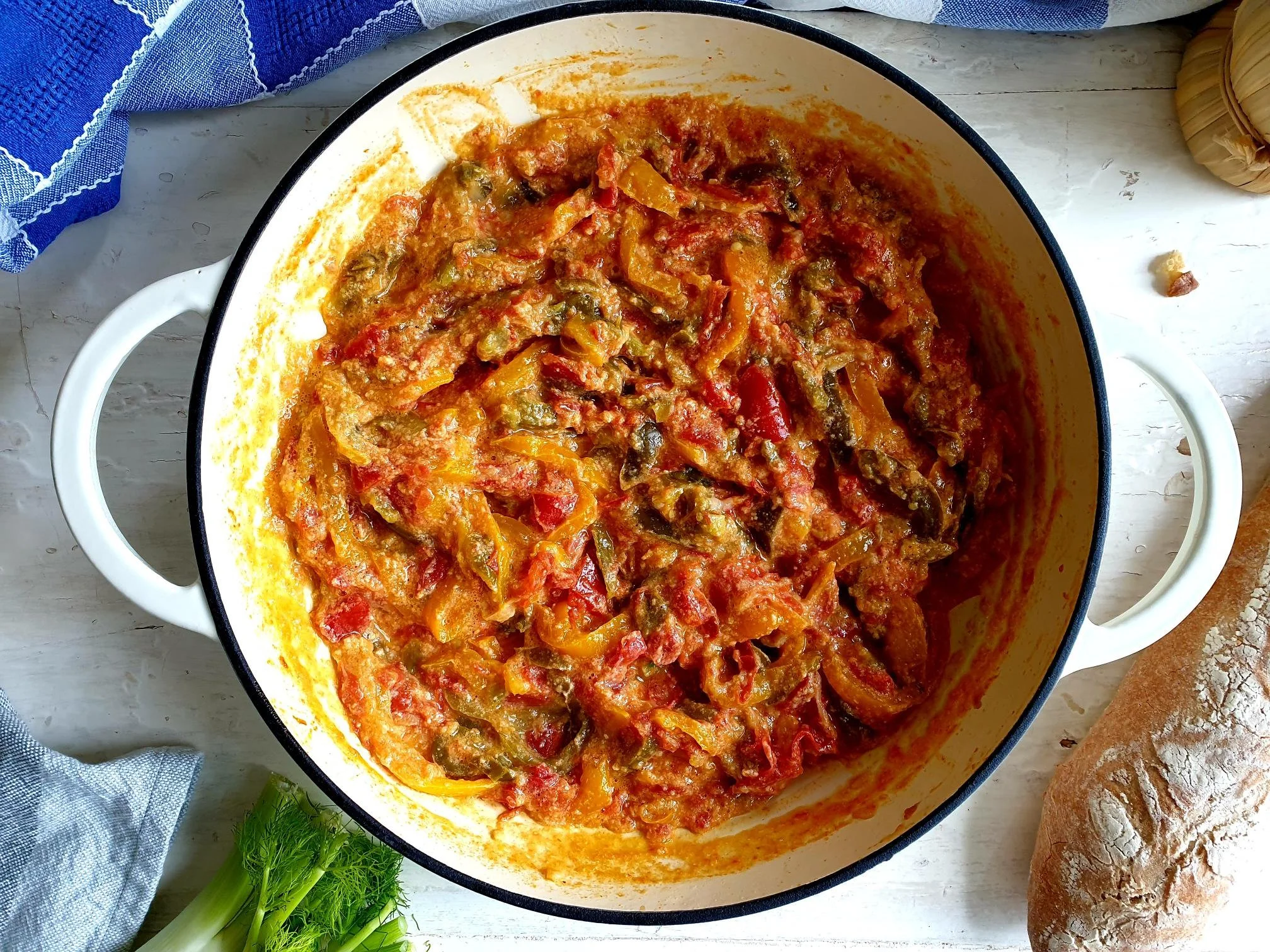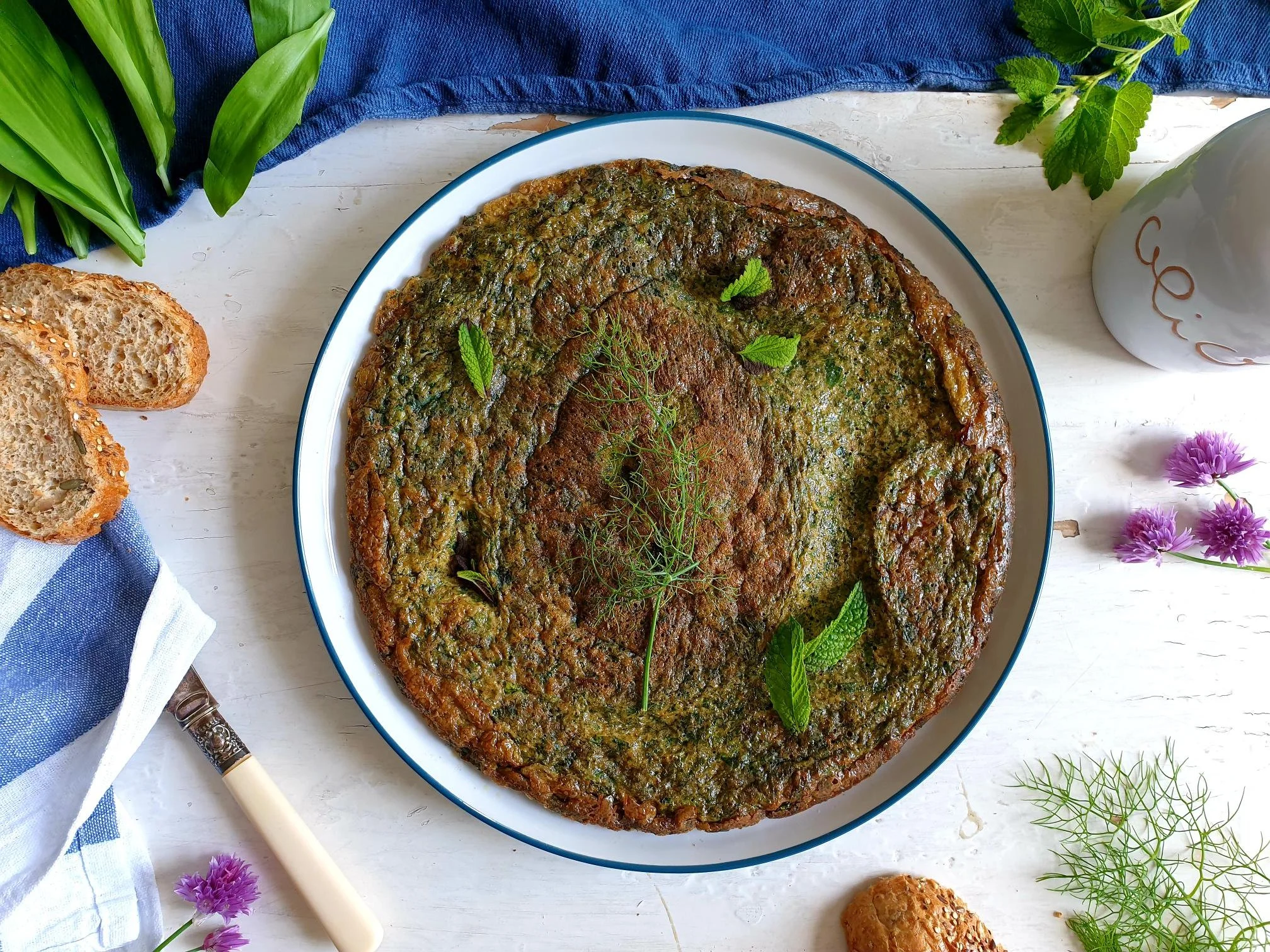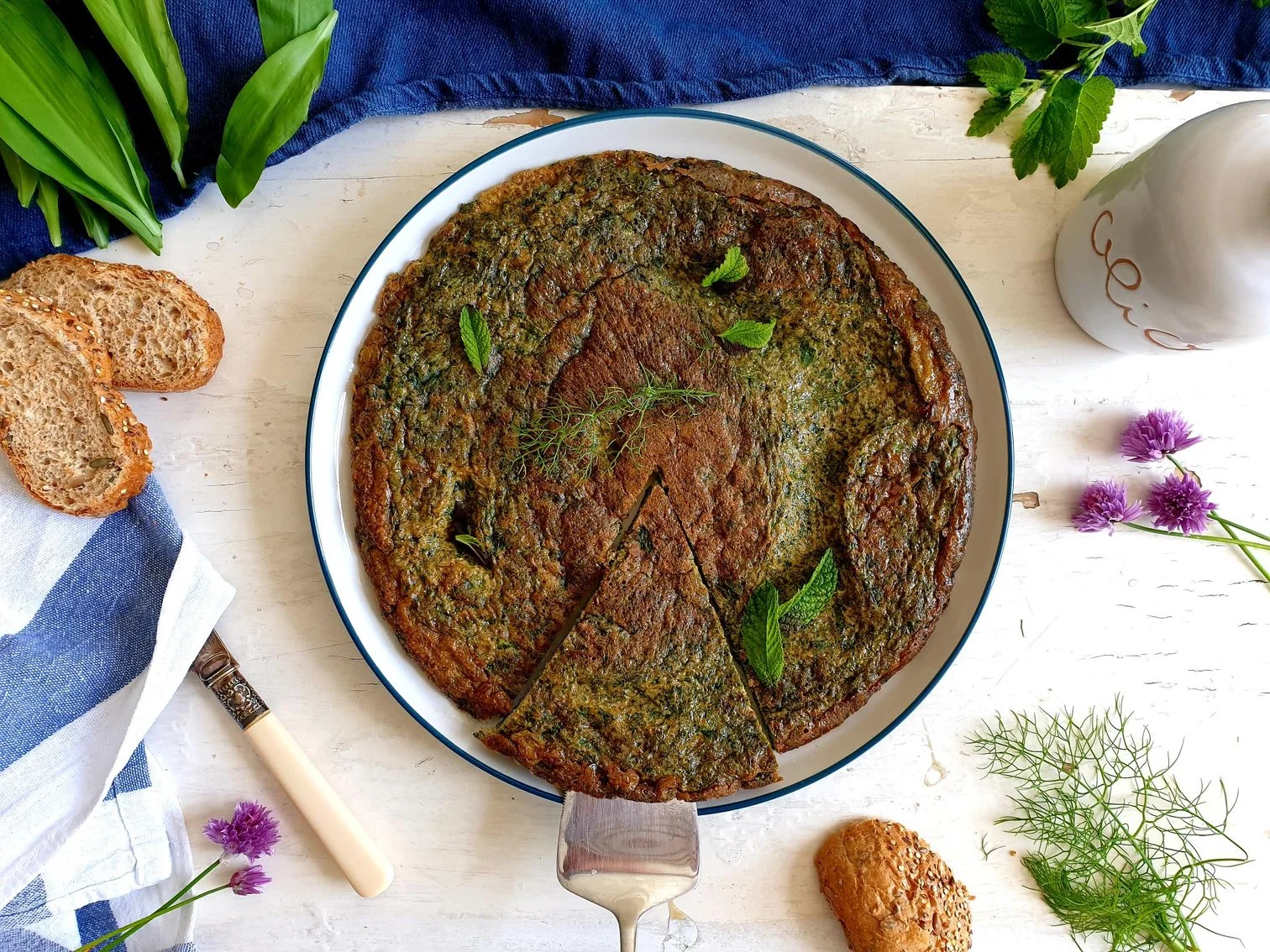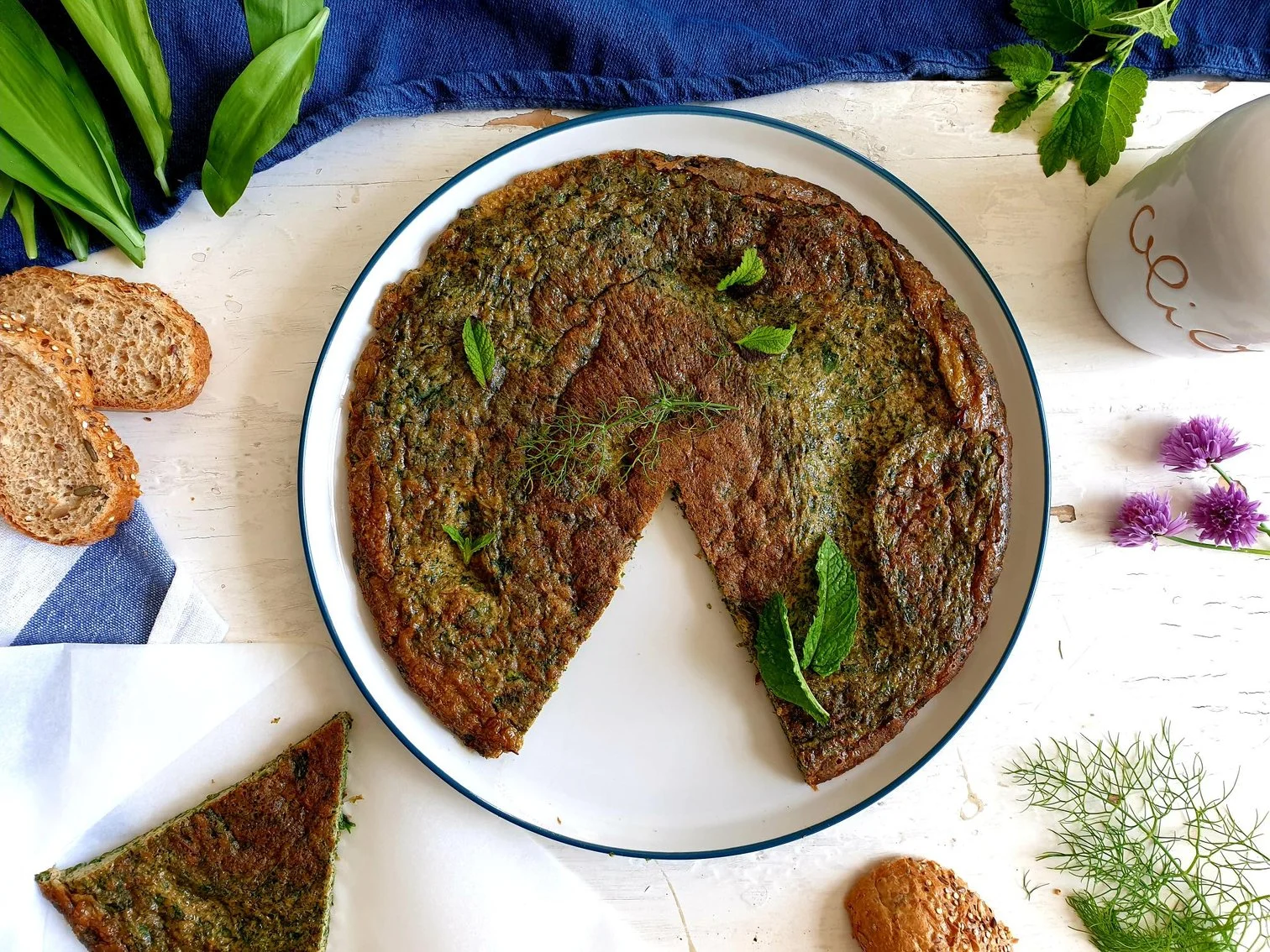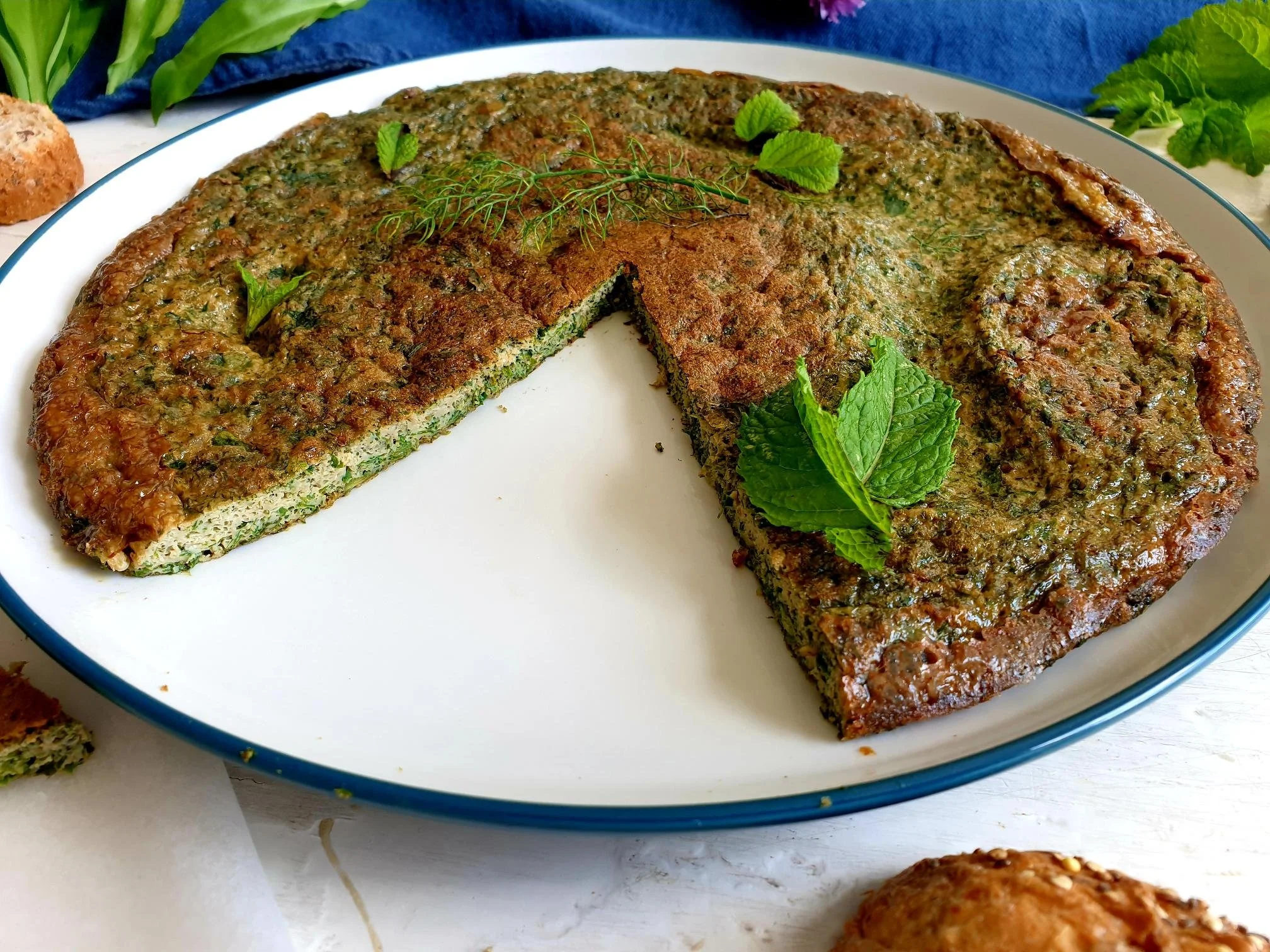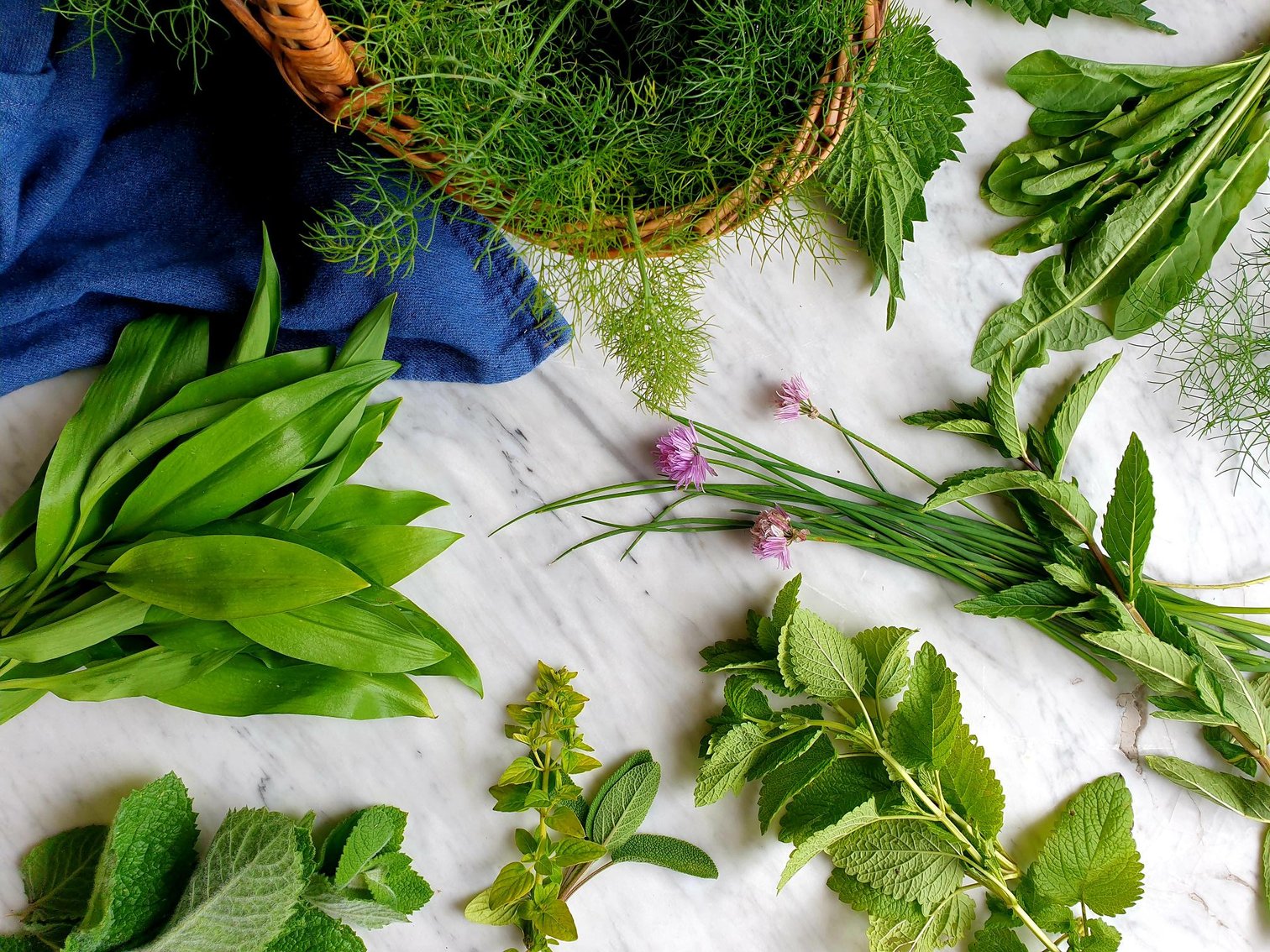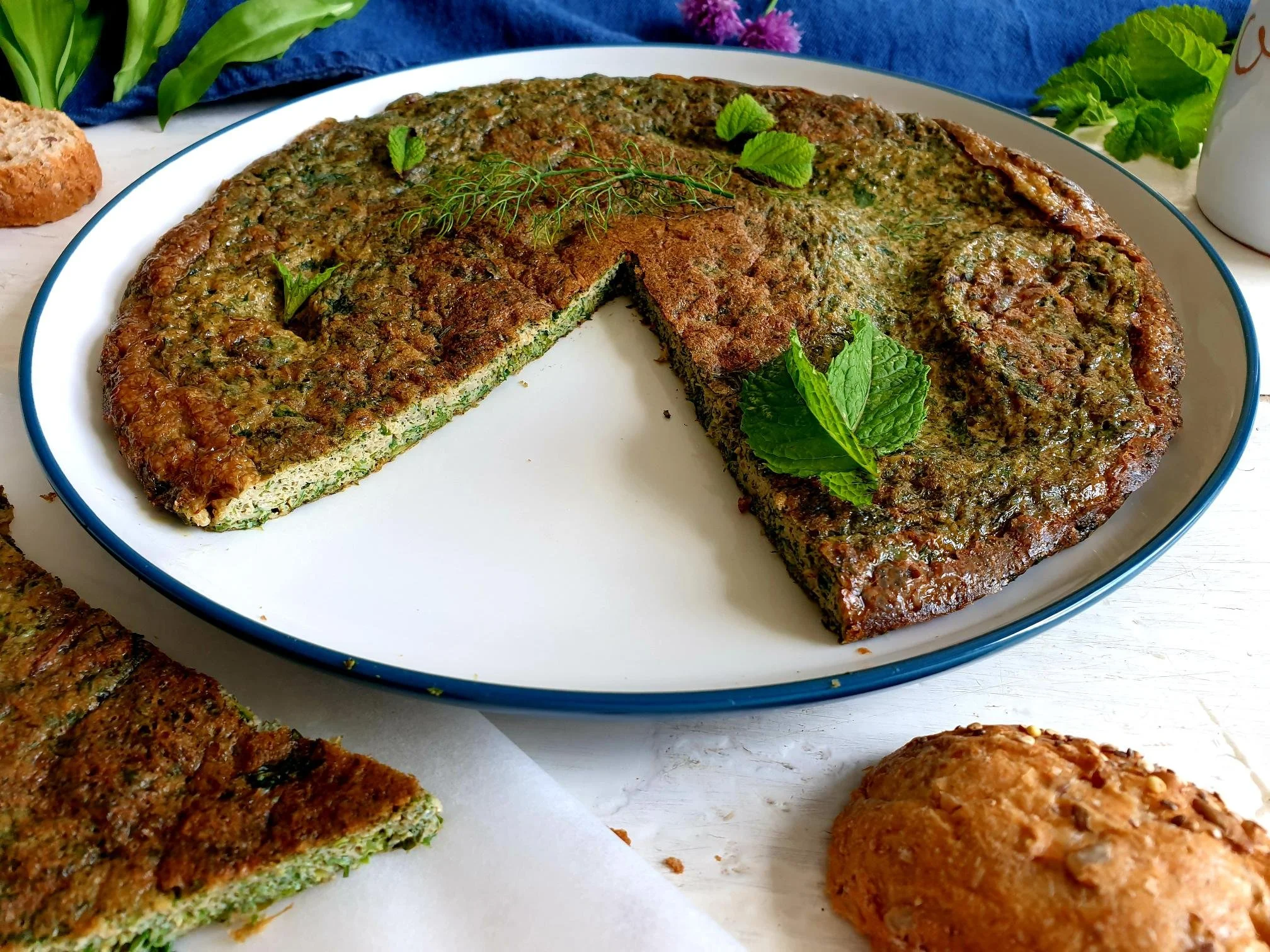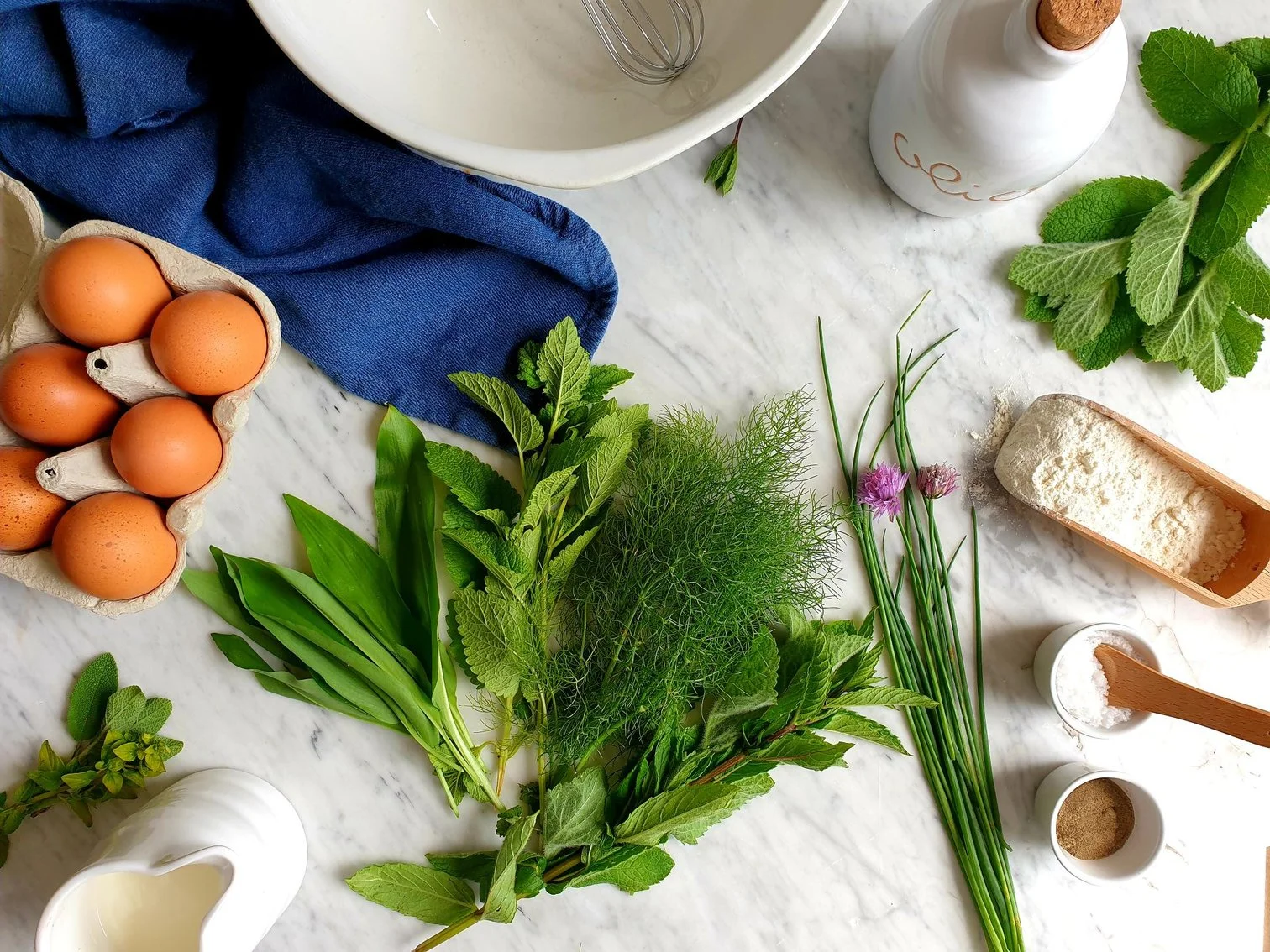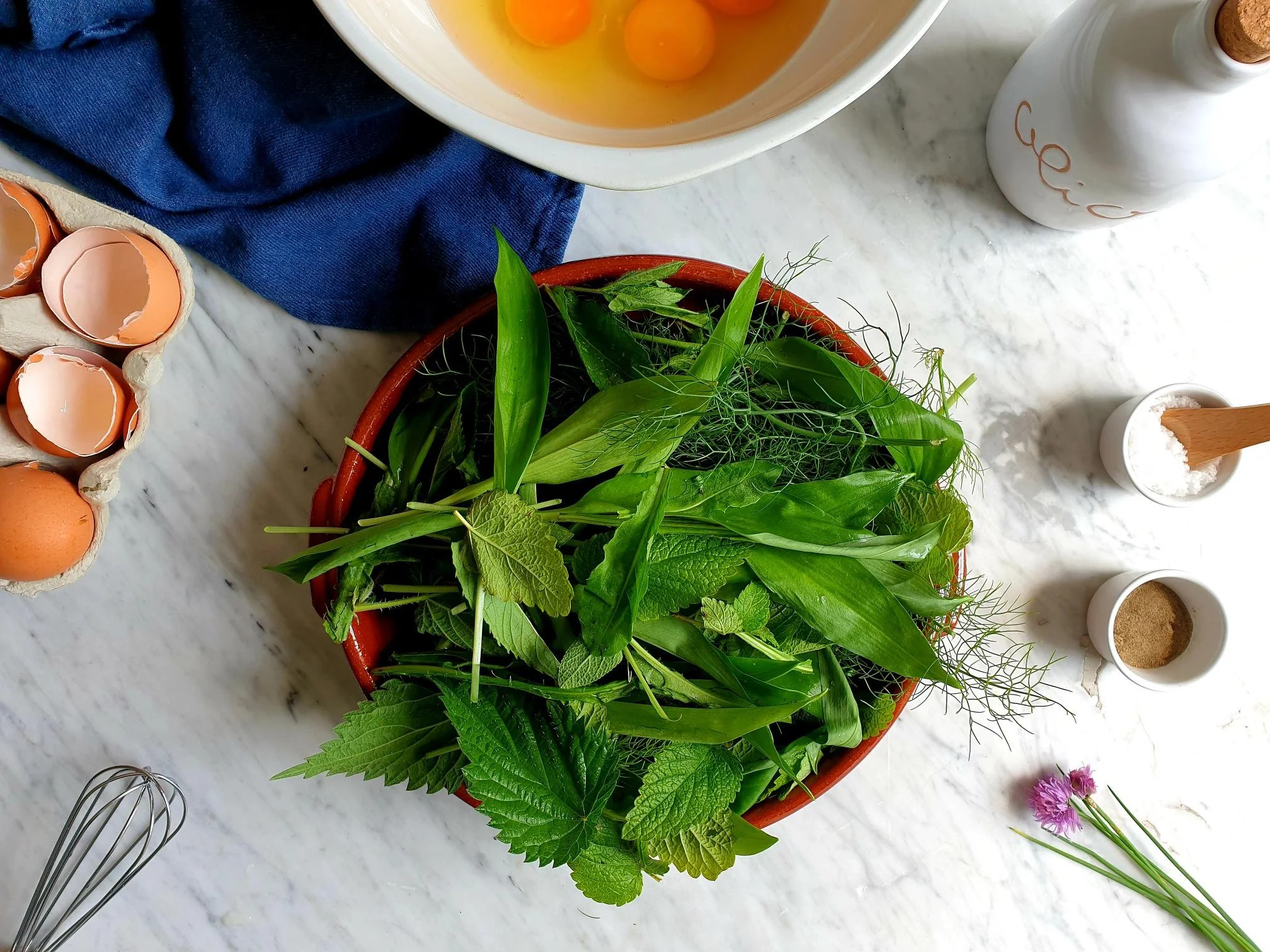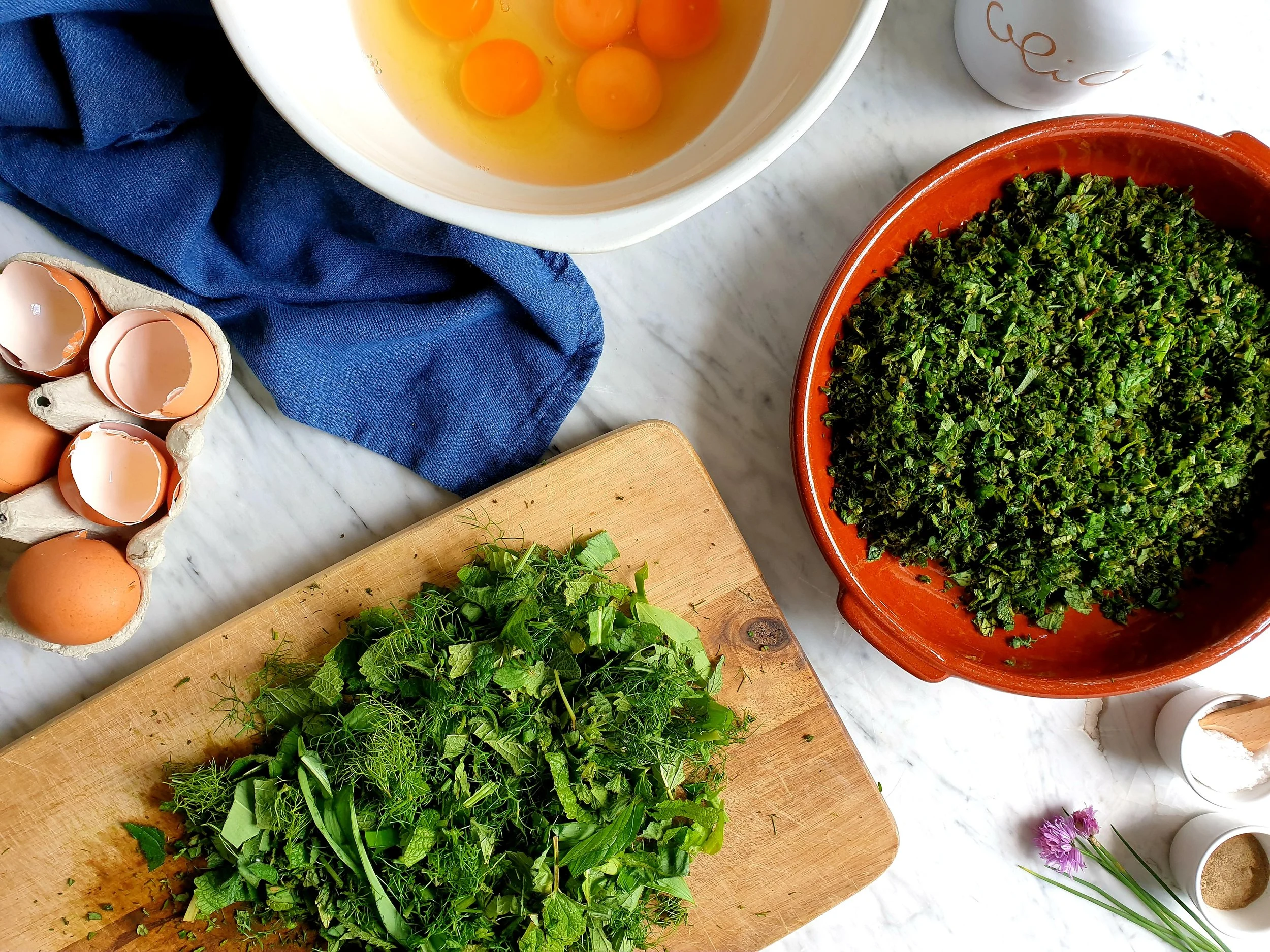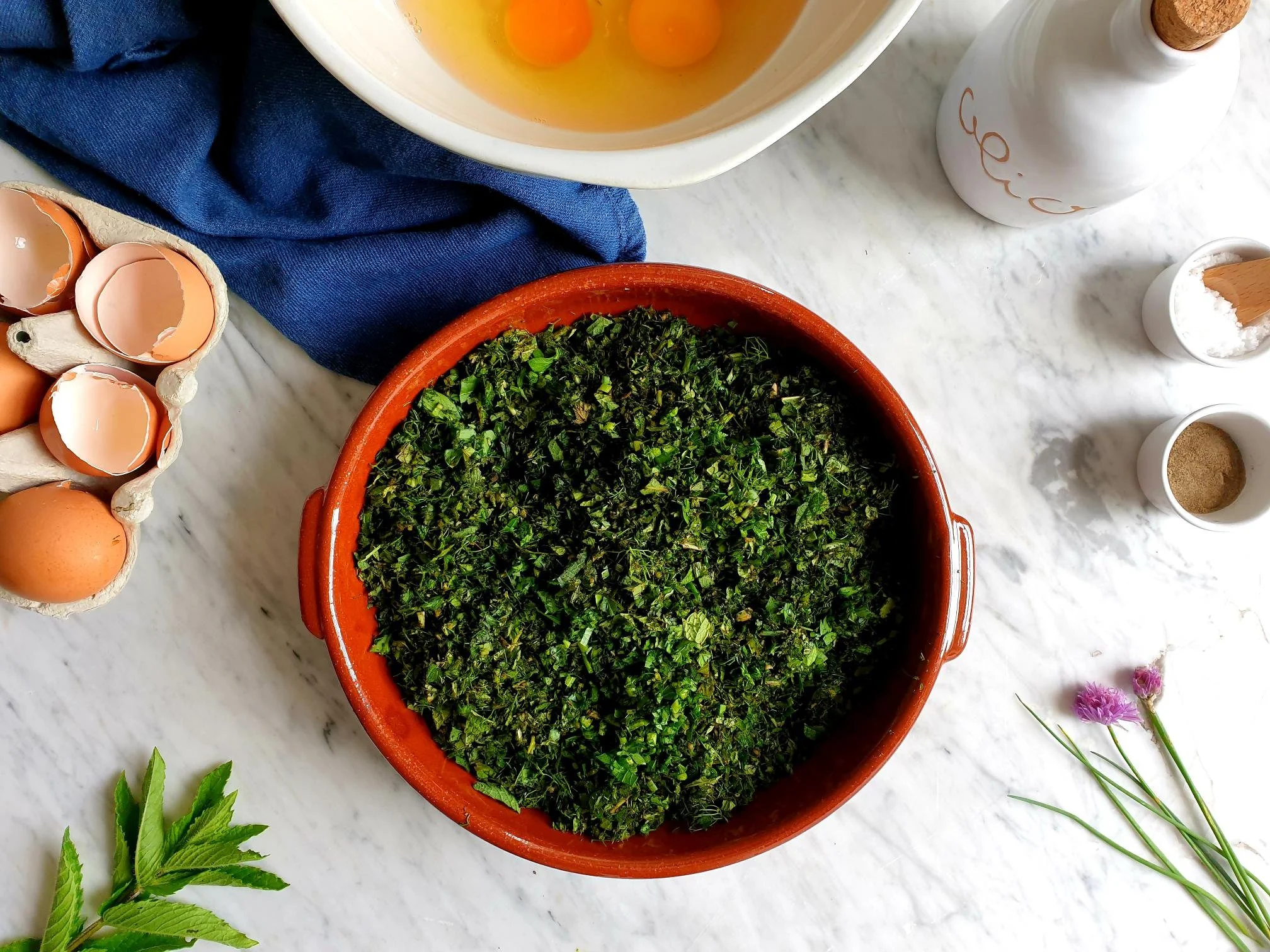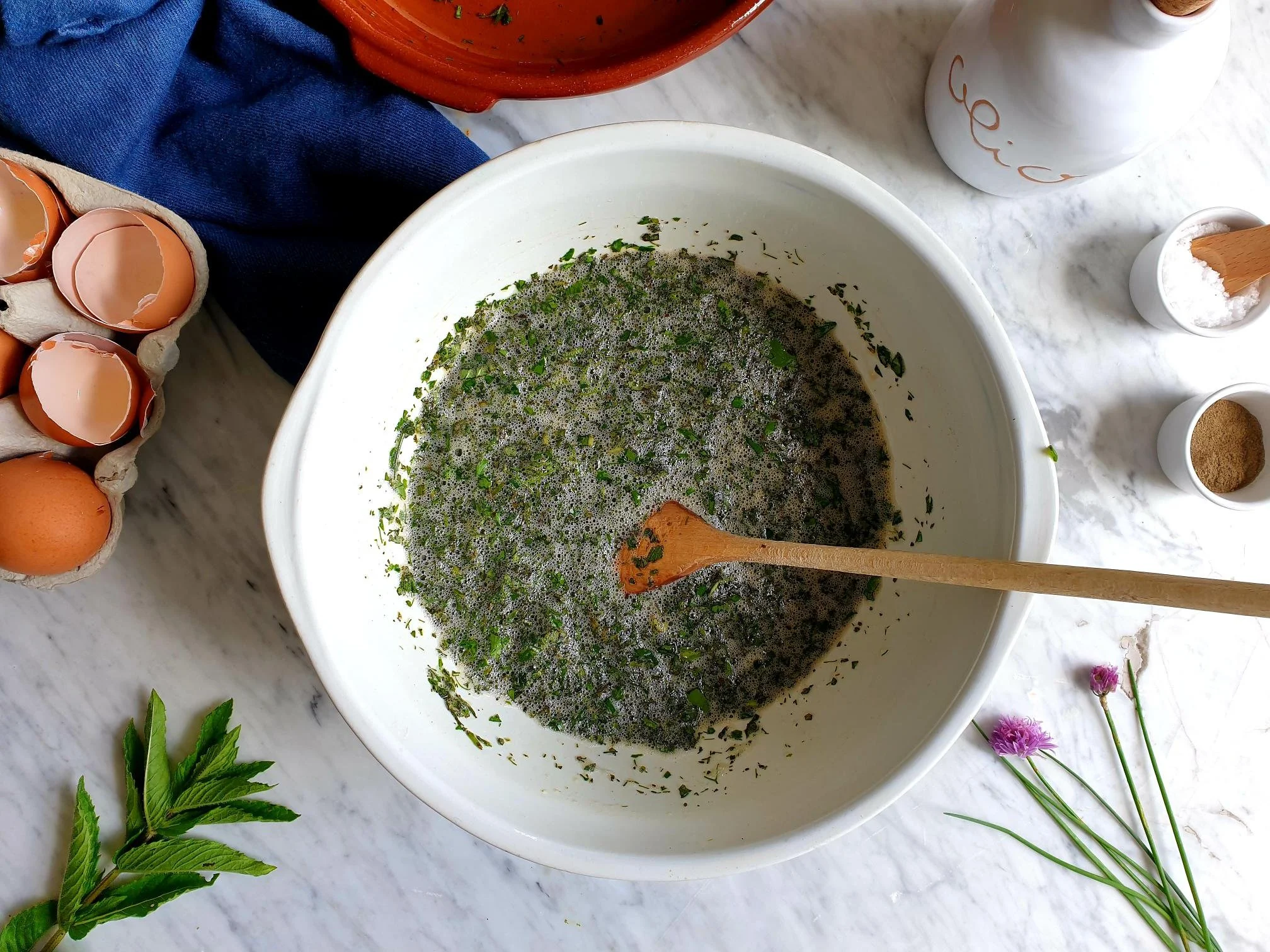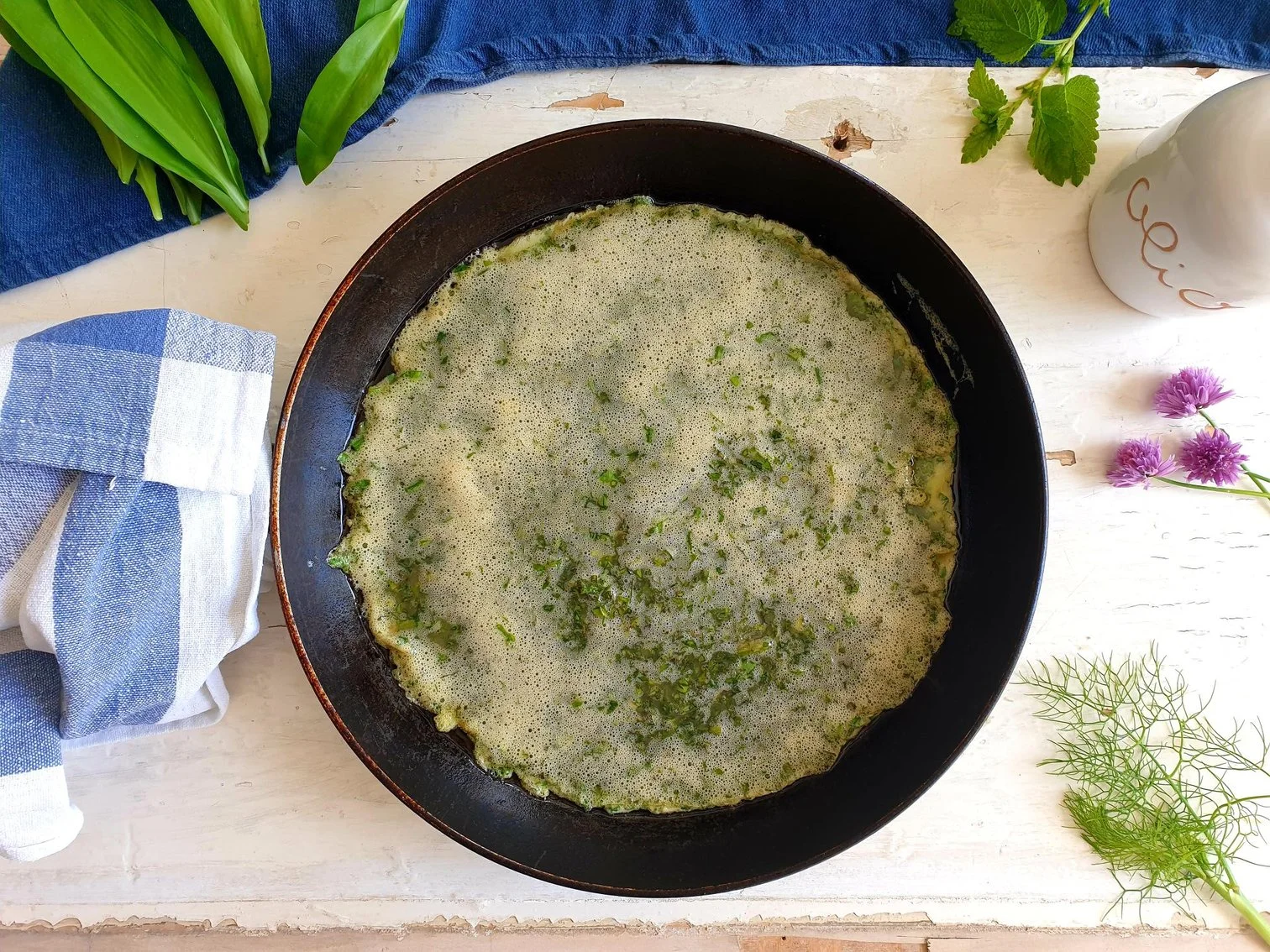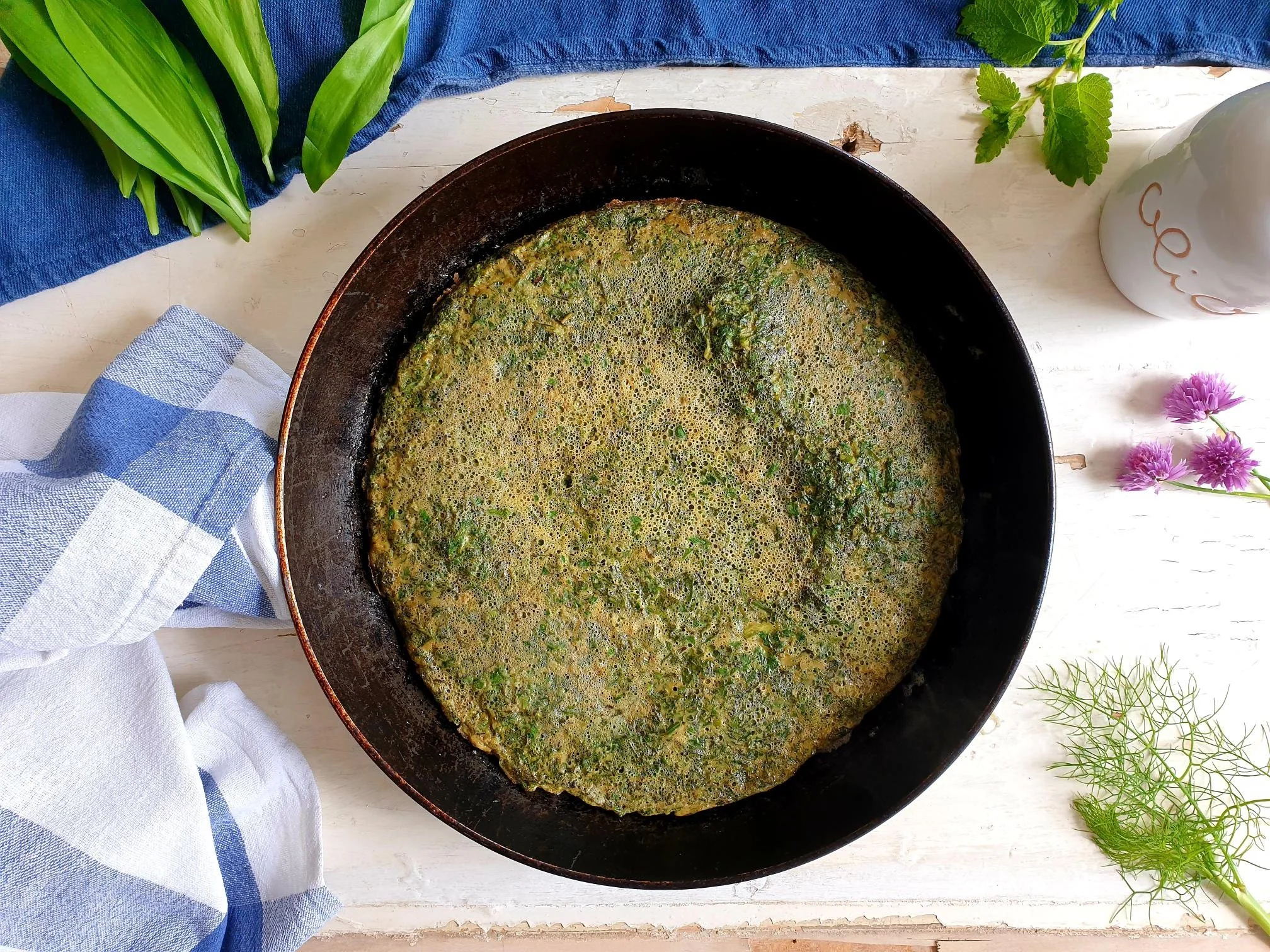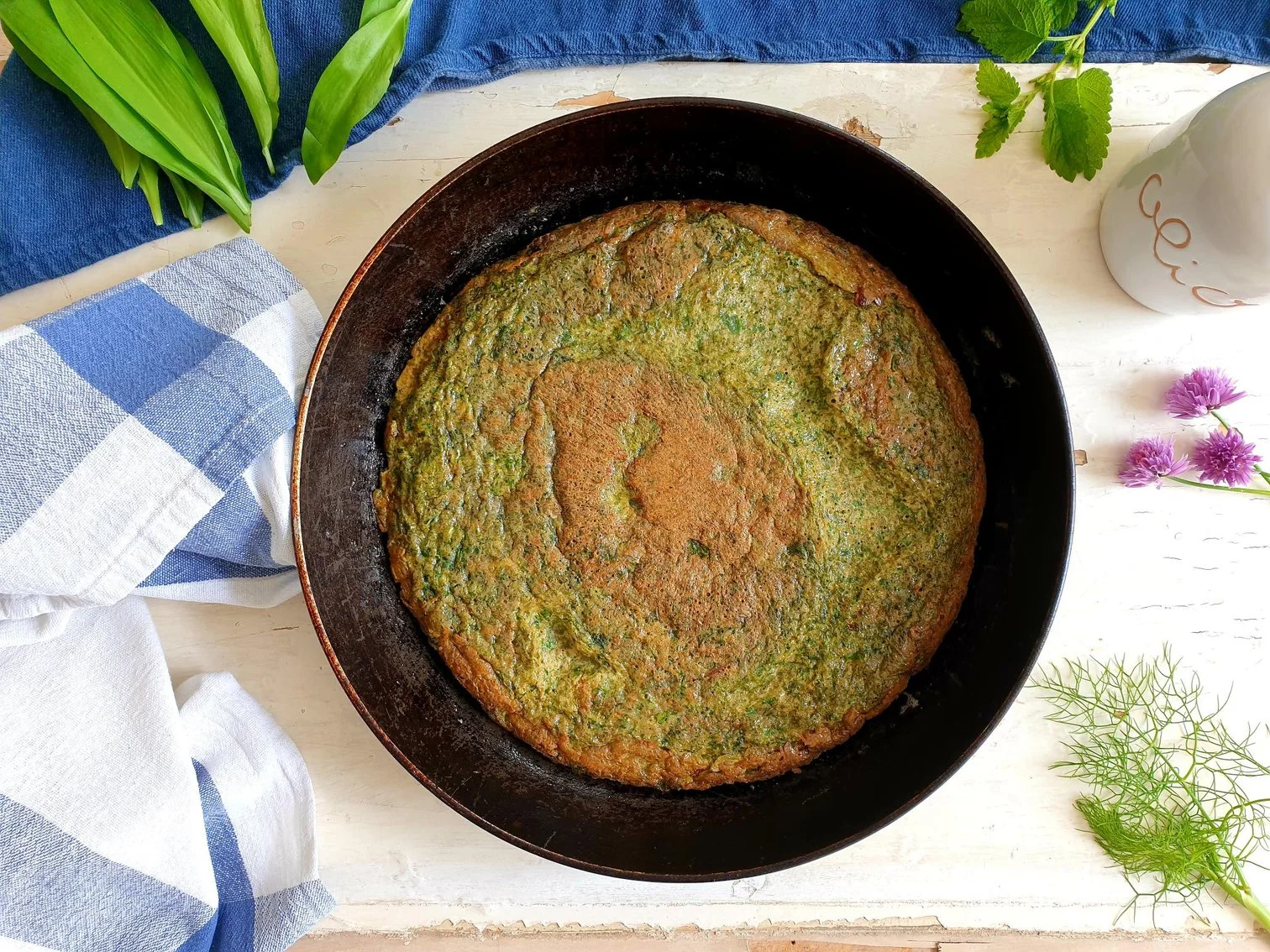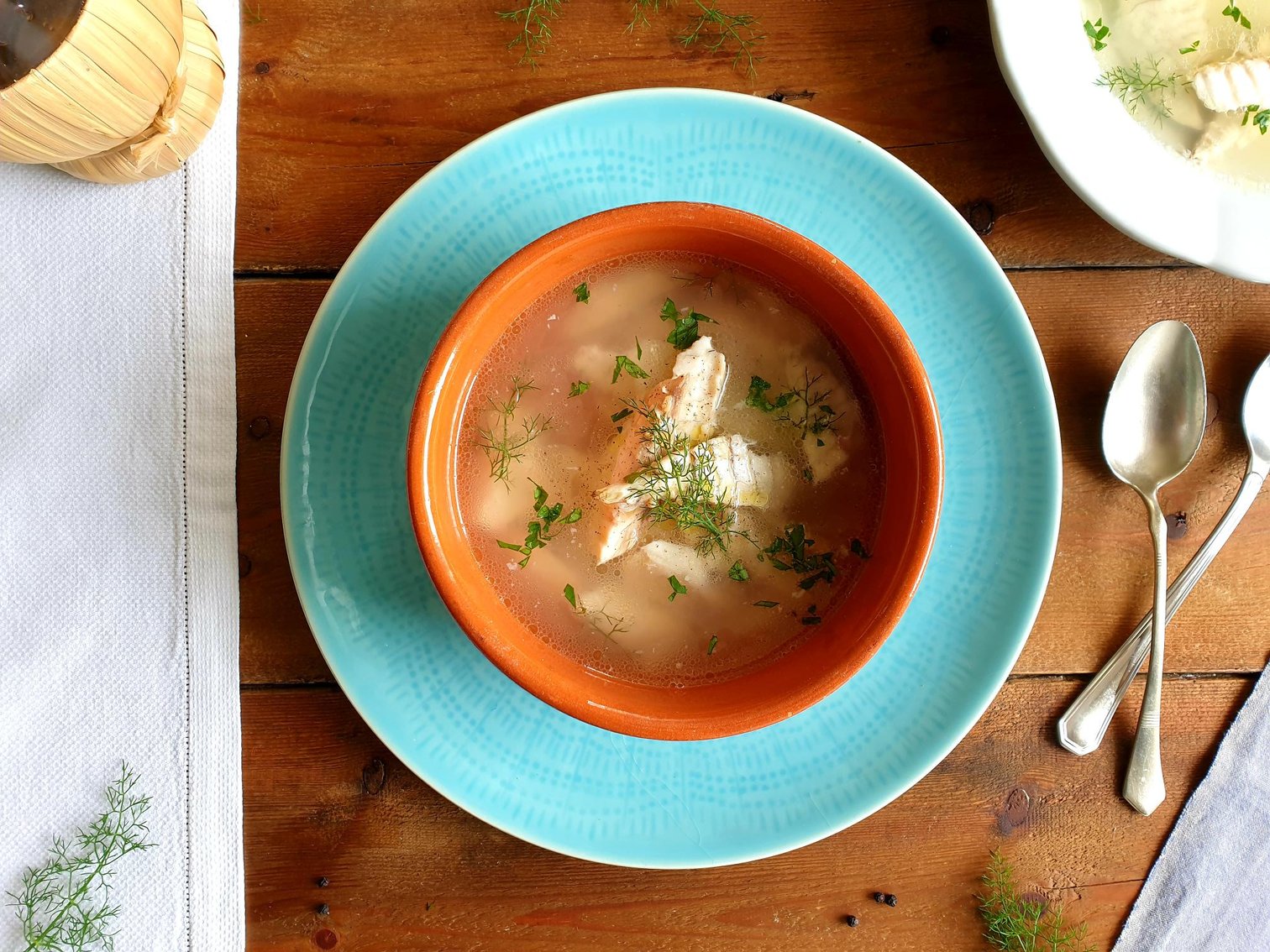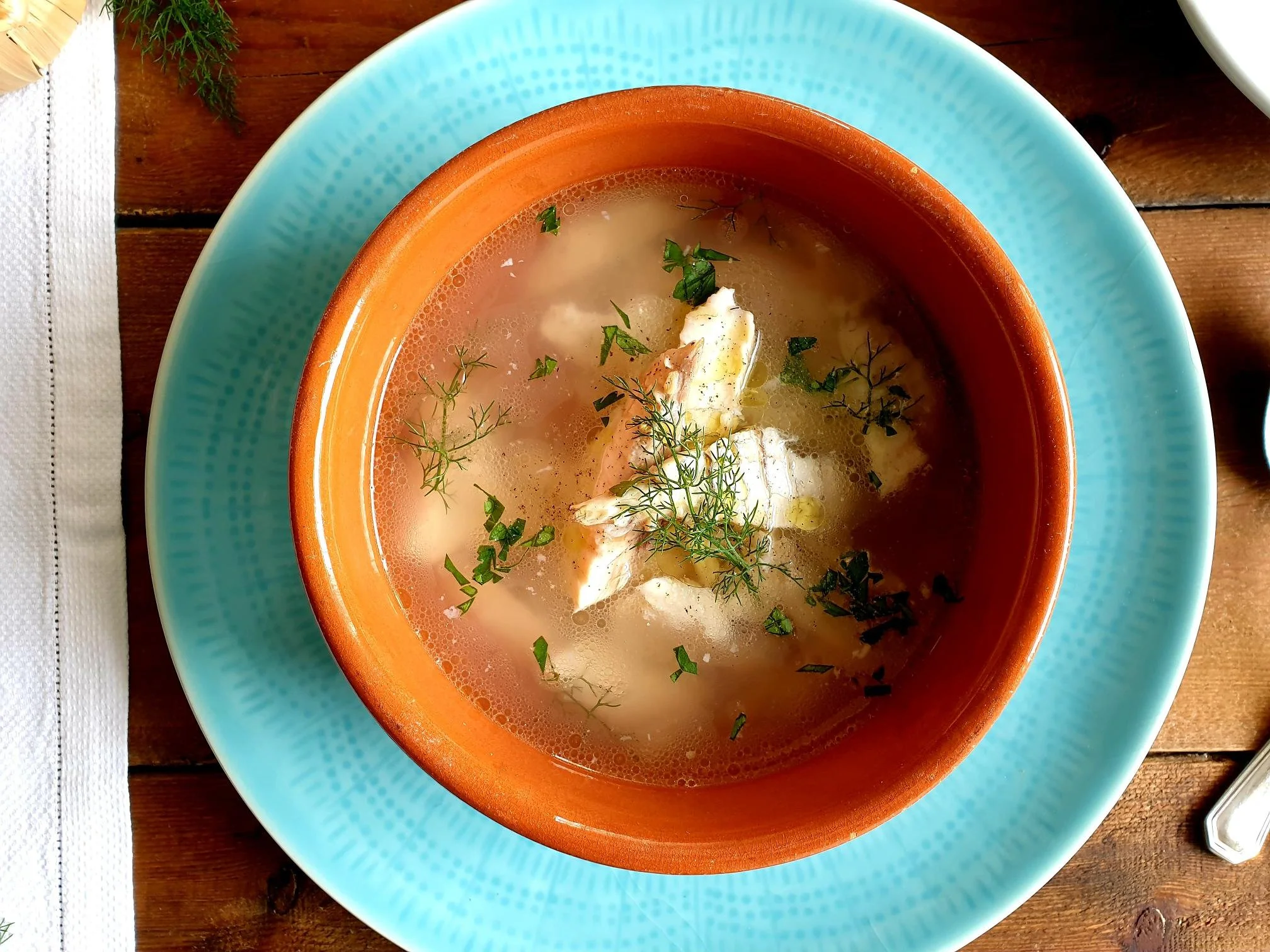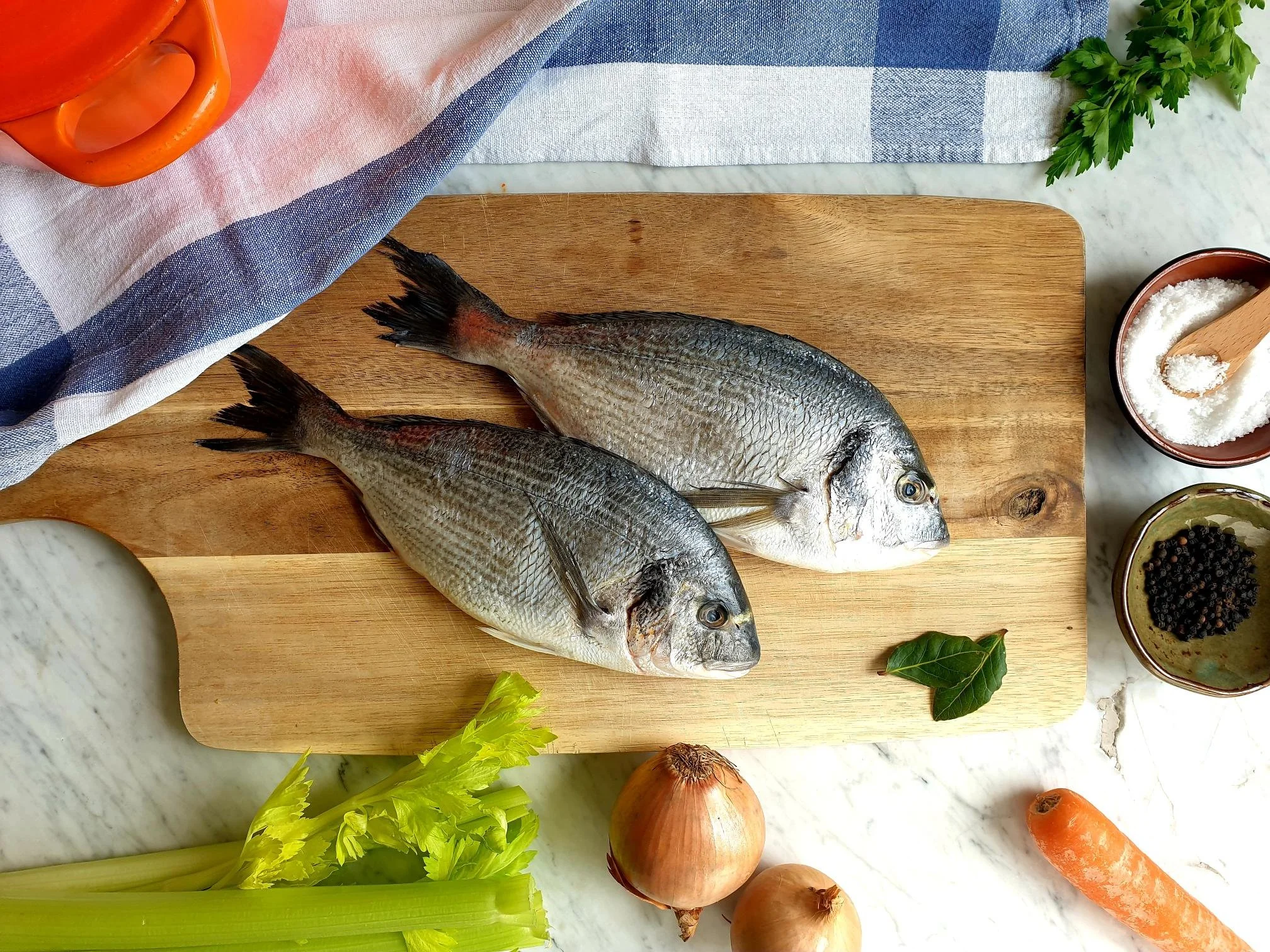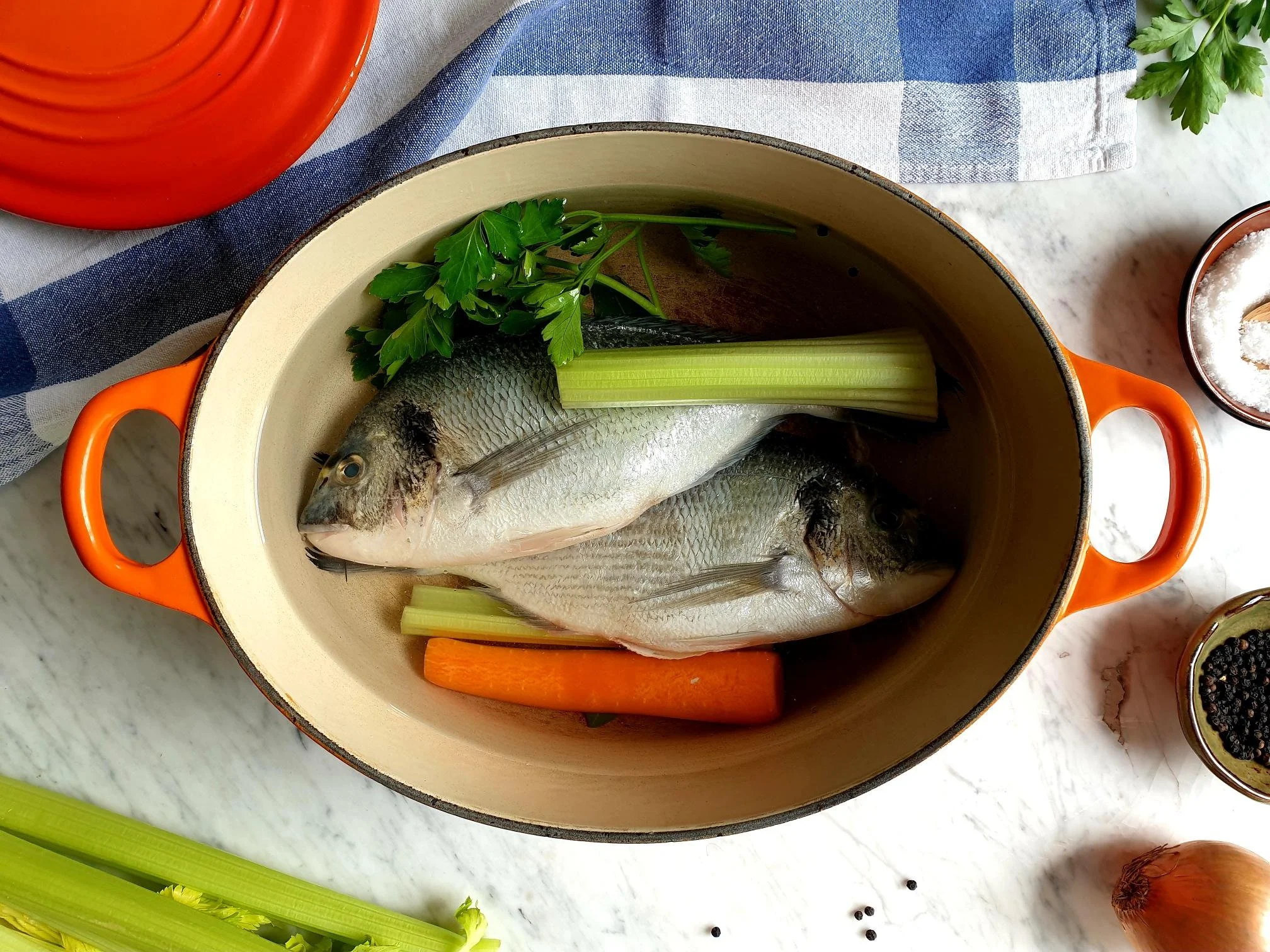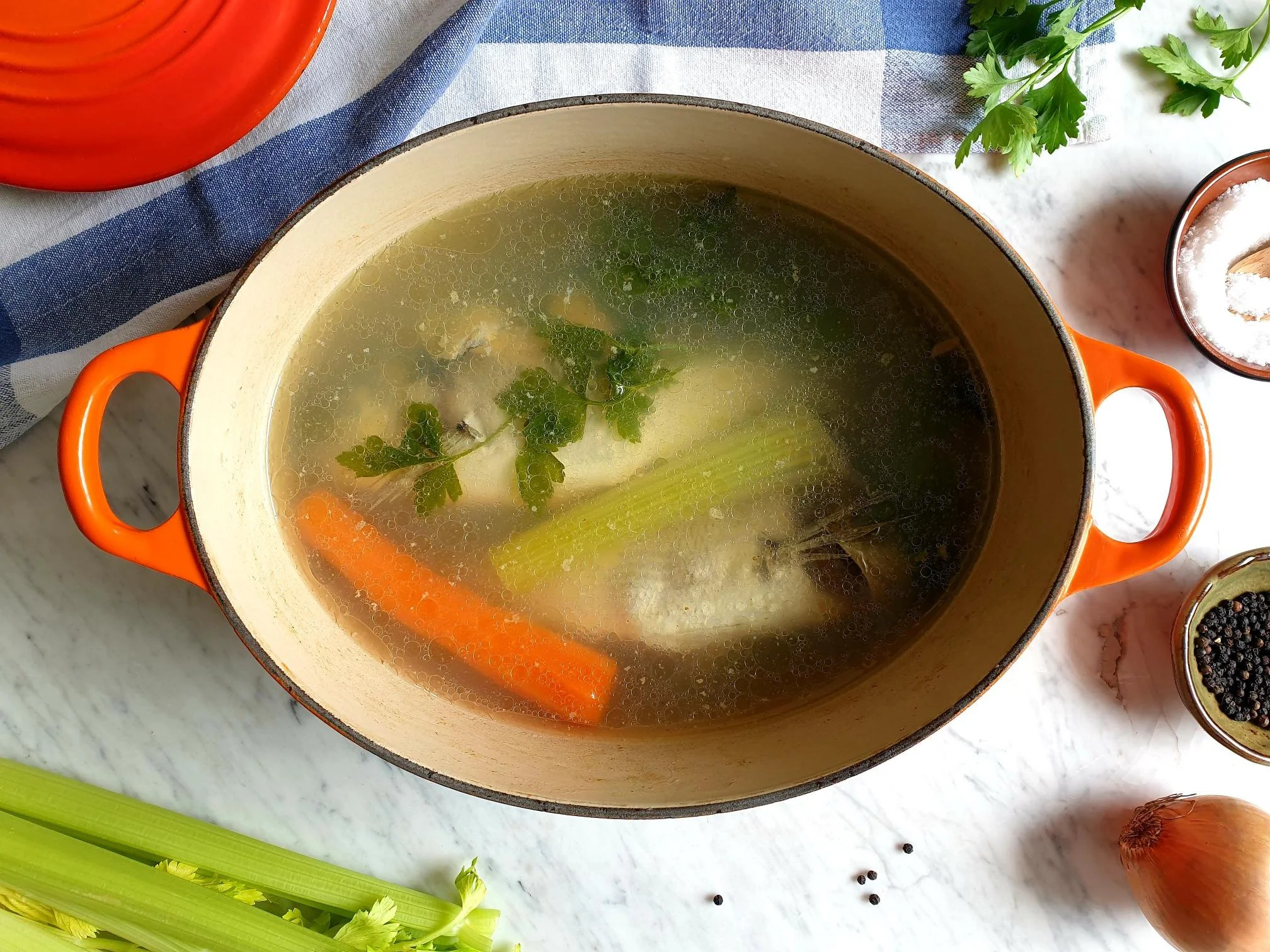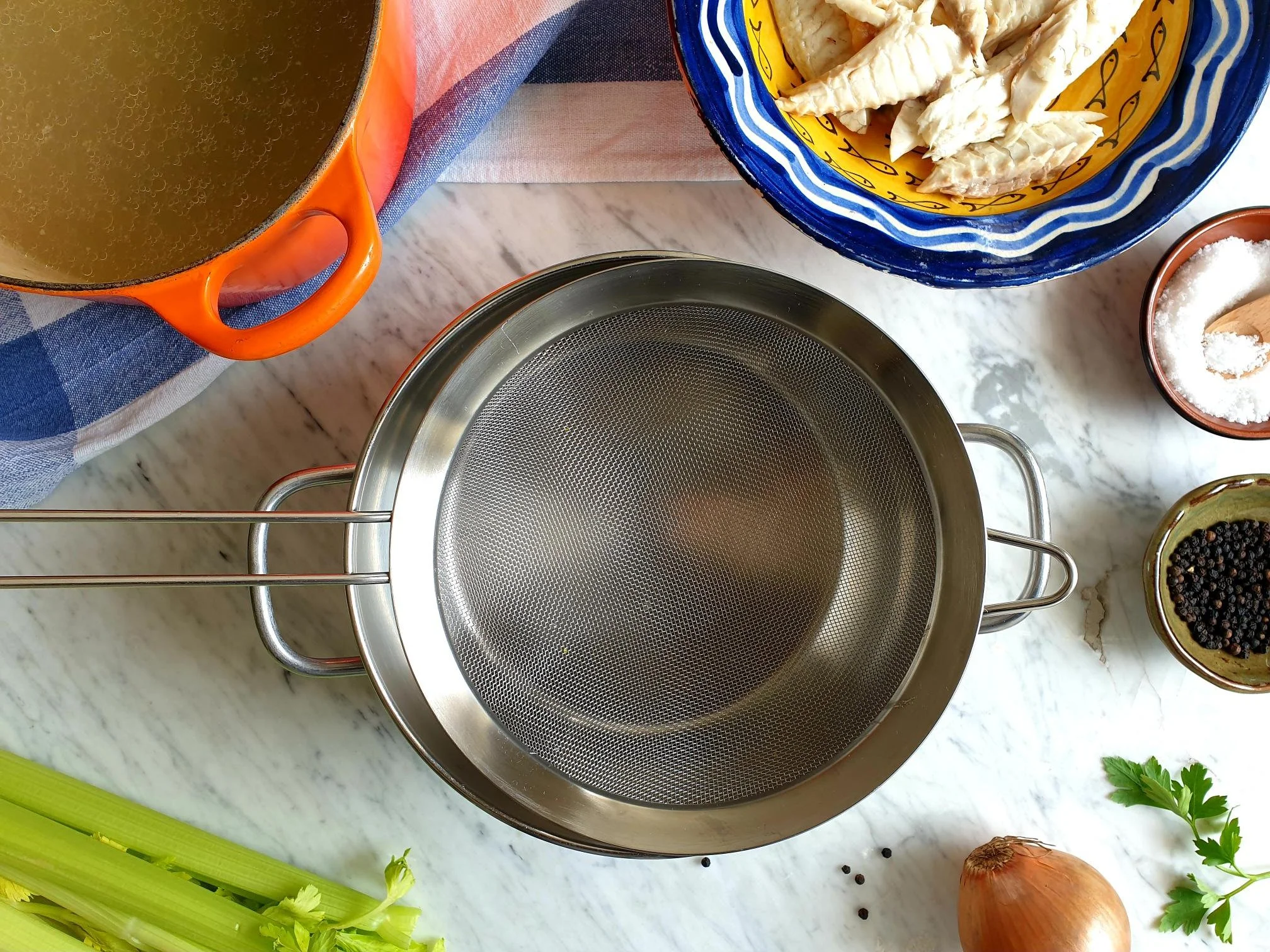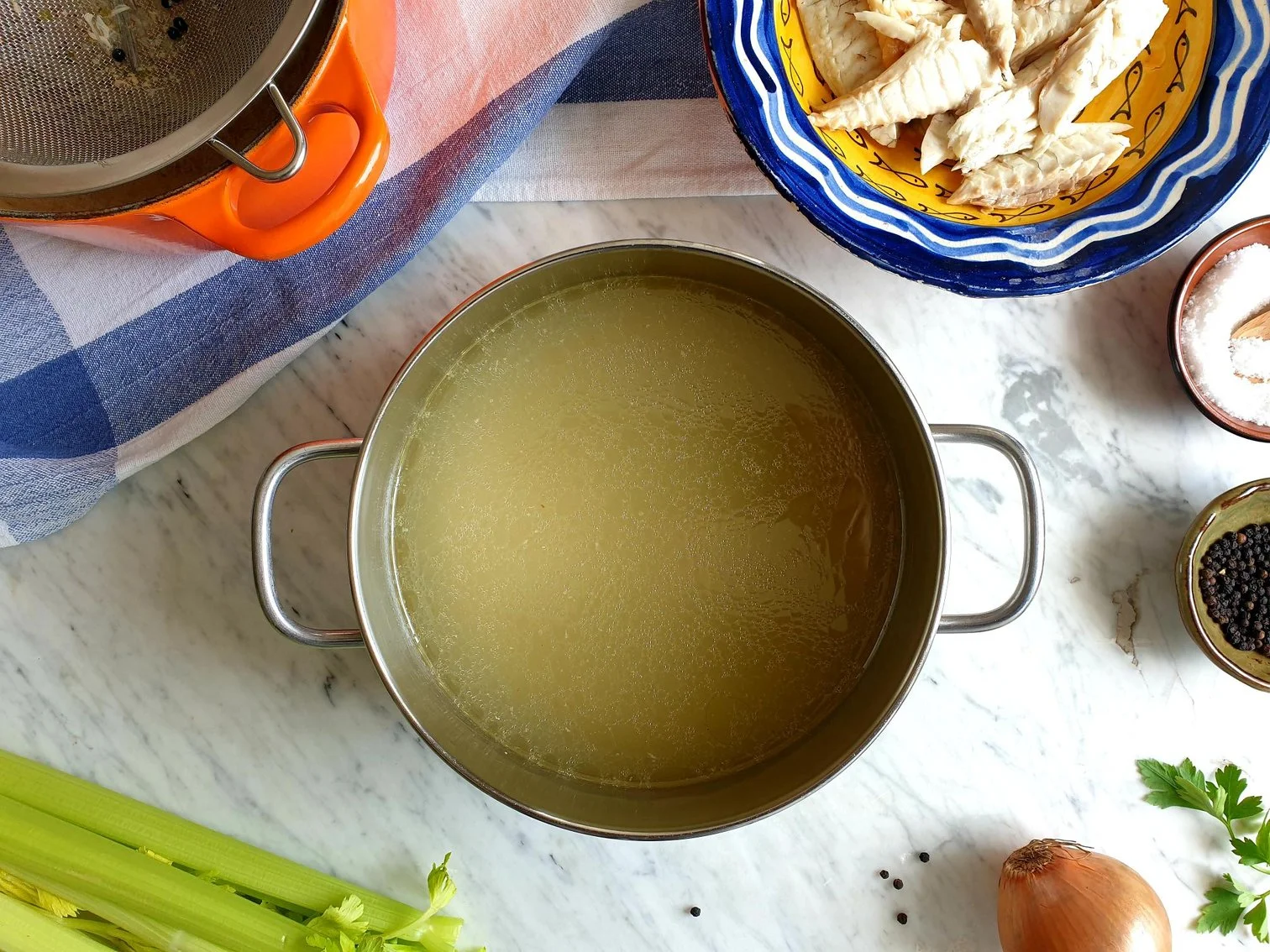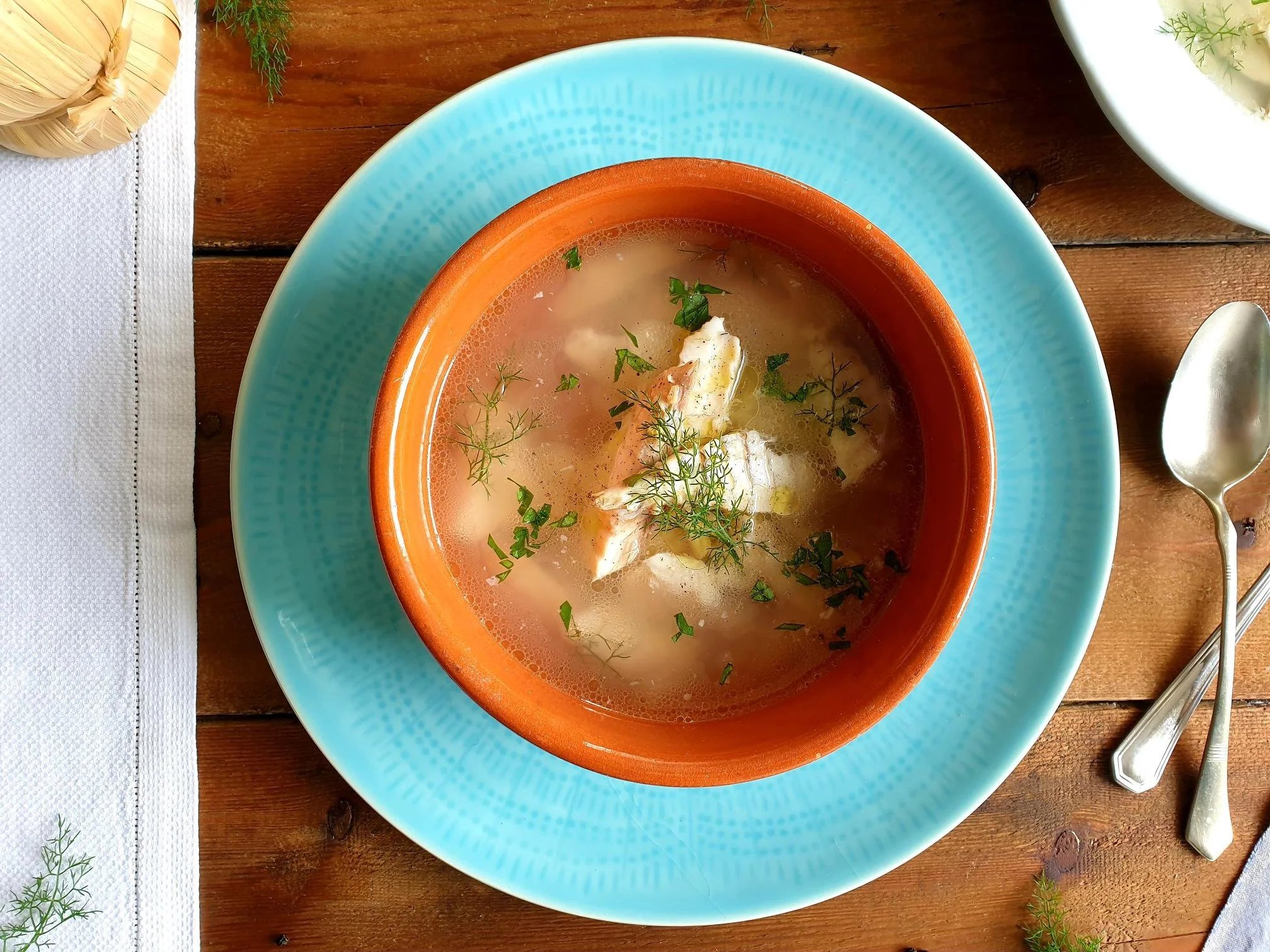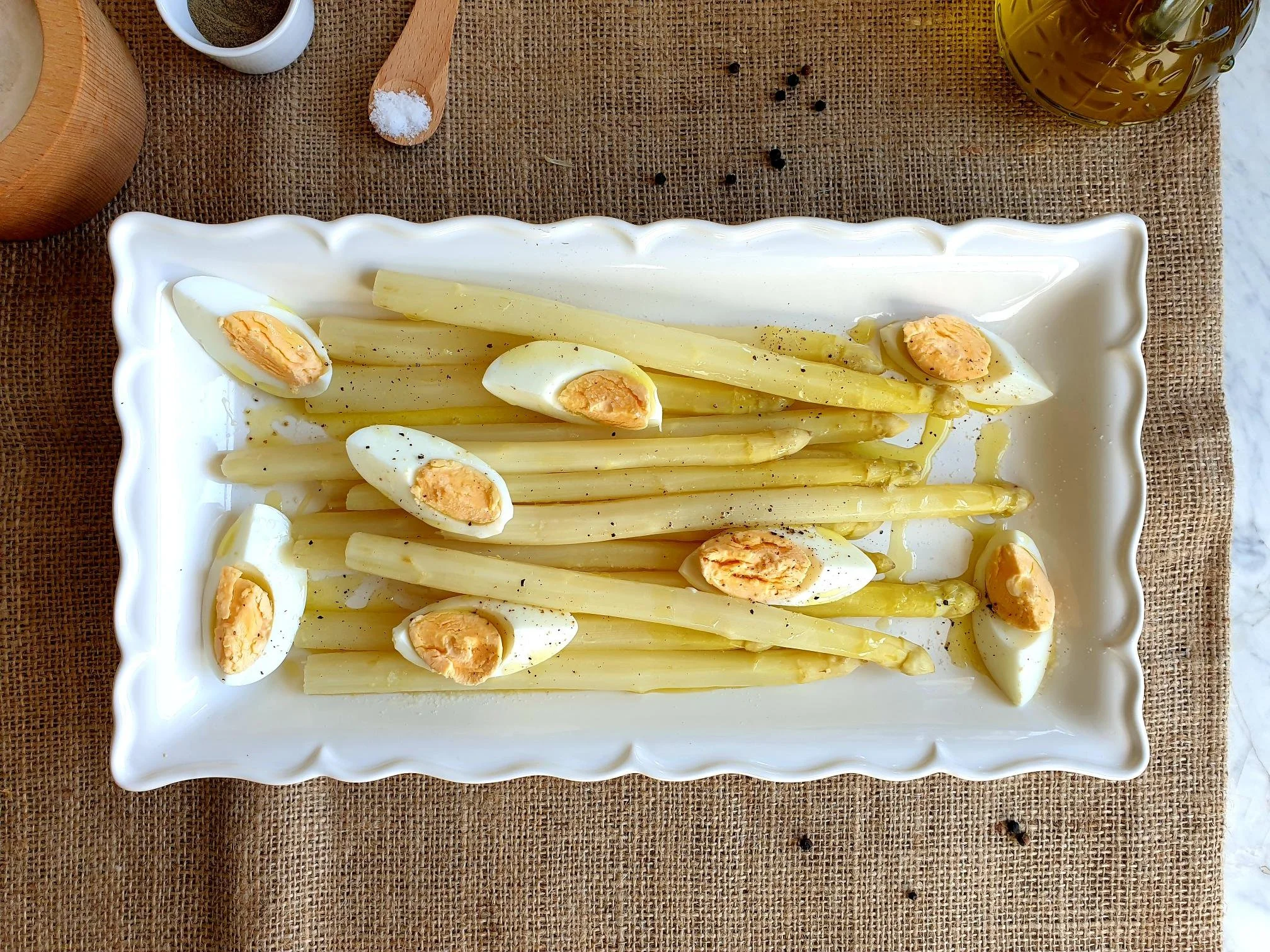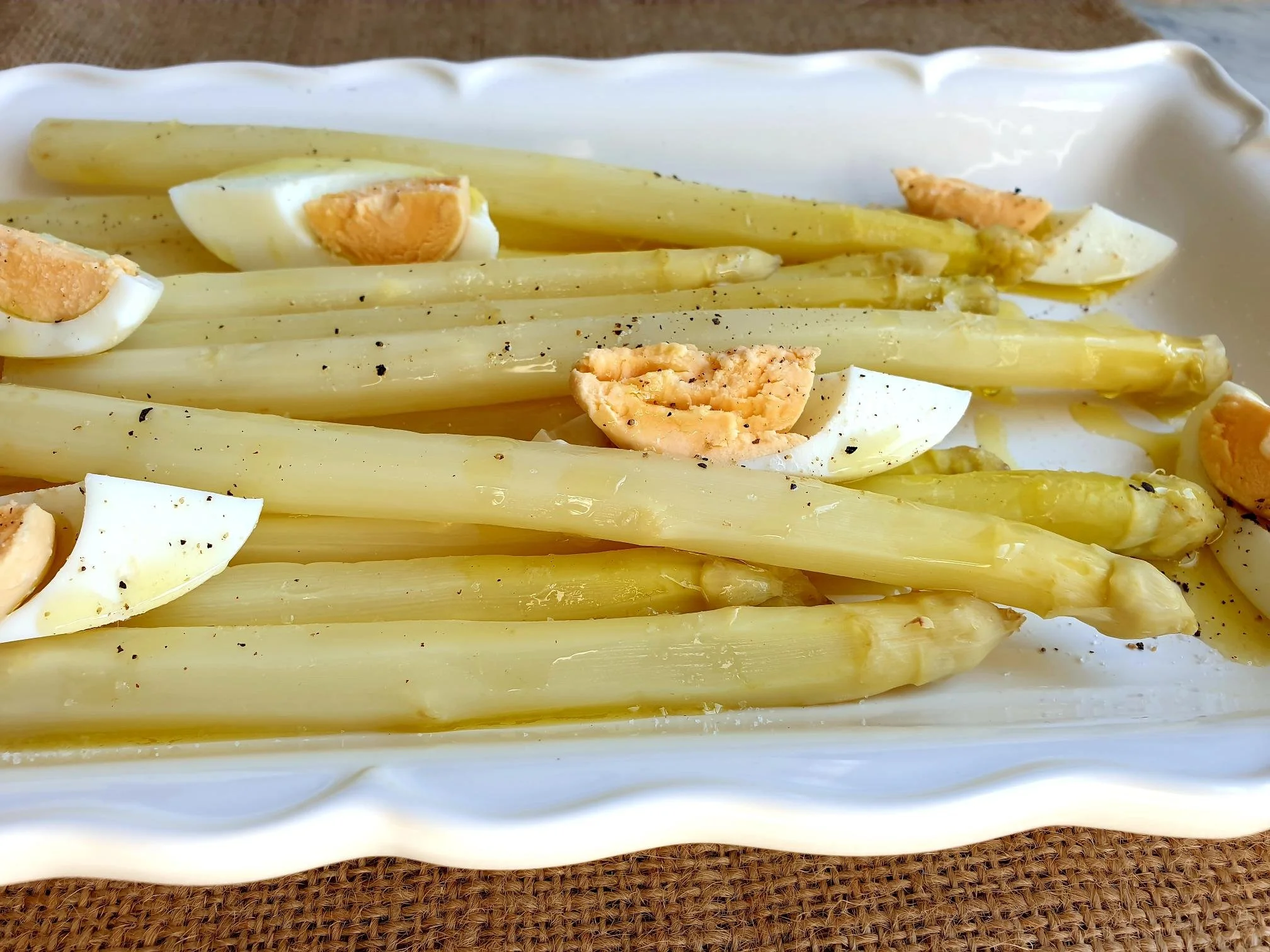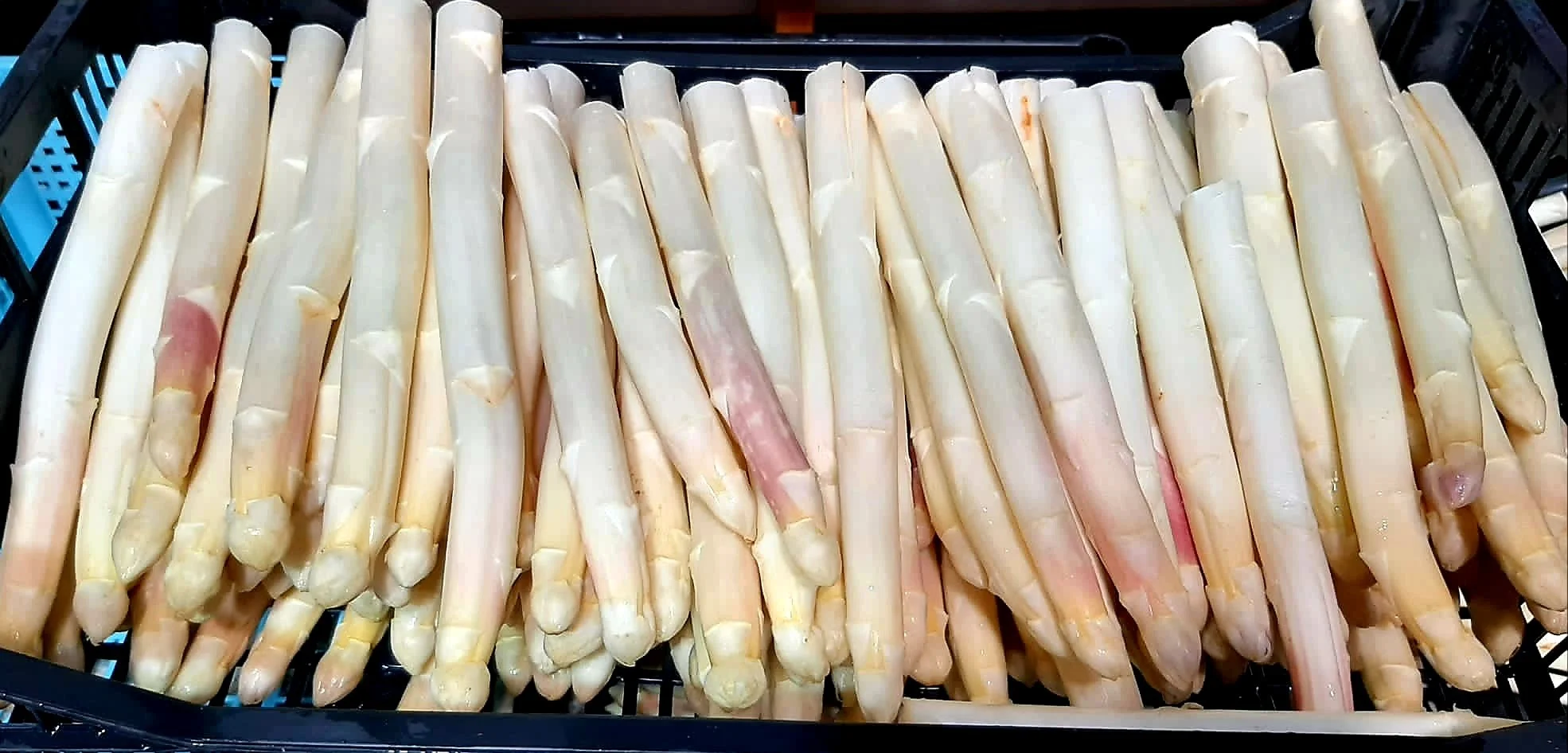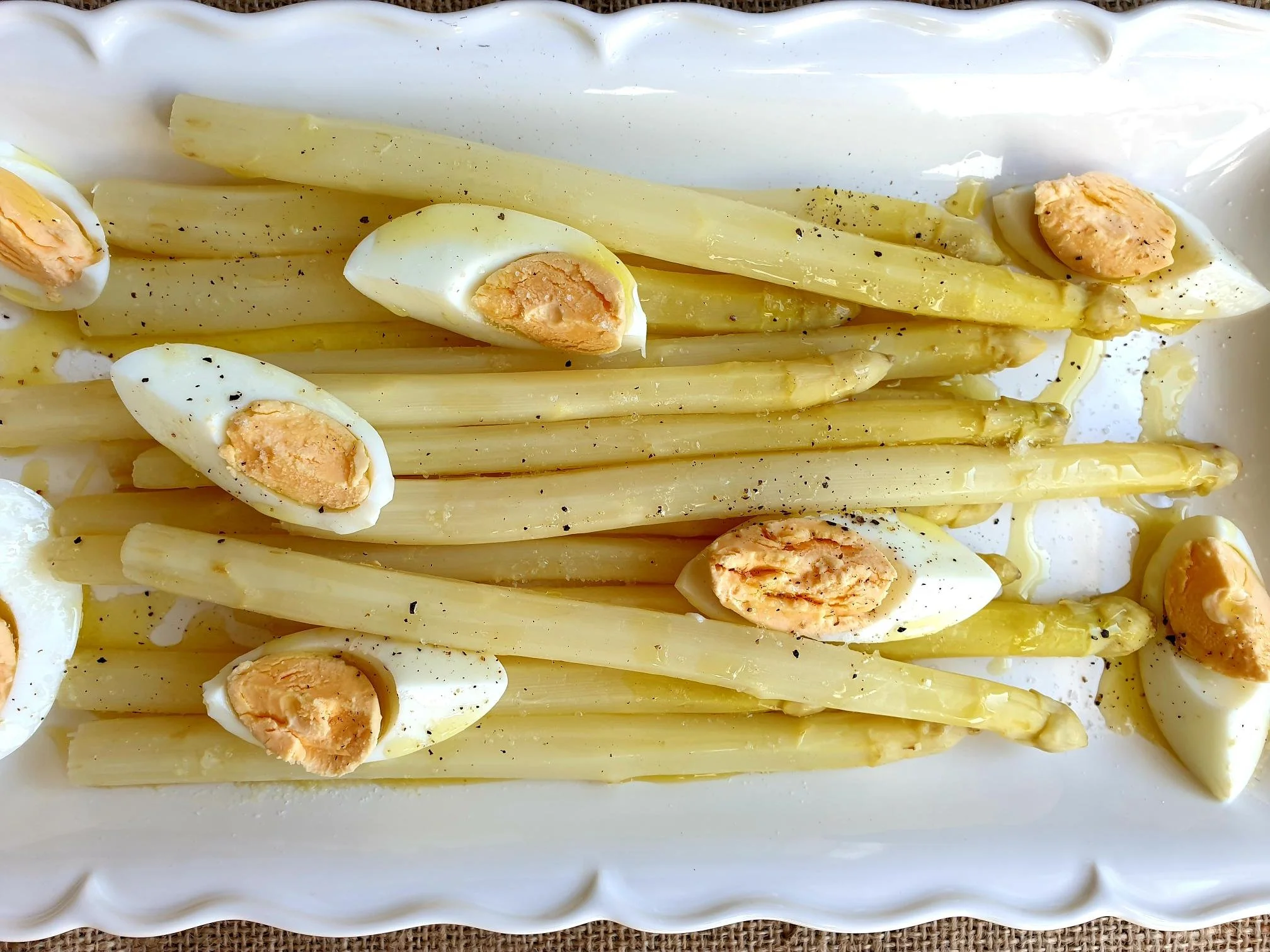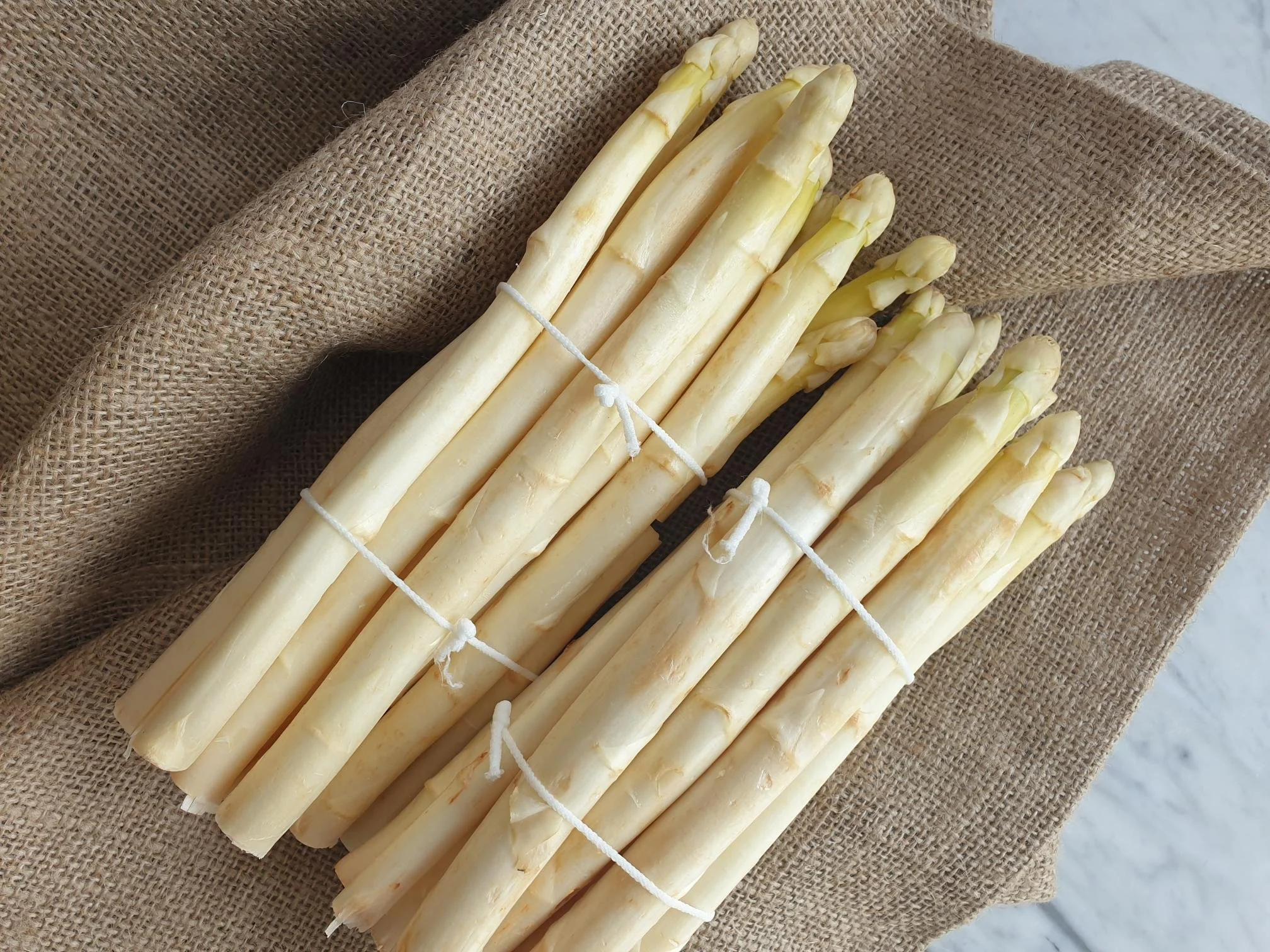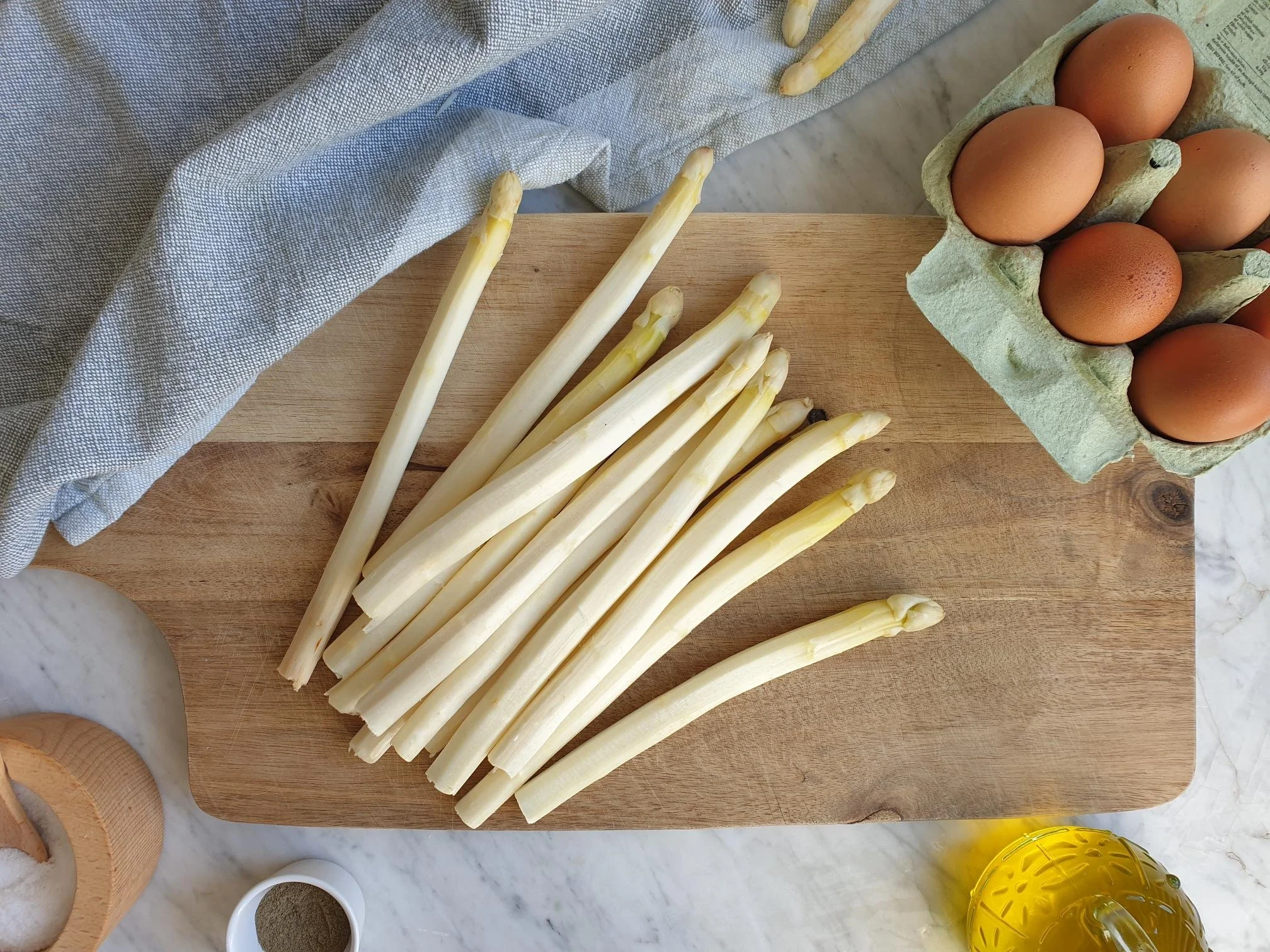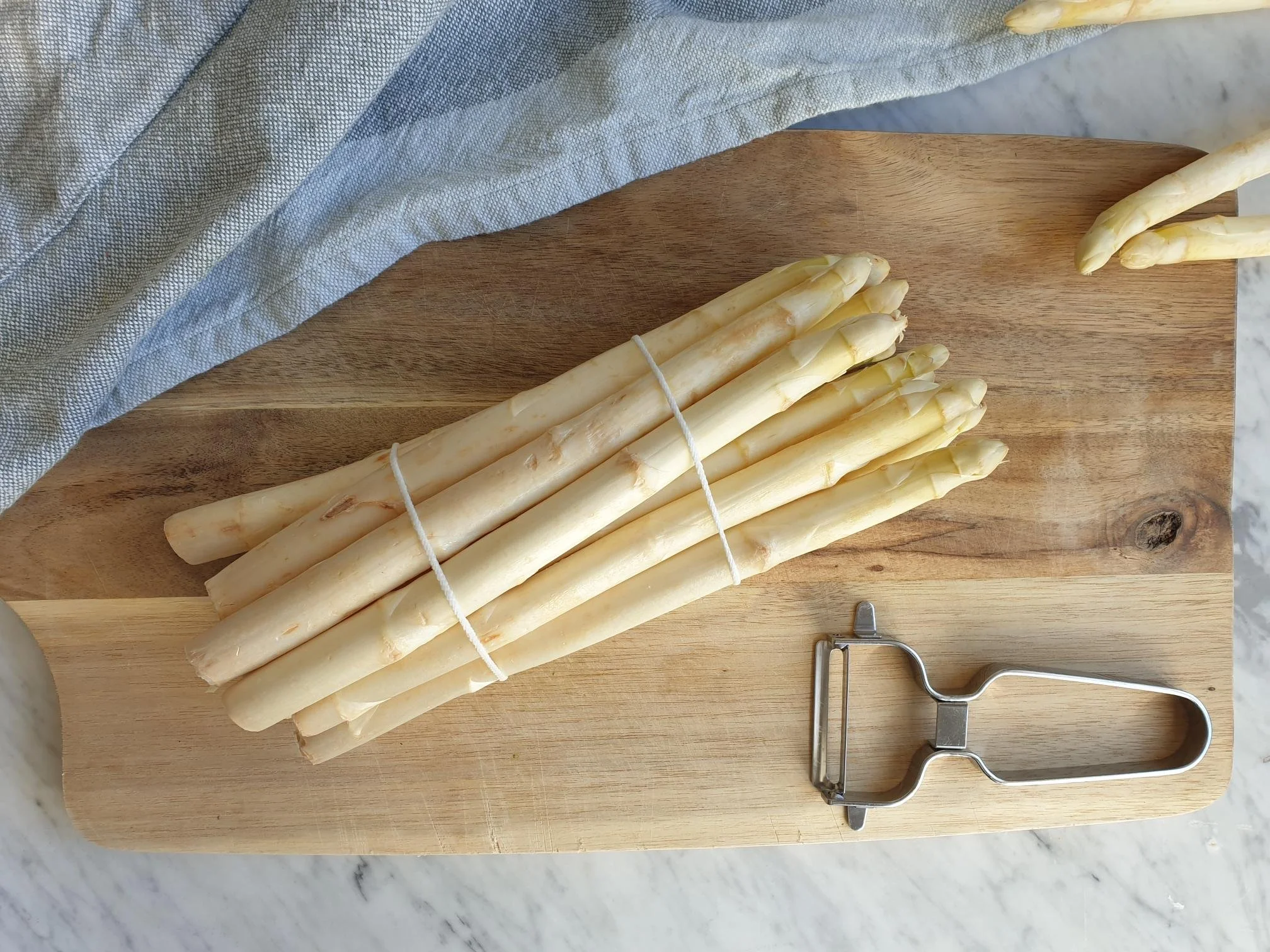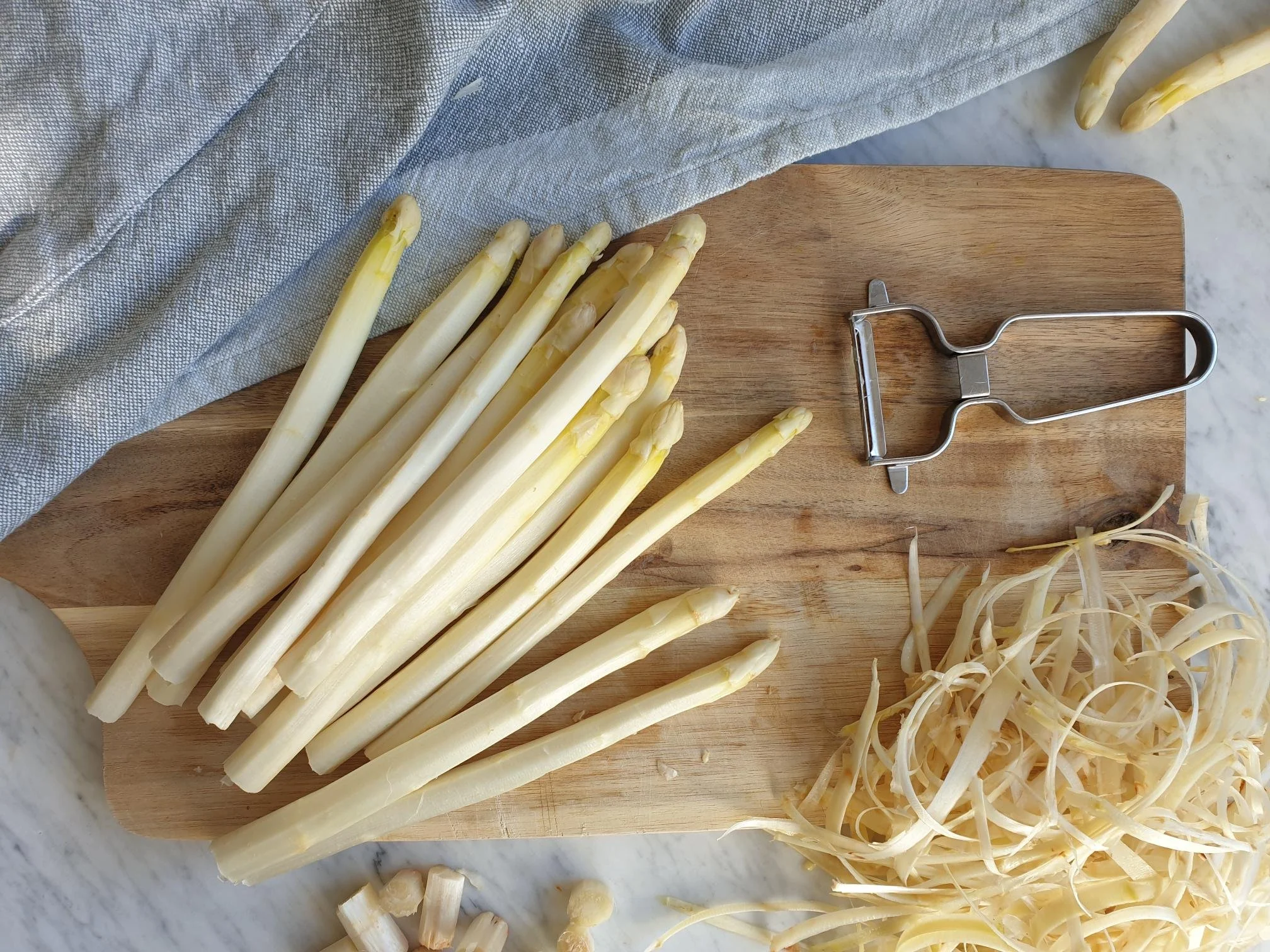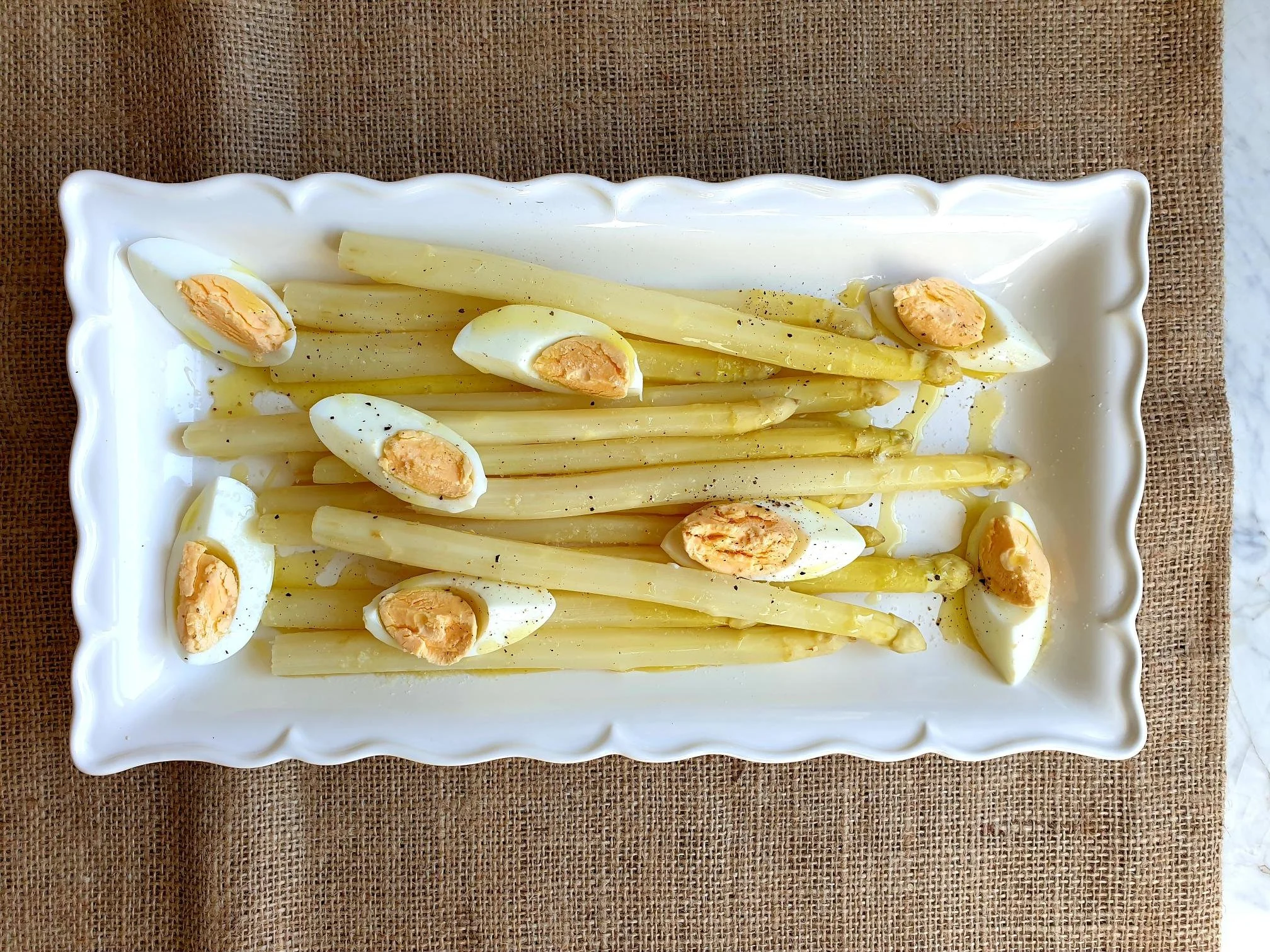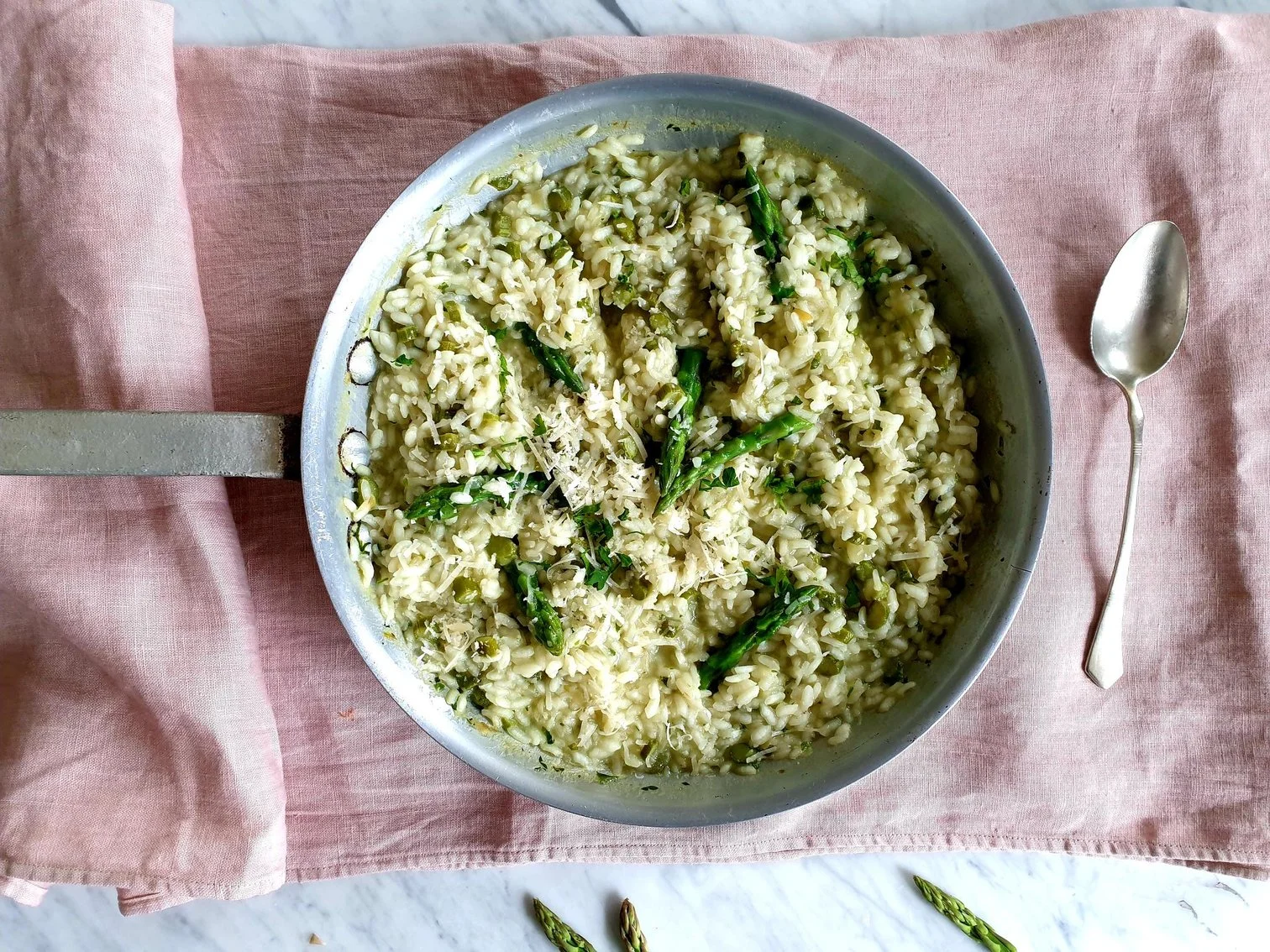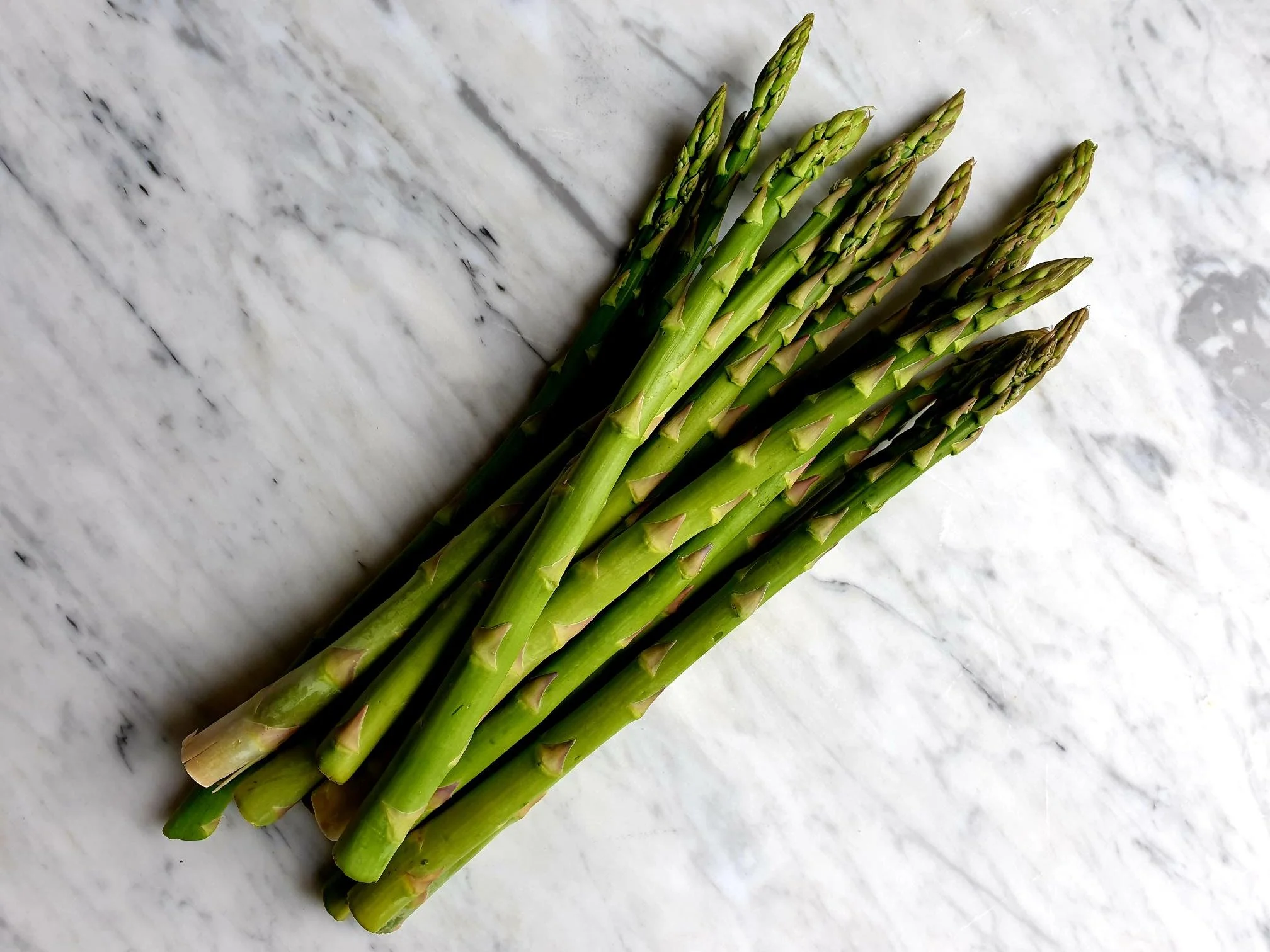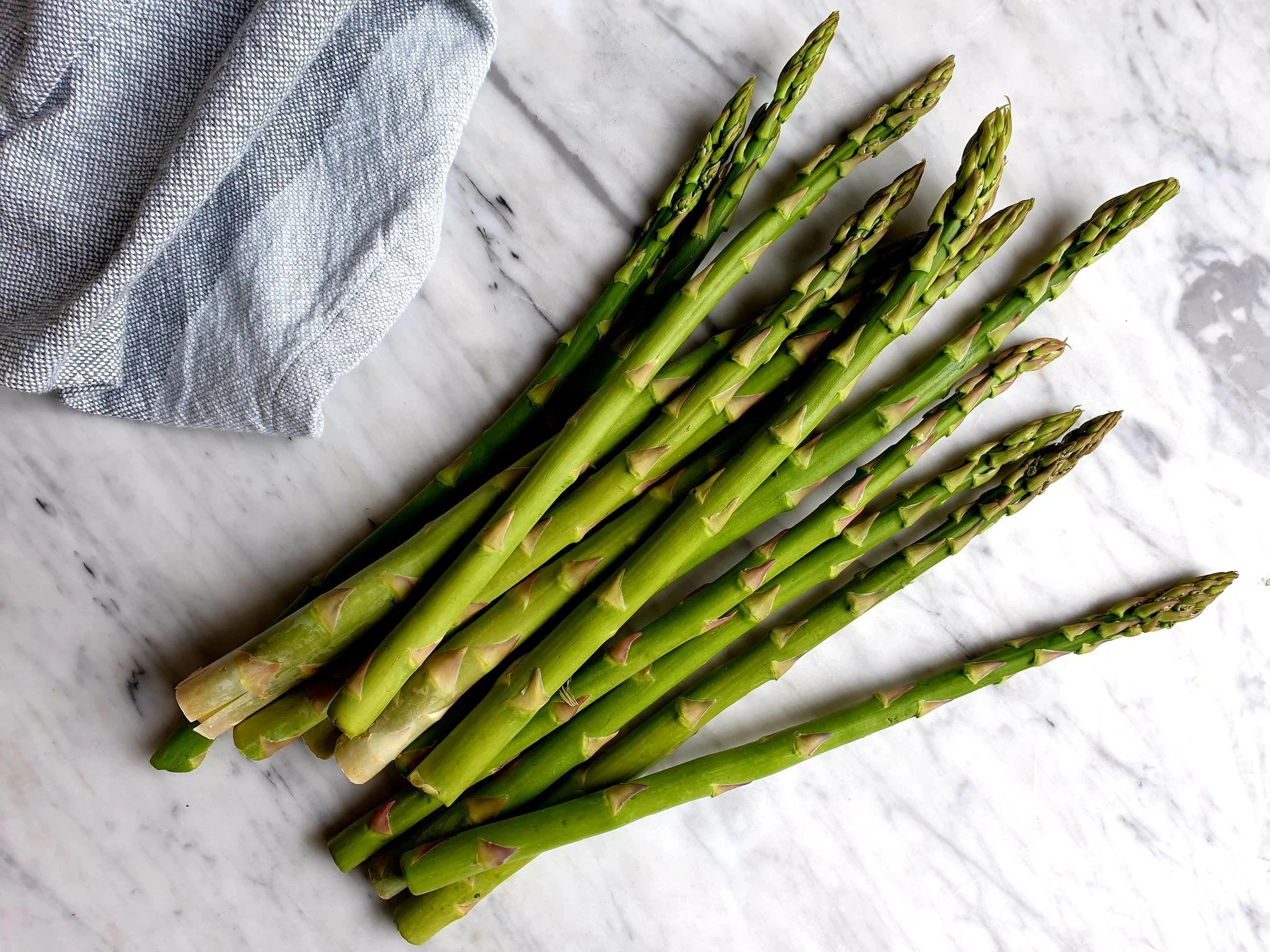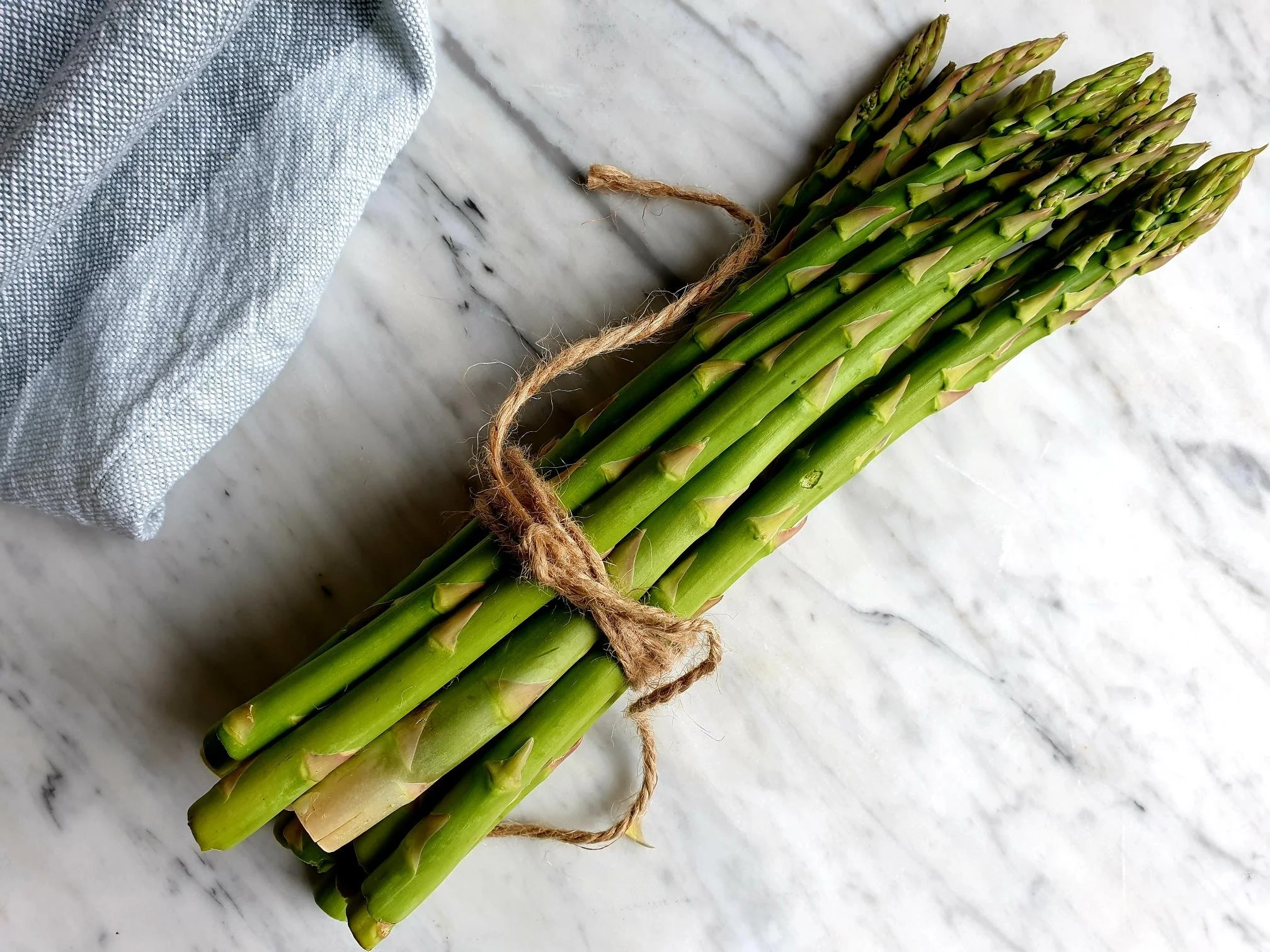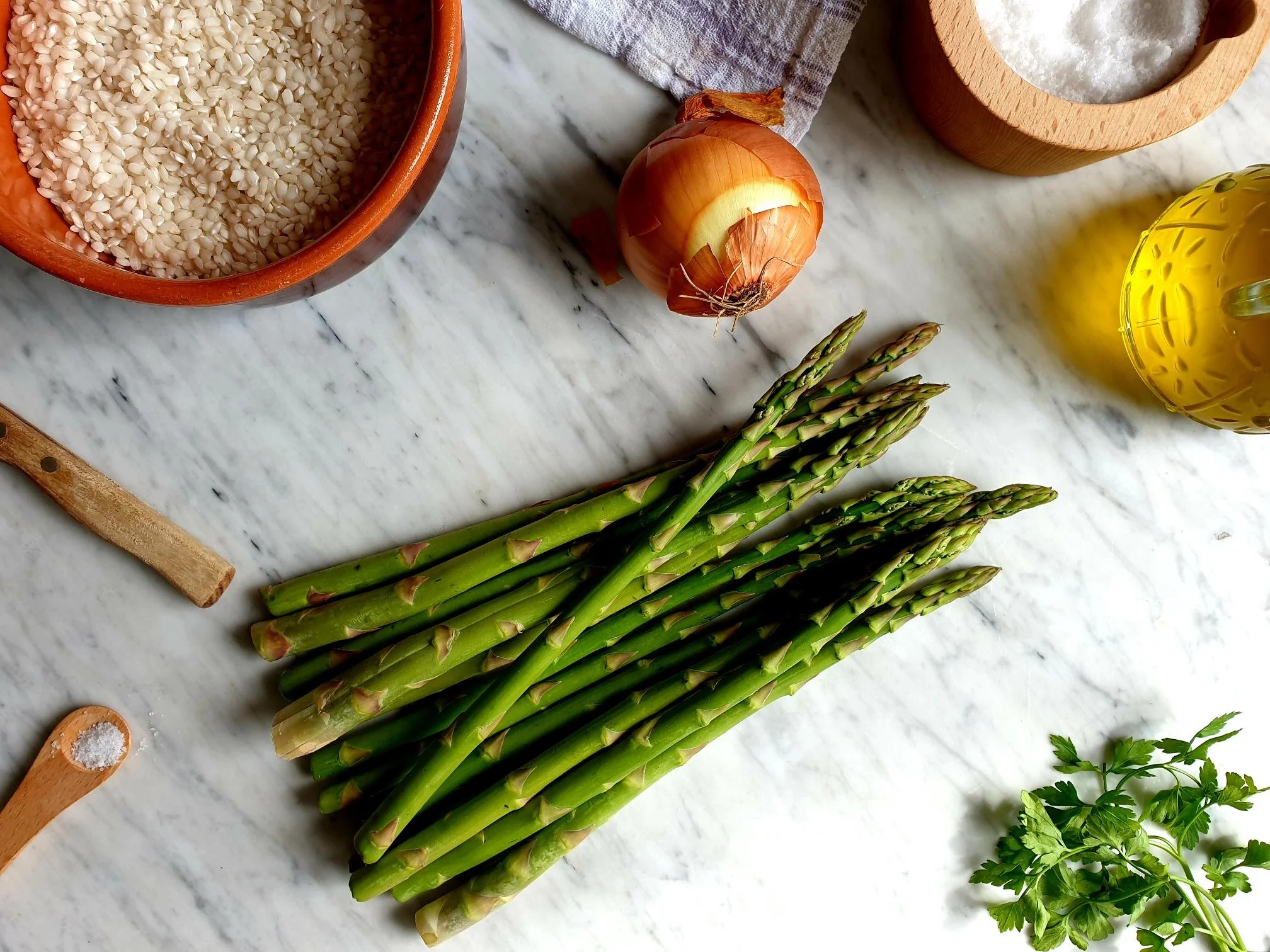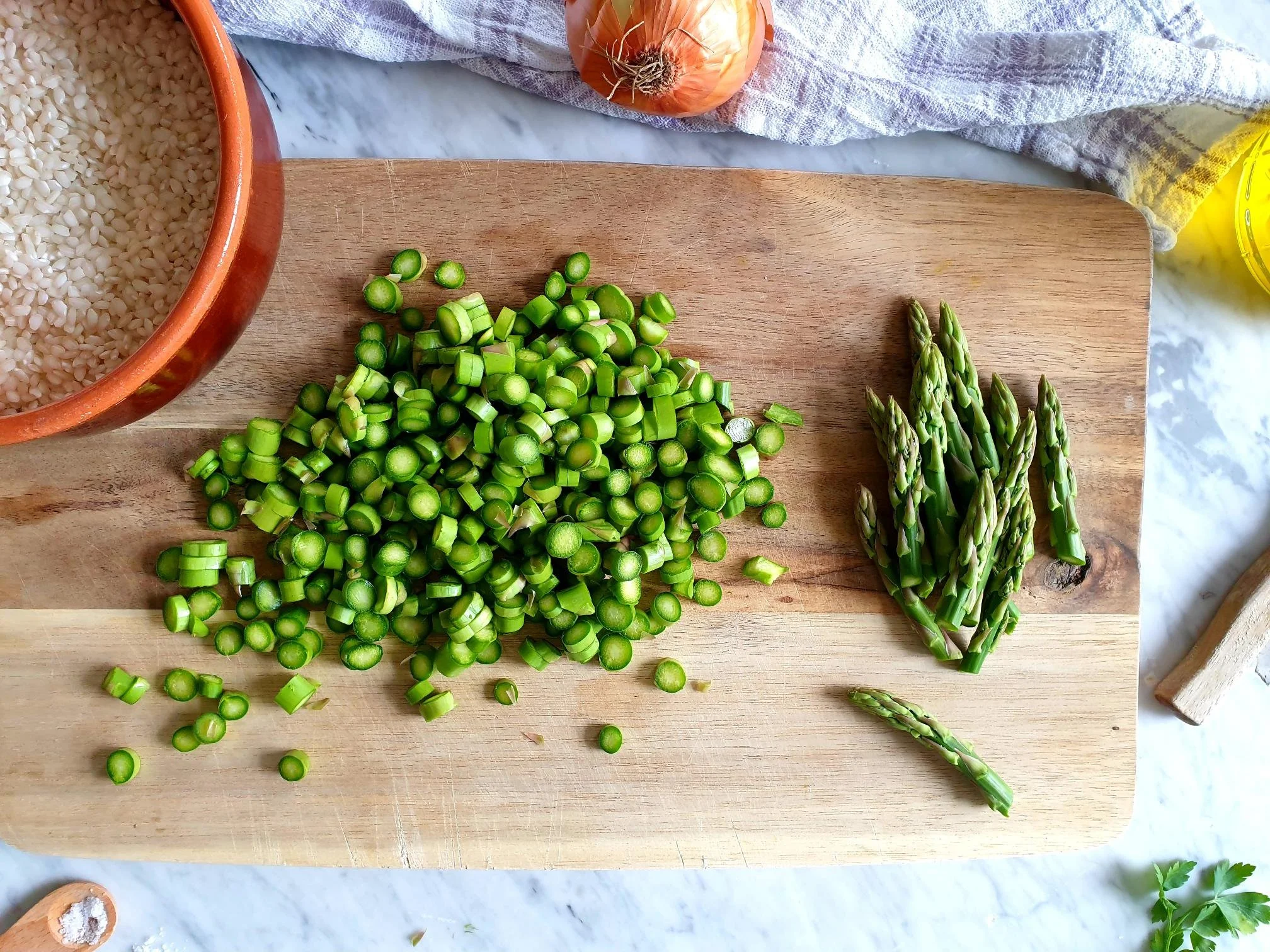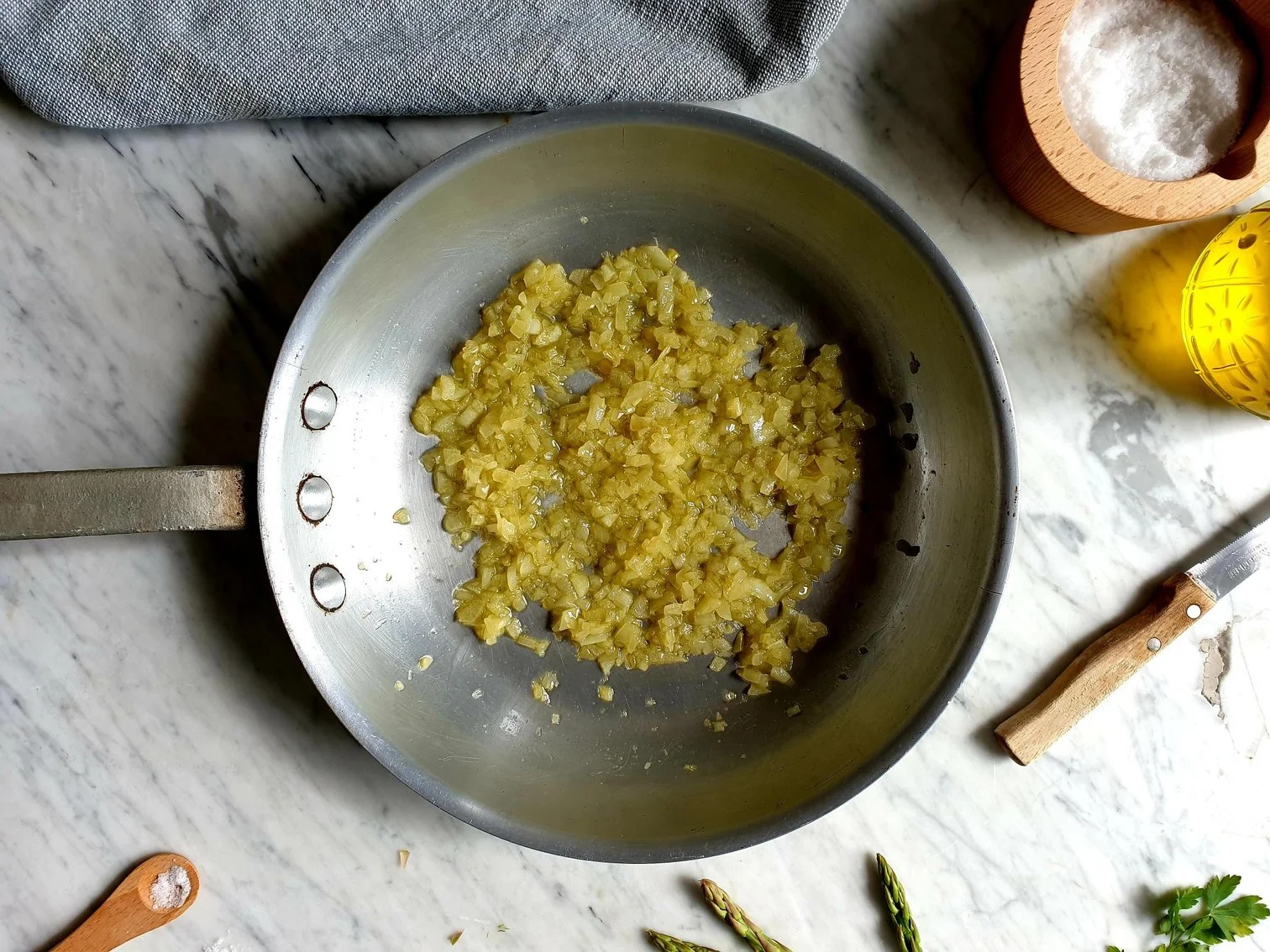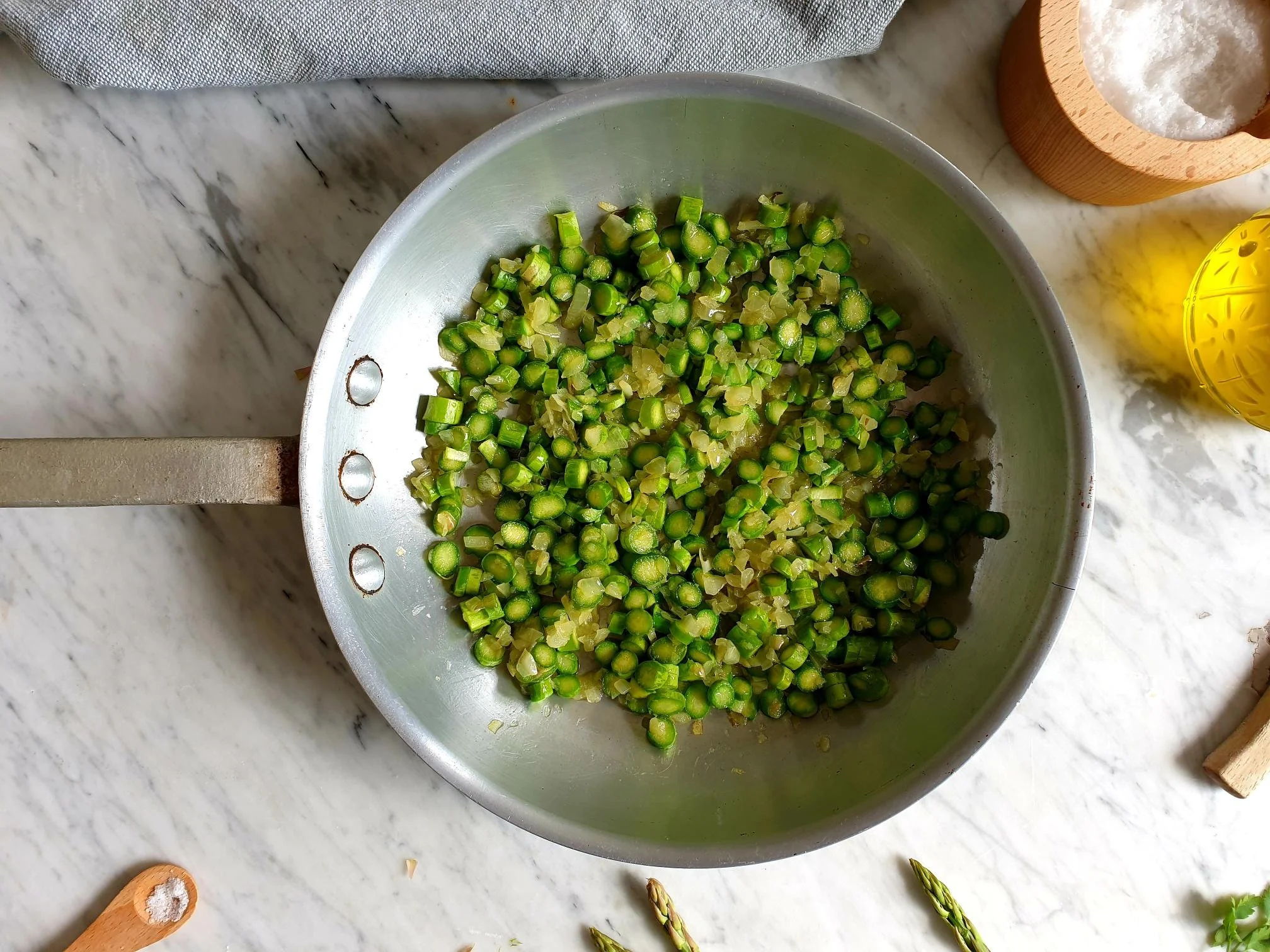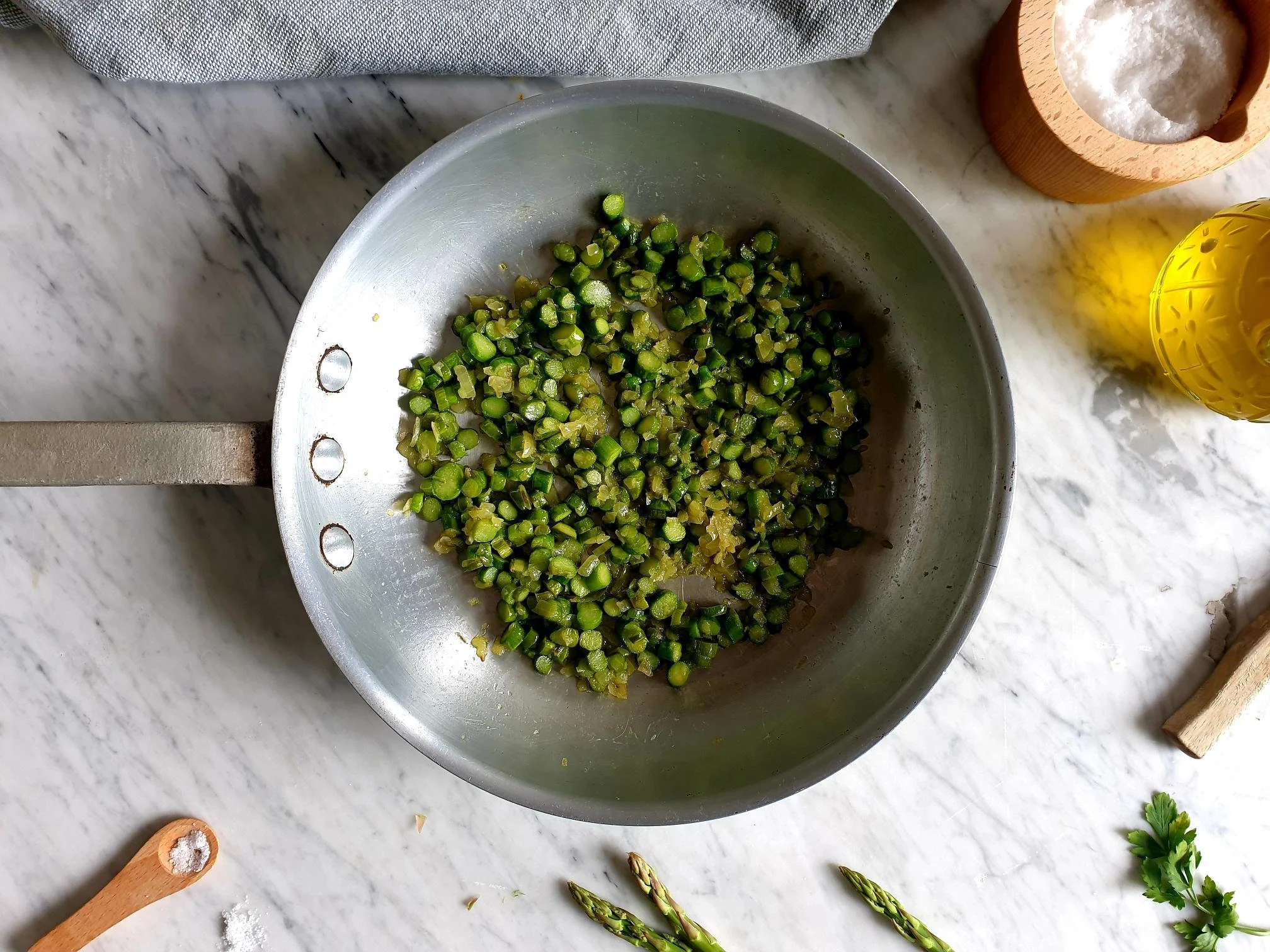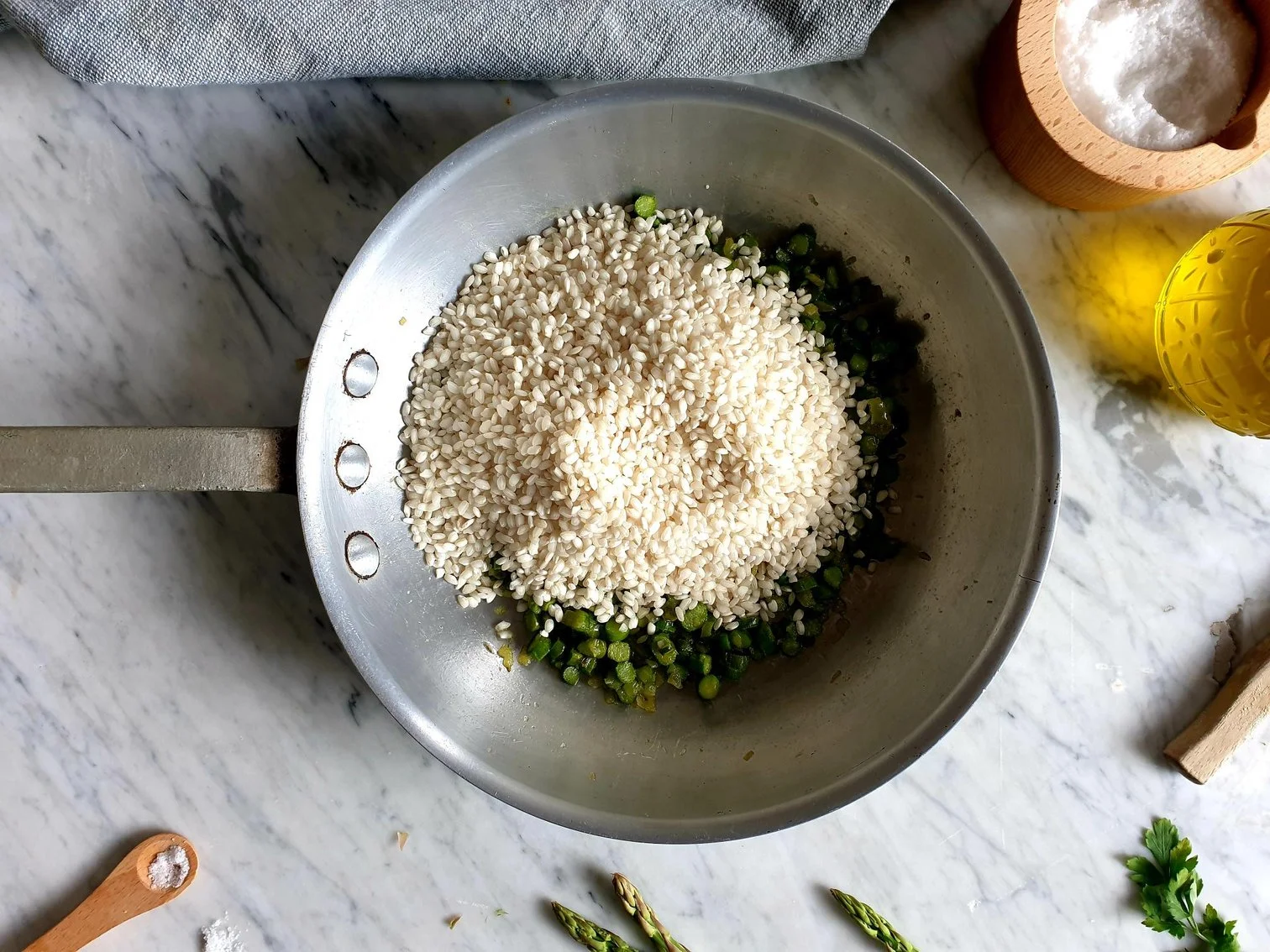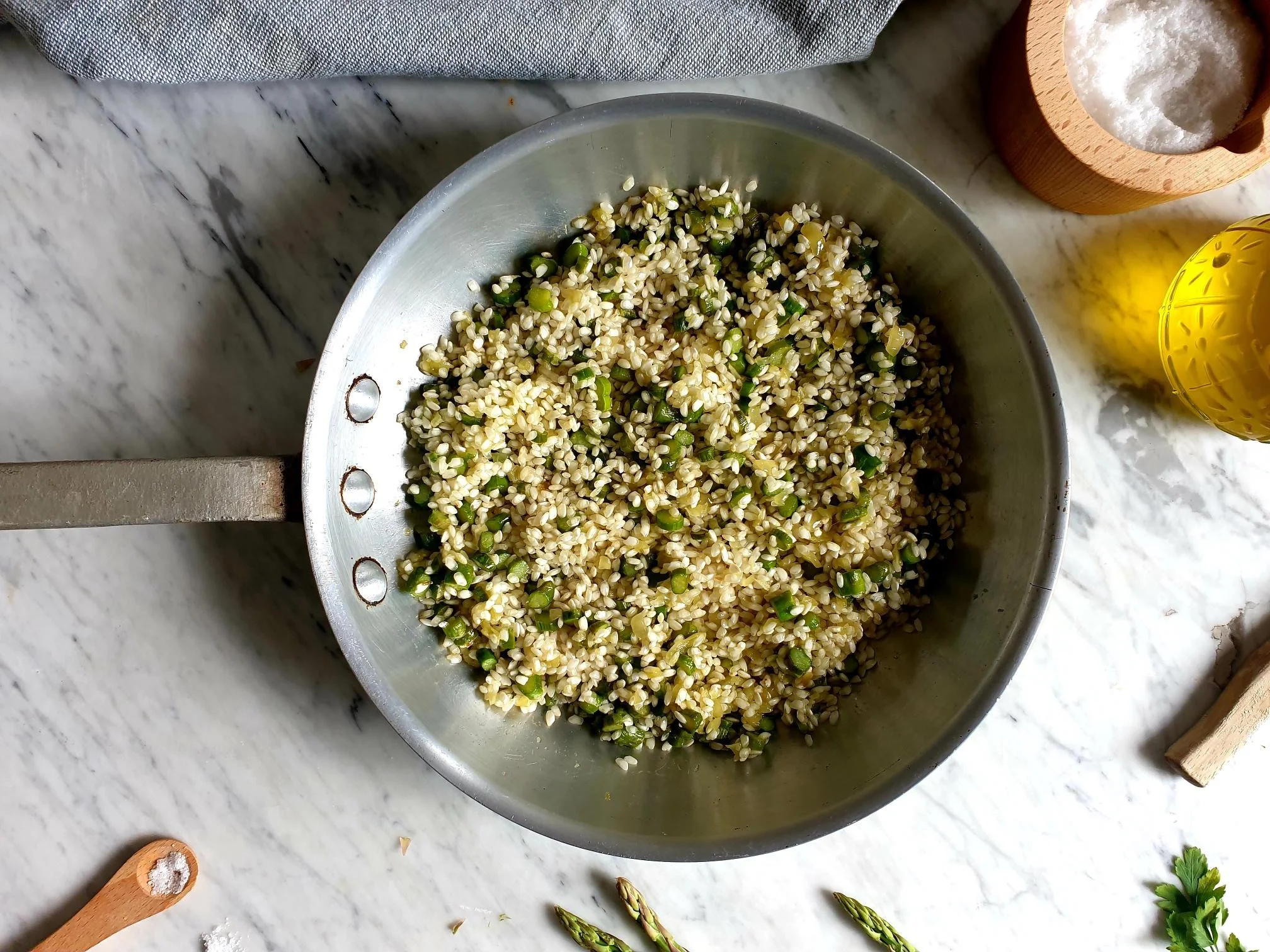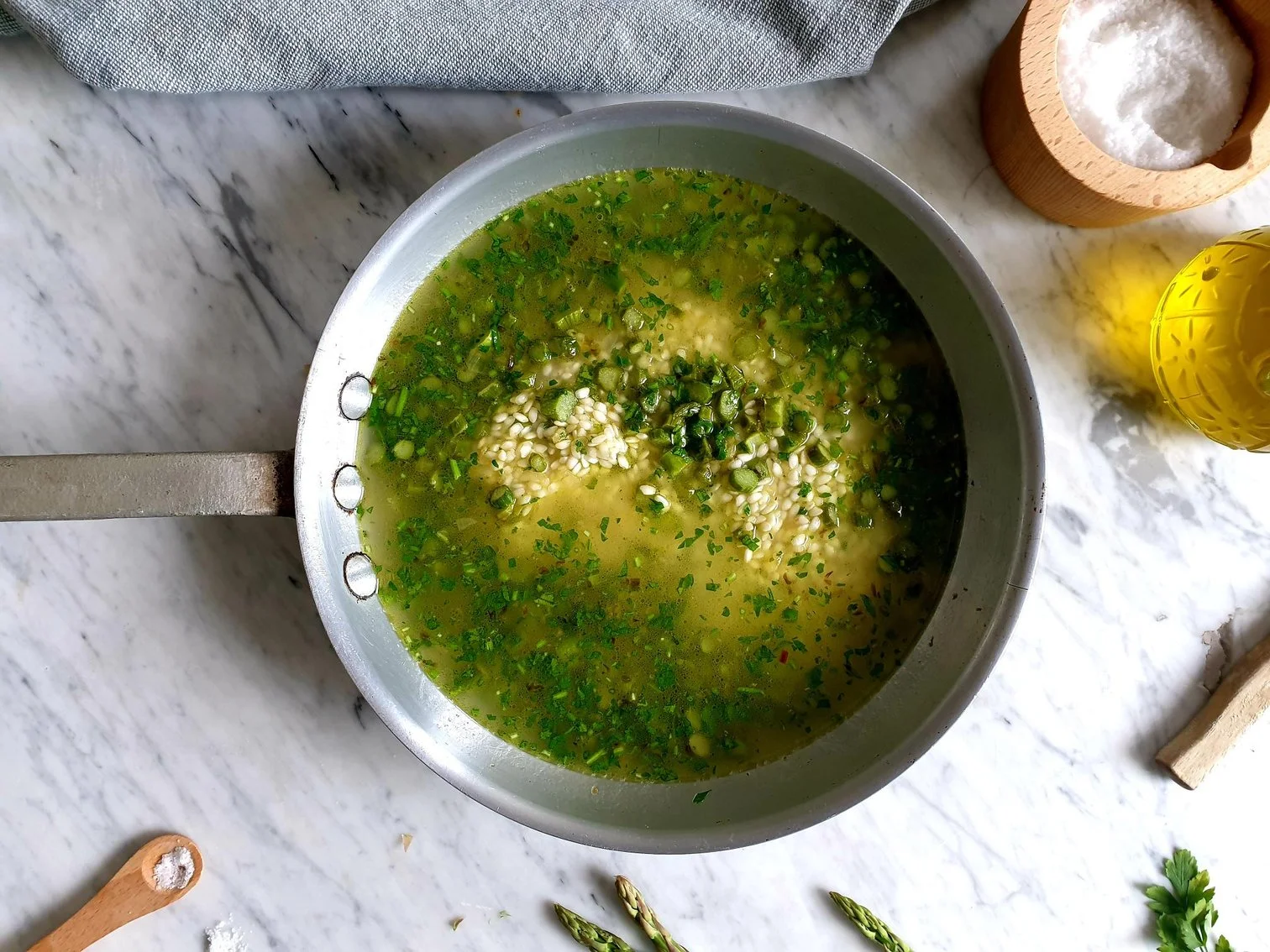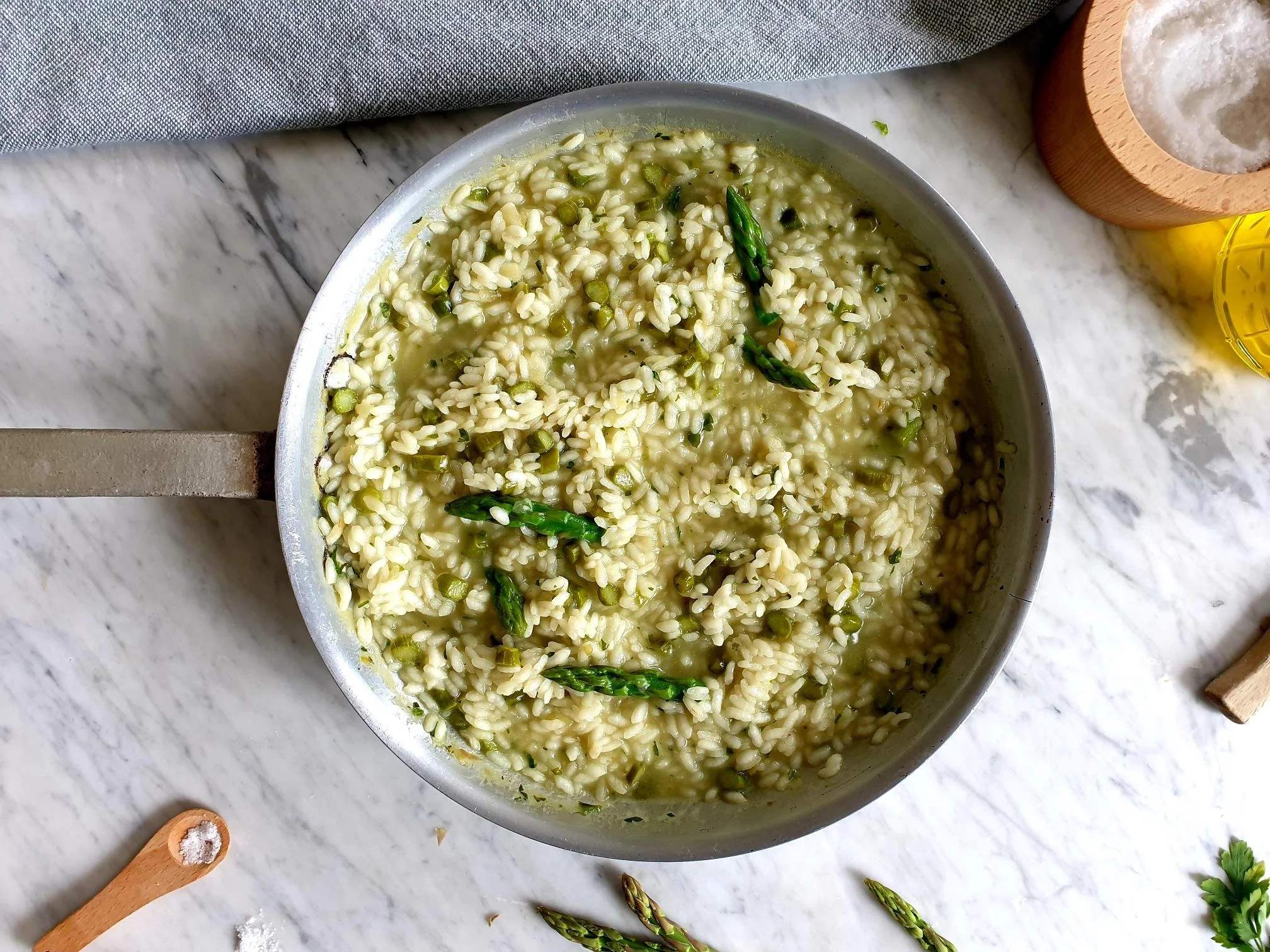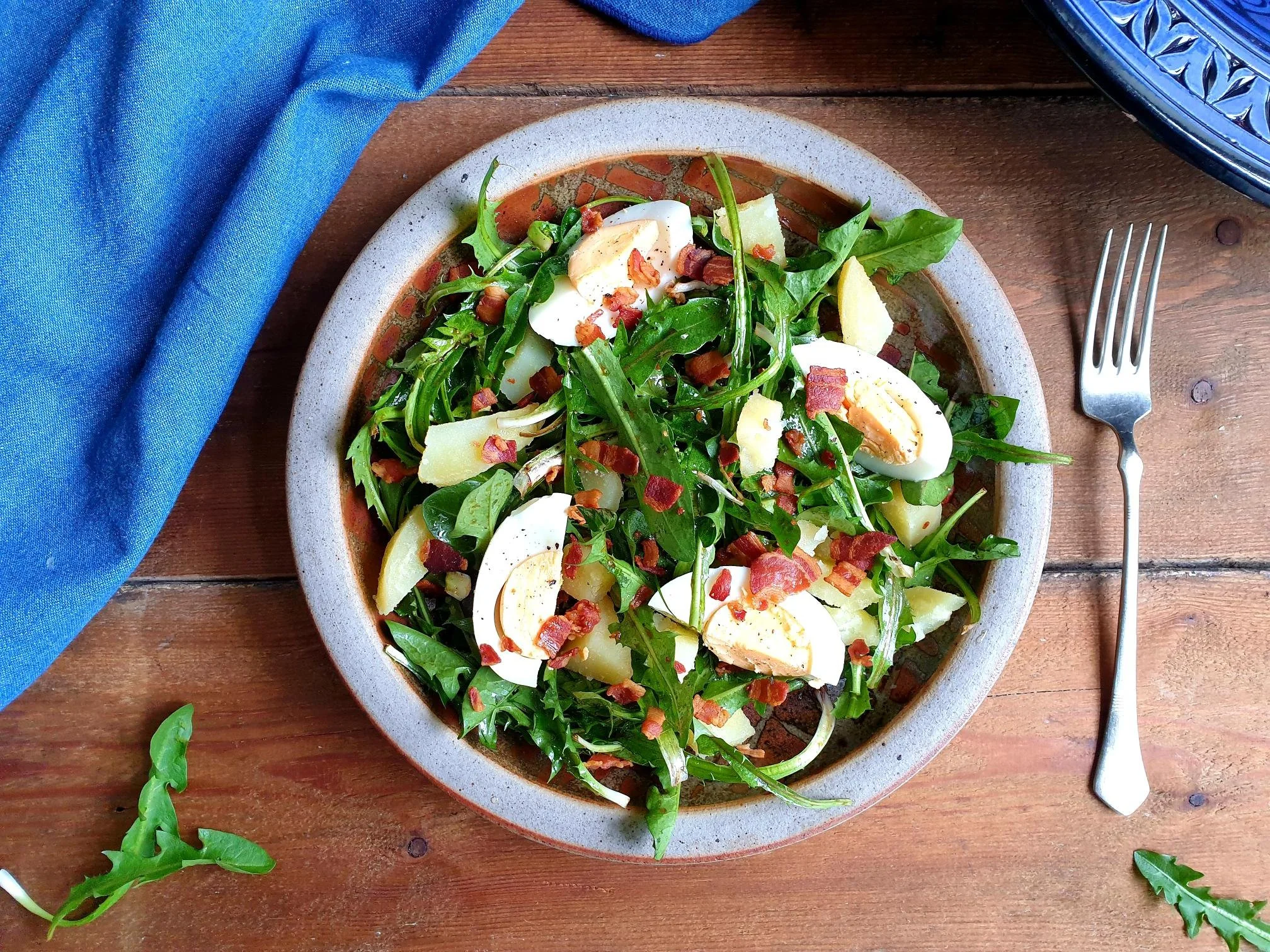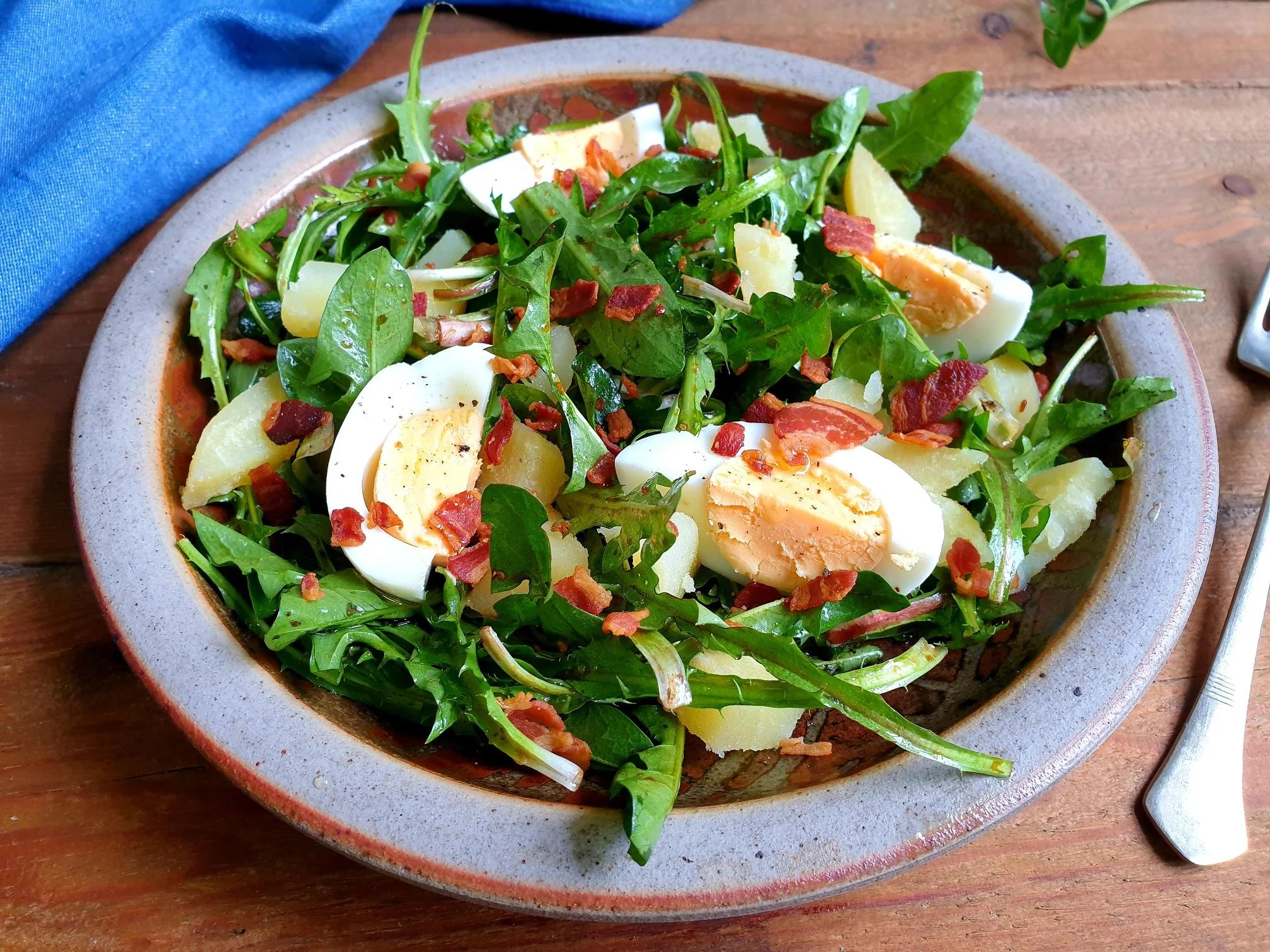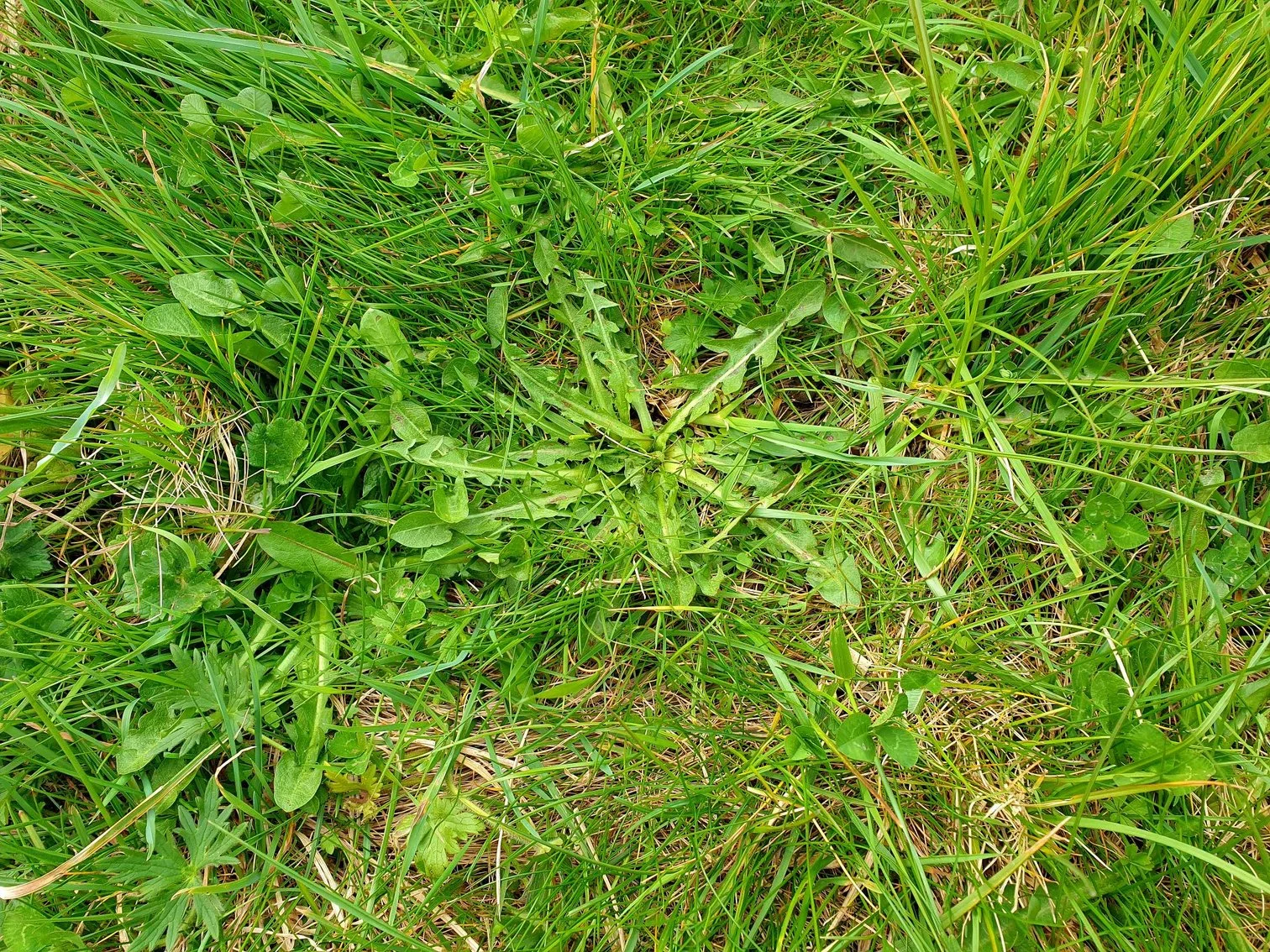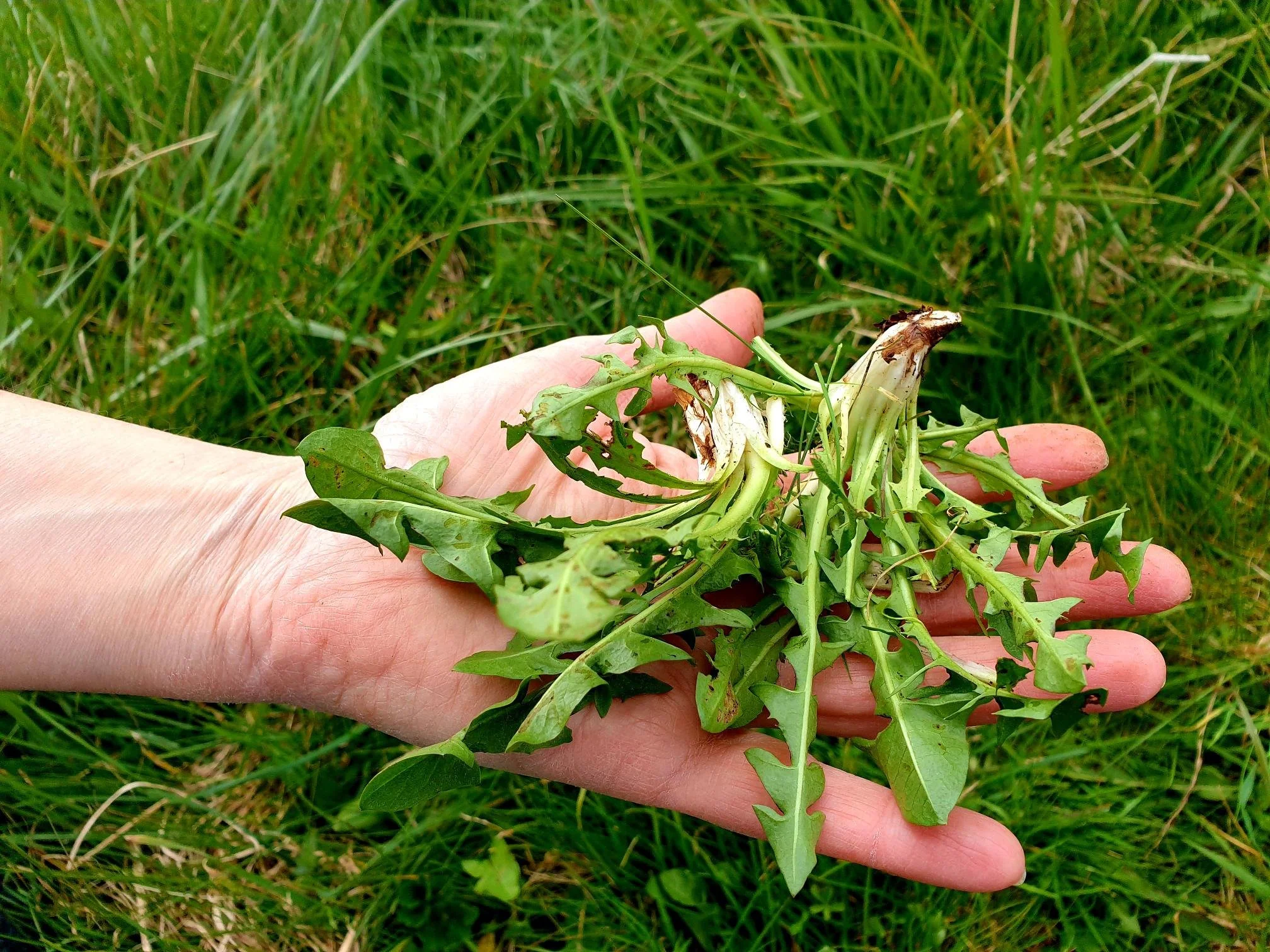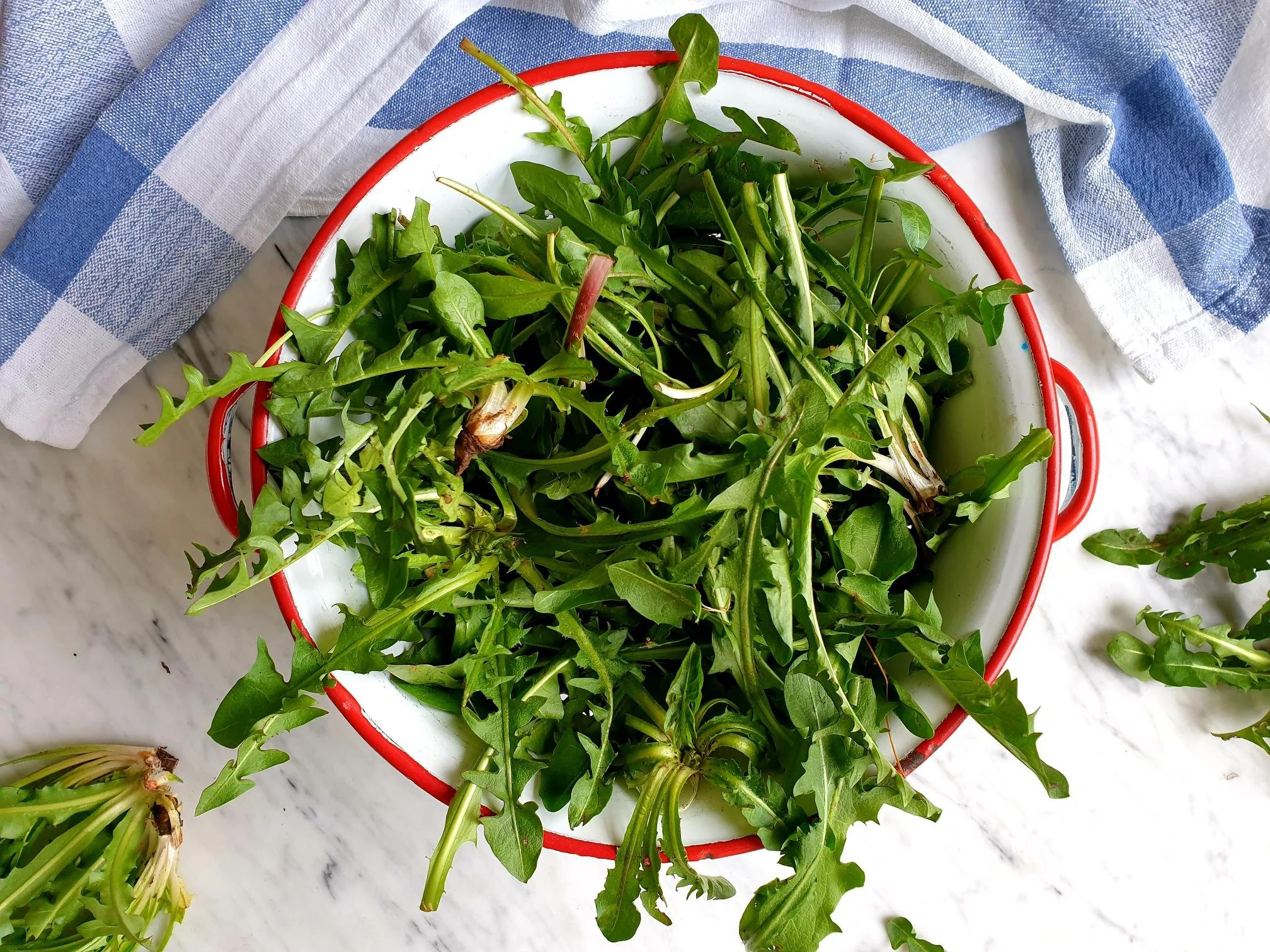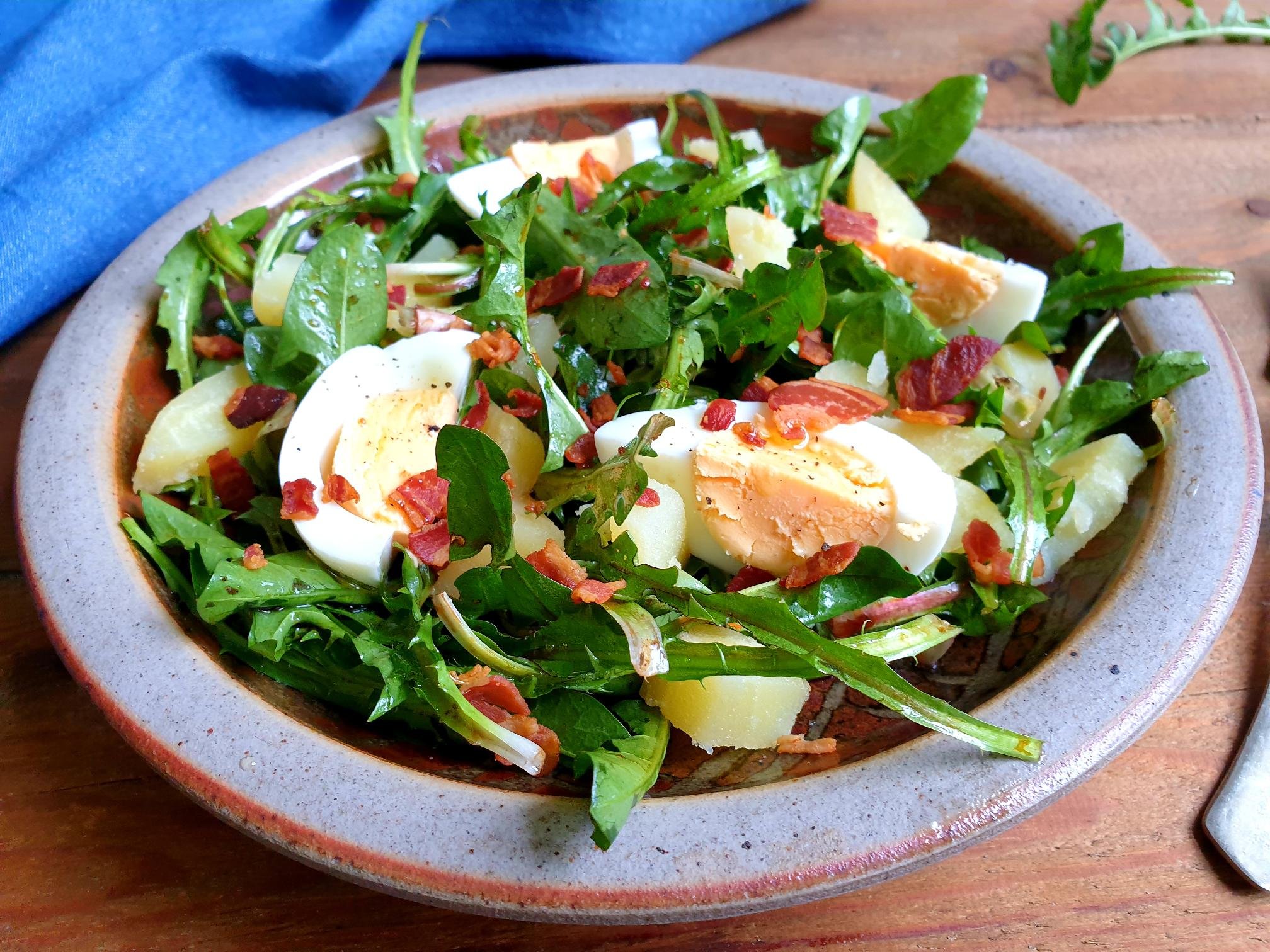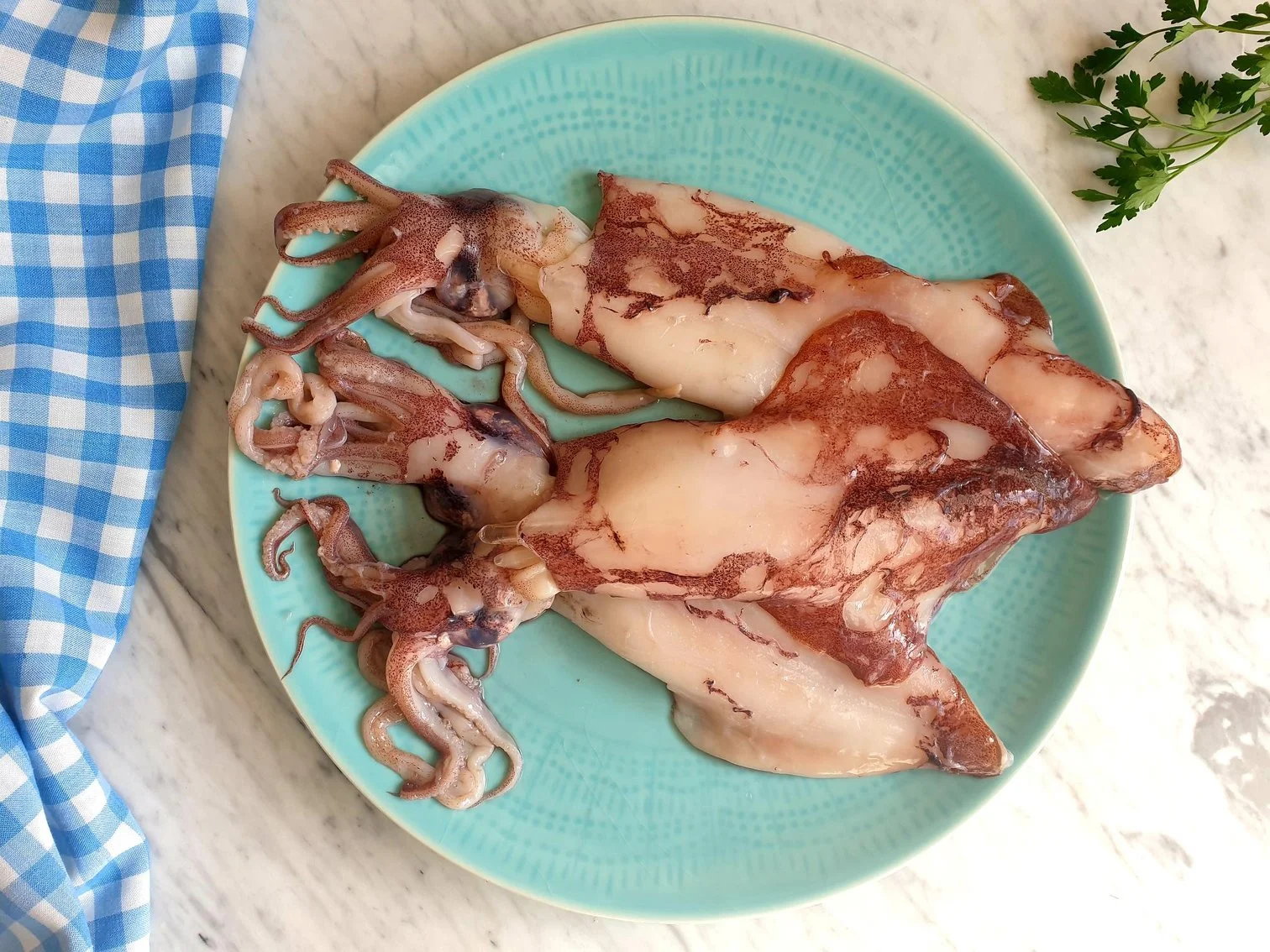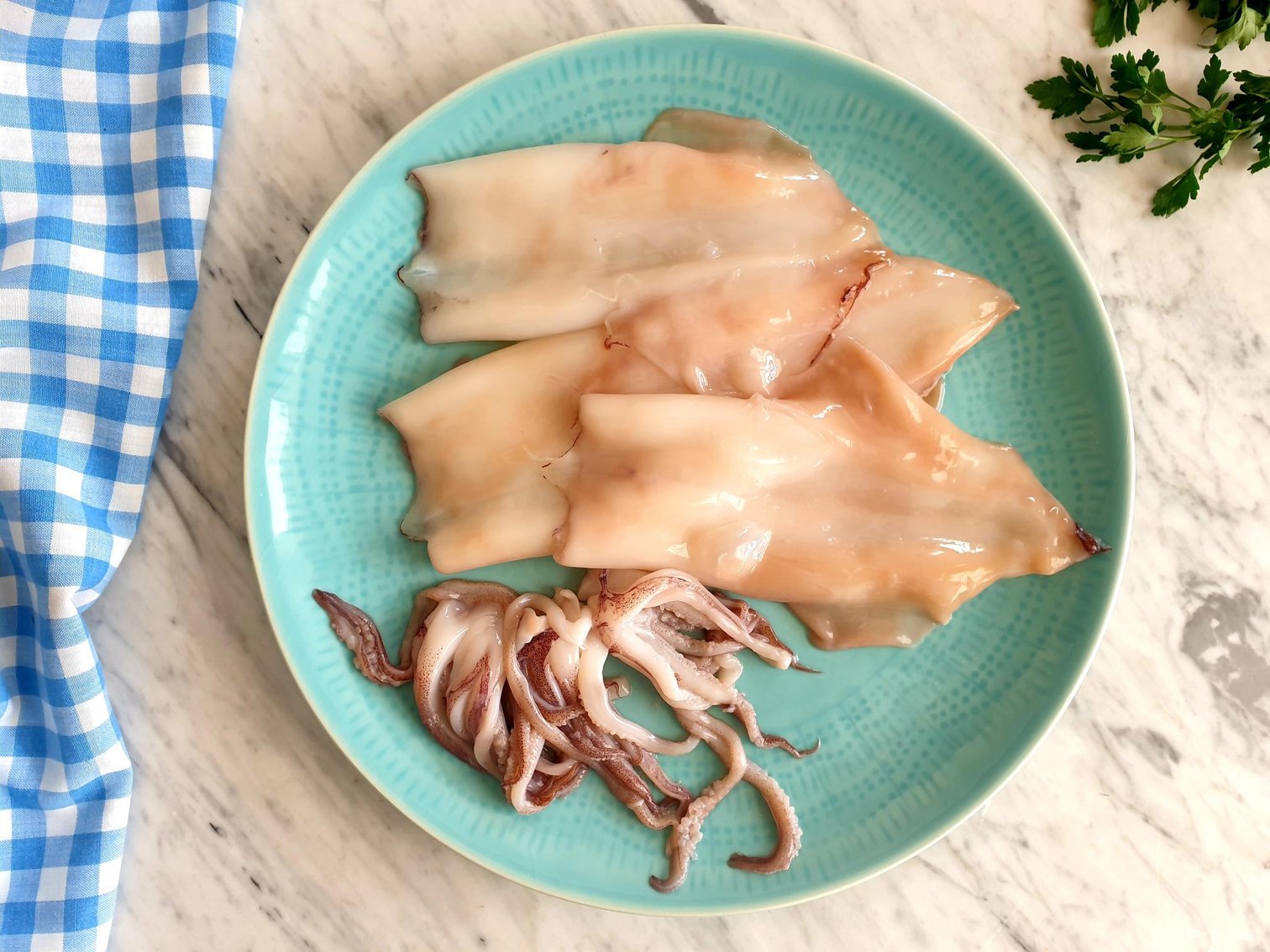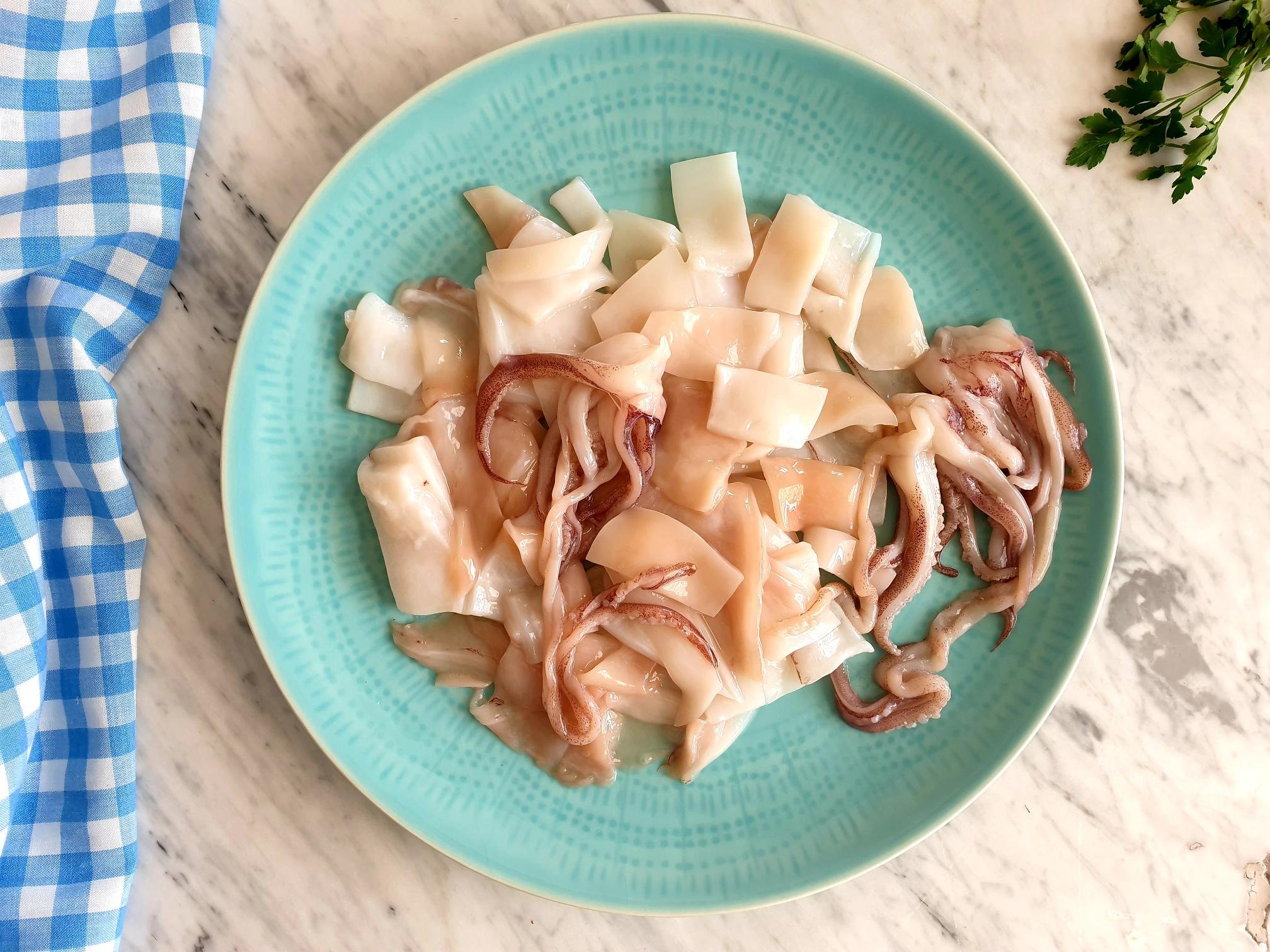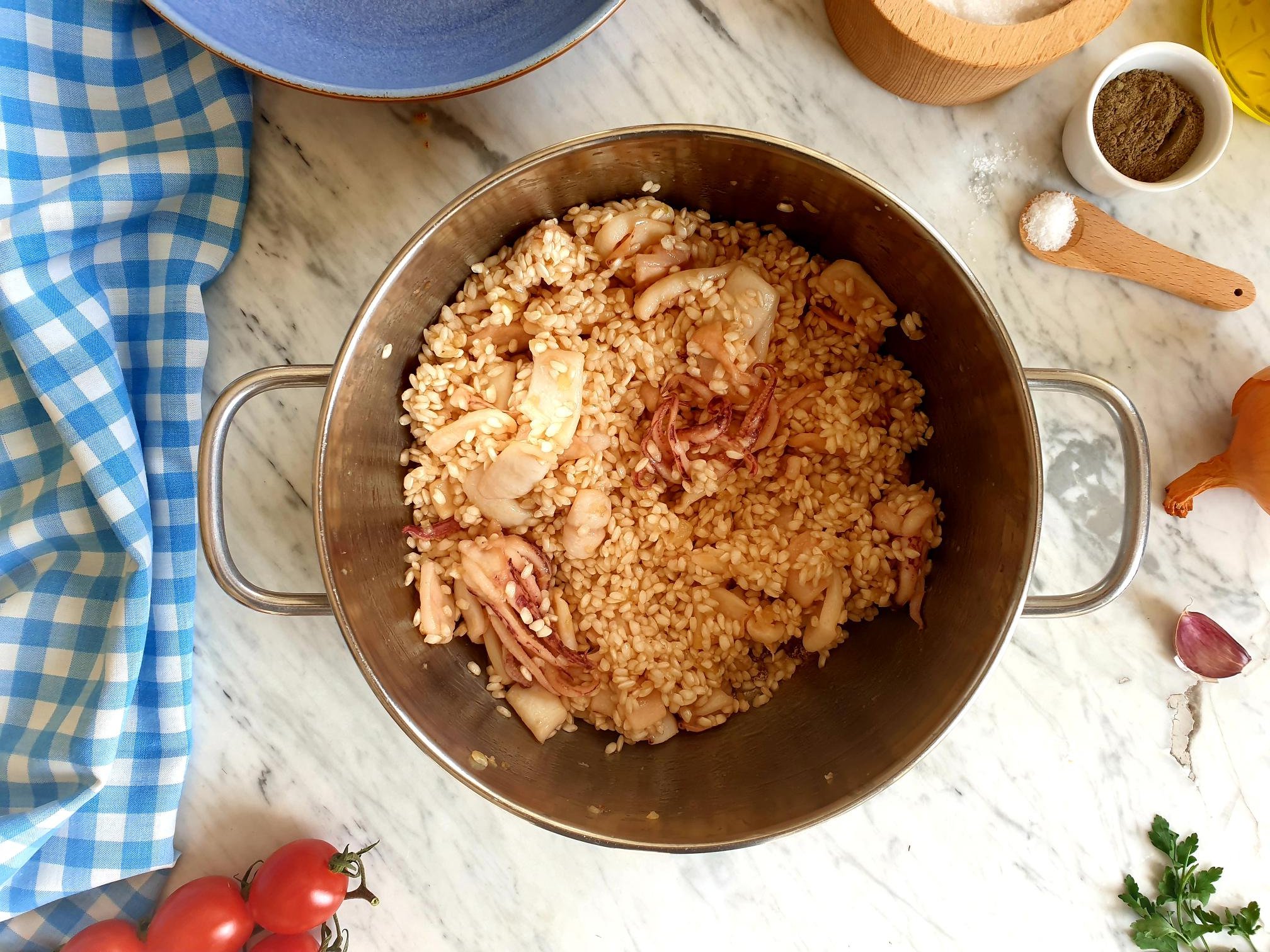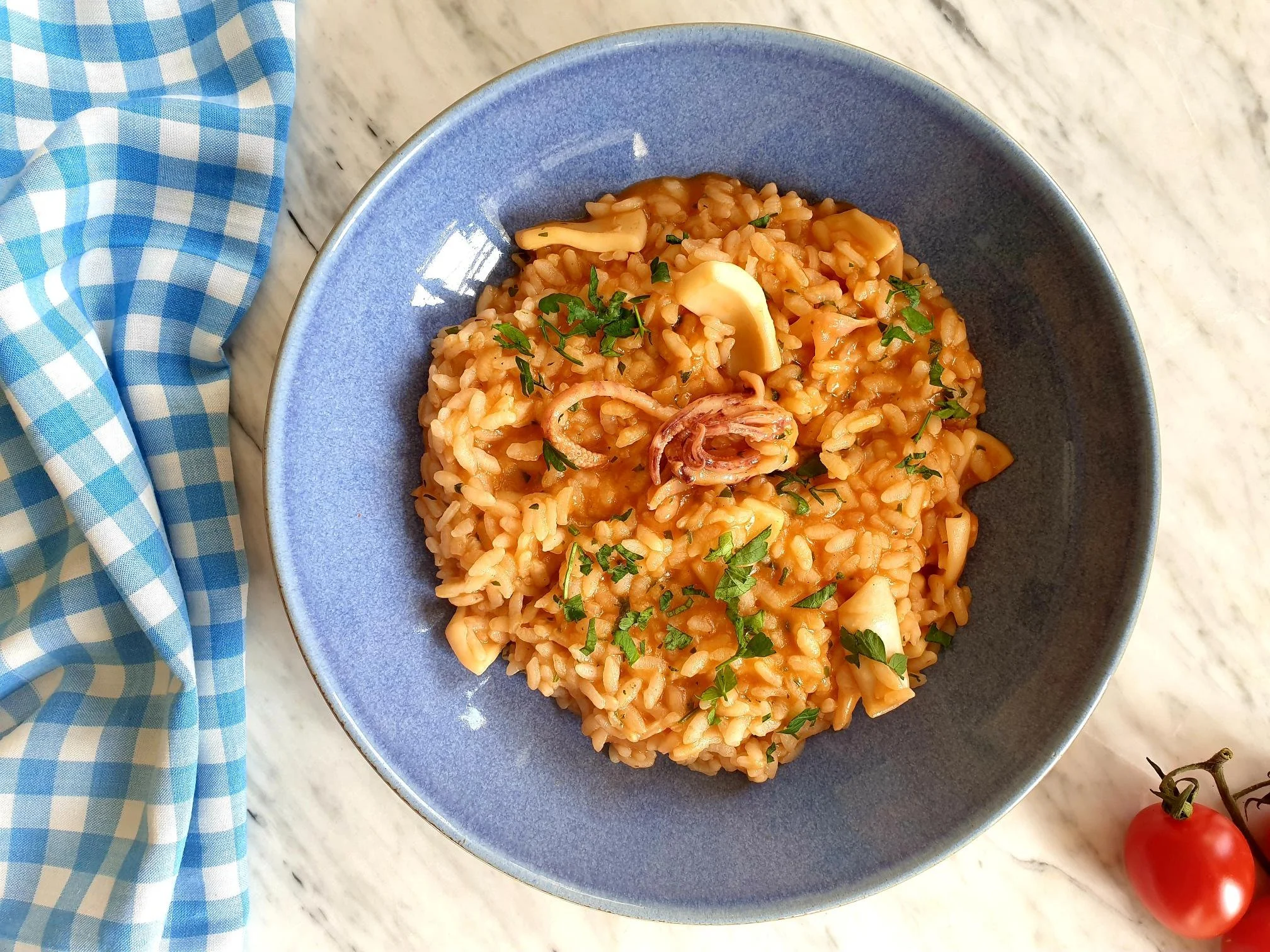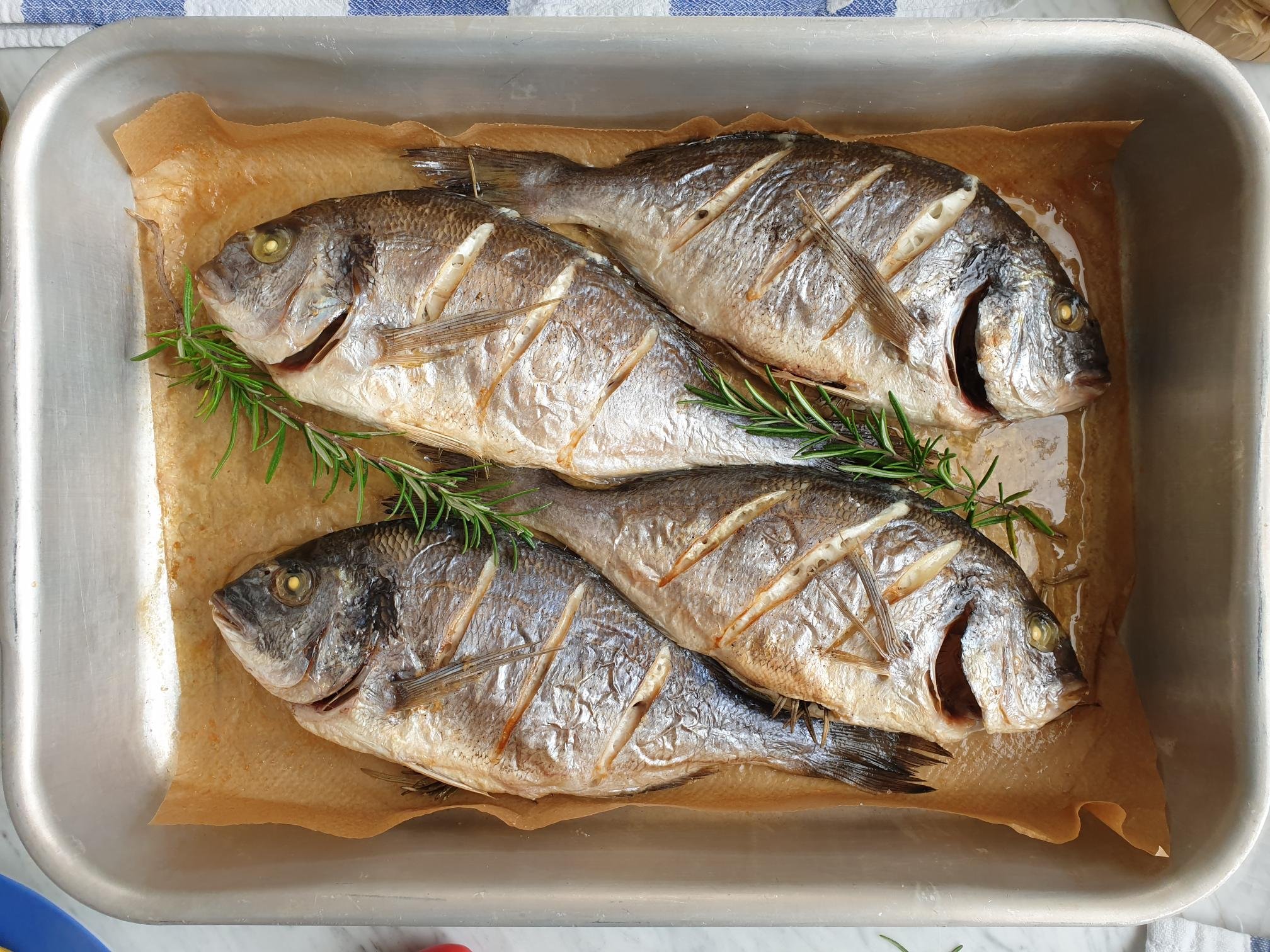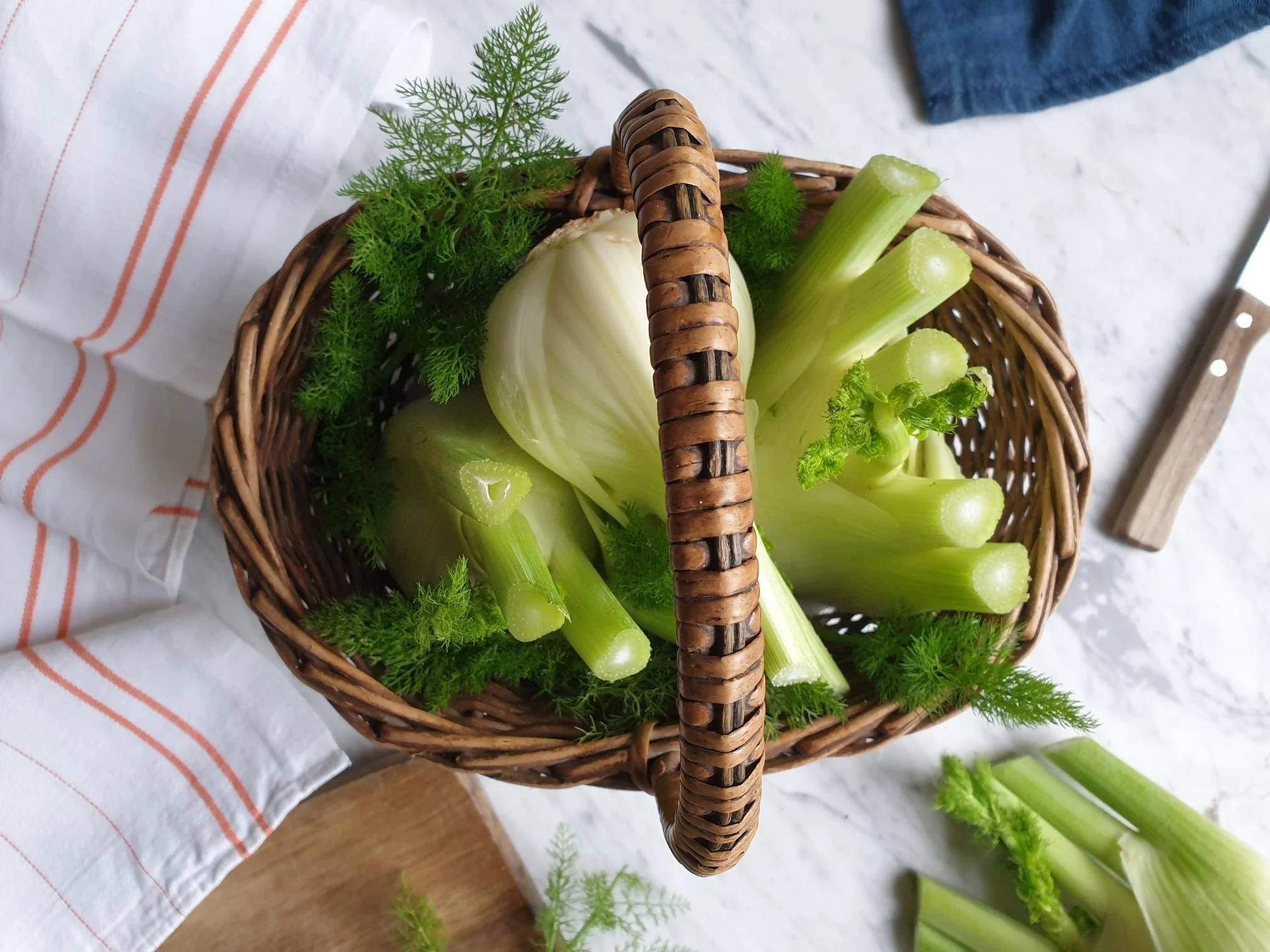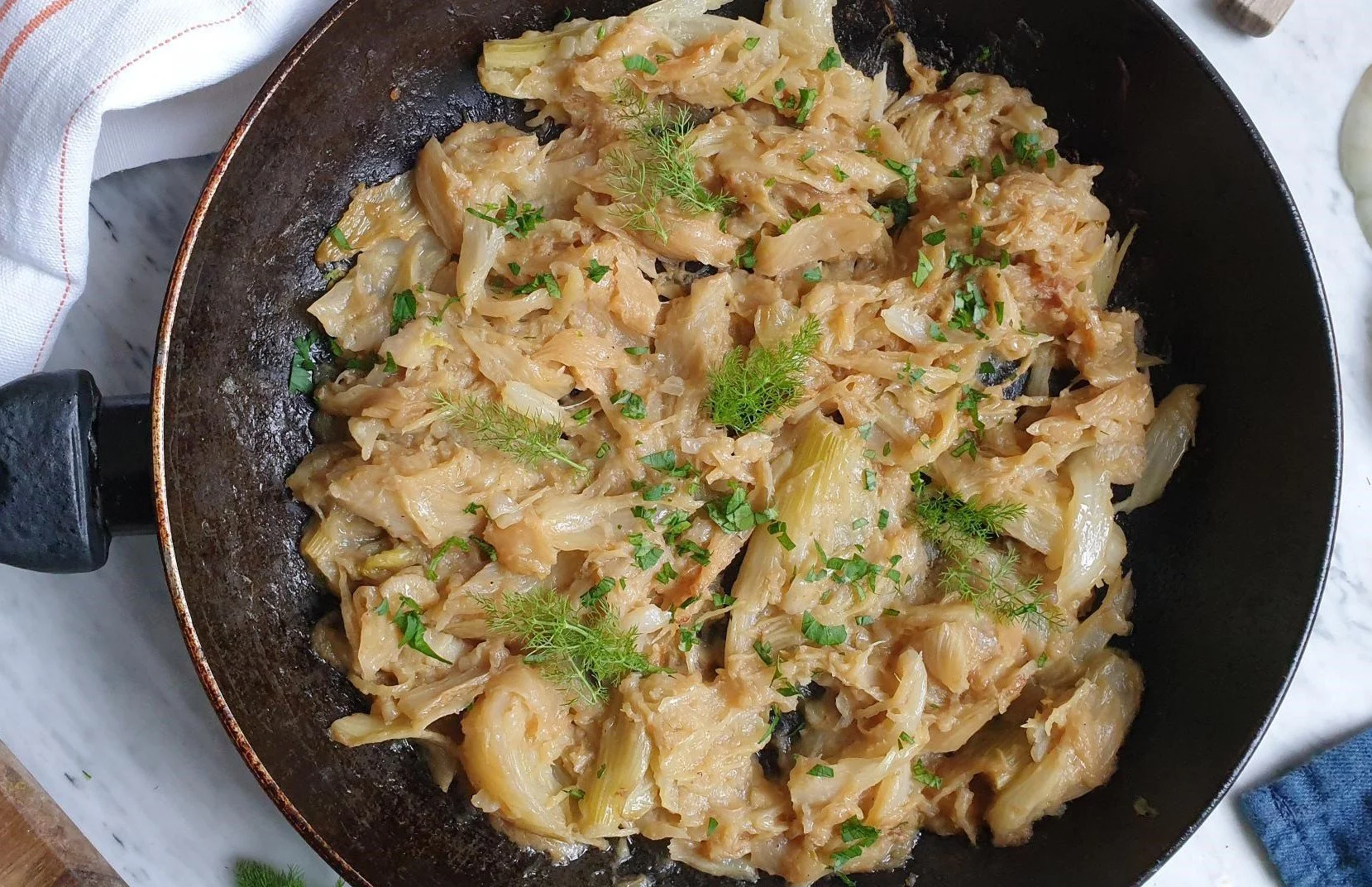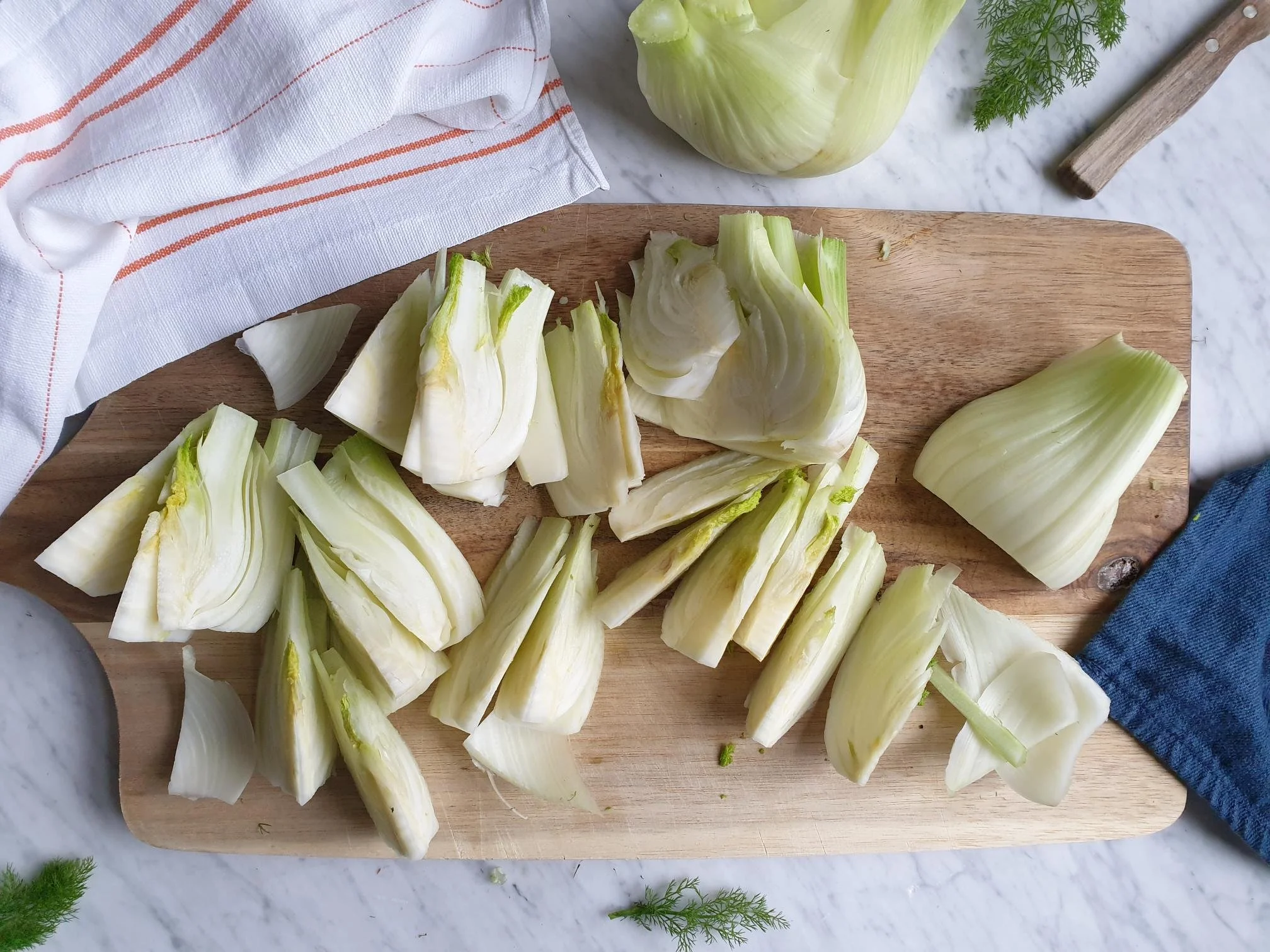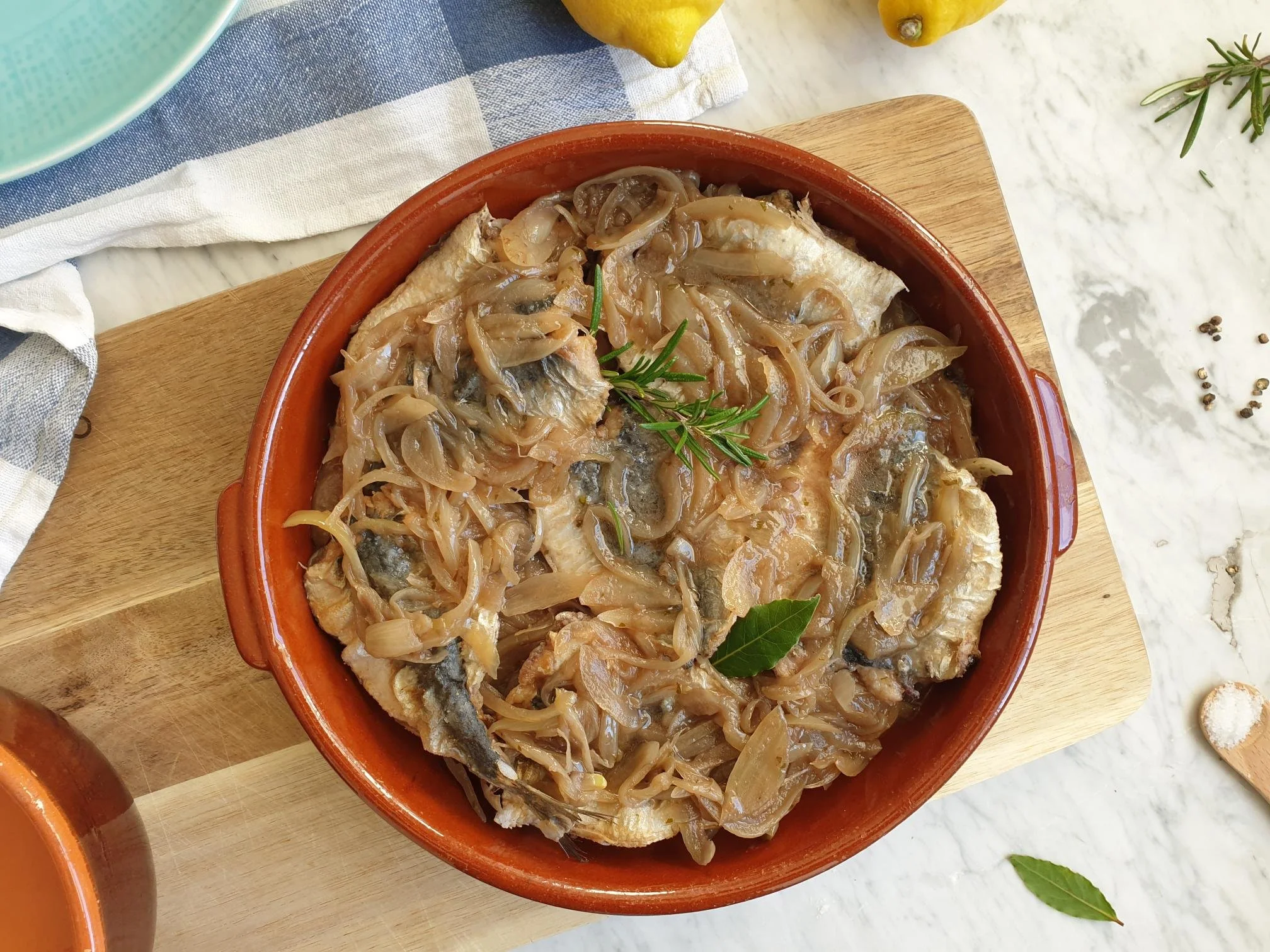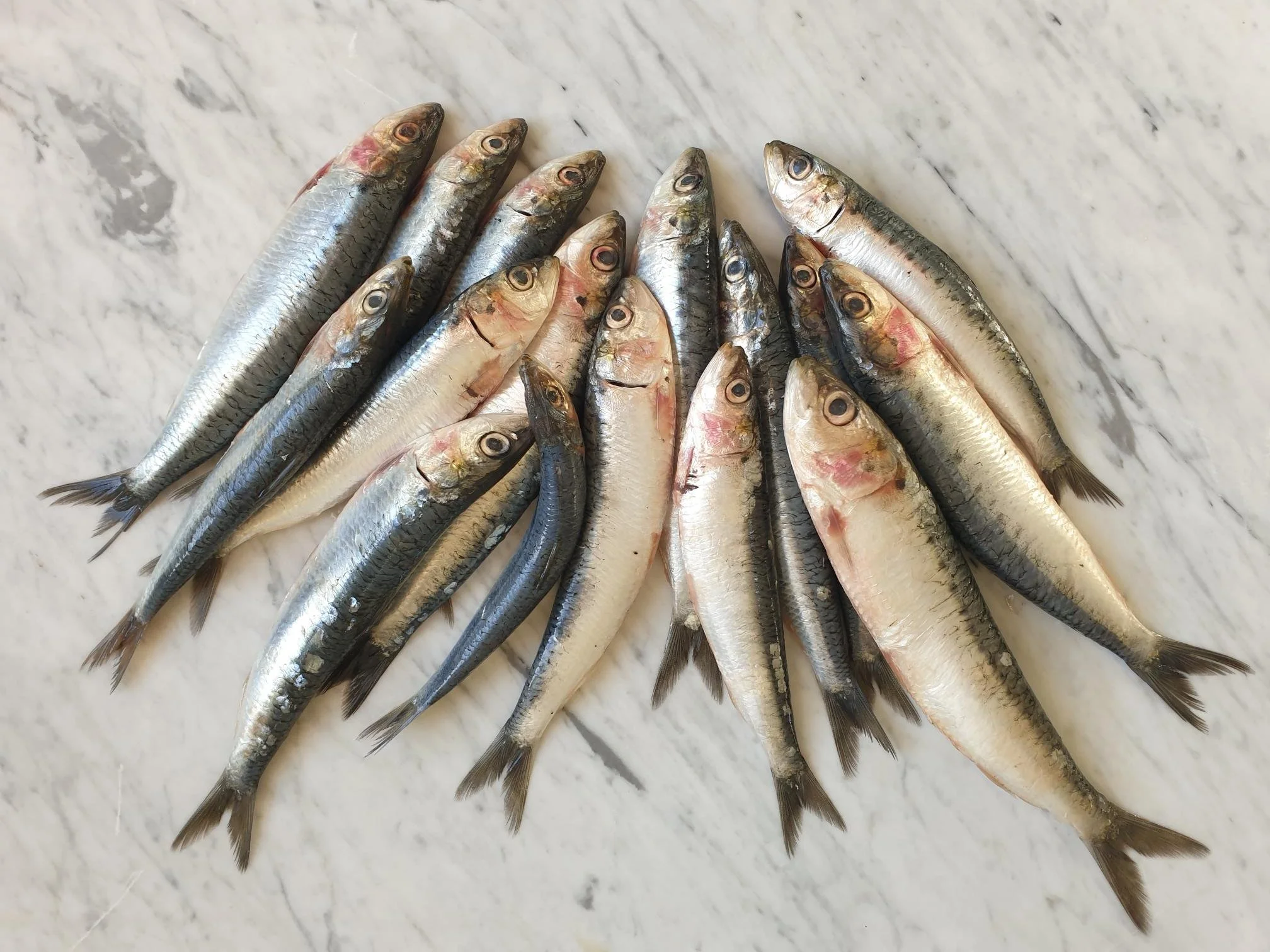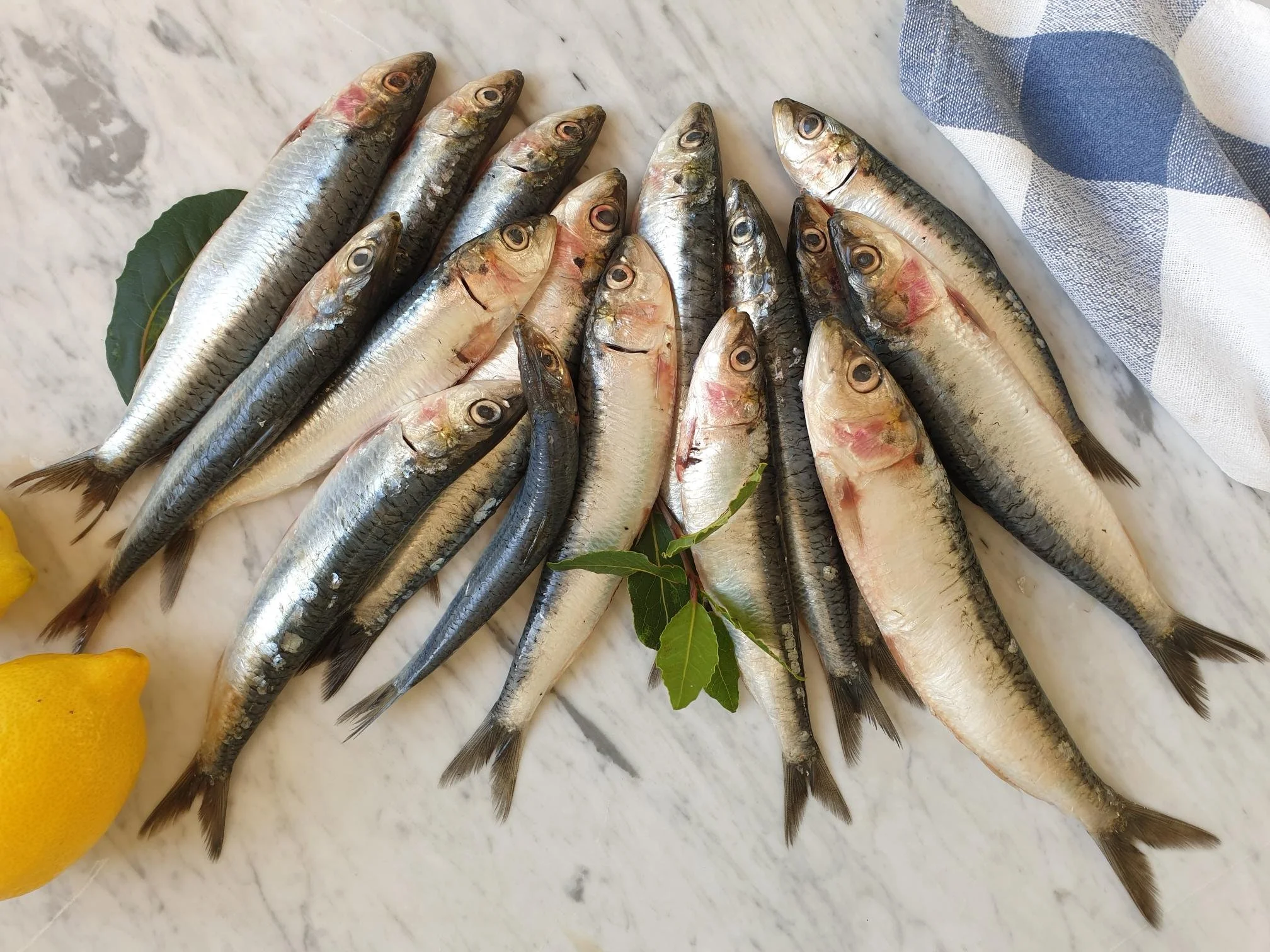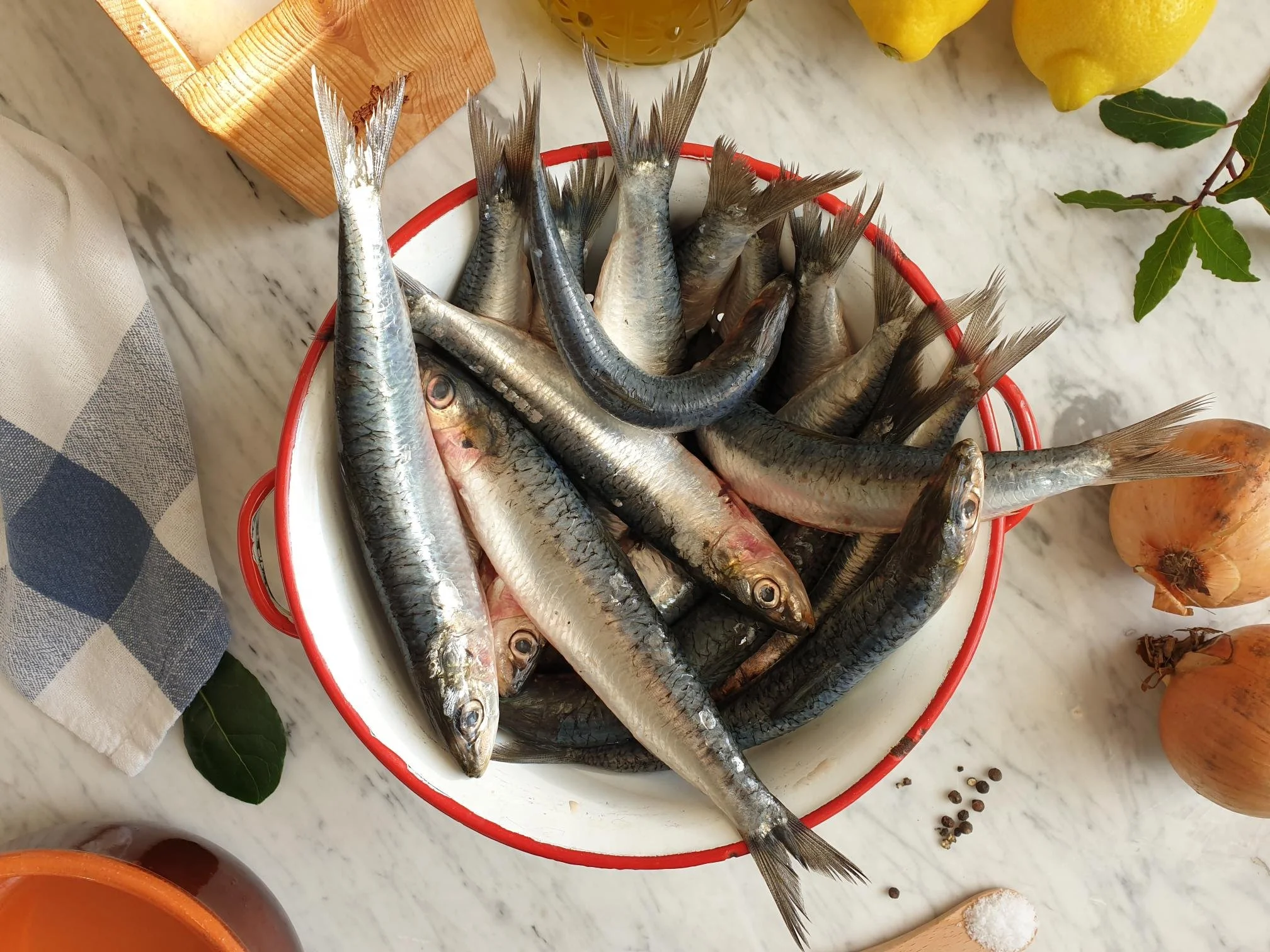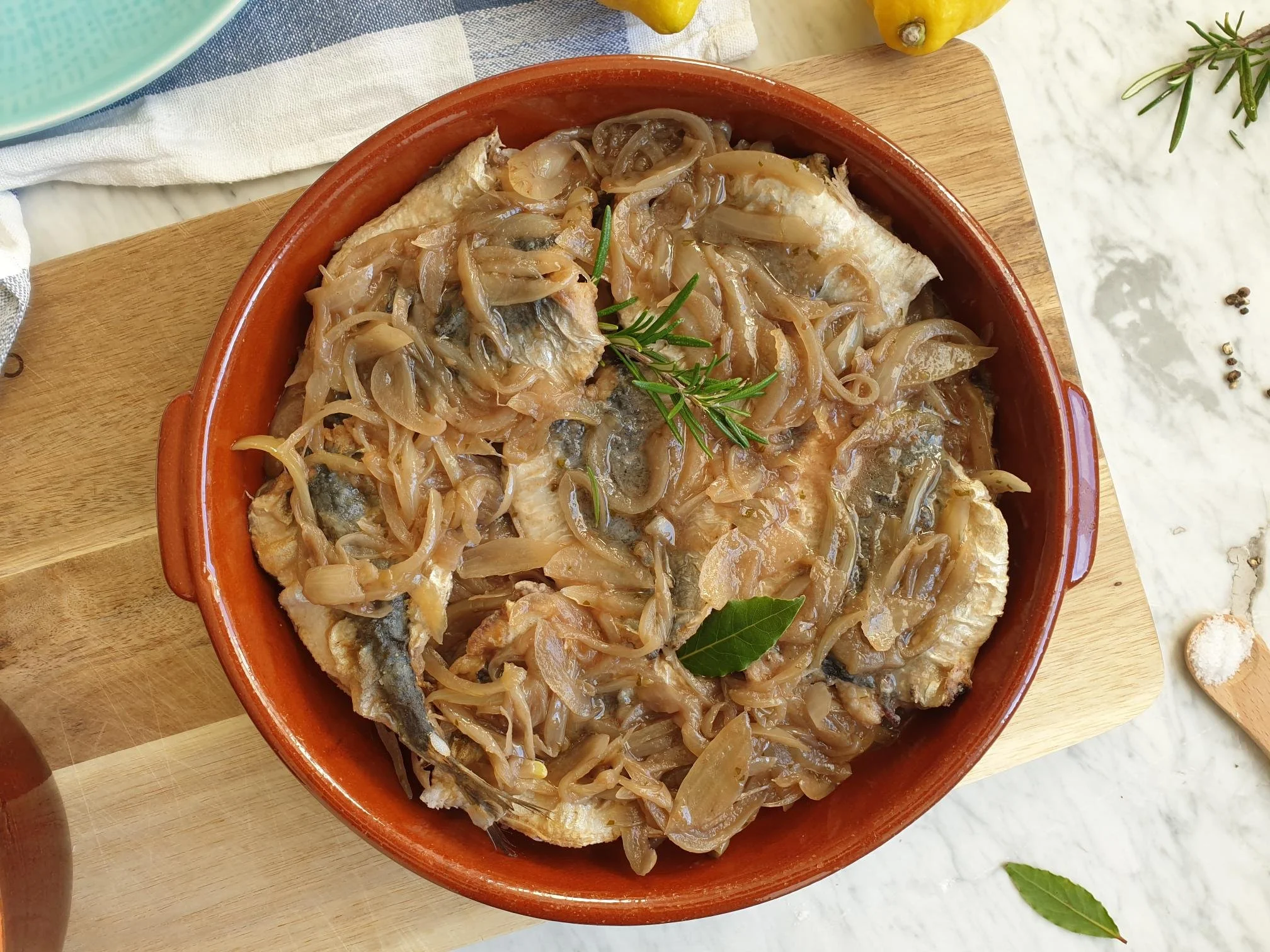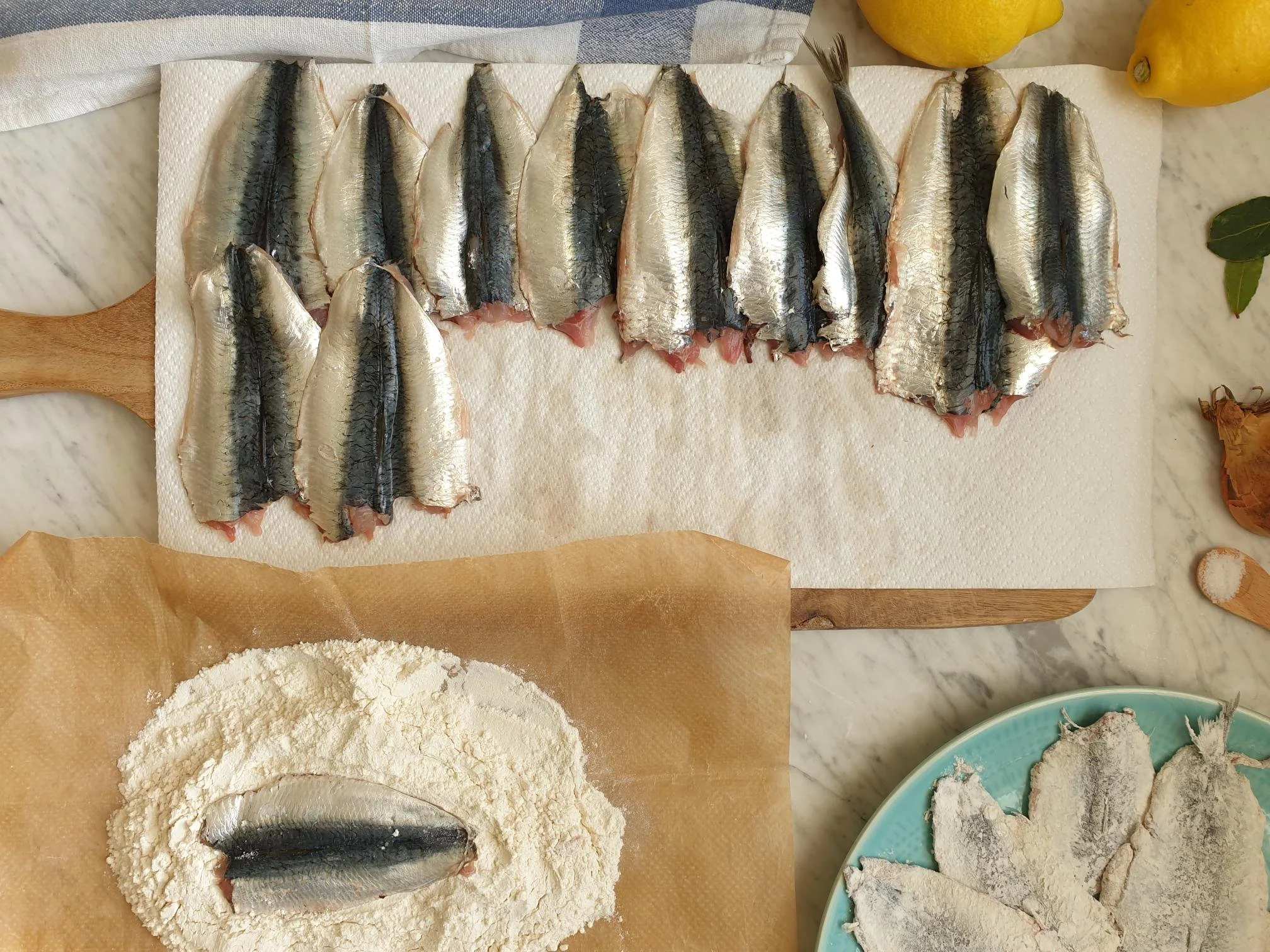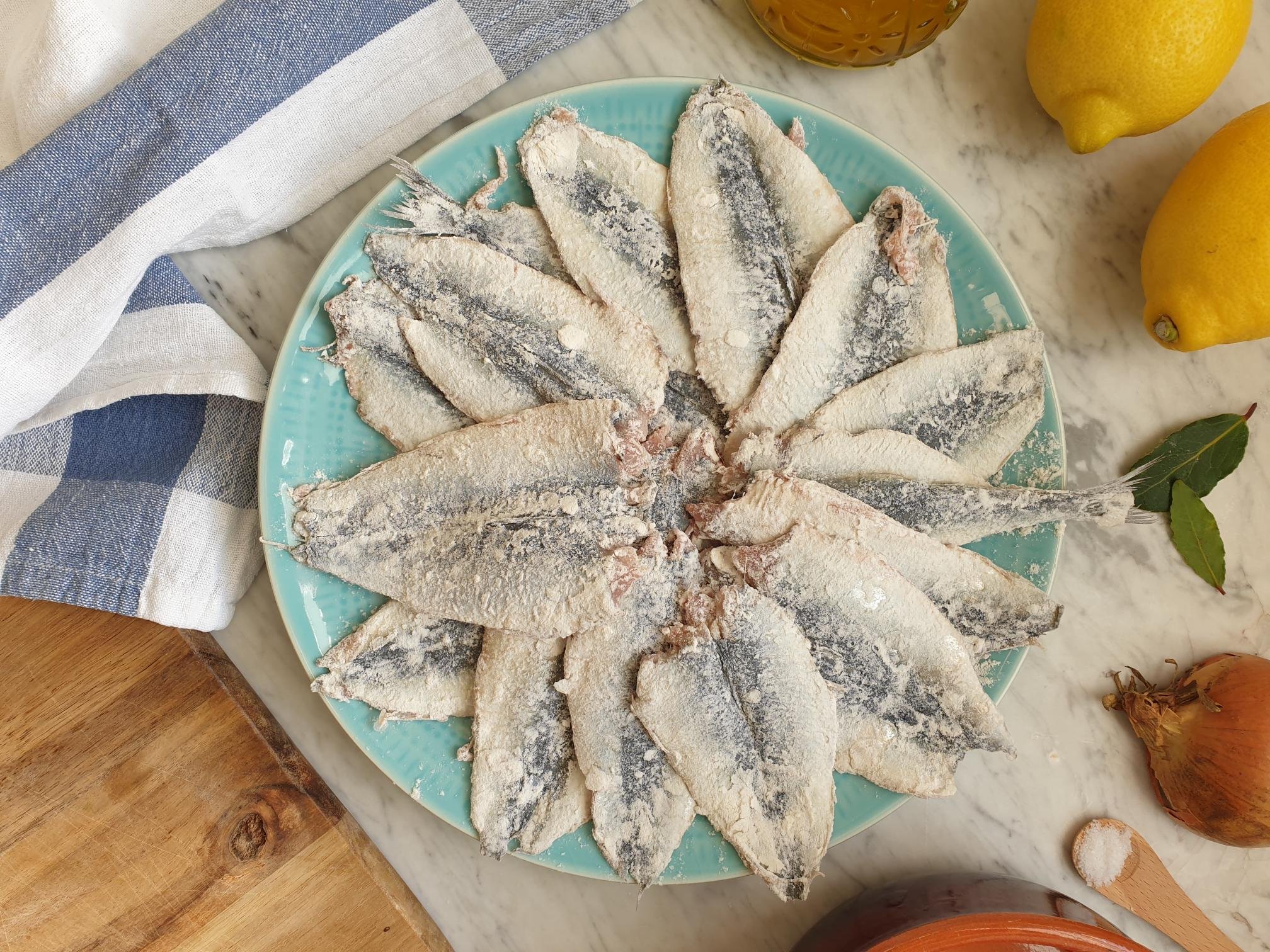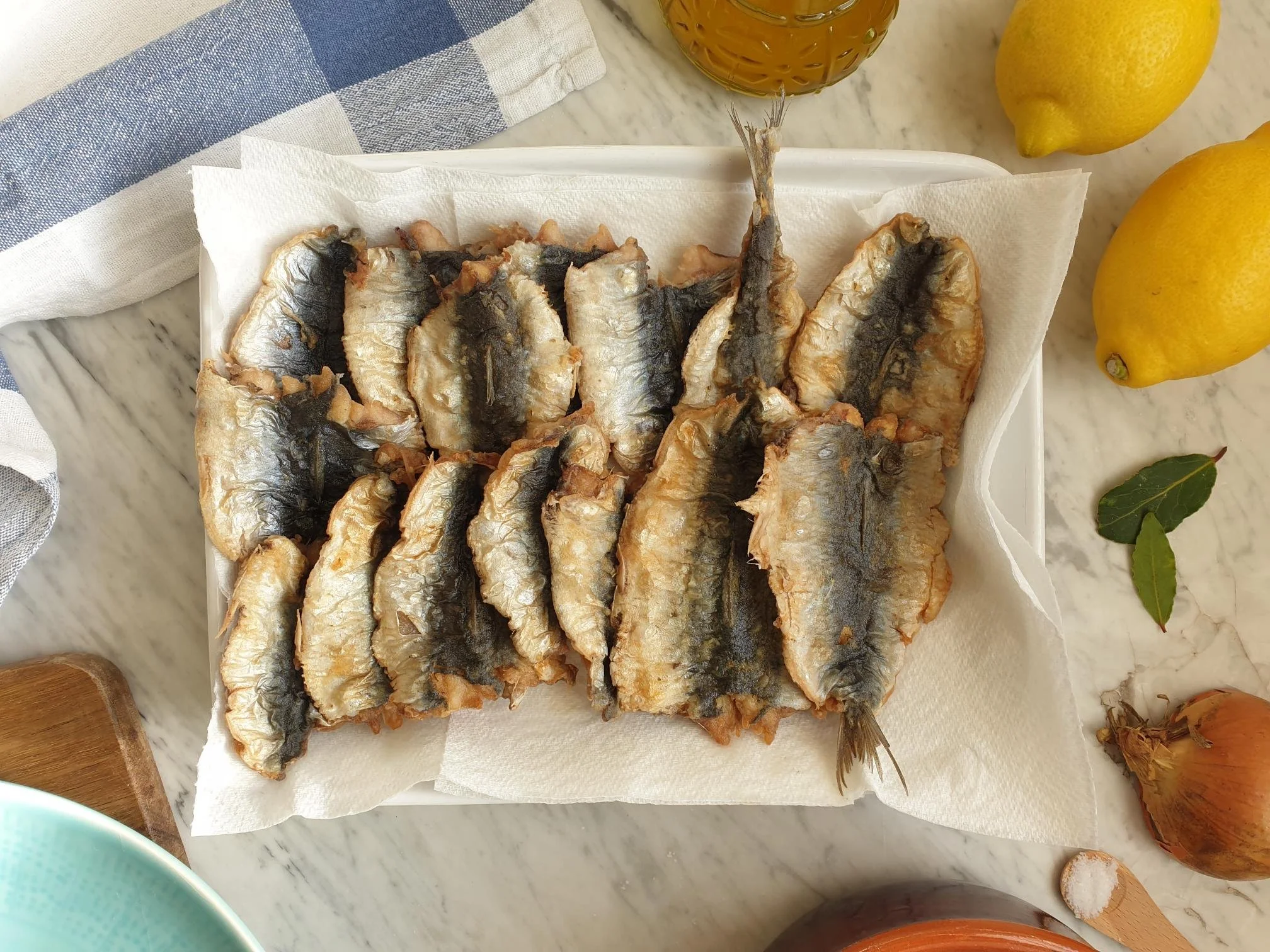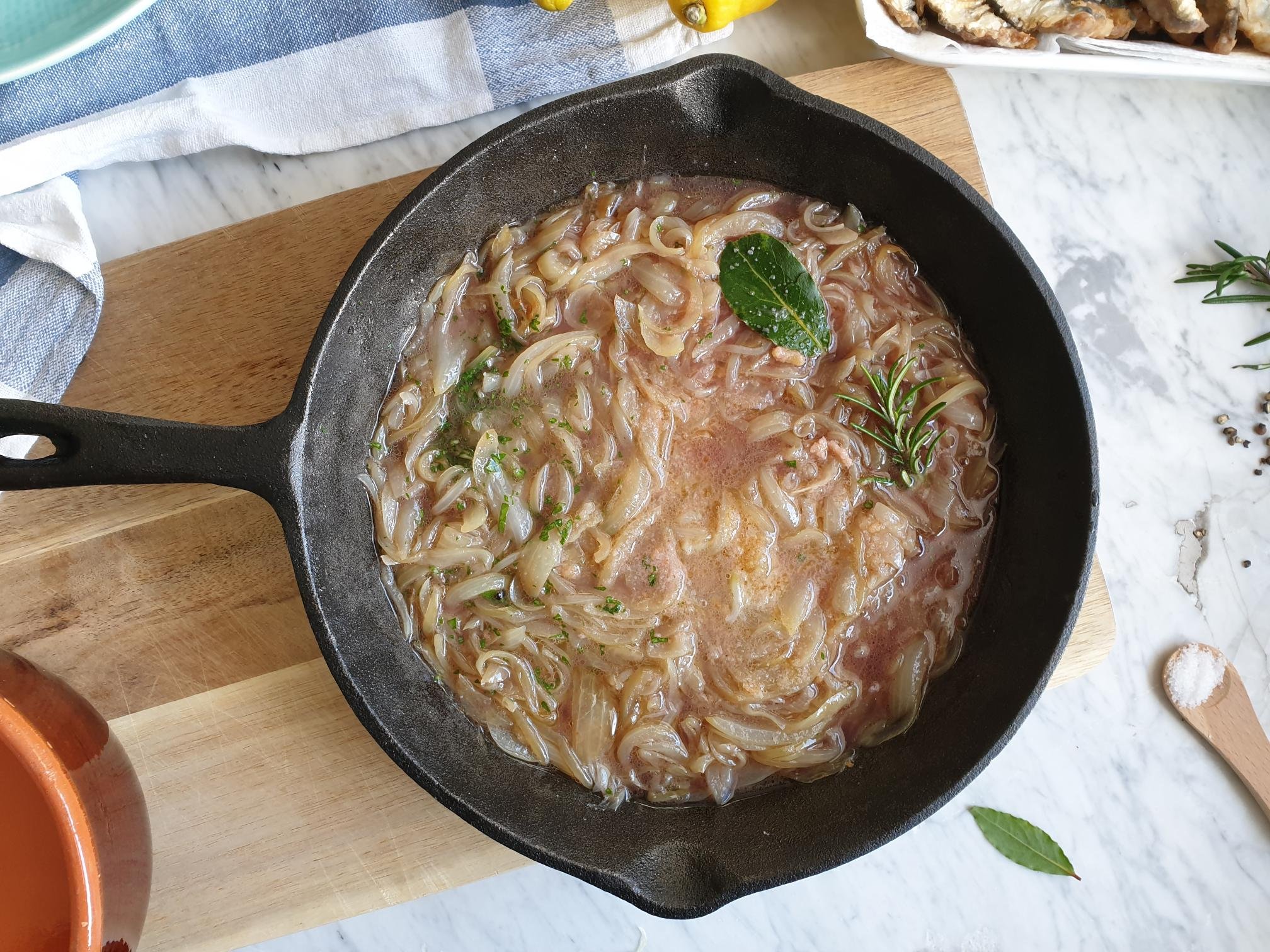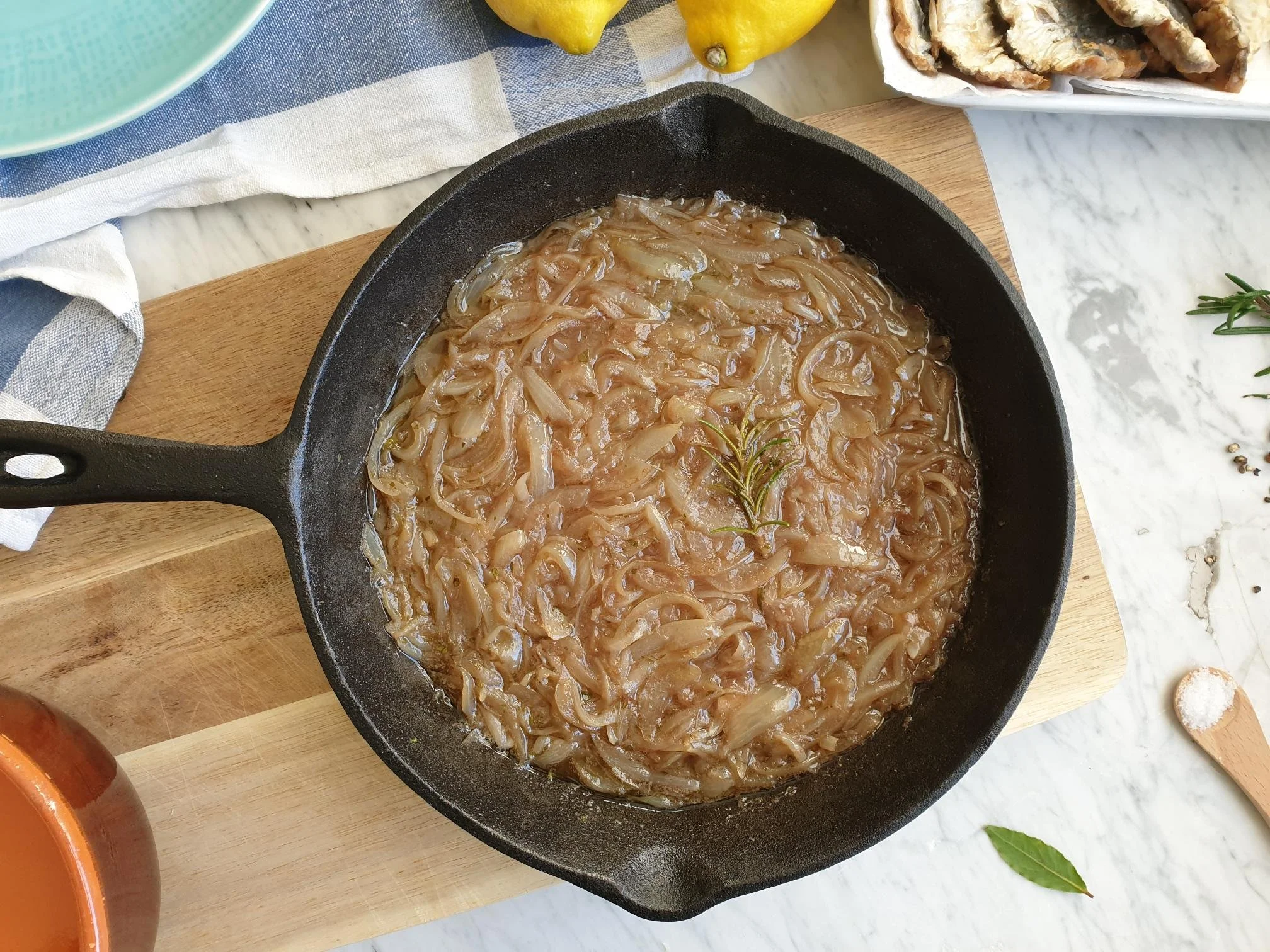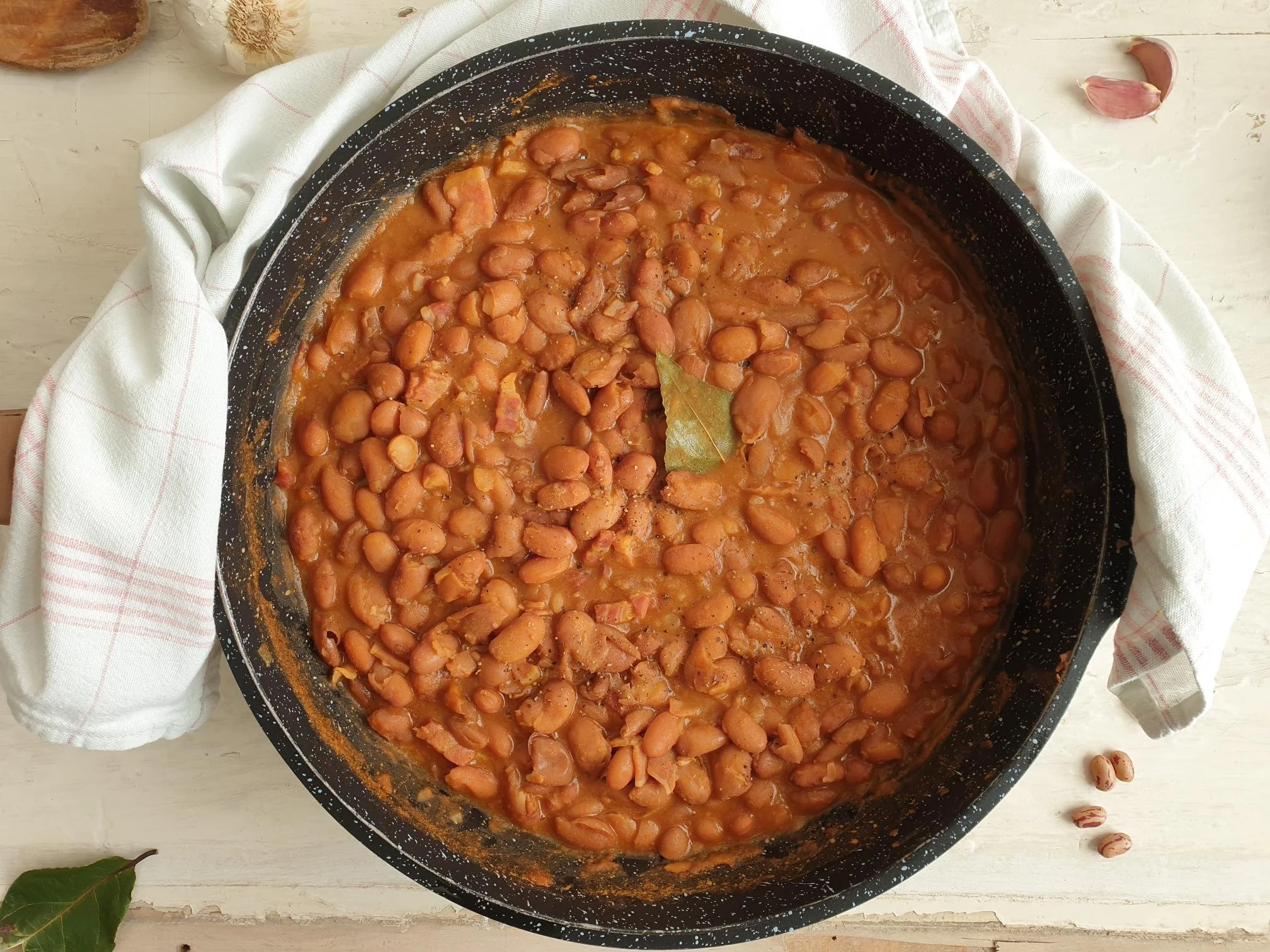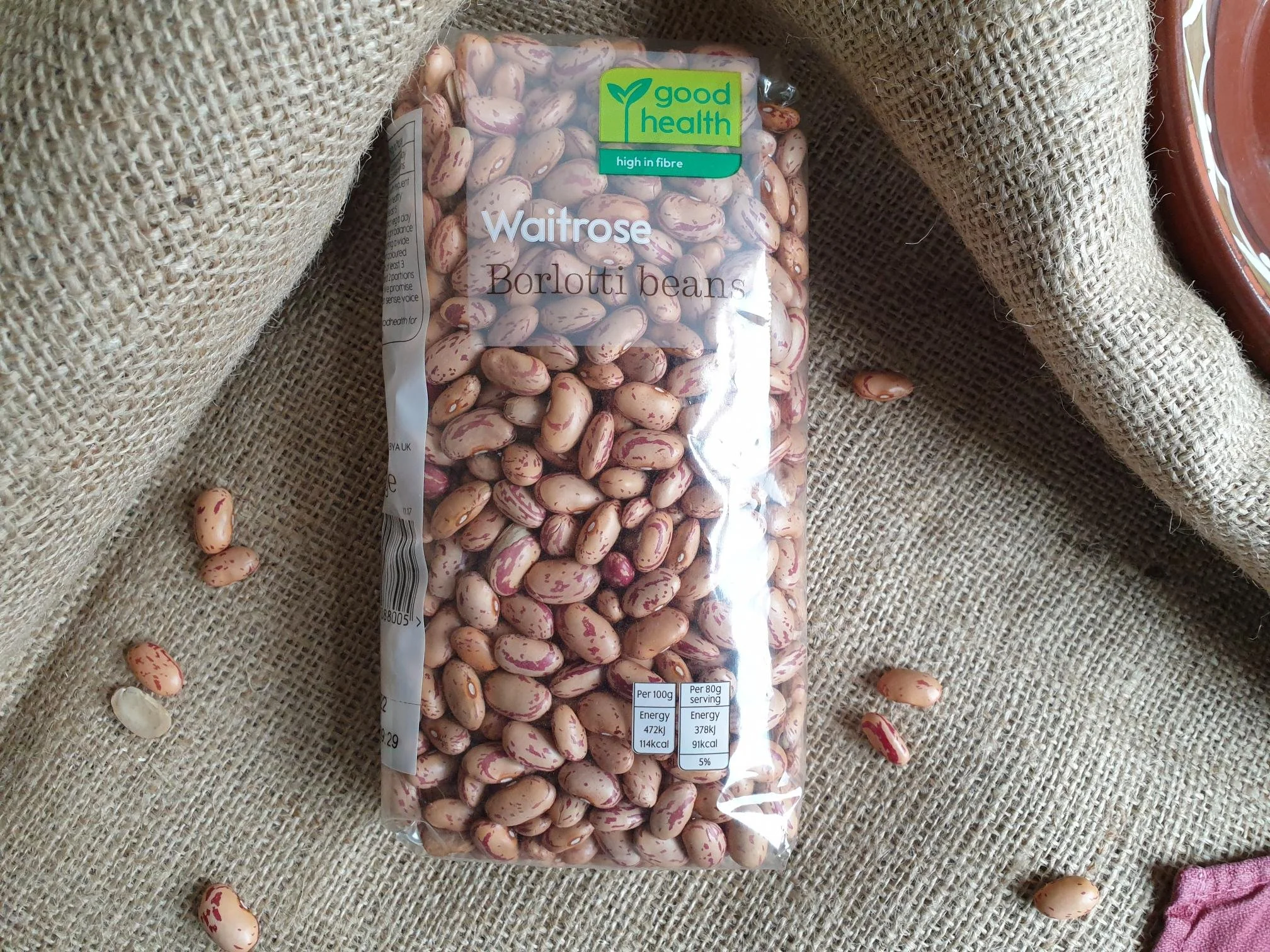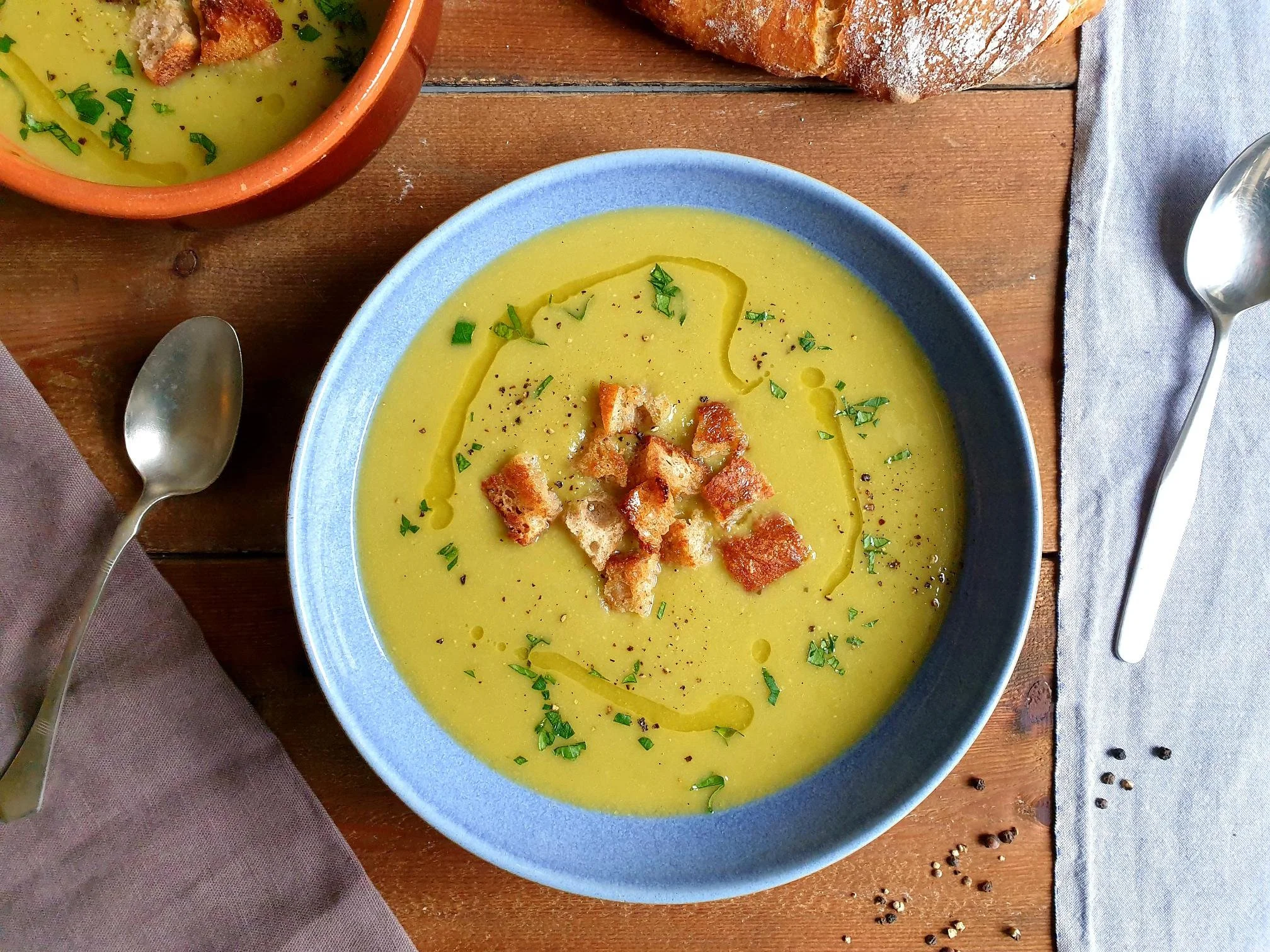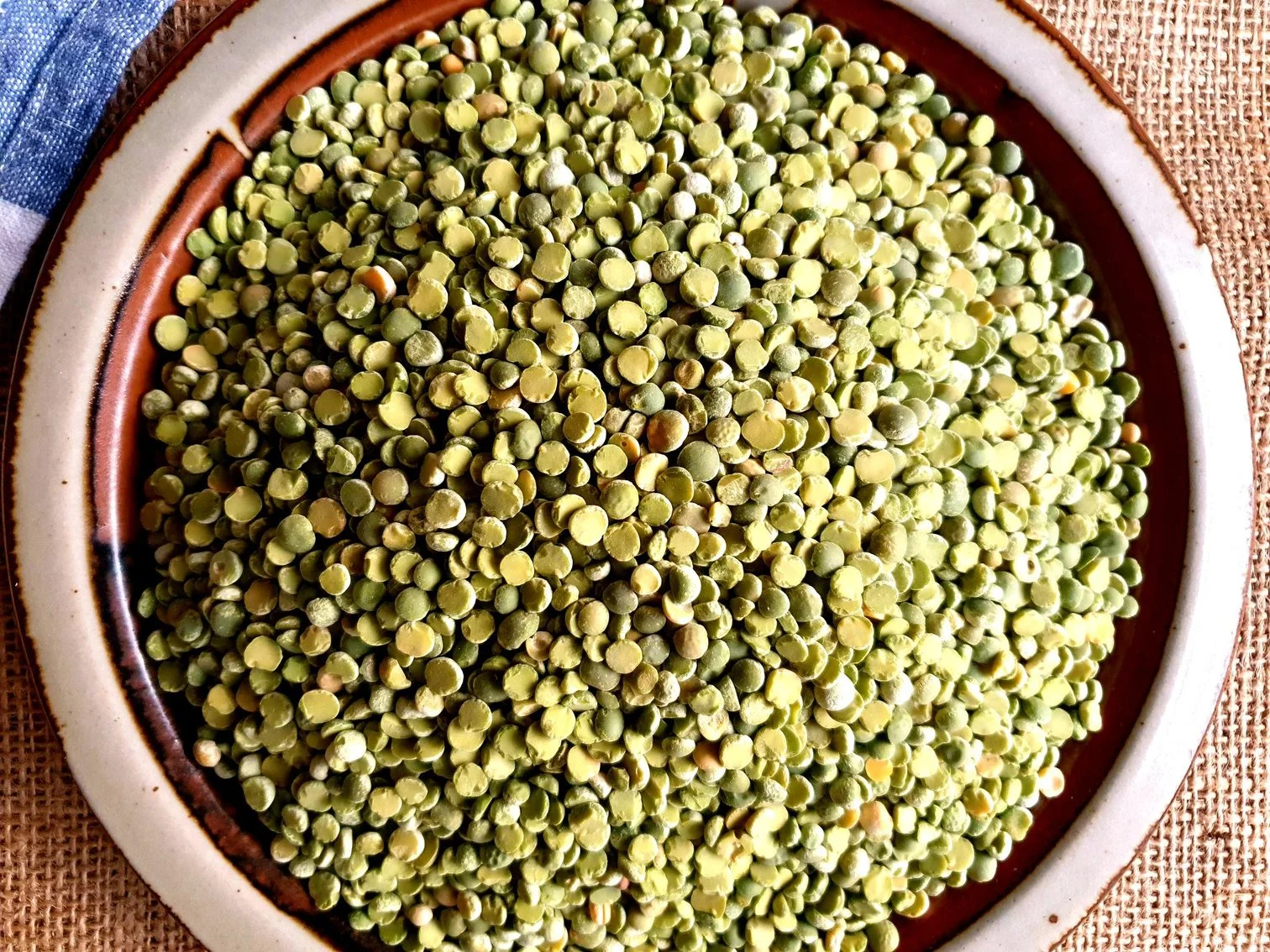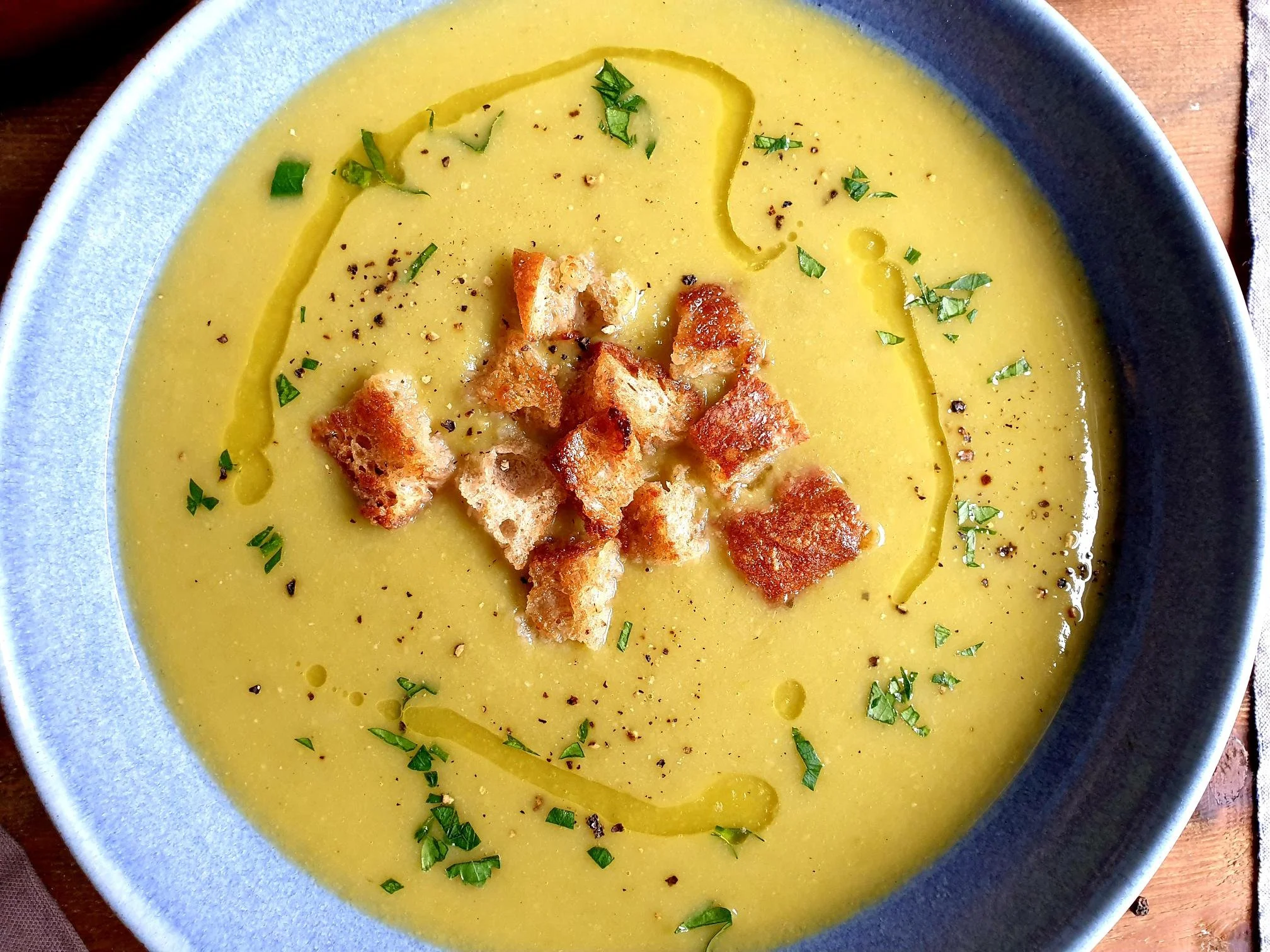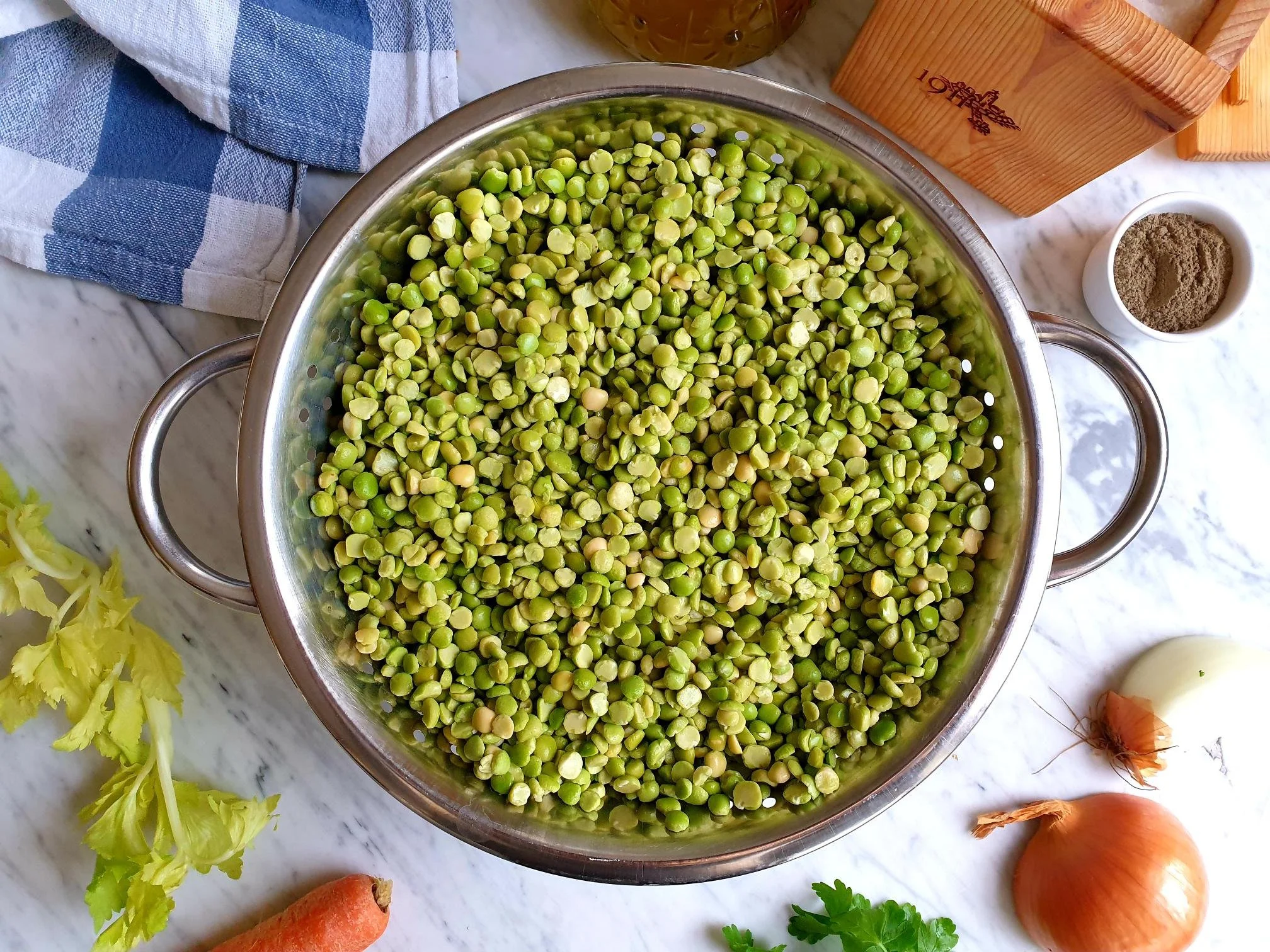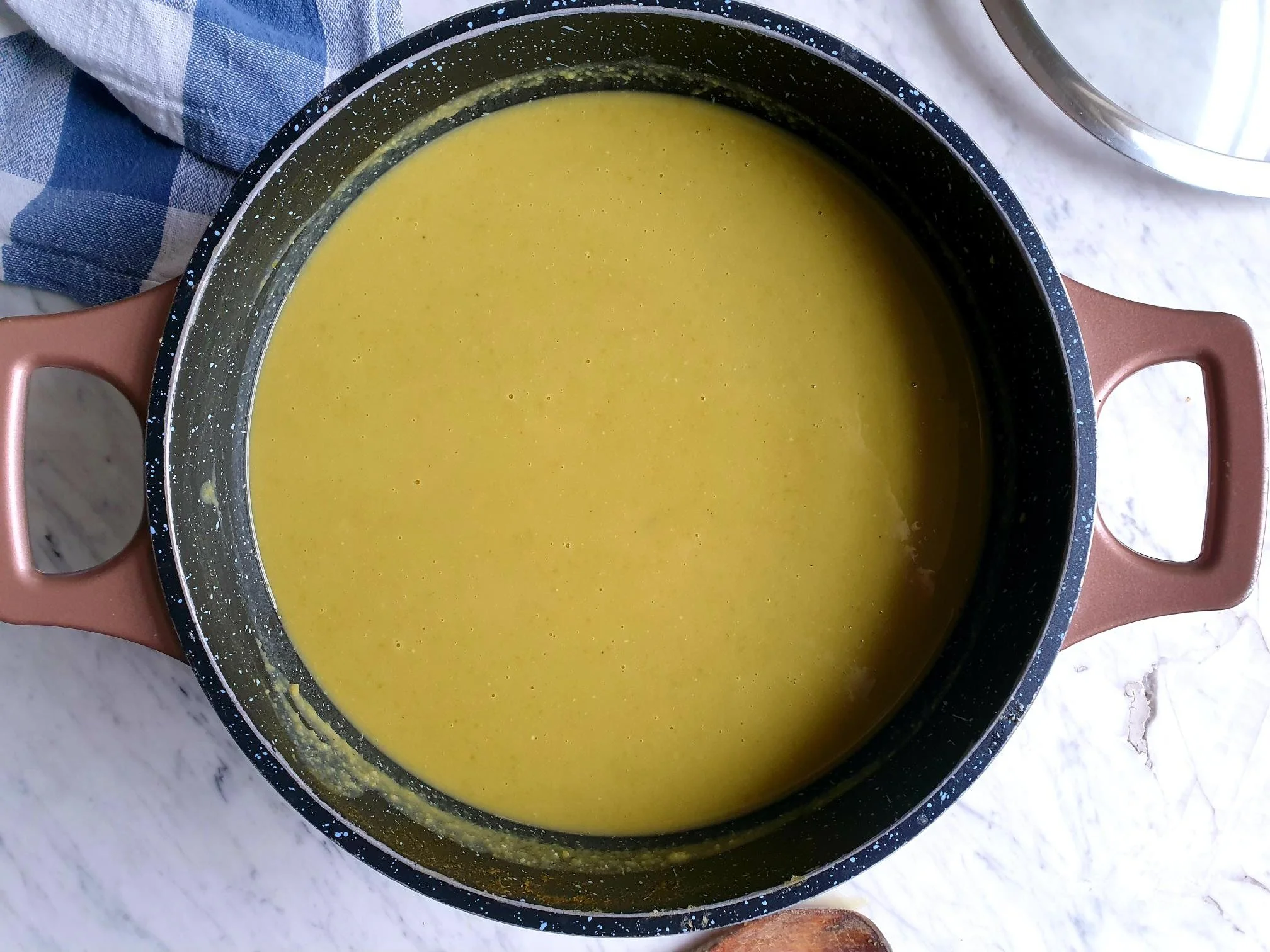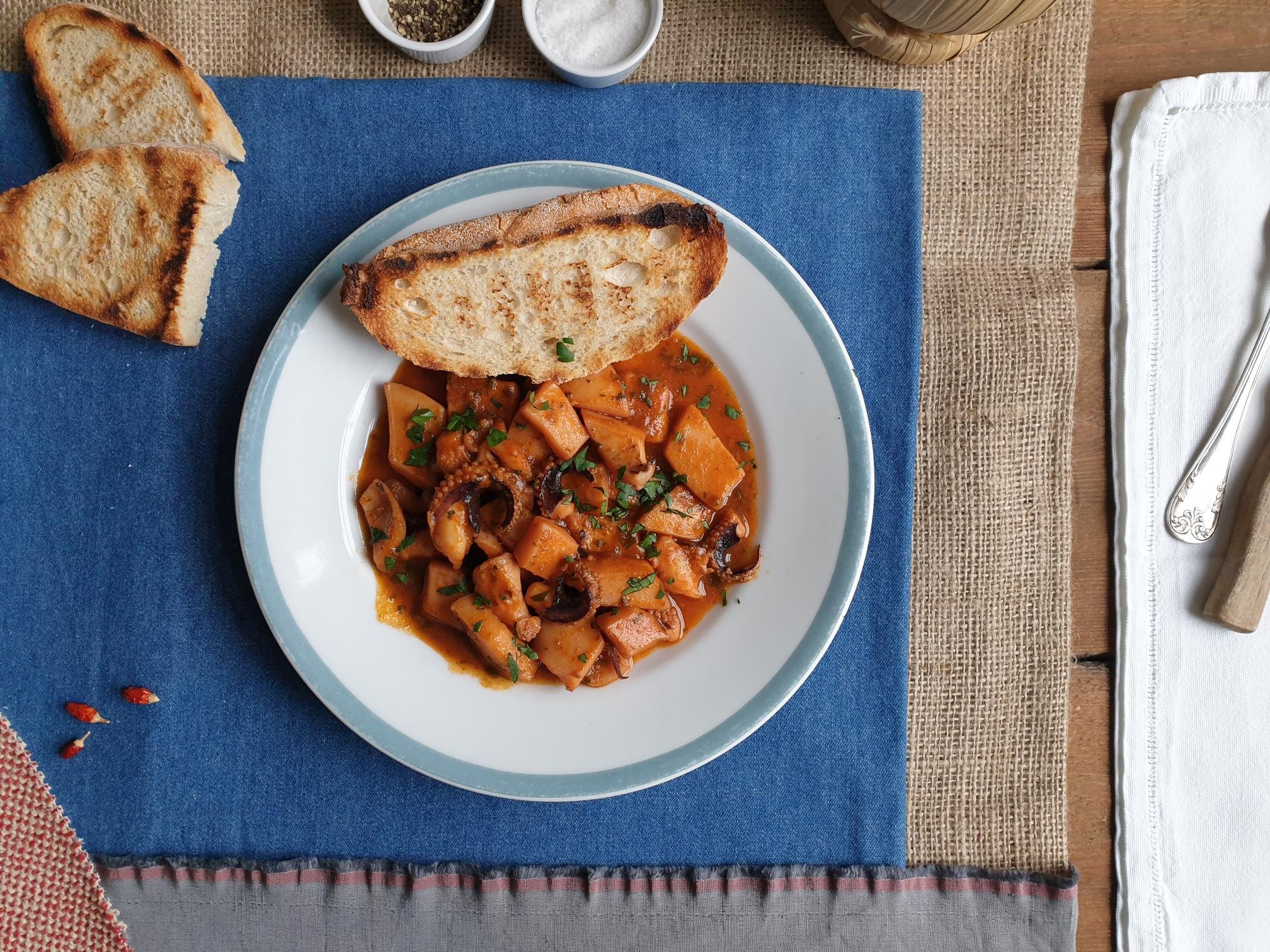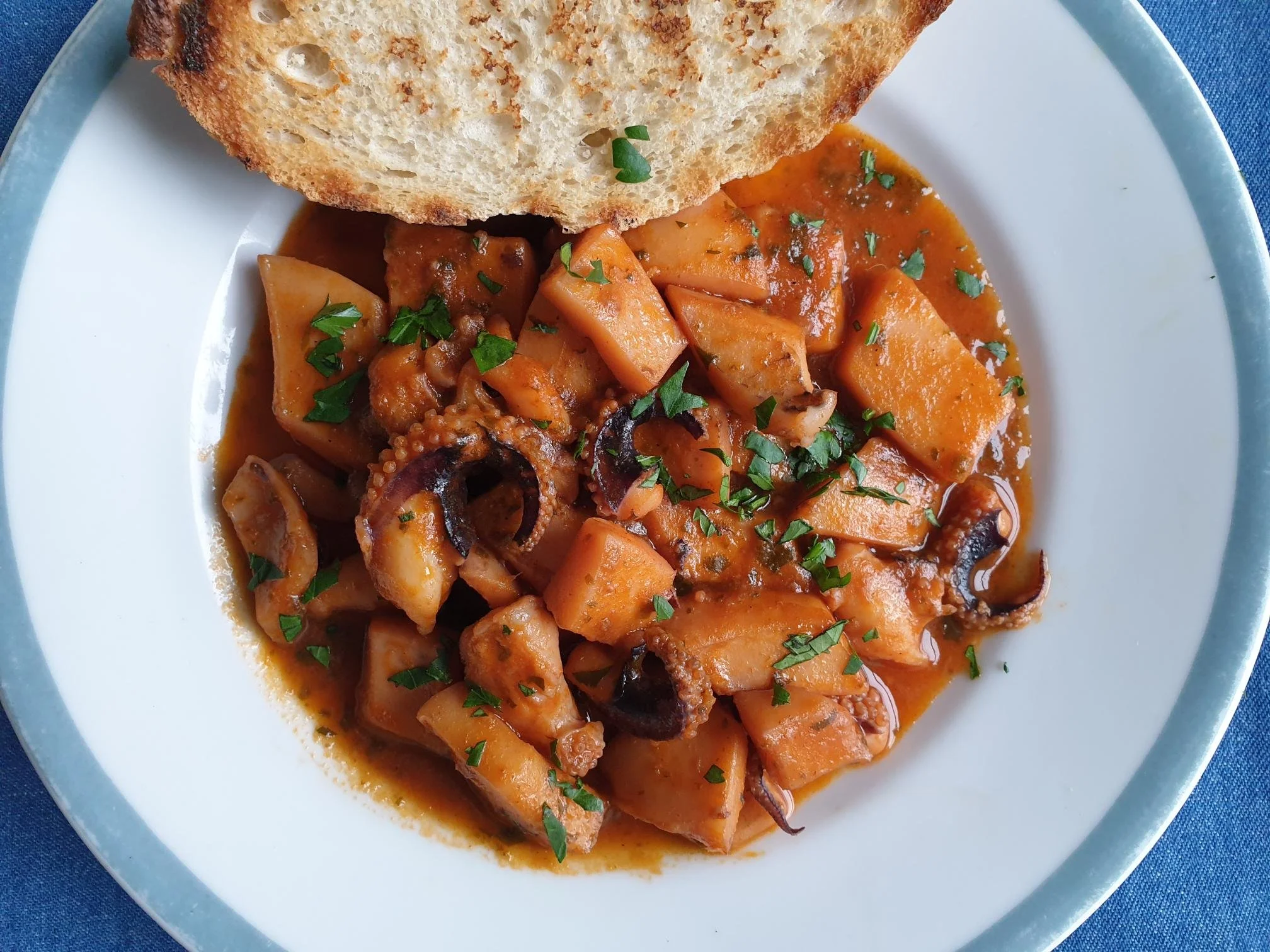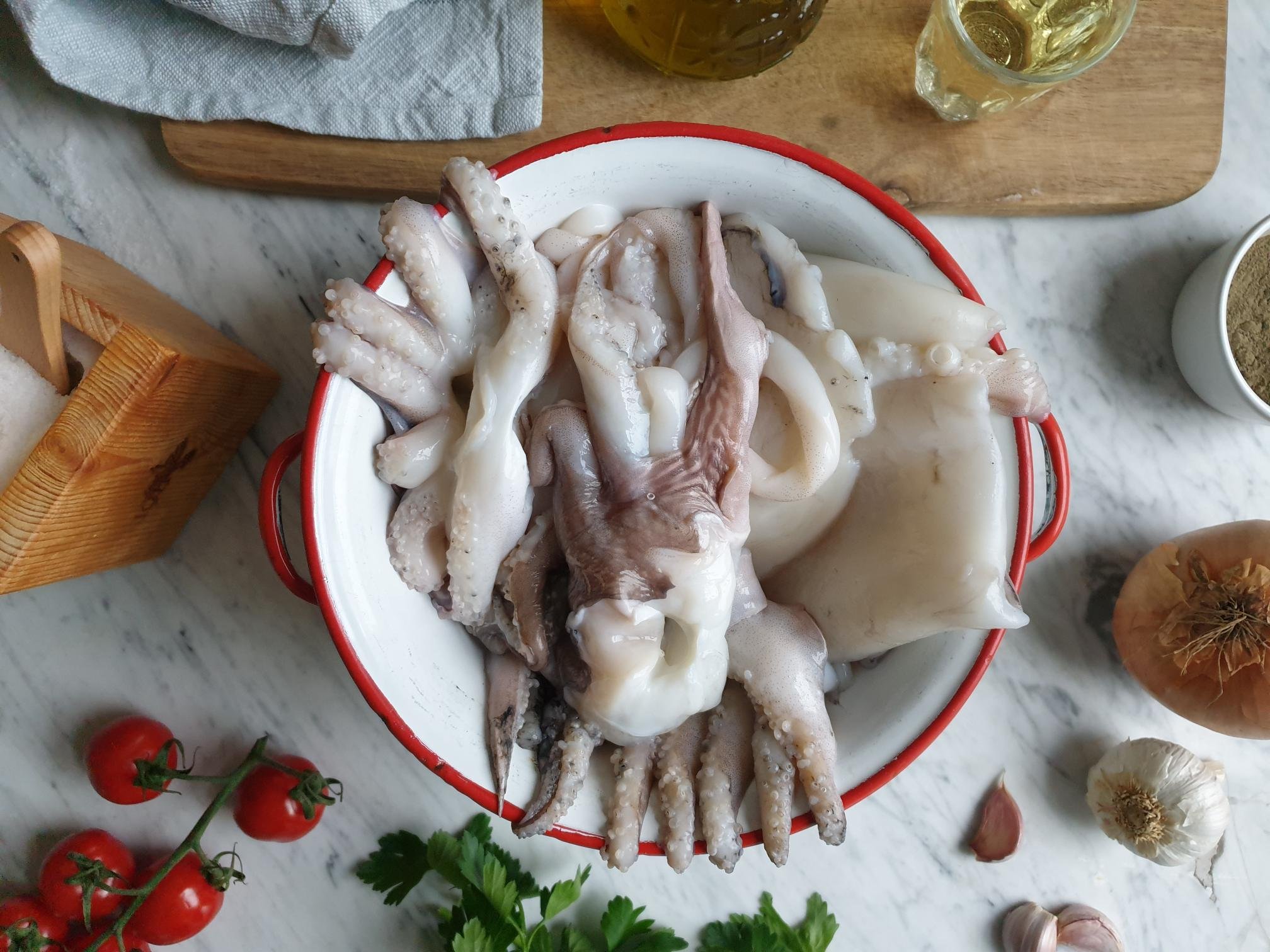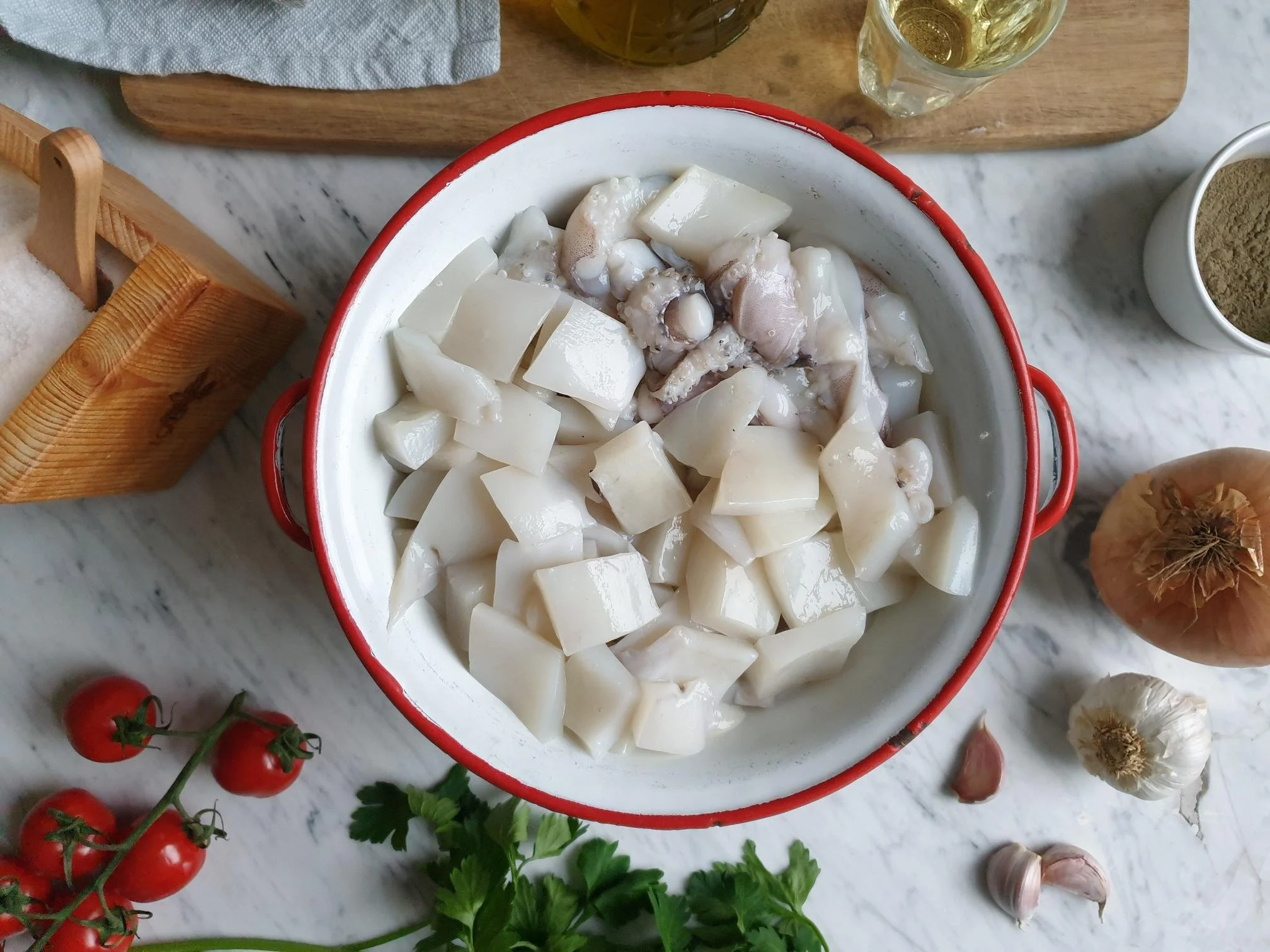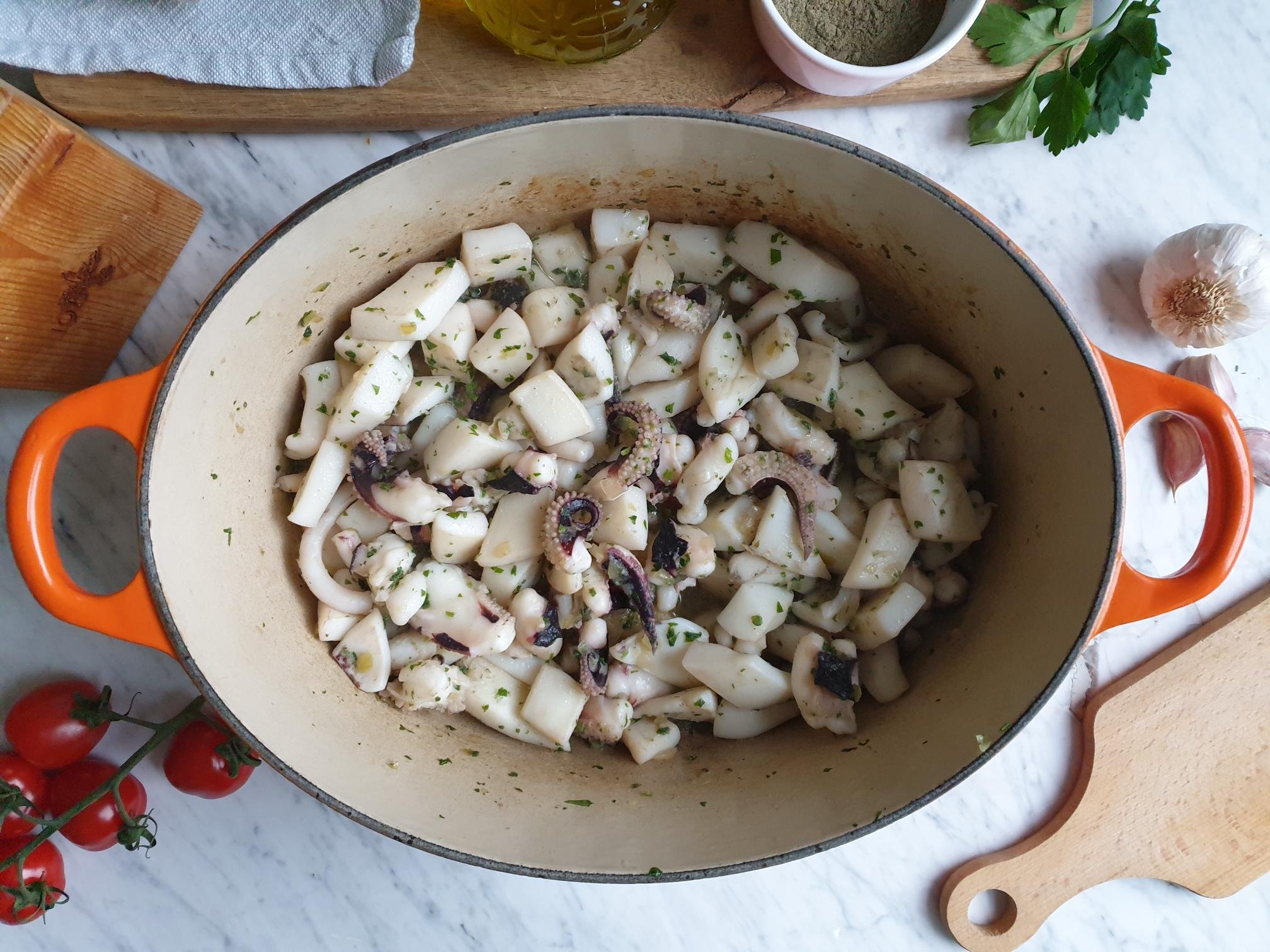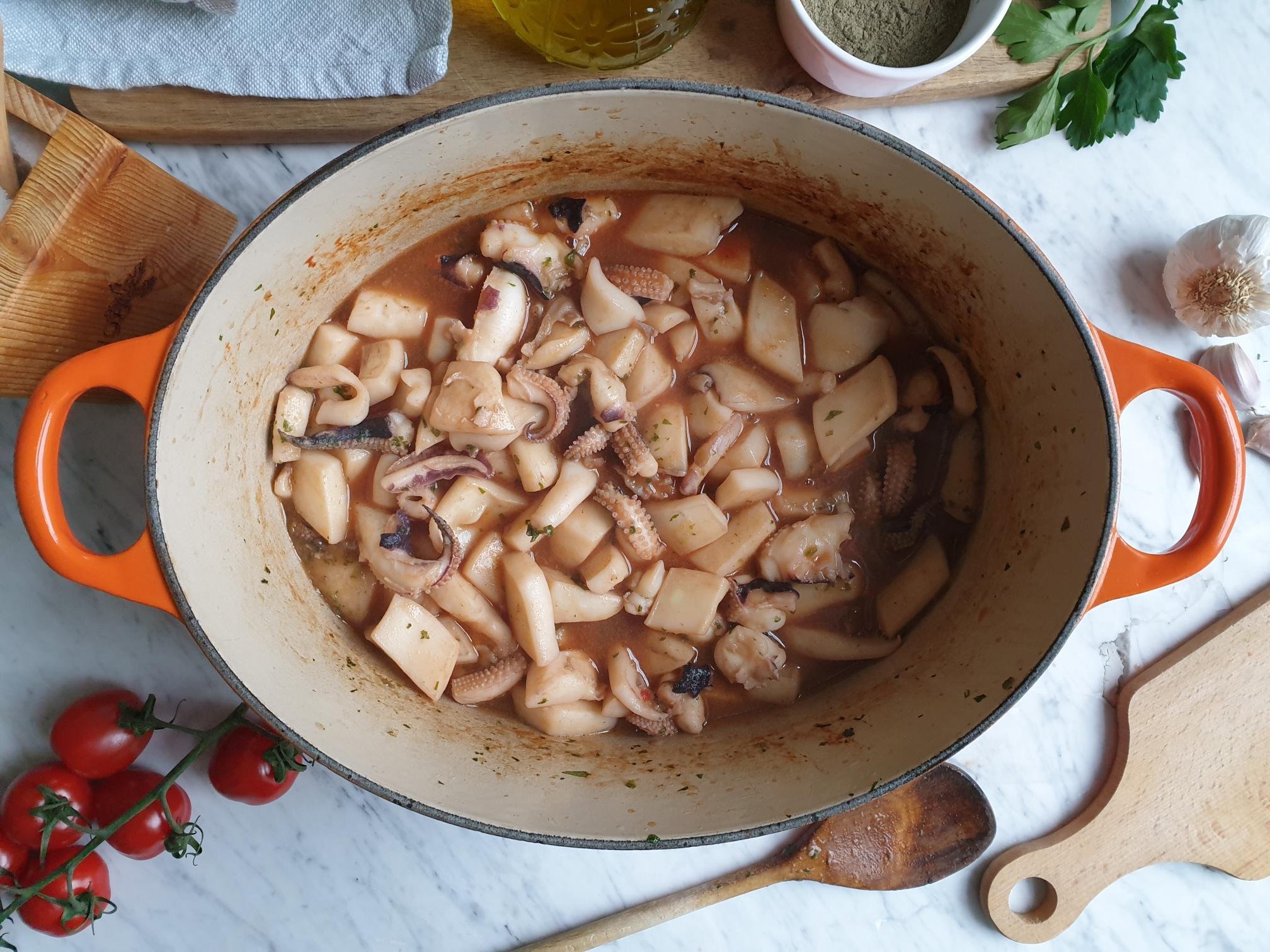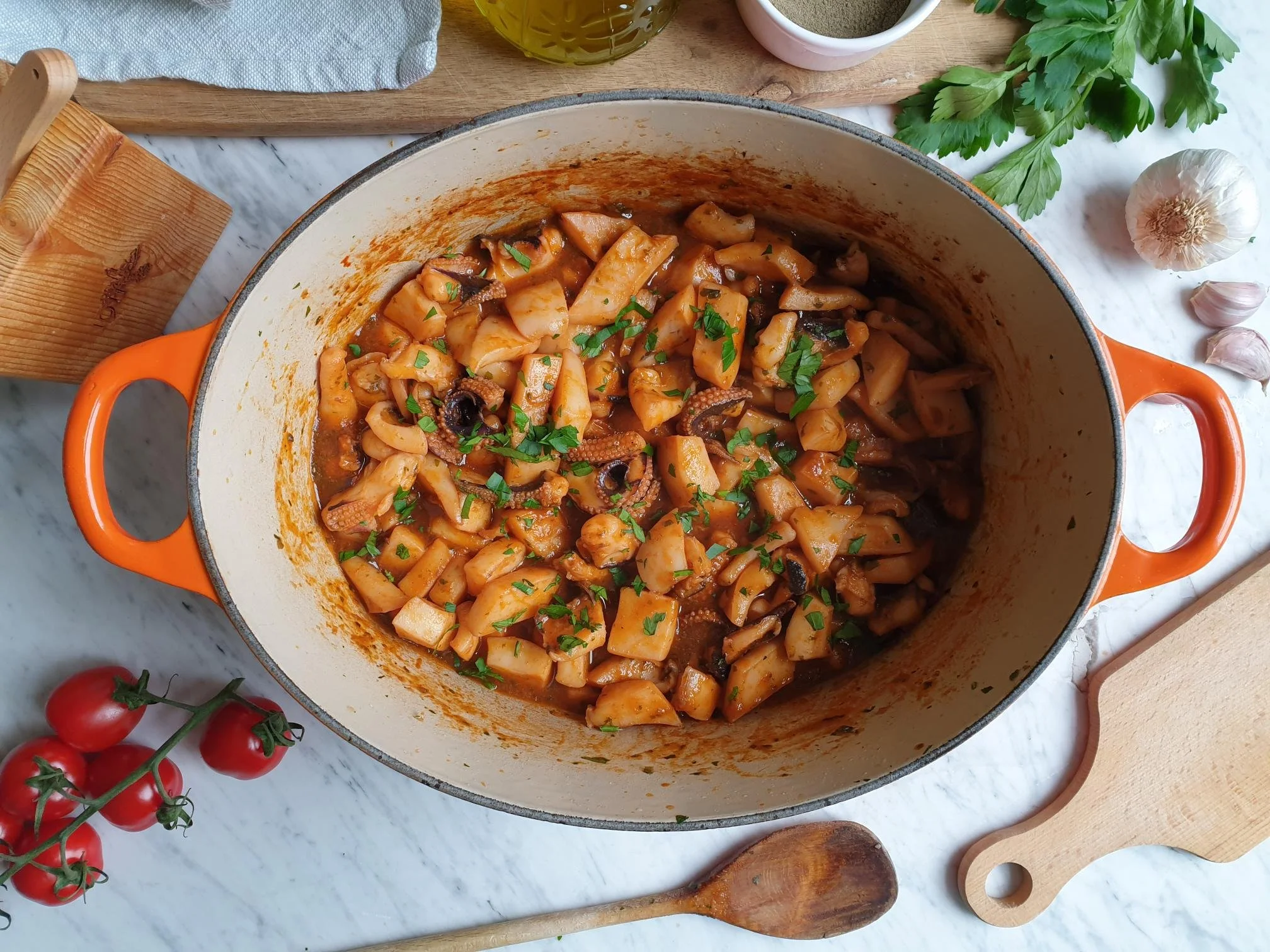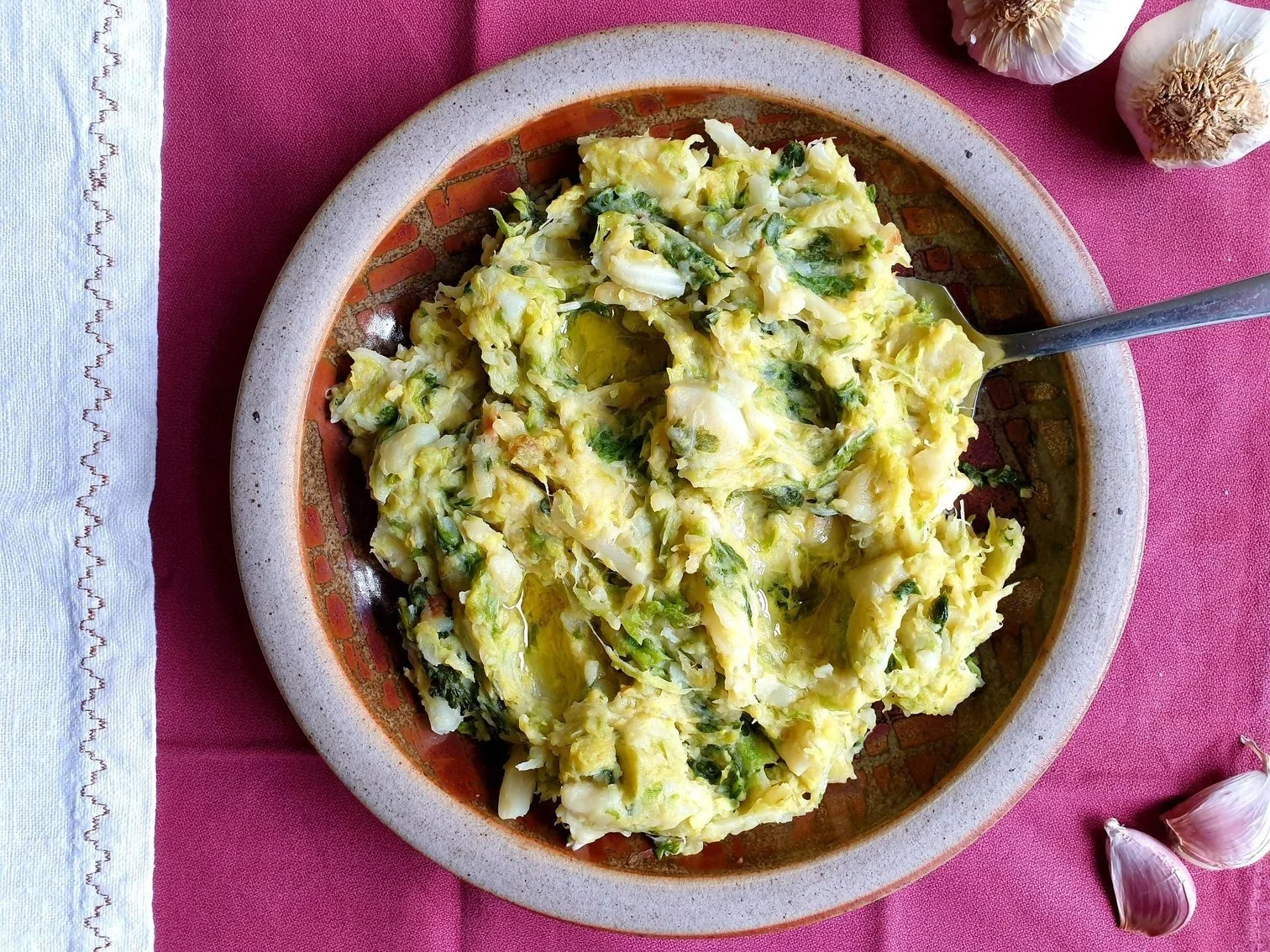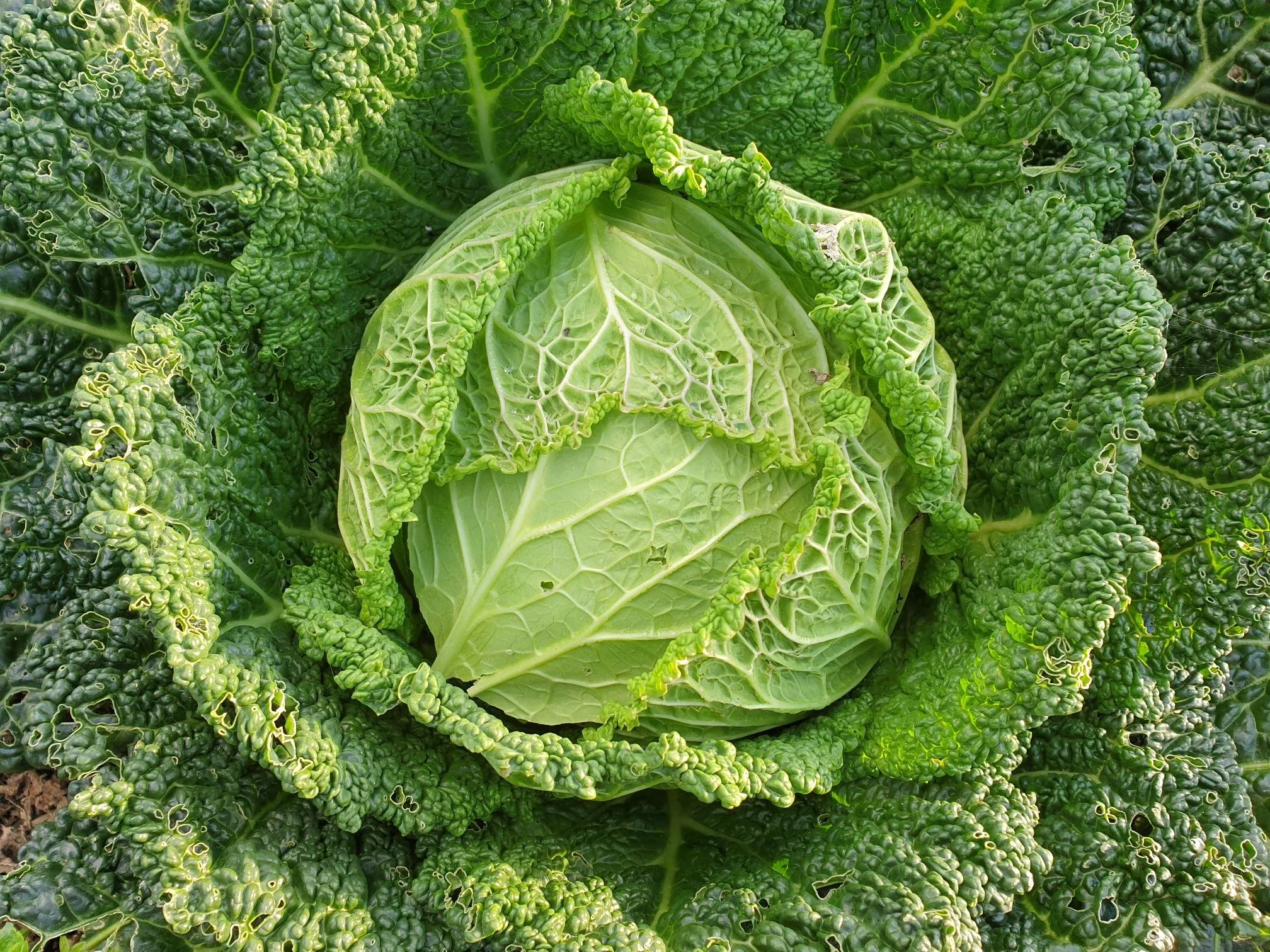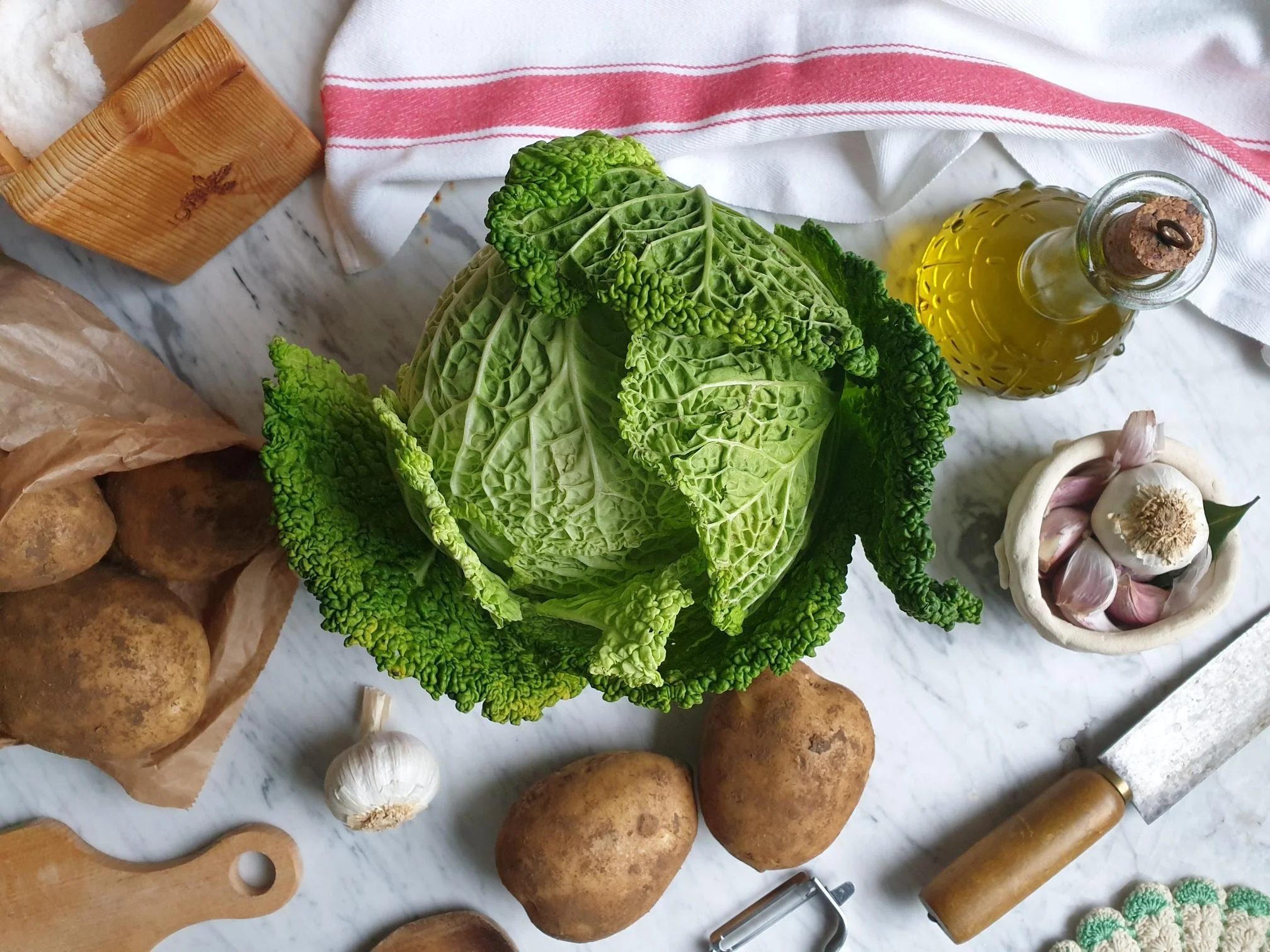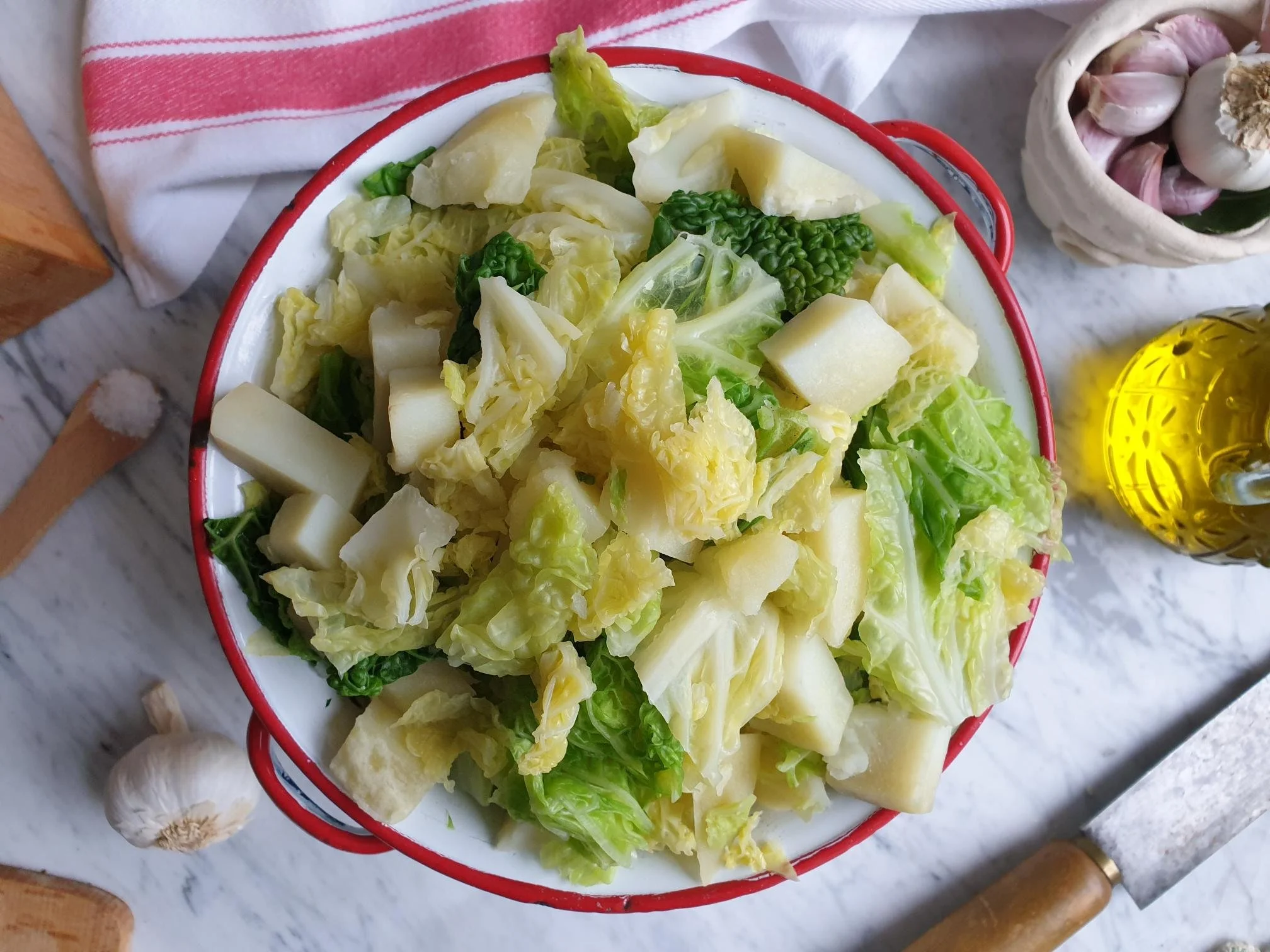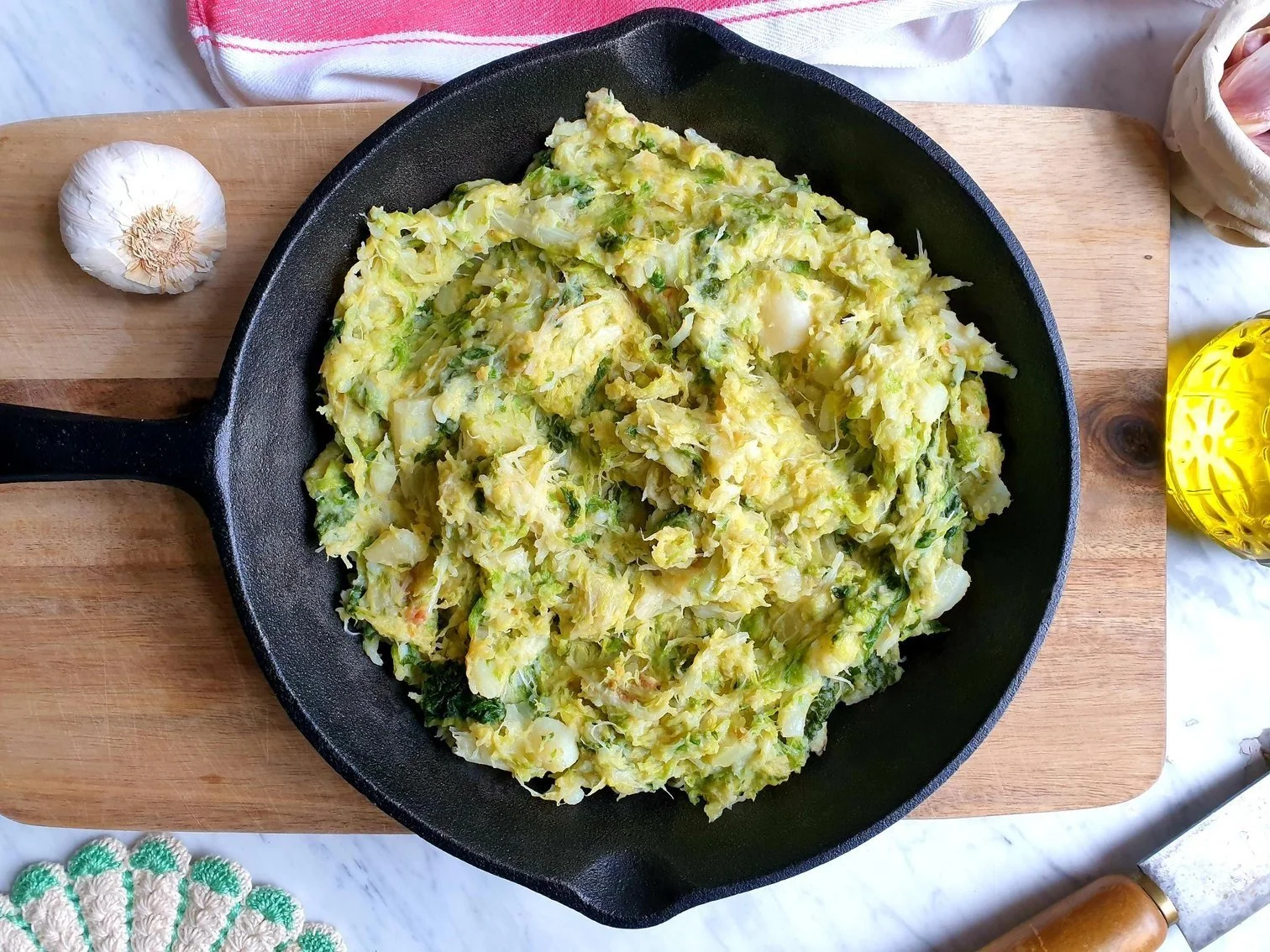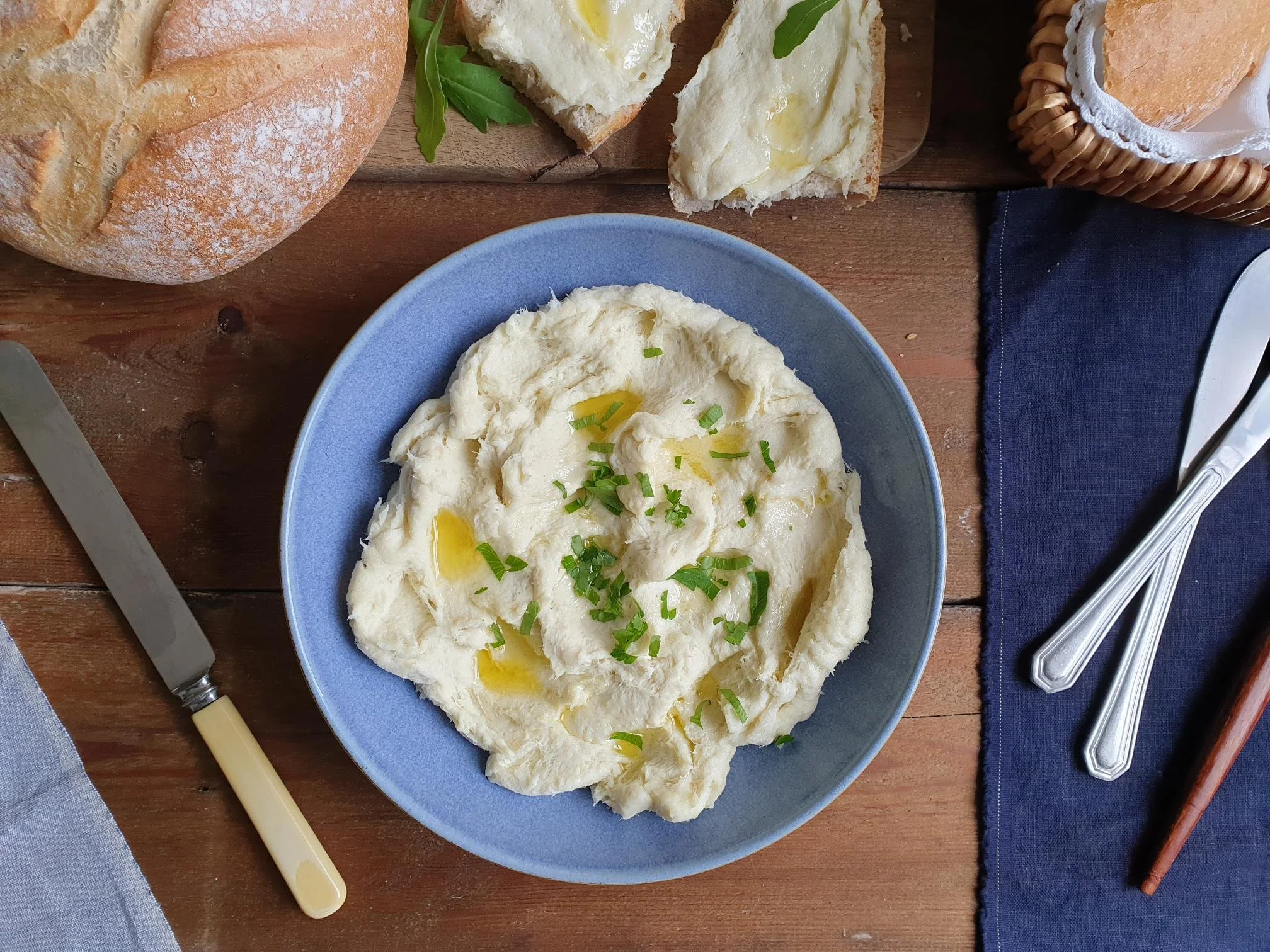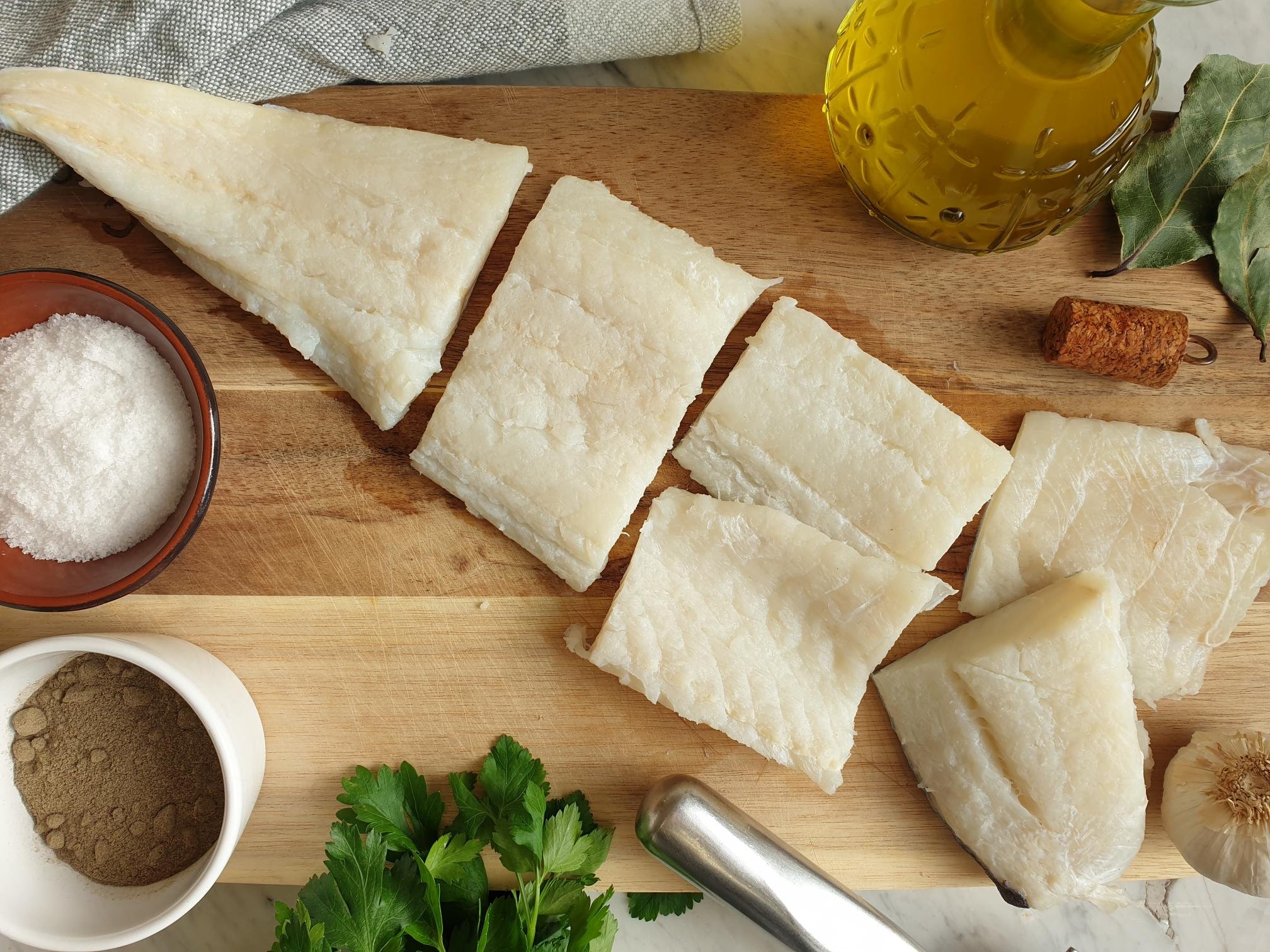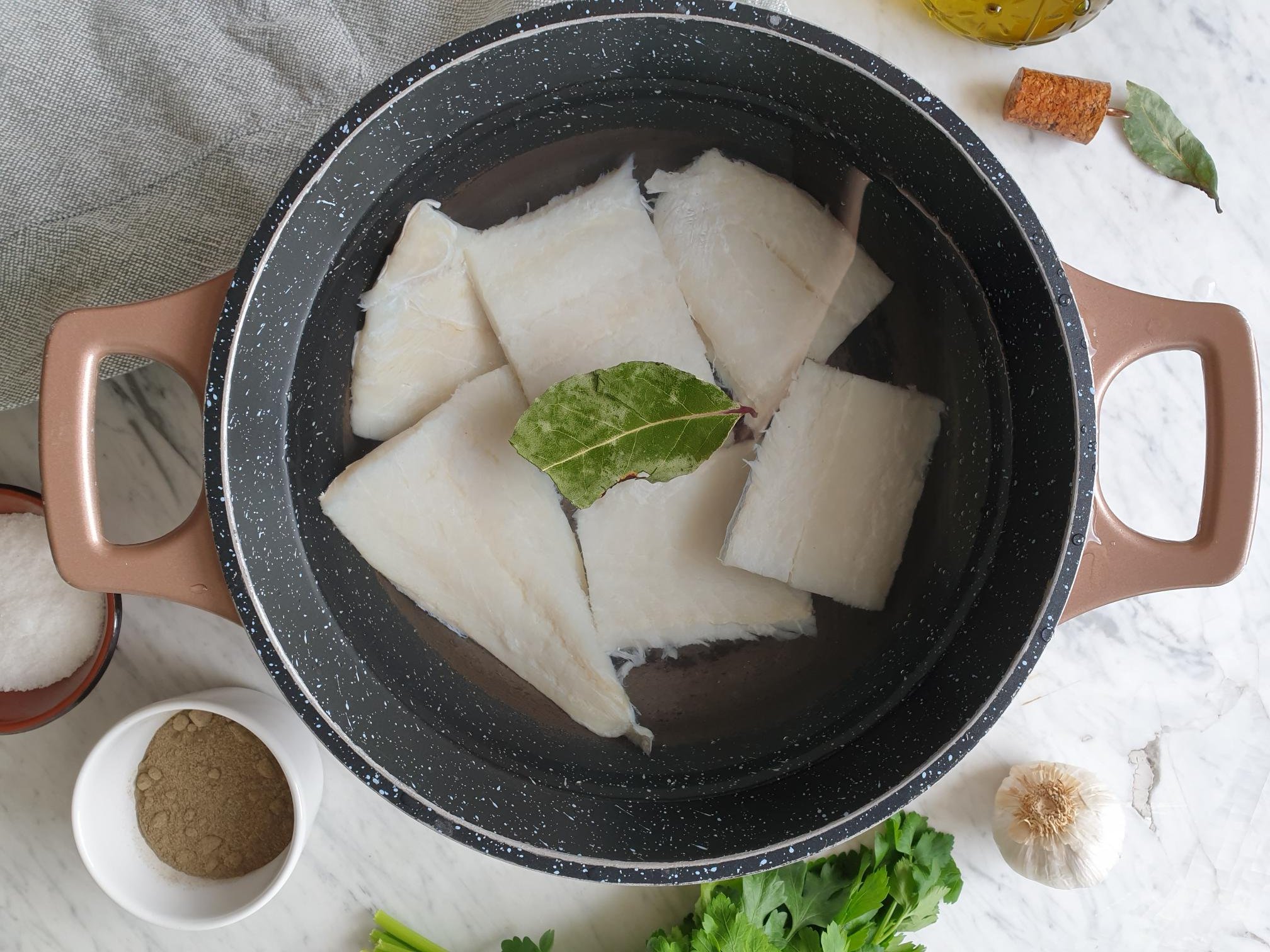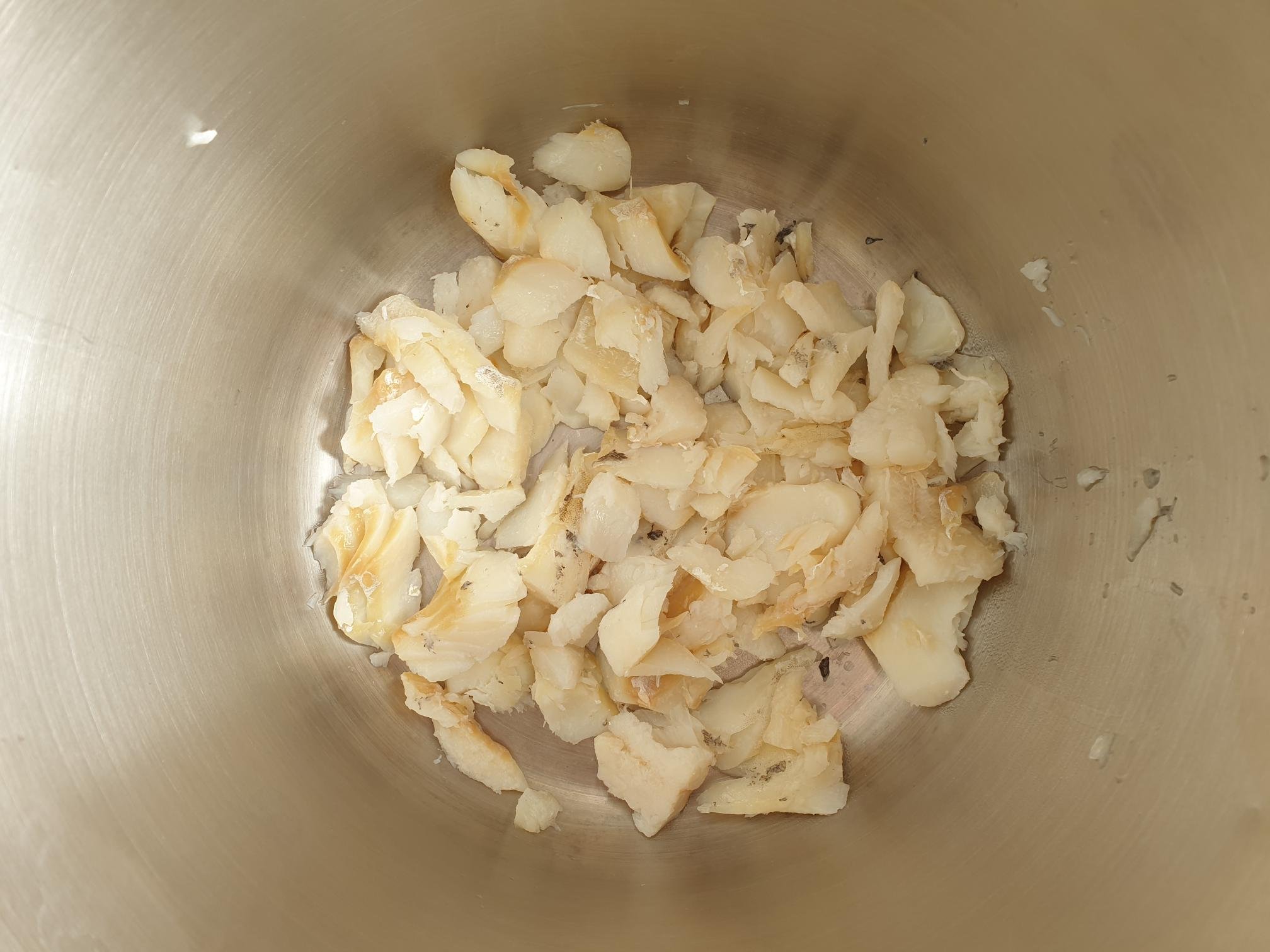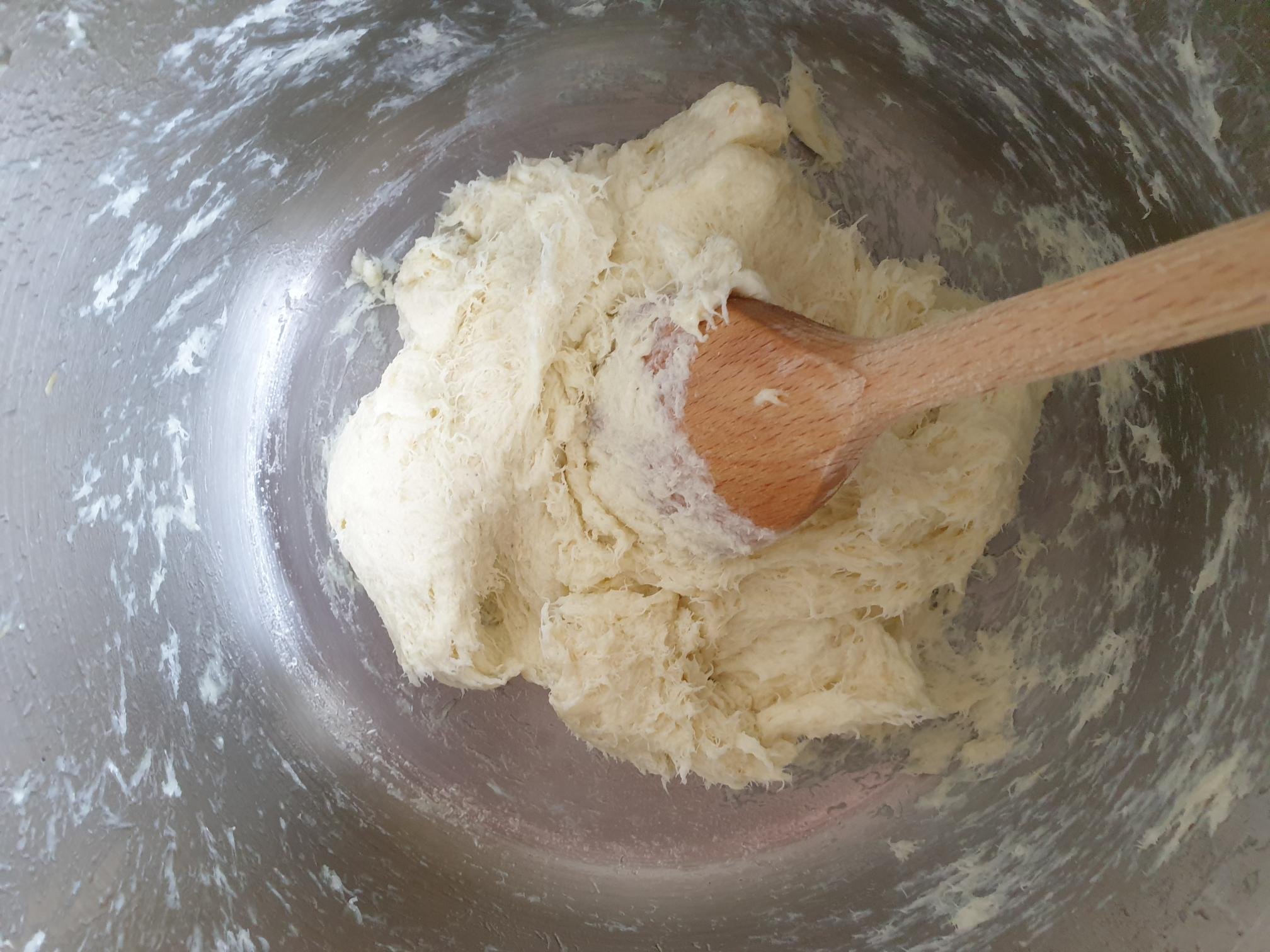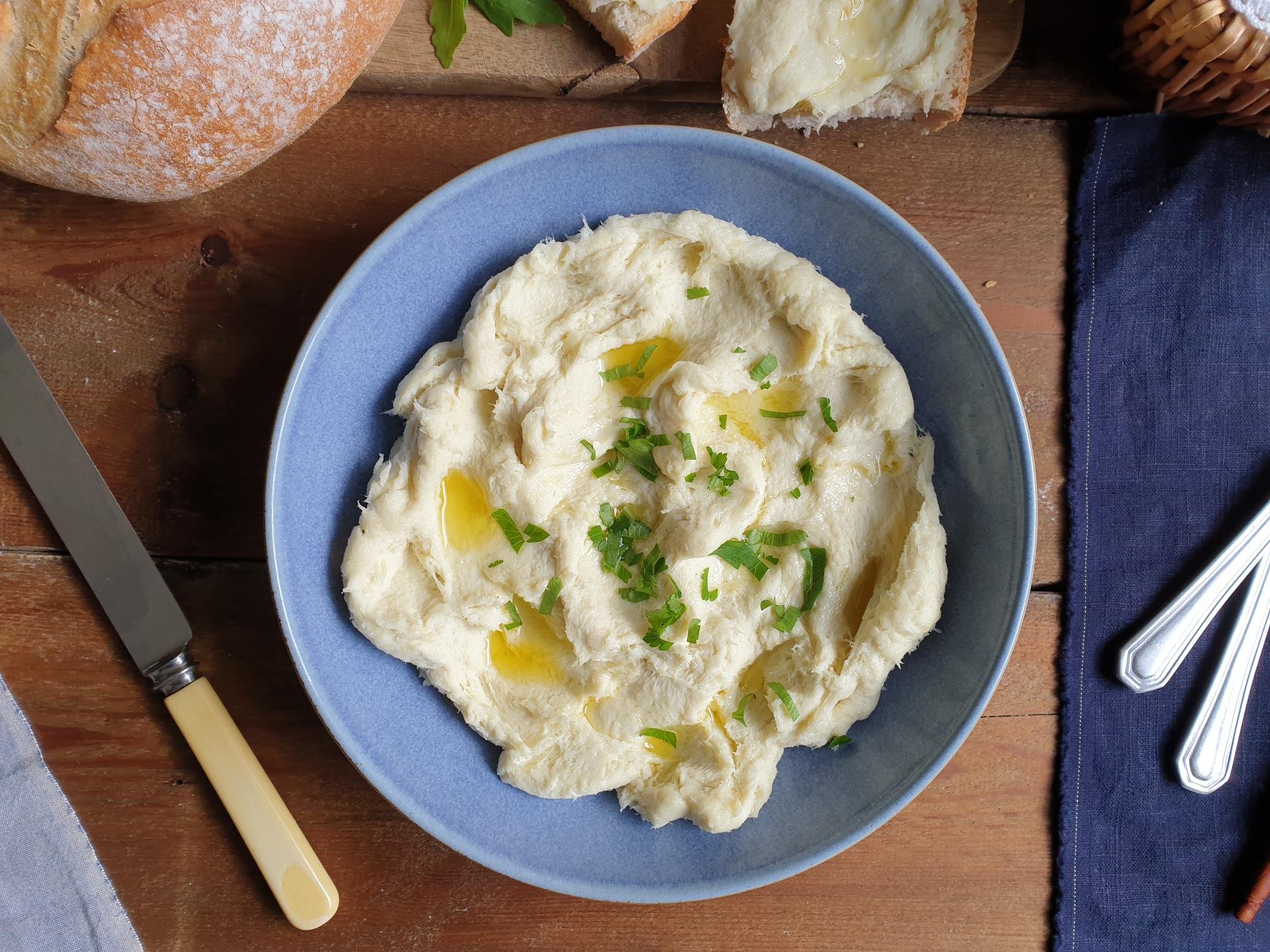Courgette risotto Istrian Recipe
Courgette risotto is a perfect choice if you want to make a light and elegant dish, but one that is delicate in taste and yet filling. Summer risotto is incredibly easy to make, and during the summer months, when courgettes are in full season and in abundance, choosing this delicious vegetable to cook with seems almost an obvious choice.
This is not a risotto you will find in the restaurant menus on the Slovenian coast, it is cooked in the households that almost always keep a slab of pancetta in the fridge, and whenever possible grow courgettes. This recipe, since Istria is geographically so close to Veneto region in Italy, where there are a great variety of risotti recipes, it should be no surprise that courgette risotto has been created, and cooked on a regular basis and enjoyed by generations.
This risotto will cover all occasions, it is a perfect rustic and informal choice for a mid week lunch or dinner, but has nothing to dread if it is served in a more formal setting.
I am sharing here my mother's summer courgette risotto, most of the time made with freshly picked courgette that my paternal grandfather used to grow in his vegetable patch.
If you happen to grow your own courgettes and have courgettes flowers as well, and not quite sure what to do with them, use them in the risotto, just chop them roughly and cook together with sliced courgettes.
Ingredients
Serves 4
300g risotto rice (like Vialone Nano, Arborio or Carnaroli)
courgettes 430g roughly, sliced
2 Tbsp olive oil
1 onion, 80g roughly
50g pancetta, finely sliced (can use cubed pancetta, sliced bacon, lardons or pork sausage meat), optional for a vegetarian variation
small clove of garlic, peeled and crushed
1 litre of hot chicken broth or stock (can use vegetable broth or stock)
sea salt
fresh flat leaf parsley, roughly chopped, optional (for garnish)
generous knob of butter, optional
a handful of Parmiggiano Reggiano cheese, finely grated, optional
Method
Before starting to make the risotto have your boiling hot chicken or vegetable broth or stock ready to hand for later.
Wash the courgettes and pat dry them with kitchen paper or clean kitchen towel.
Trim off the ends of the courgettes and slice or cut into smaller pieces (if the courgette is big, cut in half first, then slice lengthways into quarters, then chop into smaller chunks)
Put olive oil in a pan, add finely chopped onions, pancetta, crushed garlic, a pinch of salt and cook on a gentle heat, stirring occasionally, until the onions become soft and translucent.
Add courgette pieces and cook for a few minutes until they soften a bit.
Add the risotto rice and toast for a bit , stirring constantly to avoid sticking to the pan.
Pour or ladle ½ litre (500ml) of hot chicken or vegetable broth or stock.
Cook until the first amount of liquid is absorbed then start gradually adding ladles of hot stock, one at a time, allowing the liquid to be absorbed before adding more.
There should always be enough liquid just to cover the risotto.
Cook on a medium heat, stirring almost constantly, until the rice is cooked al dente, meaning fully cooked but still a bit firm when bitten, it should roughly take between 15 -18 minutes for a risotto to be cooked.
Taste and adjust the seasoning with sea salt, but this might not be necessary since the stocks that come from the store generally speaking are salty already!
For even creamier texture, you can finish cooking the courgette risotto with a typical Italian mantecare phase. Remove the saucepan from the heat, add grated cheese and a bit of cold butter to the risotto when it is almost finished, and stir with a wooden spoon quite vigorously in order to develop its delicious creamy texture. This phase is optional.
Sprinkle with some roughly chopped fresh flat leaf parsley and finely grated Parmiggiano Reggiano Cheese (only if you have not used it already in the mantecare phase) and serve immediately while the risotto is still hot.
Just a thought
Courgette risotto can be kept in the fridge for a couple of days in an airtight container.
It can be enjoyed at room temperature as well and is not suitable for freezing.
You can freeze the onion, courgettes and pancetta base and defrost when deciding to make a risotto.
With a leftover courgette risotto you can make some arancini (staple Sicilian stuffed rice ball, coated in breadcrumbs and fried)

